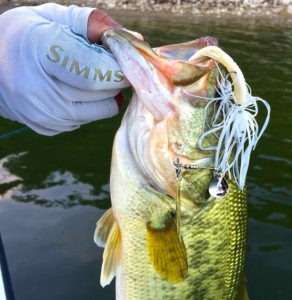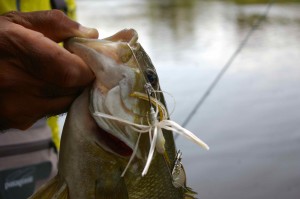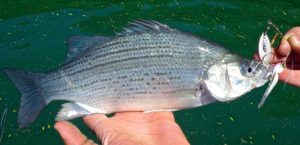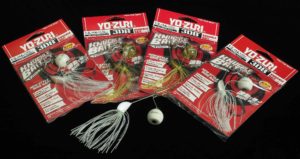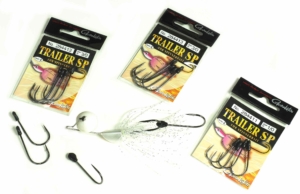by Marc Marcantoni, Yakima Baits Pro Staff
A spinnerbait is one of the most reliable lures for catching bass anywhere they are found. New materials like tin bodies, high-tech UV finishes, and better manufacturing processes make spinnerbaits deadlier than ever. Anyone can catch fish on a spinnerbait, once you learn some basic principles.You may wonder what in nature could possibly resemble this awkward looking contraption, and why would fish eat them? Look at a spinnerbait from a fish-eye perspective, below the surface, rather than from your perspective when holding one in your hand.
Bass eat bait fish, which a spinnerbait mimics so well with its vibration and flash. These features attract fish from a long distance. The flash of the spinning blades is visible from a distance and mimics the flash of a school of bait fish. In stained water flash is less visible, but the vibration produced by the blades is felt by the sensitive nerve endings in the bass’ lateral line. Fish hunt their food by sight, hearing and feel. When they home-in on the flash and vibration, the bait fish appearance of the spinnerbait body seals the deal, resulting in vicious strikes that do not require a sensitive rod to detect.
What makes a spinnerbait unique and particularly effective is how it can be fished in heavy cover without snagging. Spinnerbaits were designed with this objective and are virtually snagfree thanks to the upturned single hook that’s directly in line with the wire arms. This allows a spinnerbait to be pulled over the top of fallen tree branches and through submerged vegetation, where bass like to hunt for bait fish. Astute anglers cast spinnerbaits beyond every type of heavy cover, and swim the lure so it comes in contact with cover and structure.
Spinnerbaits are Fish Finders:
Whether fishing unfamiliar waters or your local lake, spinnerbaits are ideal for hunting your quarry. They allow you to quickly learn where fish are located. Unlike fishing soft plastics, spinnerbaits are retrieved more quickly, allowing the searching angler to cover a lot of water efficiently. Probing both shallow and deep water can be accomplished with these unique safety-pin inspired lures, and in minimal time. There is no better lure made for quickly determining where bass are located. How they attack your spinnerbait will also expose their temperament.
When bass are aggressive and jumping on your spinnerbait, stick with it. If they follow but don’t strike, consider making a change in color, size, or style of blades. If the spinnerbait is ignored, you can bet the fish are telling you to slow down and try different lures and methods better suited for inactive fish.
Where and How to Use Them:
The most successful retrieve in shallow water allows the spinning blades to bulge the surface, without causing them to break through the water. A fleeing bait fish provides the same disturbance to the calm surface water of a lake, river, or pond. Predatory fish use the surface of the water as a barrier, making it easier to capture their prey by preventing escape by swimming up higher.
Added attraction can be created by momentarily stopping the retrieve just long enough to cause the spinnerbait to stutter. The momentary change of blade speed, coupled with a drop of the lure during the brief pause, will often trigger a strike from a following fish. Pausing a spinnerbait next to cover can inspire a reaction strike from inactive fish. Even better, whenever possible swim your spinnerbait so that it crashes into stumps, dock pilings, branches, or any other cover. The sudden change of direction created by the contact with the cover triggers arm-jarring strikes.
A spinnerbait is also deadly in deep water. Bait fish follow their food, not only in shallow water but in deep water too. When schools of bait fish go deep, largemouth, smallmouth and spotted bass follow. This often happens where the water is calm and clear. In deep water, the key to success with a spinnerbait is to place your lure at the same depth used by the bait fish.
When the proper depth intersects with a piece of cover like a bridge piling, boulder, or deep weed edge, you want to place your spinnerbait in the same spot. Again, bump your spinnerbait into the cover, or otherwise twitch or pause the lure next to the deep cover. The change of direction is what triggers the strike.
Getting your spinnerbait to work in deep water requires understanding how to select the proper model, especially its weight, blade size and blade shape.
At times the most effective method of fishing a spinnerbait doesn’t rely on a retrieve. “Helicoptering” spinnerbaits involves pitching (a form of lobbing the spinnerbait) or casting to a target and allowing the spinnerbait to fall vertically along that target. Bass, as ambush predators, will charge out and grab it on the fall. You’ll likely see the bite before you feel it. Your line will jump or trail off one way or the other, when that happens…set the hook!
Wind is Your Friend:
Many anglers find fishing in the wind to be uncomfortable, and because of that avoid it whenever possible. Wind and spinnerbaits go together better than peanut butter and jelly. Bass utilize wind to hunt more easily for bait fish that struggle in the waves. Because waves break up the light penetration, bait fish tend to locate near the surface. A quickly moving spinnerbait is the best tool to exploit wind conditions, and it is common to load the boat by fishing spinnerbaits in the wind and waves.
Current Can Also Help:
Like wind, current collects bait fish and predatory fish, making current seams prime locations to fish a spinnerbait. Current seams create an edge, or barrier (like the surface or the bottom) that fish utilize to trap their prey. Study any river, tidal flat, or lake to locate current seams, and cast your spinnerbait so it runs where the moving water and calm water meet. Position yourself so that you cast up-current, and retrieve your spinnerbait in the same direction as the water flow. Predators expect bait fish to move with the current, and you will catch more bass by paying attention to this.
Selecting the Right Spinnerbait:
The best spinnerbait is one that matches the conditions, and best imitates bait fish. Each component must be considered to match the water colour and clarity, depth, type of cover, and activity level of your quarry. Spinnerbait models vary by the quality and thickness of the wire, the color, shape, and size of the blades, the body size and material used for the body (including the skirt), the length and size of the hook, and the quality of the swivel used. The number of possible combinations of components is endless, and no tackle box or budget can cover all the bases. The wise angler buys an assortment of models with changeable components, and then adjusts each spinnerbait to produce the flash, vibration, size and color that produces the best combination for the fishing conditions.
The most important component of a spinnerbait to consider is the blades. When selecting the proper blade, always start with a good quality blade that spins at a variety of speeds.
To reflect maximum light, and the copper blades are lacquer coated to prevent tarnishing. The bottom line is when you purchase a Hildebrandt spinnerbait, or packages of Hildebrandt blades, you catch more fish!
Colorado blades are rounded, and produce the most vibration and lift. Because of these characteristics, they allow you to fish a spinnerbait more slowly than other blade shapes. They are the best choice for fishing in shallow, cold water, or when- ever bass are less aggressive and responding to slower presentations. The additional vibration is important when fishing stained water or low-light conditions where bass use their sense of feel to locate prey, more than their sense of sight.
Willow-leaf blades are shaped like their namesake, and produce more flash and less vibration. A spinnerbait with willow-leaf blades can be retrieved much faster, and much deeper. They are the blade of choice when fish are deep, since they do not cause your spinnerbait to lift when retrieved. They allow you to fish a spinnerbait at maximum speed, making them a great choice when water temperatures exceed 70 degrees and bass are aggressive. In clear water, a fast retrieve can trigger a bass to strike before it gets a good look at the lure. Willow-leaf blades produce the most flash, and when fished at high speeds they will produce great results in clear water.
Blade colour can be silver, copper, gold, or painted. Silver is typically a good choice for clear water, and in bright, sunny conditions. Copper blades are best when fishing water that is generally clear, but with a tannic or dark stain. Gold or brass is preferable when the bait fish have yellow highlights, like golden shiners. Painted blades cover a variety of conditions. Chartreuse is used in muddy water, white in low light conditions with clear water, and combinations of both cover a variety of situations.
Experiment with blade colour to find the colour(s) that are most effective in the water you’re fishing.
Skirts and trailers can also be changed, and are also readily available from your dealer.
The spinnerbait body serves several important functions. It assures your spinnerbait runs straight with the hook in the up position; it provides a life-like minnow profile to target; and also serves to hold skirts or soft plastic trailers for added enticement.
Spinnerbaits designed for largemouth bass generally have larger frames, heavier gauge wire, and larger blades.
When selecting the most appropriate spinnerbait, choose one that allows you to match the bait fish largemouth bass are eating. Identifying the best retrieve speed, amount of flash, and the amount of vibration necessary in triggering strikes will determine the amount of success you have. Speed and vibration are controlled by both the reel retrieve speed and by the style of blades on the spinnerbait. By changing the sizes and style (Willow-leaf or Colorado) of the blades, you can adjust the degree of flash and vibration to fine tune your presentation.
Smallmouth bass are frequently found in open water, and they forage on smaller bait fish, so a more compact design works better. Each blade size has a time and place, so carry all sizes and experiment until you dial-in the best for the day.
Give Them What They Want:
When bass are aggressive and attack your spinnerbait, you’ve found the ideal combination of speed, size, and color. If they follow and turn-away instead of striking, they are telling you they are interested, but the color or size is wrong. In most cases a simple color change fixes the problem, and changing the rear blade will likely make the difference. A skirt change would be the next best choice, and finally a change in weight and retrieve speed should be considered.
Just under the surface, in and around structure, in deep water and all points in-between, spinnerbaits have earned their place as a primary bait in catching all species of bass. Apply this know-how of size, color, speed and depth, being mindful of how you approach your targets and fishing bass-holding water and you’ll find spinnerbaits will occupy a place of prominence in your fishing strategy too.
Marc Marcantonio is an accomplished tournament bass fishing professional with three IGFA world records to his name along with a long list of impressive tournament wins and credentials. Marc is also a member of the Yakima Bait pro-staff. Beyond Marc’s tournament activities he’s a frequent seminar speaker and writer.
See here for other Bass Fishing Technique Fundamentals.
Contact Us for current inventory and ordering details.
Related Products
 https://hooklineandsinker.ca/wp-content/uploads/2023/02/Jackall-B-Crawl-Swimmer.jpeg
453
680
HLSAdmin
https://hooklineandsinker.ca/wp-content/uploads/2014/12/Steelheading-in-the-Snow-900-80-Not-Faded-Actual-1030x91.jpg
HLSAdmin2023-02-16 20:41:082023-02-16 20:58:59Jackall B-Crawl Swimmer
https://hooklineandsinker.ca/wp-content/uploads/2023/02/Jackall-B-Crawl-Swimmer.jpeg
453
680
HLSAdmin
https://hooklineandsinker.ca/wp-content/uploads/2014/12/Steelheading-in-the-Snow-900-80-Not-Faded-Actual-1030x91.jpg
HLSAdmin2023-02-16 20:41:082023-02-16 20:58:59Jackall B-Crawl Swimmer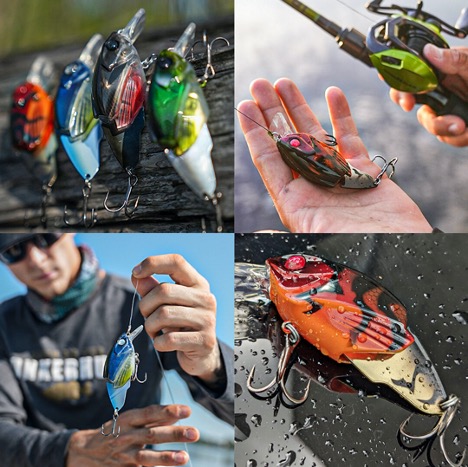 https://hooklineandsinker.ca/wp-content/uploads/2022/07/Lunkerhunt-Glitch-Blade.jpg
467
468
HLSAdmin
https://hooklineandsinker.ca/wp-content/uploads/2014/12/Steelheading-in-the-Snow-900-80-Not-Faded-Actual-1030x91.jpg
HLSAdmin2022-07-18 10:39:592022-07-18 10:39:59Lunkerhunt Glitch Blade
https://hooklineandsinker.ca/wp-content/uploads/2022/07/Lunkerhunt-Glitch-Blade.jpg
467
468
HLSAdmin
https://hooklineandsinker.ca/wp-content/uploads/2014/12/Steelheading-in-the-Snow-900-80-Not-Faded-Actual-1030x91.jpg
HLSAdmin2022-07-18 10:39:592022-07-18 10:39:59Lunkerhunt Glitch Blade https://hooklineandsinker.ca/wp-content/uploads/2022/06/Yamamoto-Ned-Senko-B.png
294
936
HLSAdmin
https://hooklineandsinker.ca/wp-content/uploads/2014/12/Steelheading-in-the-Snow-900-80-Not-Faded-Actual-1030x91.jpg
HLSAdmin2022-06-16 20:44:382022-06-16 20:44:38Yamamoto Ned Senko
https://hooklineandsinker.ca/wp-content/uploads/2022/06/Yamamoto-Ned-Senko-B.png
294
936
HLSAdmin
https://hooklineandsinker.ca/wp-content/uploads/2014/12/Steelheading-in-the-Snow-900-80-Not-Faded-Actual-1030x91.jpg
HLSAdmin2022-06-16 20:44:382022-06-16 20:44:38Yamamoto Ned Senko https://hooklineandsinker.ca/wp-content/uploads/2022/06/SPRO-CJ-Smasher-Chris-and-Corey-Johnson.jpeg
90
556
HLSAdmin
https://hooklineandsinker.ca/wp-content/uploads/2014/12/Steelheading-in-the-Snow-900-80-Not-Faded-Actual-1030x91.jpg
HLSAdmin2022-06-15 20:48:152022-06-15 20:49:15SPRO CJ Smasher
https://hooklineandsinker.ca/wp-content/uploads/2022/06/SPRO-CJ-Smasher-Chris-and-Corey-Johnson.jpeg
90
556
HLSAdmin
https://hooklineandsinker.ca/wp-content/uploads/2014/12/Steelheading-in-the-Snow-900-80-Not-Faded-Actual-1030x91.jpg
HLSAdmin2022-06-15 20:48:152022-06-15 20:49:15SPRO CJ Smasher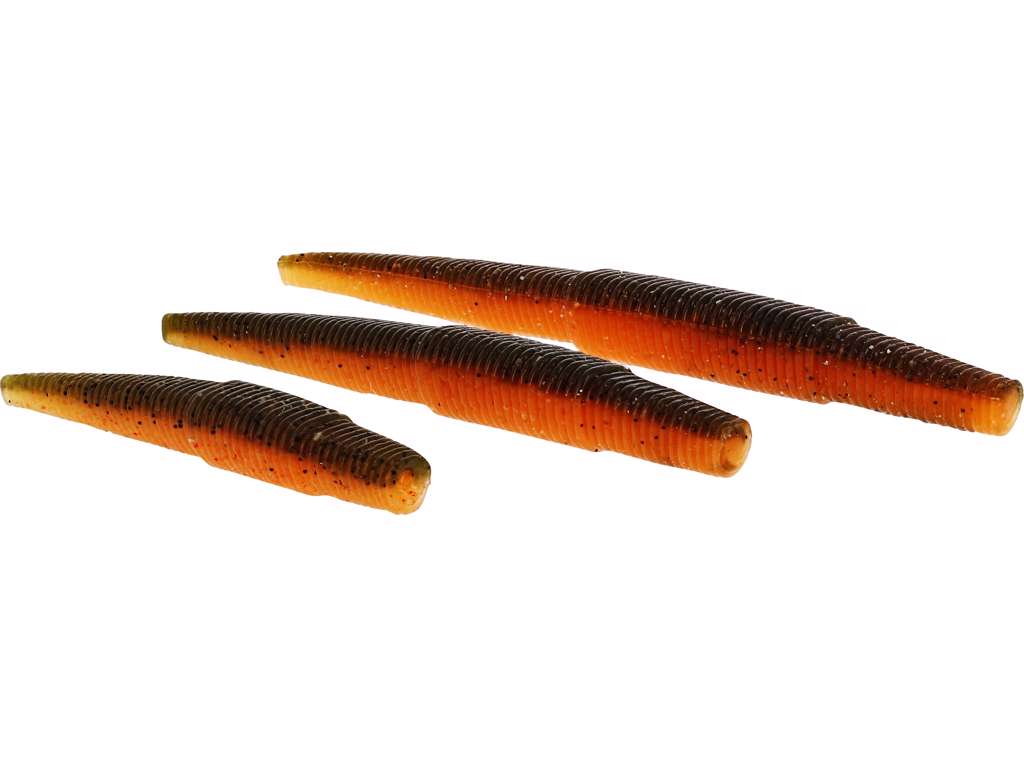 https://hooklineandsinker.ca/wp-content/uploads/2022/05/Westin-Ned-Worm-ned-worm_headline_default.jpeg
768
1024
HLSAdmin
https://hooklineandsinker.ca/wp-content/uploads/2014/12/Steelheading-in-the-Snow-900-80-Not-Faded-Actual-1030x91.jpg
HLSAdmin2022-05-24 19:57:432022-05-24 19:57:43Westin Ned Worm
https://hooklineandsinker.ca/wp-content/uploads/2022/05/Westin-Ned-Worm-ned-worm_headline_default.jpeg
768
1024
HLSAdmin
https://hooklineandsinker.ca/wp-content/uploads/2014/12/Steelheading-in-the-Snow-900-80-Not-Faded-Actual-1030x91.jpg
HLSAdmin2022-05-24 19:57:432022-05-24 19:57:43Westin Ned Worm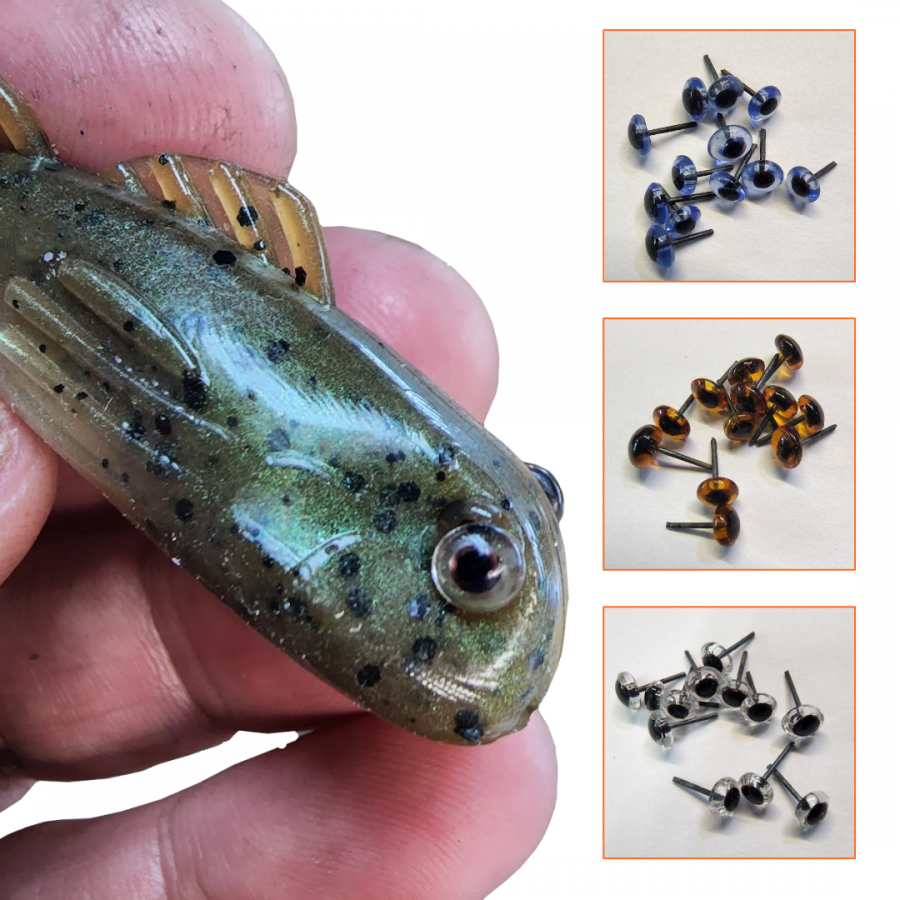 https://hooklineandsinker.ca/wp-content/uploads/2022/05/grumpy-eyes-product-image-main-max-900x300-1.png
900
900
HLSAdmin
https://hooklineandsinker.ca/wp-content/uploads/2014/12/Steelheading-in-the-Snow-900-80-Not-Faded-Actual-1030x91.jpg
HLSAdmin2022-05-19 21:30:252022-05-19 22:25:14Grumpy Baits Grumpy Eyes
https://hooklineandsinker.ca/wp-content/uploads/2022/05/grumpy-eyes-product-image-main-max-900x300-1.png
900
900
HLSAdmin
https://hooklineandsinker.ca/wp-content/uploads/2014/12/Steelheading-in-the-Snow-900-80-Not-Faded-Actual-1030x91.jpg
HLSAdmin2022-05-19 21:30:252022-05-19 22:25:14Grumpy Baits Grumpy Eyes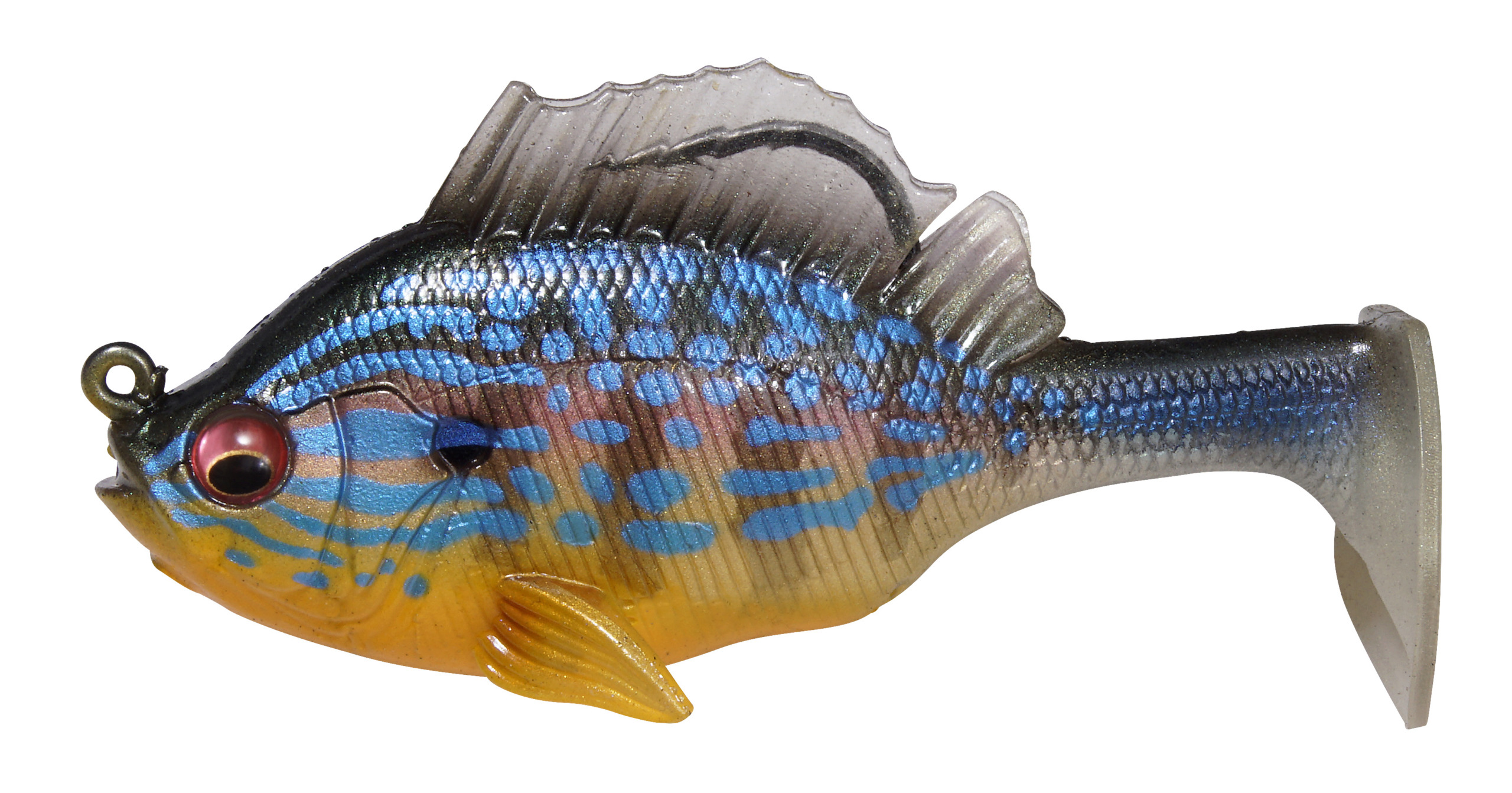 https://hooklineandsinker.ca/wp-content/uploads/2022/04/SLEEPER-GILL-CICHLID-scaled.jpg
1342
2560
HLSAdmin
https://hooklineandsinker.ca/wp-content/uploads/2014/12/Steelheading-in-the-Snow-900-80-Not-Faded-Actual-1030x91.jpg
HLSAdmin2022-04-25 18:49:592022-04-25 18:51:27Megabass Sleeper Gill
https://hooklineandsinker.ca/wp-content/uploads/2022/04/SLEEPER-GILL-CICHLID-scaled.jpg
1342
2560
HLSAdmin
https://hooklineandsinker.ca/wp-content/uploads/2014/12/Steelheading-in-the-Snow-900-80-Not-Faded-Actual-1030x91.jpg
HLSAdmin2022-04-25 18:49:592022-04-25 18:51:27Megabass Sleeper Gill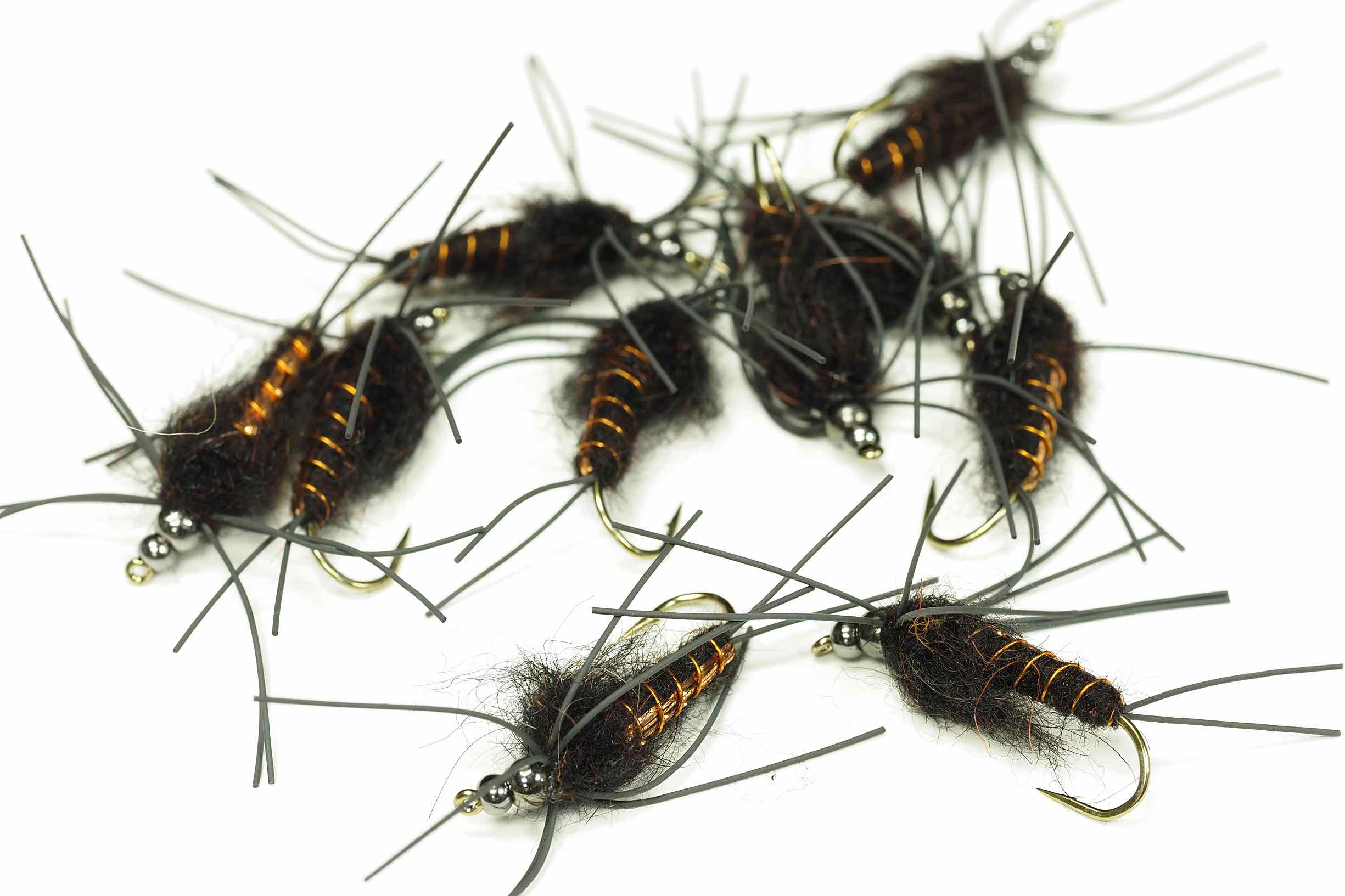 https://hooklineandsinker.ca/wp-content/uploads/2019/09/HLS-Custom-Tied-Steelhead-Stonefly-Nymphs-EE.jpg
1633
2450
HLSAdmin
https://hooklineandsinker.ca/wp-content/uploads/2014/12/Steelheading-in-the-Snow-900-80-Not-Faded-Actual-1030x91.jpg
HLSAdmin2019-09-22 12:50:182019-09-22 12:52:34HLS / TFC Custom Tied Steelhead Stonefly Nymphs
https://hooklineandsinker.ca/wp-content/uploads/2019/09/HLS-Custom-Tied-Steelhead-Stonefly-Nymphs-EE.jpg
1633
2450
HLSAdmin
https://hooklineandsinker.ca/wp-content/uploads/2014/12/Steelheading-in-the-Snow-900-80-Not-Faded-Actual-1030x91.jpg
HLSAdmin2019-09-22 12:50:182019-09-22 12:52:34HLS / TFC Custom Tied Steelhead Stonefly Nymphs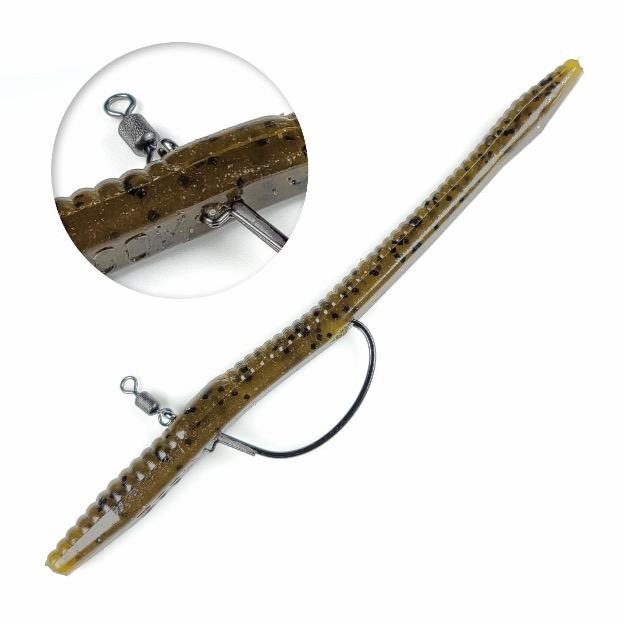 https://hooklineandsinker.ca/wp-content/uploads/2022/03/Gamakatsu-Cover-Neko-Hook-B.jpg
624
624
HLSAdmin
https://hooklineandsinker.ca/wp-content/uploads/2014/12/Steelheading-in-the-Snow-900-80-Not-Faded-Actual-1030x91.jpg
HLSAdmin2022-03-12 19:46:412022-03-12 19:49:10Gamakatsu Cover Neko Hook
https://hooklineandsinker.ca/wp-content/uploads/2022/03/Gamakatsu-Cover-Neko-Hook-B.jpg
624
624
HLSAdmin
https://hooklineandsinker.ca/wp-content/uploads/2014/12/Steelheading-in-the-Snow-900-80-Not-Faded-Actual-1030x91.jpg
HLSAdmin2022-03-12 19:46:412022-03-12 19:49:10Gamakatsu Cover Neko Hook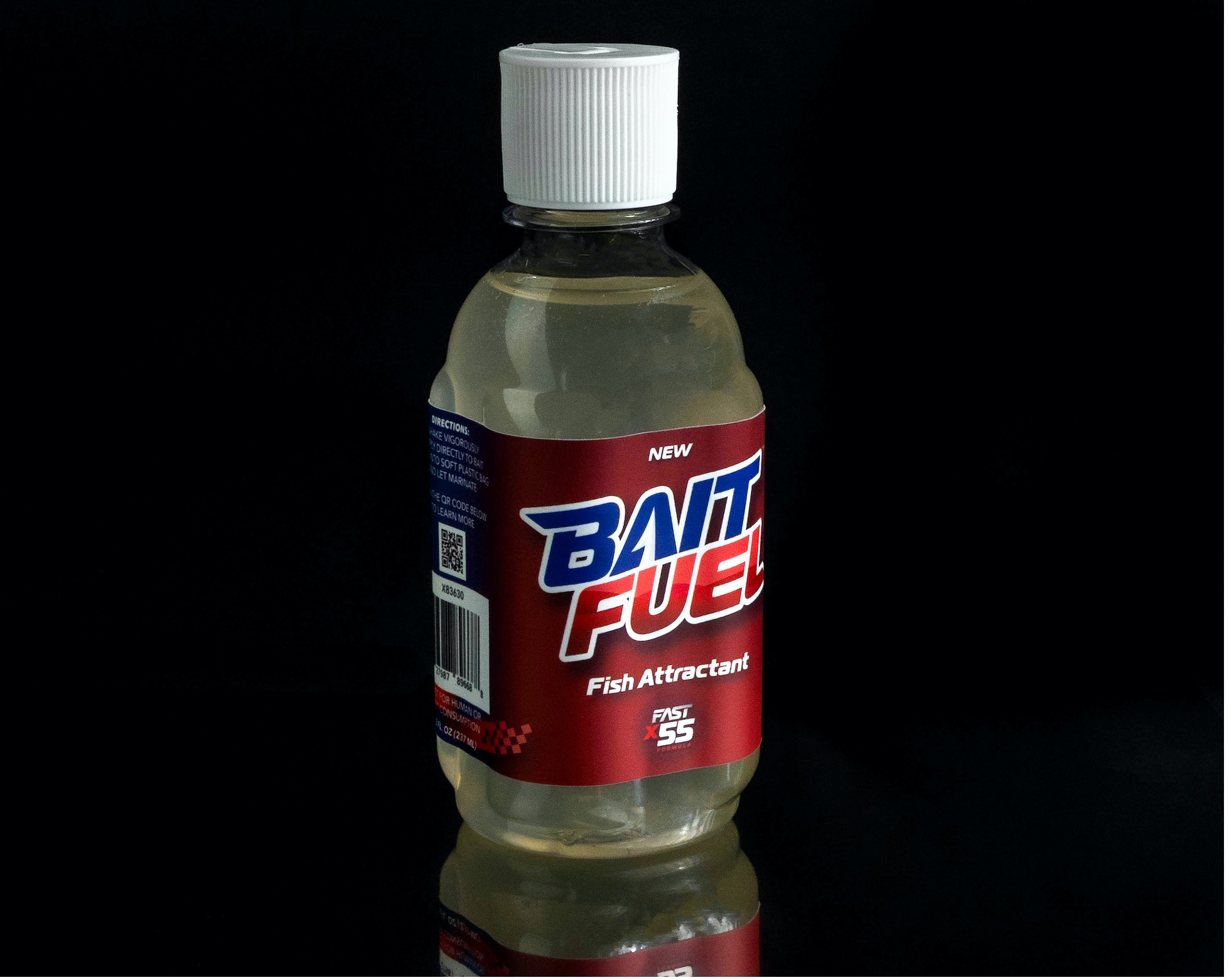 https://hooklineandsinker.ca/wp-content/uploads/2022/03/American-Baitworks-BaitFuel-B.jpeg.jpg
1562
1958
HLSAdmin
https://hooklineandsinker.ca/wp-content/uploads/2014/12/Steelheading-in-the-Snow-900-80-Not-Faded-Actual-1030x91.jpg
HLSAdmin2022-03-12 19:24:482022-03-18 16:57:36American Baitworks – BaitFuel X55 Gel Formula Scent Attractant
https://hooklineandsinker.ca/wp-content/uploads/2022/03/American-Baitworks-BaitFuel-B.jpeg.jpg
1562
1958
HLSAdmin
https://hooklineandsinker.ca/wp-content/uploads/2014/12/Steelheading-in-the-Snow-900-80-Not-Faded-Actual-1030x91.jpg
HLSAdmin2022-03-12 19:24:482022-03-18 16:57:36American Baitworks – BaitFuel X55 Gel Formula Scent Attractant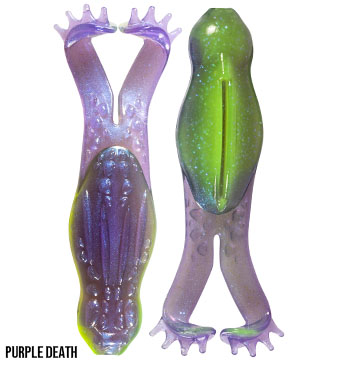 https://hooklineandsinker.ca/wp-content/uploads/2022/03/The-Z-Man-GOAT-ToadZ.jpeg
365
345
HLSAdmin
https://hooklineandsinker.ca/wp-content/uploads/2014/12/Steelheading-in-the-Snow-900-80-Not-Faded-Actual-1030x91.jpg
HLSAdmin2022-03-07 20:48:142022-03-07 20:48:14Z-Man GOAT ToadZ
https://hooklineandsinker.ca/wp-content/uploads/2022/03/The-Z-Man-GOAT-ToadZ.jpeg
365
345
HLSAdmin
https://hooklineandsinker.ca/wp-content/uploads/2014/12/Steelheading-in-the-Snow-900-80-Not-Faded-Actual-1030x91.jpg
HLSAdmin2022-03-07 20:48:142022-03-07 20:48:14Z-Man GOAT ToadZ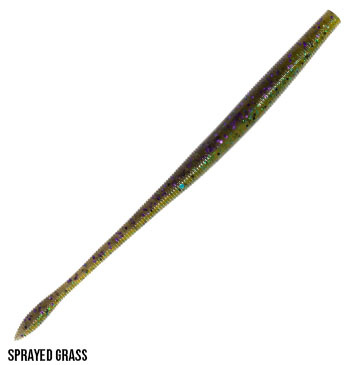 https://hooklineandsinker.ca/wp-content/uploads/2022/03/Z-Man-SMH-WormZ.jpeg
365
345
HLSAdmin
https://hooklineandsinker.ca/wp-content/uploads/2014/12/Steelheading-in-the-Snow-900-80-Not-Faded-Actual-1030x91.jpg
HLSAdmin2022-03-07 20:17:062022-03-07 20:27:30Z-Man SMH WormZ
https://hooklineandsinker.ca/wp-content/uploads/2022/03/Z-Man-SMH-WormZ.jpeg
365
345
HLSAdmin
https://hooklineandsinker.ca/wp-content/uploads/2014/12/Steelheading-in-the-Snow-900-80-Not-Faded-Actual-1030x91.jpg
HLSAdmin2022-03-07 20:17:062022-03-07 20:27:30Z-Man SMH WormZ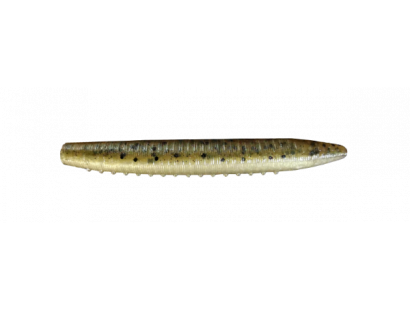 https://hooklineandsinker.ca/wp-content/uploads/2022/01/Grumpy-Bait-TZR-Teaser-Worm-Grumpy-Ned-Lake-Simcoe-Goby-G015-022-410x310-1.png
310
410
HLSAdmin
https://hooklineandsinker.ca/wp-content/uploads/2014/12/Steelheading-in-the-Snow-900-80-Not-Faded-Actual-1030x91.jpg
HLSAdmin2022-01-27 21:46:332022-01-27 21:46:33Grumpy Bait Company TZR (Teaser) Worm
https://hooklineandsinker.ca/wp-content/uploads/2022/01/Grumpy-Bait-TZR-Teaser-Worm-Grumpy-Ned-Lake-Simcoe-Goby-G015-022-410x310-1.png
310
410
HLSAdmin
https://hooklineandsinker.ca/wp-content/uploads/2014/12/Steelheading-in-the-Snow-900-80-Not-Faded-Actual-1030x91.jpg
HLSAdmin2022-01-27 21:46:332022-01-27 21:46:33Grumpy Bait Company TZR (Teaser) Worm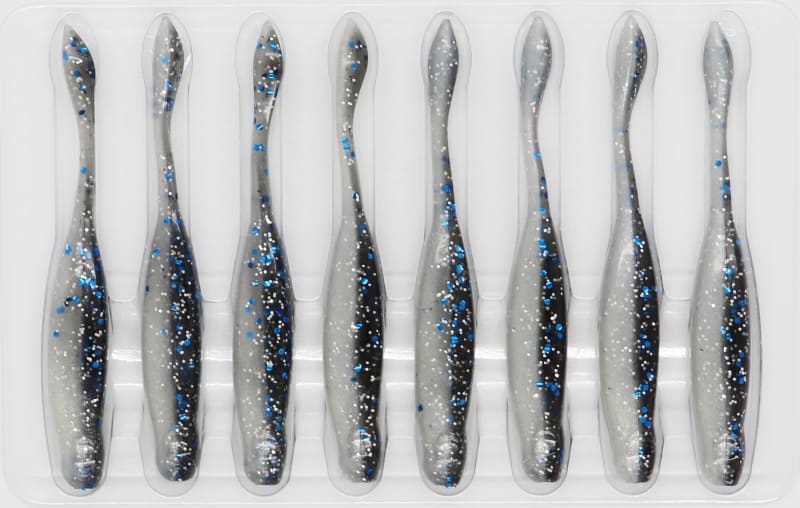 https://hooklineandsinker.ca/wp-content/uploads/2022/03/X-Zone-Hot-Shot-Minnow.jpeg
508
800
HLSAdmin
https://hooklineandsinker.ca/wp-content/uploads/2014/12/Steelheading-in-the-Snow-900-80-Not-Faded-Actual-1030x91.jpg
HLSAdmin2022-03-07 13:09:572022-03-07 13:19:30X-Zone Hot Shot Minnow
https://hooklineandsinker.ca/wp-content/uploads/2022/03/X-Zone-Hot-Shot-Minnow.jpeg
508
800
HLSAdmin
https://hooklineandsinker.ca/wp-content/uploads/2014/12/Steelheading-in-the-Snow-900-80-Not-Faded-Actual-1030x91.jpg
HLSAdmin2022-03-07 13:09:572022-03-07 13:19:30X-Zone Hot Shot Minnow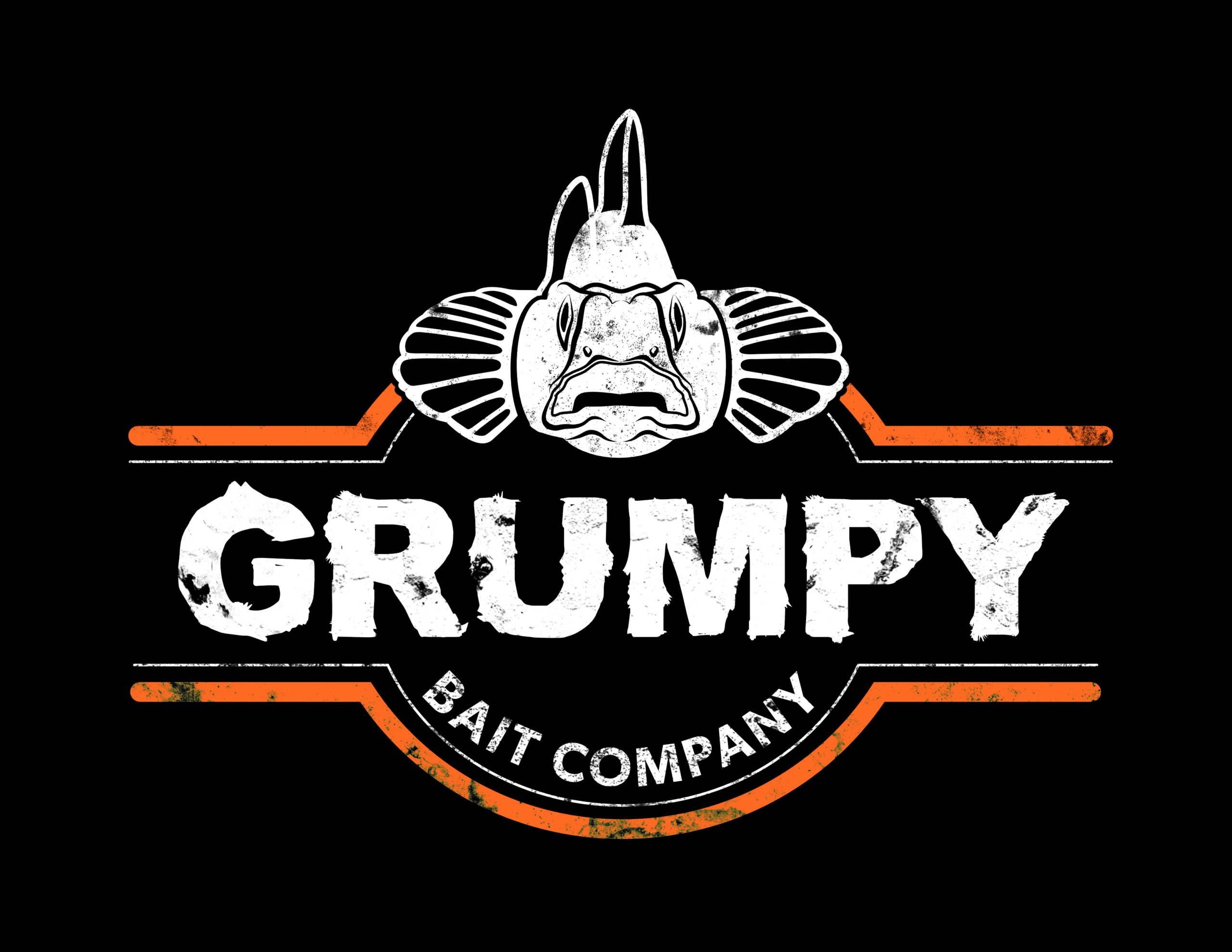 https://hooklineandsinker.ca/wp-content/uploads/2022/01/Grumpy_Bait_Company_1-scaled.jpeg
1978
2560
HLSAdmin
https://hooklineandsinker.ca/wp-content/uploads/2014/12/Steelheading-in-the-Snow-900-80-Not-Faded-Actual-1030x91.jpg
HLSAdmin2022-01-27 20:59:092022-04-18 13:17:51Grumpy Bait Company
https://hooklineandsinker.ca/wp-content/uploads/2022/01/Grumpy_Bait_Company_1-scaled.jpeg
1978
2560
HLSAdmin
https://hooklineandsinker.ca/wp-content/uploads/2014/12/Steelheading-in-the-Snow-900-80-Not-Faded-Actual-1030x91.jpg
HLSAdmin2022-01-27 20:59:092022-04-18 13:17:51Grumpy Bait Company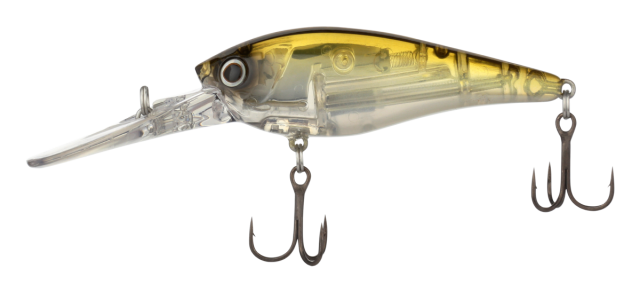 https://hooklineandsinker.ca/wp-content/uploads/2022/01/Shimano-World-Crank-73F-FB.png
284
640
HLSAdmin
https://hooklineandsinker.ca/wp-content/uploads/2014/12/Steelheading-in-the-Snow-900-80-Not-Faded-Actual-1030x91.jpg
HLSAdmin2022-01-27 20:51:242022-01-27 21:48:53Shimano World Crank 73F FB
https://hooklineandsinker.ca/wp-content/uploads/2022/01/Shimano-World-Crank-73F-FB.png
284
640
HLSAdmin
https://hooklineandsinker.ca/wp-content/uploads/2014/12/Steelheading-in-the-Snow-900-80-Not-Faded-Actual-1030x91.jpg
HLSAdmin2022-01-27 20:51:242022-01-27 21:48:53Shimano World Crank 73F FB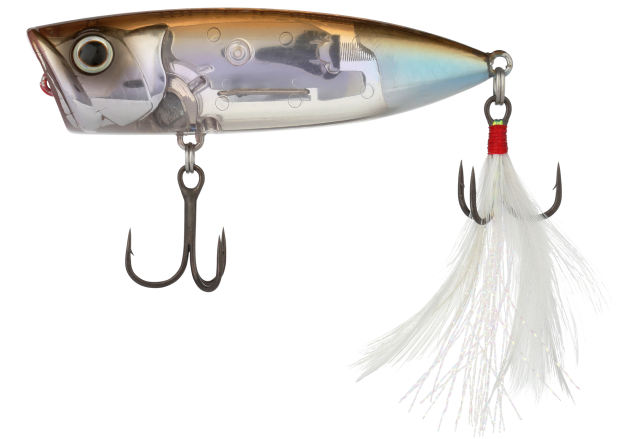 https://hooklineandsinker.ca/wp-content/uploads/2022/01/Shimano-Jackall-World-Pop-69F-FB.png
439
640
HLSAdmin
https://hooklineandsinker.ca/wp-content/uploads/2014/12/Steelheading-in-the-Snow-900-80-Not-Faded-Actual-1030x91.jpg
HLSAdmin2022-01-27 20:42:582022-01-27 21:00:57Shimano World Pop 69F FB
https://hooklineandsinker.ca/wp-content/uploads/2022/01/Shimano-Jackall-World-Pop-69F-FB.png
439
640
HLSAdmin
https://hooklineandsinker.ca/wp-content/uploads/2014/12/Steelheading-in-the-Snow-900-80-Not-Faded-Actual-1030x91.jpg
HLSAdmin2022-01-27 20:42:582022-01-27 21:00:57Shimano World Pop 69F FB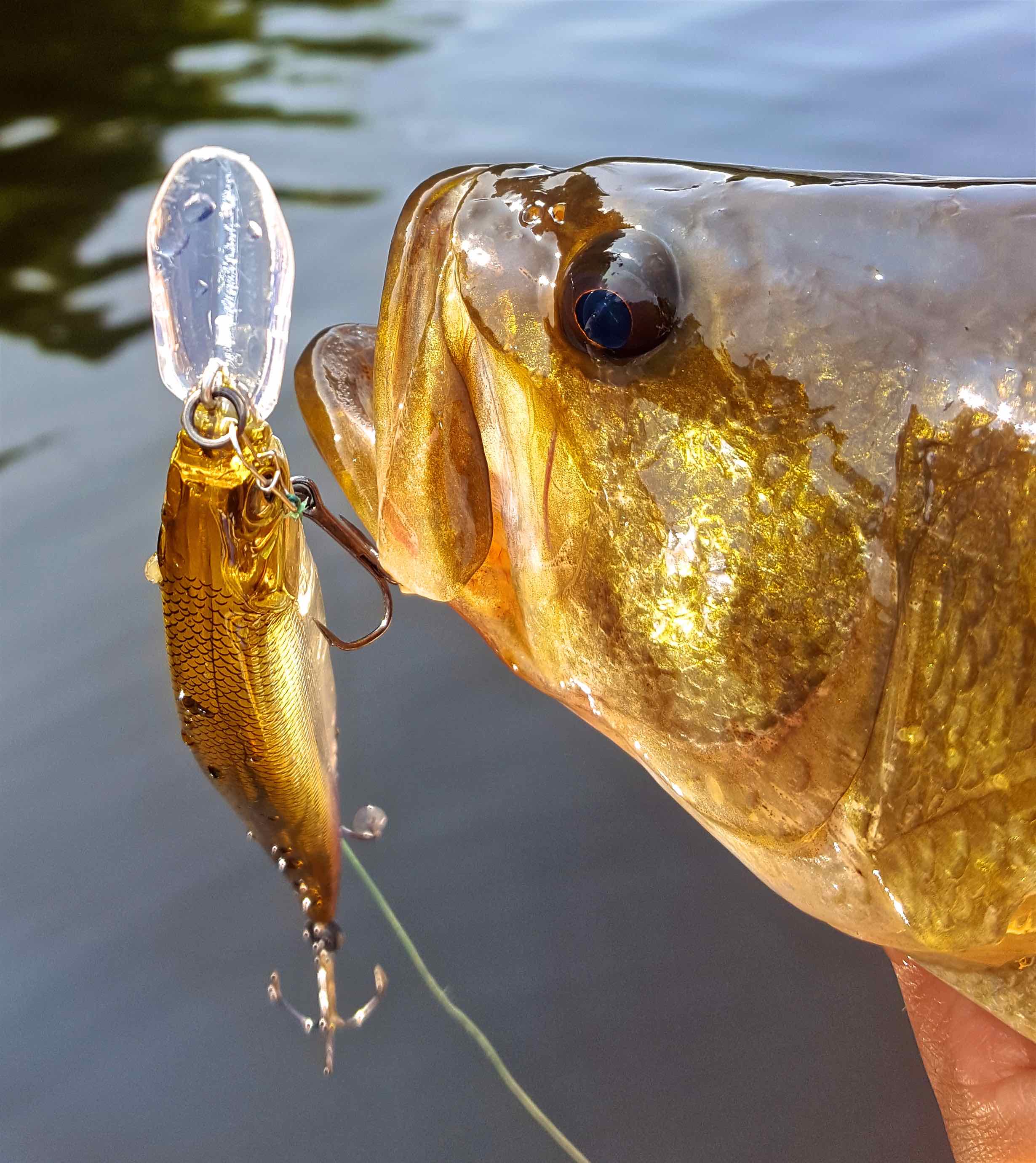 https://hooklineandsinker.ca/wp-content/uploads/2017/12/A-Largemouth-Bass-Megabass-Crankbaits-AAA.jpg
2761
2460
HLSAdmin
https://hooklineandsinker.ca/wp-content/uploads/2014/12/Steelheading-in-the-Snow-900-80-Not-Faded-Actual-1030x91.jpg
HLSAdmin2021-10-24 18:32:212021-10-24 18:32:21Maximize Crankbait Effectiveness for Bass With The Right Line
https://hooklineandsinker.ca/wp-content/uploads/2017/12/A-Largemouth-Bass-Megabass-Crankbaits-AAA.jpg
2761
2460
HLSAdmin
https://hooklineandsinker.ca/wp-content/uploads/2014/12/Steelheading-in-the-Snow-900-80-Not-Faded-Actual-1030x91.jpg
HLSAdmin2021-10-24 18:32:212021-10-24 18:32:21Maximize Crankbait Effectiveness for Bass With The Right Line https://hooklineandsinker.ca/wp-content/uploads/2021/10/X-Zone-3-5-Adrenaline-Craw-Jr-A.jpg
697
1305
HLSAdmin
https://hooklineandsinker.ca/wp-content/uploads/2014/12/Steelheading-in-the-Snow-900-80-Not-Faded-Actual-1030x91.jpg
HLSAdmin2021-10-12 19:12:212021-10-12 19:12:21X Zone 3.5″ Adrenaline Craw Jr.
https://hooklineandsinker.ca/wp-content/uploads/2021/10/X-Zone-3-5-Adrenaline-Craw-Jr-A.jpg
697
1305
HLSAdmin
https://hooklineandsinker.ca/wp-content/uploads/2014/12/Steelheading-in-the-Snow-900-80-Not-Faded-Actual-1030x91.jpg
HLSAdmin2021-10-12 19:12:212021-10-12 19:12:21X Zone 3.5″ Adrenaline Craw Jr.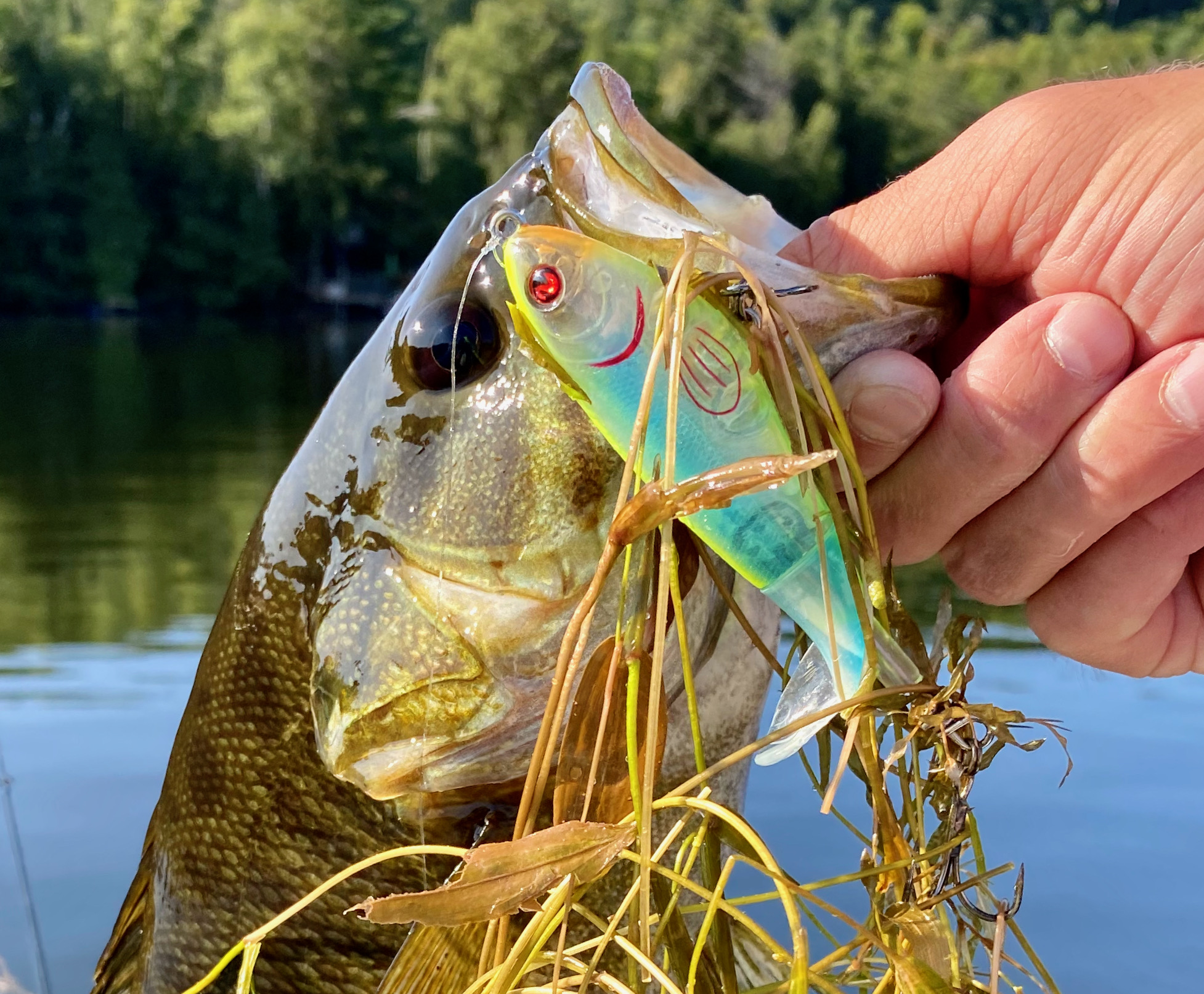 https://hooklineandsinker.ca/wp-content/uploads/2019/01/Drag-Lake-Haliburton-Smallmouth-Bass-Whopper-Plopper-C.jpeg
1613
1954
HLSAdmin
https://hooklineandsinker.ca/wp-content/uploads/2014/12/Steelheading-in-the-Snow-900-80-Not-Faded-Actual-1030x91.jpg
HLSAdmin2021-09-24 20:47:172021-09-24 20:47:17Tips for Fishing The Fall Bass Transition
https://hooklineandsinker.ca/wp-content/uploads/2019/01/Drag-Lake-Haliburton-Smallmouth-Bass-Whopper-Plopper-C.jpeg
1613
1954
HLSAdmin
https://hooklineandsinker.ca/wp-content/uploads/2014/12/Steelheading-in-the-Snow-900-80-Not-Faded-Actual-1030x91.jpg
HLSAdmin2021-09-24 20:47:172021-09-24 20:47:17Tips for Fishing The Fall Bass Transition https://hooklineandsinker.ca/wp-content/uploads/2017/12/A-Largemouth-Bass-Megabass-Crankbaits-AAA.jpg
2761
2460
HLSAdmin
https://hooklineandsinker.ca/wp-content/uploads/2014/12/Steelheading-in-the-Snow-900-80-Not-Faded-Actual-1030x91.jpg
HLSAdmin2021-09-20 16:24:432021-09-20 16:24:43Fall Crankin’ for Bass
https://hooklineandsinker.ca/wp-content/uploads/2017/12/A-Largemouth-Bass-Megabass-Crankbaits-AAA.jpg
2761
2460
HLSAdmin
https://hooklineandsinker.ca/wp-content/uploads/2014/12/Steelheading-in-the-Snow-900-80-Not-Faded-Actual-1030x91.jpg
HLSAdmin2021-09-20 16:24:432021-09-20 16:24:43Fall Crankin’ for Bass https://hooklineandsinker.ca/wp-content/uploads/2019/01/Drag-Lake-Haliburton-Smallmouth-Bass-Whopper-Plopper-C.jpeg
1613
1954
HLSAdmin
https://hooklineandsinker.ca/wp-content/uploads/2014/12/Steelheading-in-the-Snow-900-80-Not-Faded-Actual-1030x91.jpg
HLSAdmin2021-09-12 19:16:422021-09-12 19:17:27Fall Bass As Easy As 1-2-3!
https://hooklineandsinker.ca/wp-content/uploads/2019/01/Drag-Lake-Haliburton-Smallmouth-Bass-Whopper-Plopper-C.jpeg
1613
1954
HLSAdmin
https://hooklineandsinker.ca/wp-content/uploads/2014/12/Steelheading-in-the-Snow-900-80-Not-Faded-Actual-1030x91.jpg
HLSAdmin2021-09-12 19:16:422021-09-12 19:17:27Fall Bass As Easy As 1-2-3! https://hooklineandsinker.ca/wp-content/uploads/2014/11/Guelph-Lake-Largemouth-Bass-Ultra-Tungsten-12-ounce-Spinnerbait-AAA.jpg
2137
2078
HLSAdmin
https://hooklineandsinker.ca/wp-content/uploads/2014/12/Steelheading-in-the-Snow-900-80-Not-Faded-Actual-1030x91.jpg
HLSAdmin2021-07-03 20:25:032021-09-12 19:17:48Slow-Rolling Spinnerbaits for Summer Bass …
https://hooklineandsinker.ca/wp-content/uploads/2014/11/Guelph-Lake-Largemouth-Bass-Ultra-Tungsten-12-ounce-Spinnerbait-AAA.jpg
2137
2078
HLSAdmin
https://hooklineandsinker.ca/wp-content/uploads/2014/12/Steelheading-in-the-Snow-900-80-Not-Faded-Actual-1030x91.jpg
HLSAdmin2021-07-03 20:25:032021-09-12 19:17:48Slow-Rolling Spinnerbaits for Summer Bass … https://hooklineandsinker.ca/wp-content/uploads/2017/12/A-Largemouth-Bass-Megabass-Crankbaits-AAA.jpg
2761
2460
HLSAdmin
https://hooklineandsinker.ca/wp-content/uploads/2014/12/Steelheading-in-the-Snow-900-80-Not-Faded-Actual-1030x91.jpg
HLSAdmin2021-07-30 20:35:092021-07-30 20:35:09Crankbaits 101
https://hooklineandsinker.ca/wp-content/uploads/2017/12/A-Largemouth-Bass-Megabass-Crankbaits-AAA.jpg
2761
2460
HLSAdmin
https://hooklineandsinker.ca/wp-content/uploads/2014/12/Steelheading-in-the-Snow-900-80-Not-Faded-Actual-1030x91.jpg
HLSAdmin2021-07-30 20:35:092021-07-30 20:35:09Crankbaits 101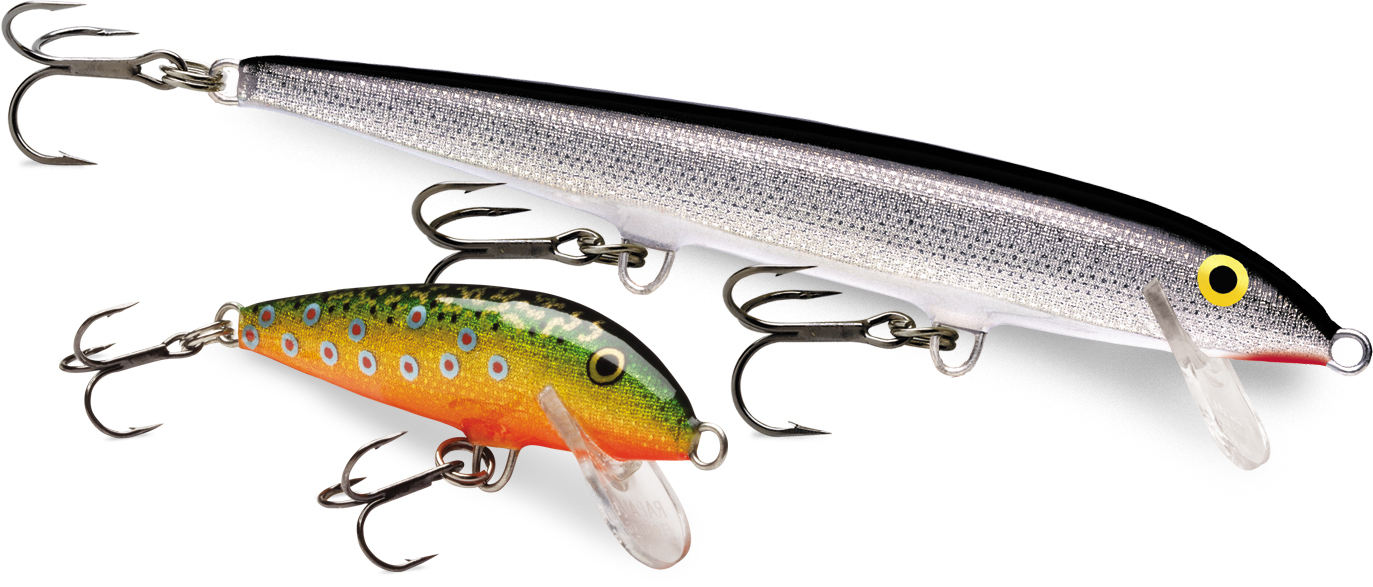 https://hooklineandsinker.ca/wp-content/uploads/2021/04/BREATHING-LIFE-INTO-BALSA-THE-SECRET-BEHIND-THE-SUCCESS-OF-RAPALA-LURES-A.jpg
587
1373
HLSAdmin
https://hooklineandsinker.ca/wp-content/uploads/2014/12/Steelheading-in-the-Snow-900-80-Not-Faded-Actual-1030x91.jpg
HLSAdmin2021-04-08 17:52:092021-04-08 18:01:23The Secret Behind The Success of Rapala Lures …
https://hooklineandsinker.ca/wp-content/uploads/2021/04/BREATHING-LIFE-INTO-BALSA-THE-SECRET-BEHIND-THE-SUCCESS-OF-RAPALA-LURES-A.jpg
587
1373
HLSAdmin
https://hooklineandsinker.ca/wp-content/uploads/2014/12/Steelheading-in-the-Snow-900-80-Not-Faded-Actual-1030x91.jpg
HLSAdmin2021-04-08 17:52:092021-04-08 18:01:23The Secret Behind The Success of Rapala Lures …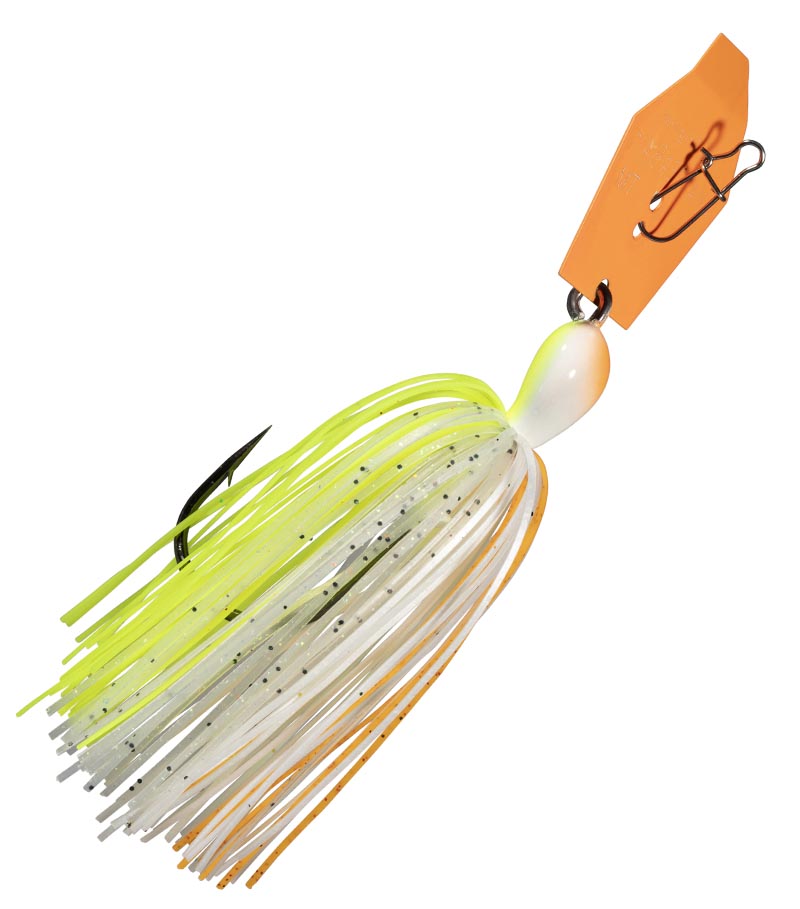 https://hooklineandsinker.ca/wp-content/uploads/2022/03/Z-Man-Big-Blade-Chatterbait.jpeg
909
800
HLSAdmin
https://hooklineandsinker.ca/wp-content/uploads/2014/12/Steelheading-in-the-Snow-900-80-Not-Faded-Actual-1030x91.jpg
HLSAdmin2022-03-27 18:57:442022-03-27 18:57:44Z-Man Big Blade ChatterBait
https://hooklineandsinker.ca/wp-content/uploads/2022/03/Z-Man-Big-Blade-Chatterbait.jpeg
909
800
HLSAdmin
https://hooklineandsinker.ca/wp-content/uploads/2014/12/Steelheading-in-the-Snow-900-80-Not-Faded-Actual-1030x91.jpg
HLSAdmin2022-03-27 18:57:442022-03-27 18:57:44Z-Man Big Blade ChatterBait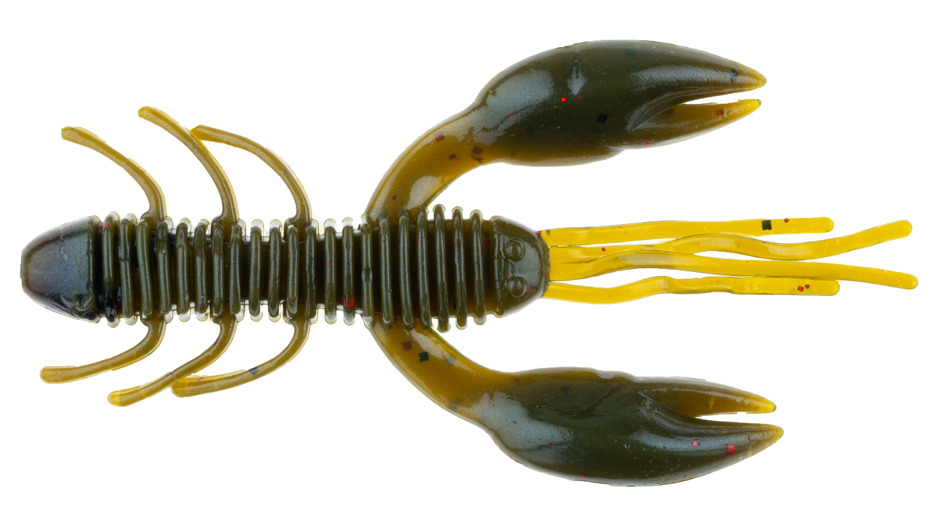 https://hooklineandsinker.ca/wp-content/uploads/2021/09/American-Baitworks-Zaga-Craw.jpg
526
936
HLSAdmin
https://hooklineandsinker.ca/wp-content/uploads/2014/12/Steelheading-in-the-Snow-900-80-Not-Faded-Actual-1030x91.jpg
HLSAdmin2021-09-05 18:51:042022-03-12 19:06:14American Baitworks – Zaga Craw
https://hooklineandsinker.ca/wp-content/uploads/2021/09/American-Baitworks-Zaga-Craw.jpg
526
936
HLSAdmin
https://hooklineandsinker.ca/wp-content/uploads/2014/12/Steelheading-in-the-Snow-900-80-Not-Faded-Actual-1030x91.jpg
HLSAdmin2021-09-05 18:51:042022-03-12 19:06:14American Baitworks – Zaga Craw https://hooklineandsinker.ca/wp-content/uploads/2021/09/American-Baitworks-Flat-Sided-Shad.png
526
936
HLSAdmin
https://hooklineandsinker.ca/wp-content/uploads/2014/12/Steelheading-in-the-Snow-900-80-Not-Faded-Actual-1030x91.jpg
HLSAdmin2021-09-05 18:55:222021-09-05 18:55:22American Baitworks – Flat Sided Shad
https://hooklineandsinker.ca/wp-content/uploads/2021/09/American-Baitworks-Flat-Sided-Shad.png
526
936
HLSAdmin
https://hooklineandsinker.ca/wp-content/uploads/2014/12/Steelheading-in-the-Snow-900-80-Not-Faded-Actual-1030x91.jpg
HLSAdmin2021-09-05 18:55:222021-09-05 18:55:22American Baitworks – Flat Sided Shad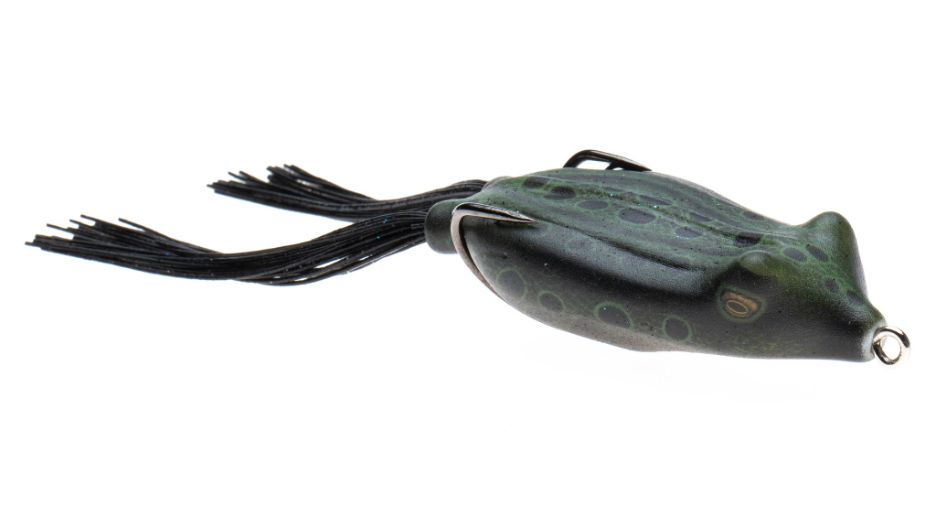 https://hooklineandsinker.ca/wp-content/uploads/2021/09/American-Baitworks-Snagproof-Phat-Frog.png
528
936
HLSAdmin
https://hooklineandsinker.ca/wp-content/uploads/2014/12/Steelheading-in-the-Snow-900-80-Not-Faded-Actual-1030x91.jpg
HLSAdmin2021-09-05 18:38:592021-09-05 18:38:59American Baitworks – Snagproof – Phat Frog
https://hooklineandsinker.ca/wp-content/uploads/2021/09/American-Baitworks-Snagproof-Phat-Frog.png
528
936
HLSAdmin
https://hooklineandsinker.ca/wp-content/uploads/2014/12/Steelheading-in-the-Snow-900-80-Not-Faded-Actual-1030x91.jpg
HLSAdmin2021-09-05 18:38:592021-09-05 18:38:59American Baitworks – Snagproof – Phat Frog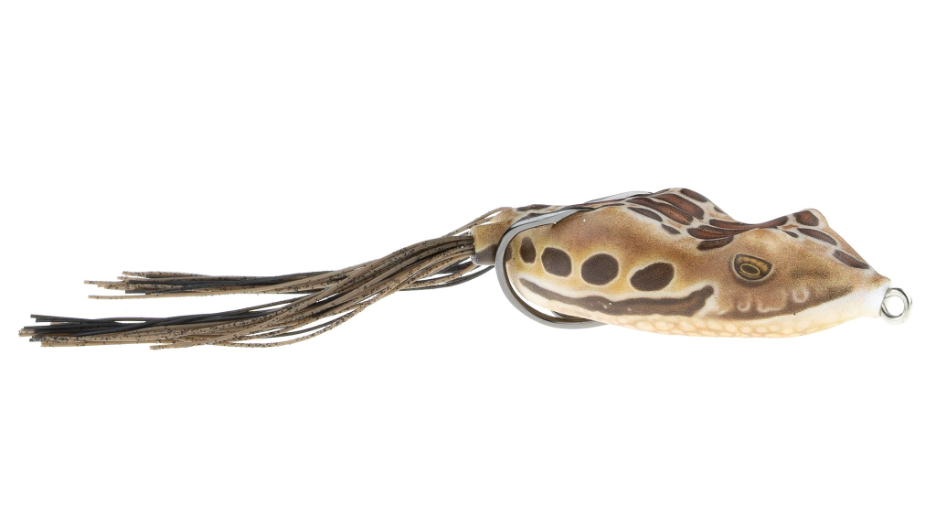 https://hooklineandsinker.ca/wp-content/uploads/2021/09/BOBBYS-PERFECT-FROG.png
528
936
HLSAdmin
https://hooklineandsinker.ca/wp-content/uploads/2014/12/Steelheading-in-the-Snow-900-80-Not-Faded-Actual-1030x91.jpg
HLSAdmin2021-09-05 18:31:022021-09-05 18:39:15American Baitworks – Snagproof – Bobby’s Perfect 2.0
https://hooklineandsinker.ca/wp-content/uploads/2021/09/BOBBYS-PERFECT-FROG.png
528
936
HLSAdmin
https://hooklineandsinker.ca/wp-content/uploads/2014/12/Steelheading-in-the-Snow-900-80-Not-Faded-Actual-1030x91.jpg
HLSAdmin2021-09-05 18:31:022021-09-05 18:39:15American Baitworks – Snagproof – Bobby’s Perfect 2.0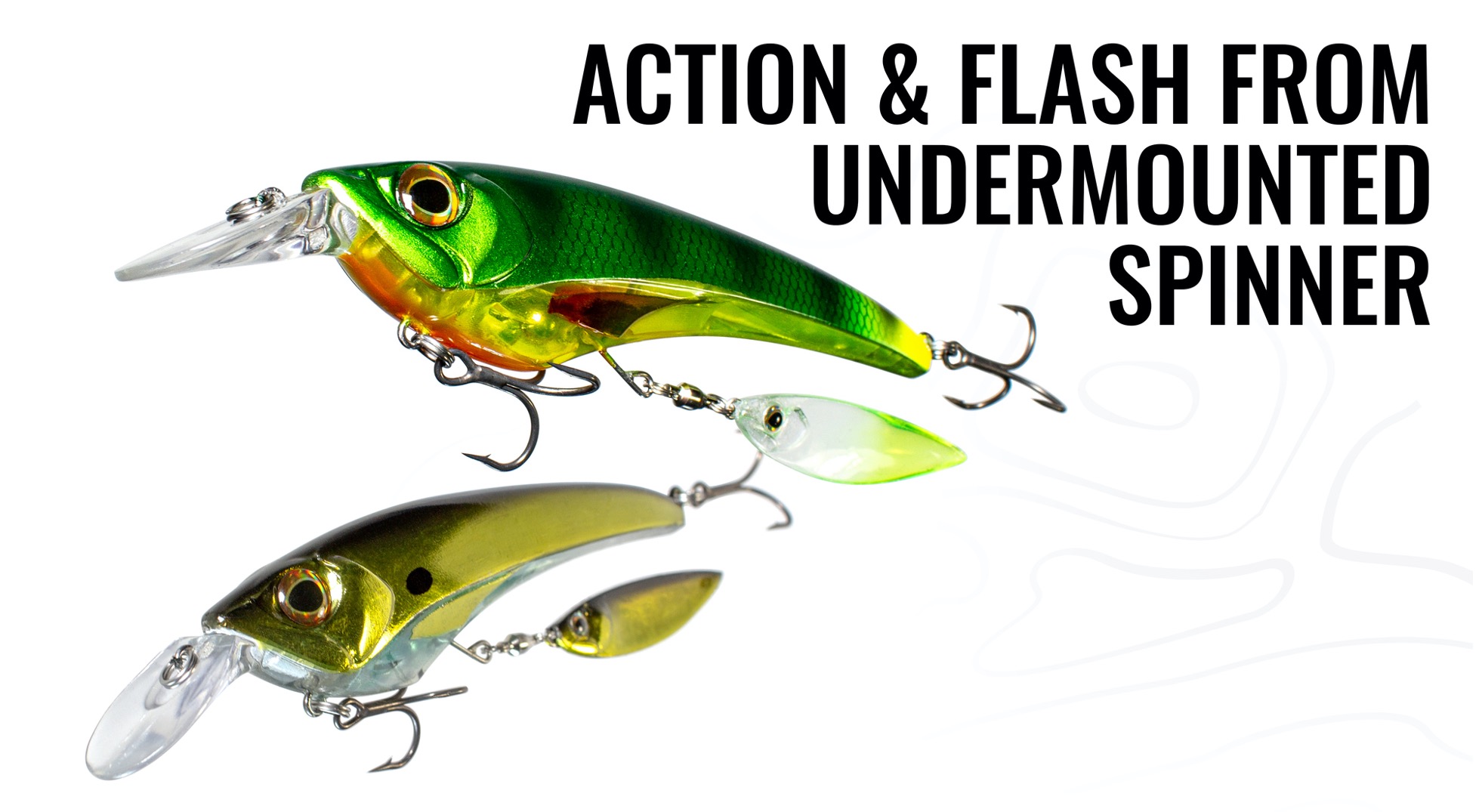 https://hooklineandsinker.ca/wp-content/uploads/2021/08/Lunkerhunt-Boshi-Blade.jpg
1075
1958
HLSAdmin
https://hooklineandsinker.ca/wp-content/uploads/2014/12/Steelheading-in-the-Snow-900-80-Not-Faded-Actual-1030x91.jpg
HLSAdmin2021-08-08 00:24:322021-08-08 00:24:32Lunkerhunt Boshi Blade
https://hooklineandsinker.ca/wp-content/uploads/2021/08/Lunkerhunt-Boshi-Blade.jpg
1075
1958
HLSAdmin
https://hooklineandsinker.ca/wp-content/uploads/2014/12/Steelheading-in-the-Snow-900-80-Not-Faded-Actual-1030x91.jpg
HLSAdmin2021-08-08 00:24:322021-08-08 00:24:32Lunkerhunt Boshi Blade https://hooklineandsinker.ca/wp-content/uploads/2021/07/Spro-Sakura.jpg
220
1200
HLSAdmin
https://hooklineandsinker.ca/wp-content/uploads/2014/12/Steelheading-in-the-Snow-900-80-Not-Faded-Actual-1030x91.jpg
HLSAdmin2021-07-30 21:36:262021-07-30 21:36:26SPRO Sakura
https://hooklineandsinker.ca/wp-content/uploads/2021/07/Spro-Sakura.jpg
220
1200
HLSAdmin
https://hooklineandsinker.ca/wp-content/uploads/2014/12/Steelheading-in-the-Snow-900-80-Not-Faded-Actual-1030x91.jpg
HLSAdmin2021-07-30 21:36:262021-07-30 21:36:26SPRO Sakura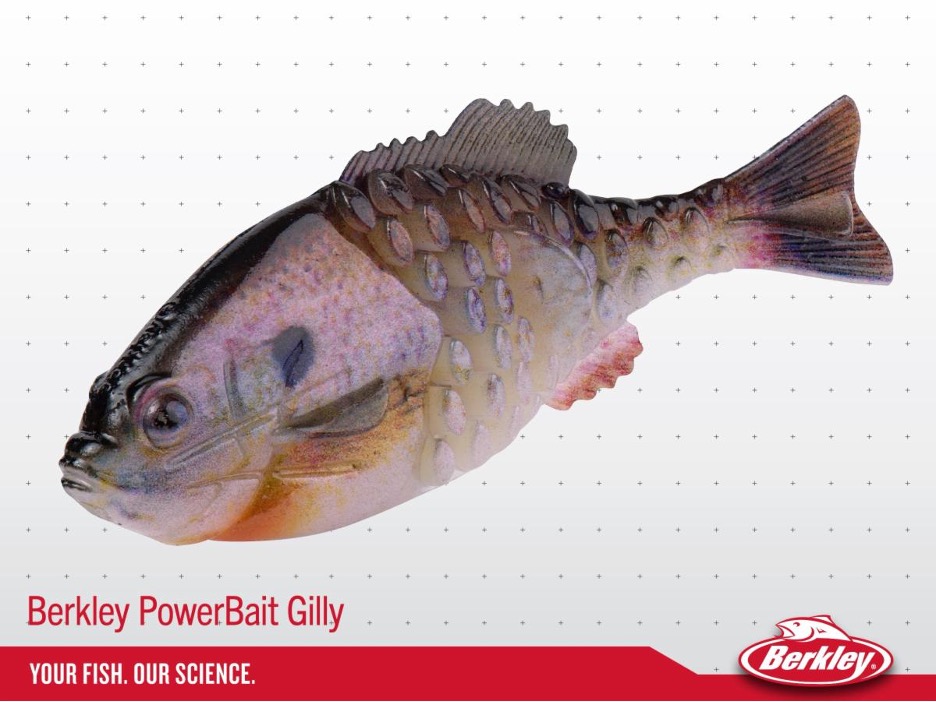 https://hooklineandsinker.ca/wp-content/uploads/2021/07/Berkley-PowerBait-Gilly.jpg
702
936
HLSAdmin
https://hooklineandsinker.ca/wp-content/uploads/2014/12/Steelheading-in-the-Snow-900-80-Not-Faded-Actual-1030x91.jpg
HLSAdmin2021-07-30 20:59:582021-07-30 21:03:40Berkley PowerBait Gilly
https://hooklineandsinker.ca/wp-content/uploads/2021/07/Berkley-PowerBait-Gilly.jpg
702
936
HLSAdmin
https://hooklineandsinker.ca/wp-content/uploads/2014/12/Steelheading-in-the-Snow-900-80-Not-Faded-Actual-1030x91.jpg
HLSAdmin2021-07-30 20:59:582021-07-30 21:03:40Berkley PowerBait Gilly https://hooklineandsinker.ca/wp-content/uploads/2021/07/vector-logo-wackmtackle-1.png
289
500
HLSAdmin
https://hooklineandsinker.ca/wp-content/uploads/2014/12/Steelheading-in-the-Snow-900-80-Not-Faded-Actual-1030x91.jpg
HLSAdmin2021-07-28 20:48:012021-07-28 20:55:50Wackm Tackle
https://hooklineandsinker.ca/wp-content/uploads/2021/07/vector-logo-wackmtackle-1.png
289
500
HLSAdmin
https://hooklineandsinker.ca/wp-content/uploads/2014/12/Steelheading-in-the-Snow-900-80-Not-Faded-Actual-1030x91.jpg
HLSAdmin2021-07-28 20:48:012021-07-28 20:55:50Wackm Tackle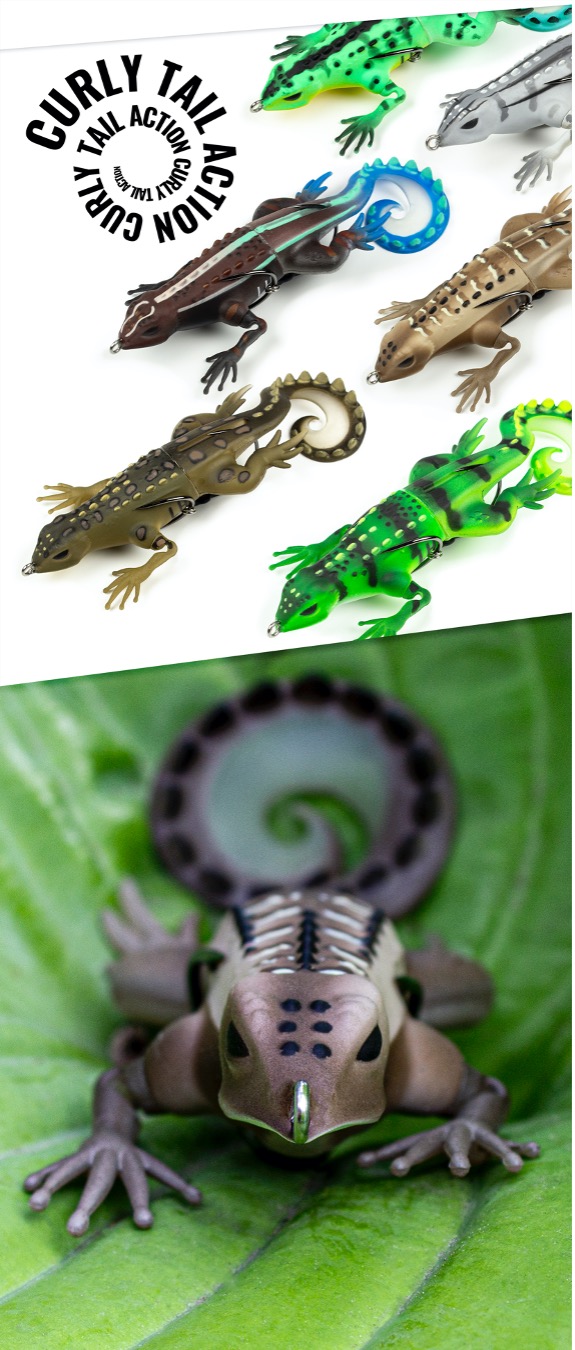 https://hooklineandsinker.ca/wp-content/uploads/2021/07/Lunkerhunt-Skitter-Lizard.jpg
1350
575
HLSAdmin
https://hooklineandsinker.ca/wp-content/uploads/2014/12/Steelheading-in-the-Snow-900-80-Not-Faded-Actual-1030x91.jpg
HLSAdmin2021-07-20 20:08:062021-07-20 20:08:06Lunkerhunt Skitter Lizard
https://hooklineandsinker.ca/wp-content/uploads/2021/07/Lunkerhunt-Skitter-Lizard.jpg
1350
575
HLSAdmin
https://hooklineandsinker.ca/wp-content/uploads/2014/12/Steelheading-in-the-Snow-900-80-Not-Faded-Actual-1030x91.jpg
HLSAdmin2021-07-20 20:08:062021-07-20 20:08:06Lunkerhunt Skitter Lizard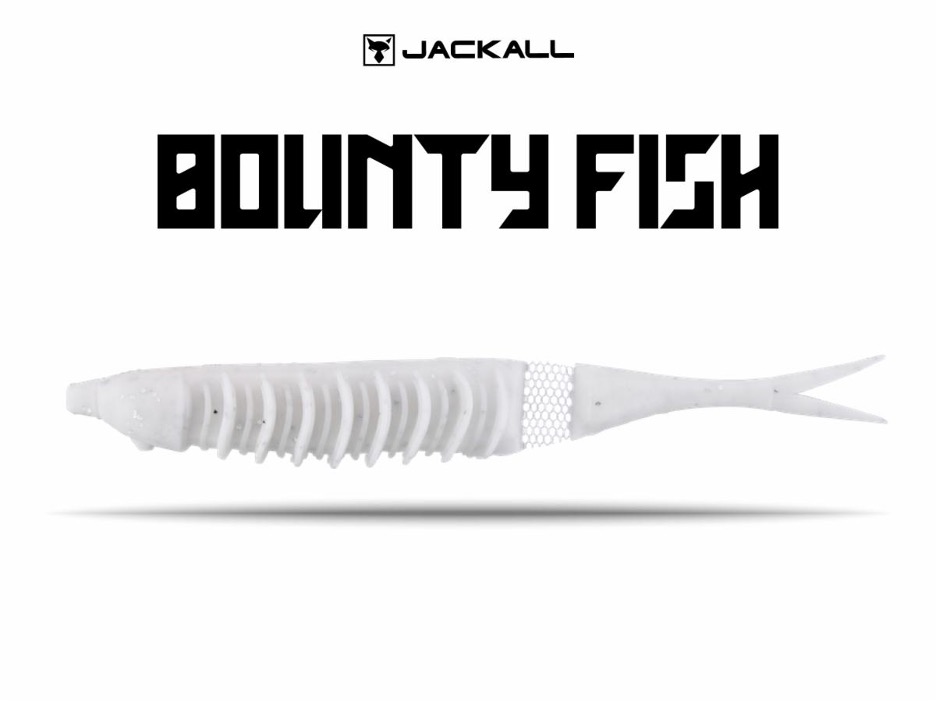 https://hooklineandsinker.ca/wp-content/uploads/2021/07/Jackall-Bounty-Fish-158.jpg
702
936
HLSAdmin
https://hooklineandsinker.ca/wp-content/uploads/2014/12/Steelheading-in-the-Snow-900-80-Not-Faded-Actual-1030x91.jpg
HLSAdmin2021-07-20 19:40:372021-07-20 19:44:42Jackall Bounty Fish 158
https://hooklineandsinker.ca/wp-content/uploads/2021/07/Jackall-Bounty-Fish-158.jpg
702
936
HLSAdmin
https://hooklineandsinker.ca/wp-content/uploads/2014/12/Steelheading-in-the-Snow-900-80-Not-Faded-Actual-1030x91.jpg
HLSAdmin2021-07-20 19:40:372021-07-20 19:44:42Jackall Bounty Fish 158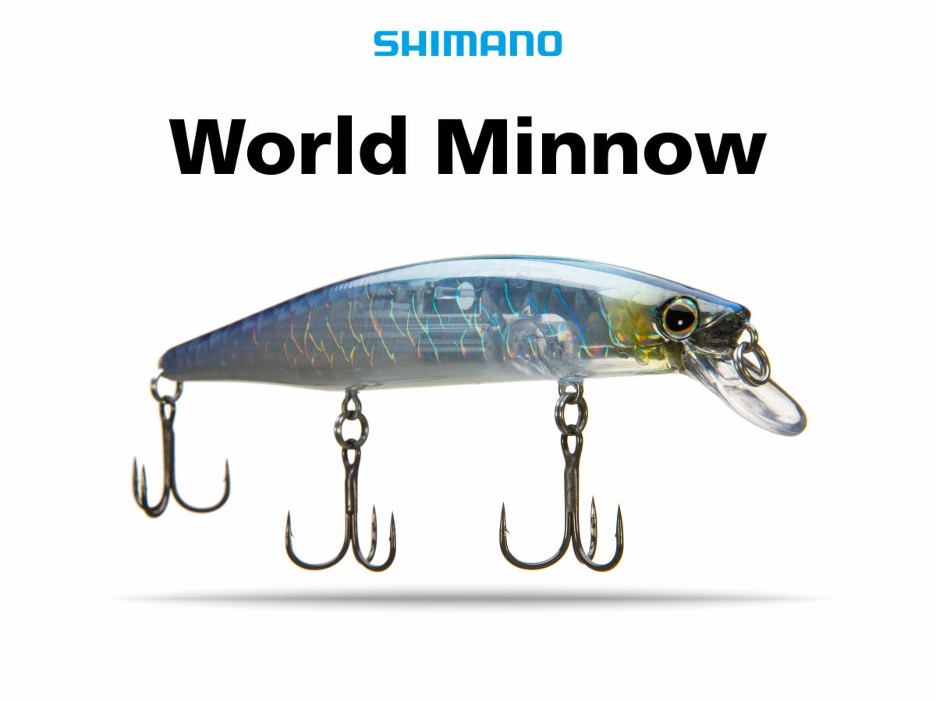 https://hooklineandsinker.ca/wp-content/uploads/2021/07/Shimano-World-Minnow-115SP.jpg
702
936
HLSAdmin
https://hooklineandsinker.ca/wp-content/uploads/2014/12/Steelheading-in-the-Snow-900-80-Not-Faded-Actual-1030x91.jpg
HLSAdmin2021-07-20 19:35:152021-07-21 20:05:53Shimano World Minnow 115SP
https://hooklineandsinker.ca/wp-content/uploads/2021/07/Shimano-World-Minnow-115SP.jpg
702
936
HLSAdmin
https://hooklineandsinker.ca/wp-content/uploads/2014/12/Steelheading-in-the-Snow-900-80-Not-Faded-Actual-1030x91.jpg
HLSAdmin2021-07-20 19:35:152021-07-21 20:05:53Shimano World Minnow 115SP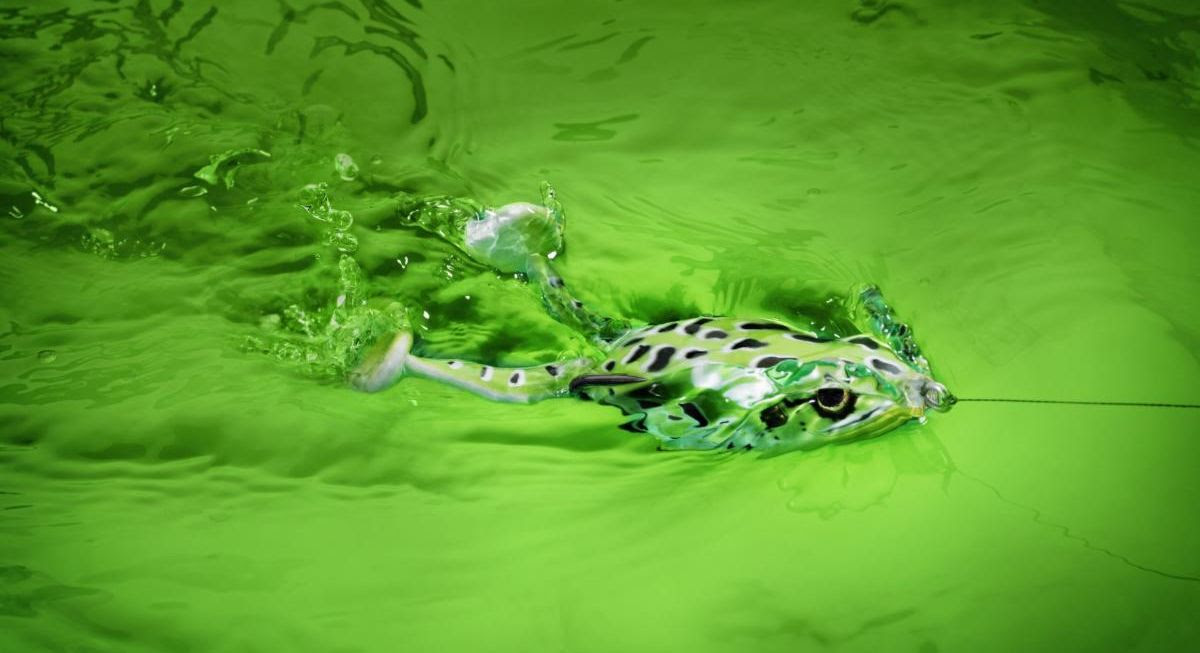 https://hooklineandsinker.ca/wp-content/uploads/2021/07/SPRO-Flappin-Frog-A.jpg
653
1200
HLSAdmin
https://hooklineandsinker.ca/wp-content/uploads/2014/12/Steelheading-in-the-Snow-900-80-Not-Faded-Actual-1030x91.jpg
HLSAdmin2021-07-14 21:40:252021-07-19 19:59:04SPRO Flappin’ Frog
https://hooklineandsinker.ca/wp-content/uploads/2021/07/SPRO-Flappin-Frog-A.jpg
653
1200
HLSAdmin
https://hooklineandsinker.ca/wp-content/uploads/2014/12/Steelheading-in-the-Snow-900-80-Not-Faded-Actual-1030x91.jpg
HLSAdmin2021-07-14 21:40:252021-07-19 19:59:04SPRO Flappin’ Frog https://hooklineandsinker.ca/wp-content/uploads/2021/06/Z-Man-Hella-CrawZ-A.jpg
476
624
HLSAdmin
https://hooklineandsinker.ca/wp-content/uploads/2014/12/Steelheading-in-the-Snow-900-80-Not-Faded-Actual-1030x91.jpg
HLSAdmin2021-06-28 20:06:242021-08-05 19:58:28Z-Man Hella CrawZ
https://hooklineandsinker.ca/wp-content/uploads/2021/06/Z-Man-Hella-CrawZ-A.jpg
476
624
HLSAdmin
https://hooklineandsinker.ca/wp-content/uploads/2014/12/Steelheading-in-the-Snow-900-80-Not-Faded-Actual-1030x91.jpg
HLSAdmin2021-06-28 20:06:242021-08-05 19:58:28Z-Man Hella CrawZ https://hooklineandsinker.ca/wp-content/uploads/2022/01/Grumpy-Baits-Minn-FIN-Purple-Pearl-014-046-410x310-1.png
310
410
HLSAdmin
https://hooklineandsinker.ca/wp-content/uploads/2014/12/Steelheading-in-the-Snow-900-80-Not-Faded-Actual-1030x91.jpg
HLSAdmin2022-01-27 21:35:112022-03-18 17:11:34Grumpy Bait Company Minn-FIN
https://hooklineandsinker.ca/wp-content/uploads/2022/01/Grumpy-Baits-Minn-FIN-Purple-Pearl-014-046-410x310-1.png
310
410
HLSAdmin
https://hooklineandsinker.ca/wp-content/uploads/2014/12/Steelheading-in-the-Snow-900-80-Not-Faded-Actual-1030x91.jpg
HLSAdmin2022-01-27 21:35:112022-03-18 17:11:34Grumpy Bait Company Minn-FIN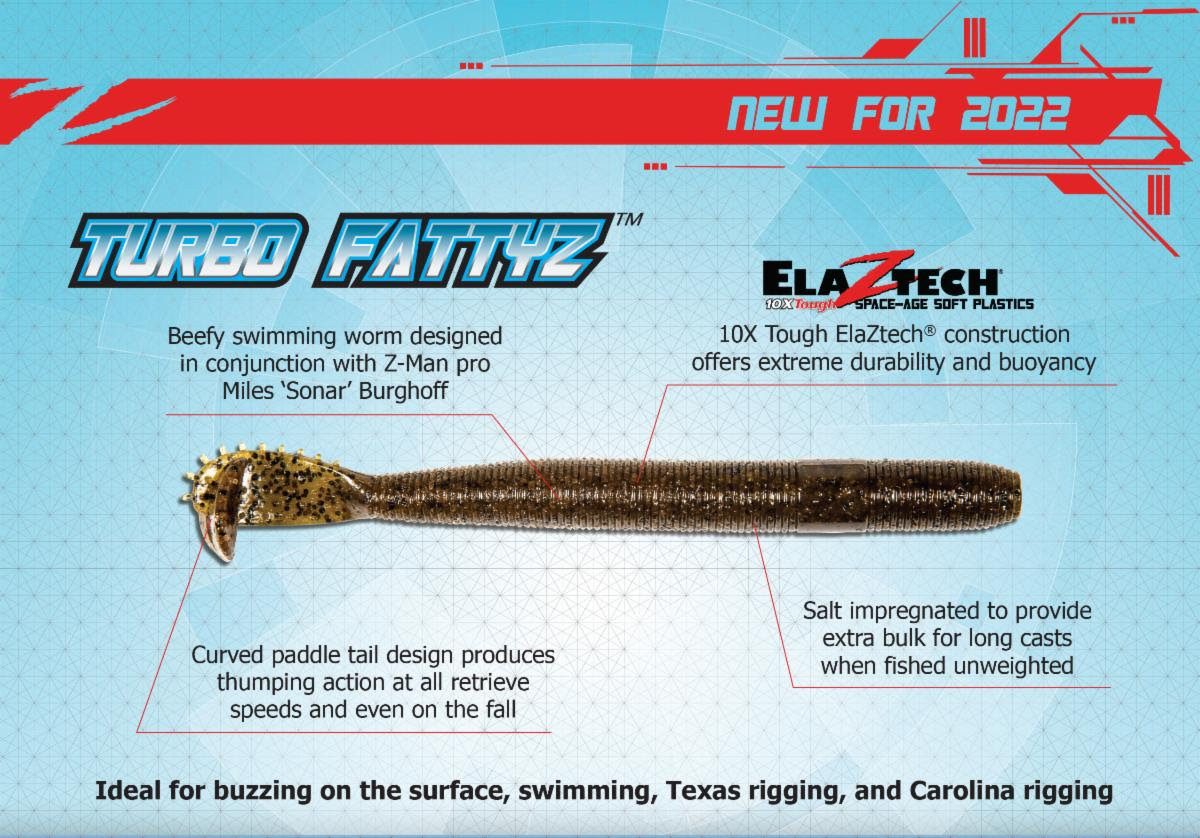 https://hooklineandsinker.ca/wp-content/uploads/2021/06/Z-Man-Turbo-Fatty-Z-B.jpg
838
1200
HLSAdmin
https://hooklineandsinker.ca/wp-content/uploads/2014/12/Steelheading-in-the-Snow-900-80-Not-Faded-Actual-1030x91.jpg
HLSAdmin2021-06-04 21:12:242021-06-04 21:16:25Z-Man Turbo FattyZ
https://hooklineandsinker.ca/wp-content/uploads/2021/06/Z-Man-Turbo-Fatty-Z-B.jpg
838
1200
HLSAdmin
https://hooklineandsinker.ca/wp-content/uploads/2014/12/Steelheading-in-the-Snow-900-80-Not-Faded-Actual-1030x91.jpg
HLSAdmin2021-06-04 21:12:242021-06-04 21:16:25Z-Man Turbo FattyZ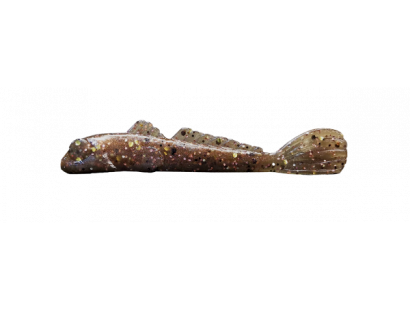 https://hooklineandsinker.ca/wp-content/uploads/2022/01/mini-goby-copper-back-G010-0012-410x310-1.png
310
410
HLSAdmin
https://hooklineandsinker.ca/wp-content/uploads/2014/12/Steelheading-in-the-Snow-900-80-Not-Faded-Actual-1030x91.jpg
HLSAdmin2022-01-27 21:24:562022-01-27 21:24:56Grumpy Bait Company Mini Goby
https://hooklineandsinker.ca/wp-content/uploads/2022/01/mini-goby-copper-back-G010-0012-410x310-1.png
310
410
HLSAdmin
https://hooklineandsinker.ca/wp-content/uploads/2014/12/Steelheading-in-the-Snow-900-80-Not-Faded-Actual-1030x91.jpg
HLSAdmin2022-01-27 21:24:562022-01-27 21:24:56Grumpy Bait Company Mini Goby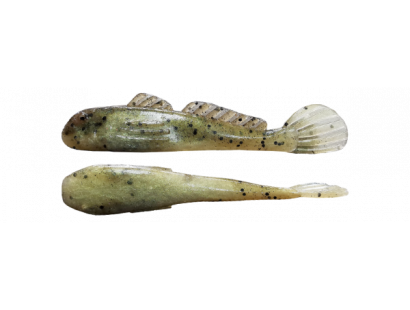 https://hooklineandsinker.ca/wp-content/uploads/2022/01/Goliath-Goby-Lake-Simcoe-Goby-G016-020-410x310-1.png
310
410
HLSAdmin
https://hooklineandsinker.ca/wp-content/uploads/2014/12/Steelheading-in-the-Snow-900-80-Not-Faded-Actual-1030x91.jpg
HLSAdmin2022-01-27 21:13:202022-03-18 17:10:31Grumpy Bait Company Goliath Goby
https://hooklineandsinker.ca/wp-content/uploads/2022/01/Goliath-Goby-Lake-Simcoe-Goby-G016-020-410x310-1.png
310
410
HLSAdmin
https://hooklineandsinker.ca/wp-content/uploads/2014/12/Steelheading-in-the-Snow-900-80-Not-Faded-Actual-1030x91.jpg
HLSAdmin2022-01-27 21:13:202022-03-18 17:10:31Grumpy Bait Company Goliath Goby https://hooklineandsinker.ca/wp-content/uploads/2021/04/Mother-Nature-Lure-Company.jpg
153
151
HLSAdmin
https://hooklineandsinker.ca/wp-content/uploads/2014/12/Steelheading-in-the-Snow-900-80-Not-Faded-Actual-1030x91.jpg
HLSAdmin2021-04-02 12:30:572021-04-02 12:30:57Mother Nature Lure Co.
https://hooklineandsinker.ca/wp-content/uploads/2021/04/Mother-Nature-Lure-Company.jpg
153
151
HLSAdmin
https://hooklineandsinker.ca/wp-content/uploads/2014/12/Steelheading-in-the-Snow-900-80-Not-Faded-Actual-1030x91.jpg
HLSAdmin2021-04-02 12:30:572021-04-02 12:30:57Mother Nature Lure Co.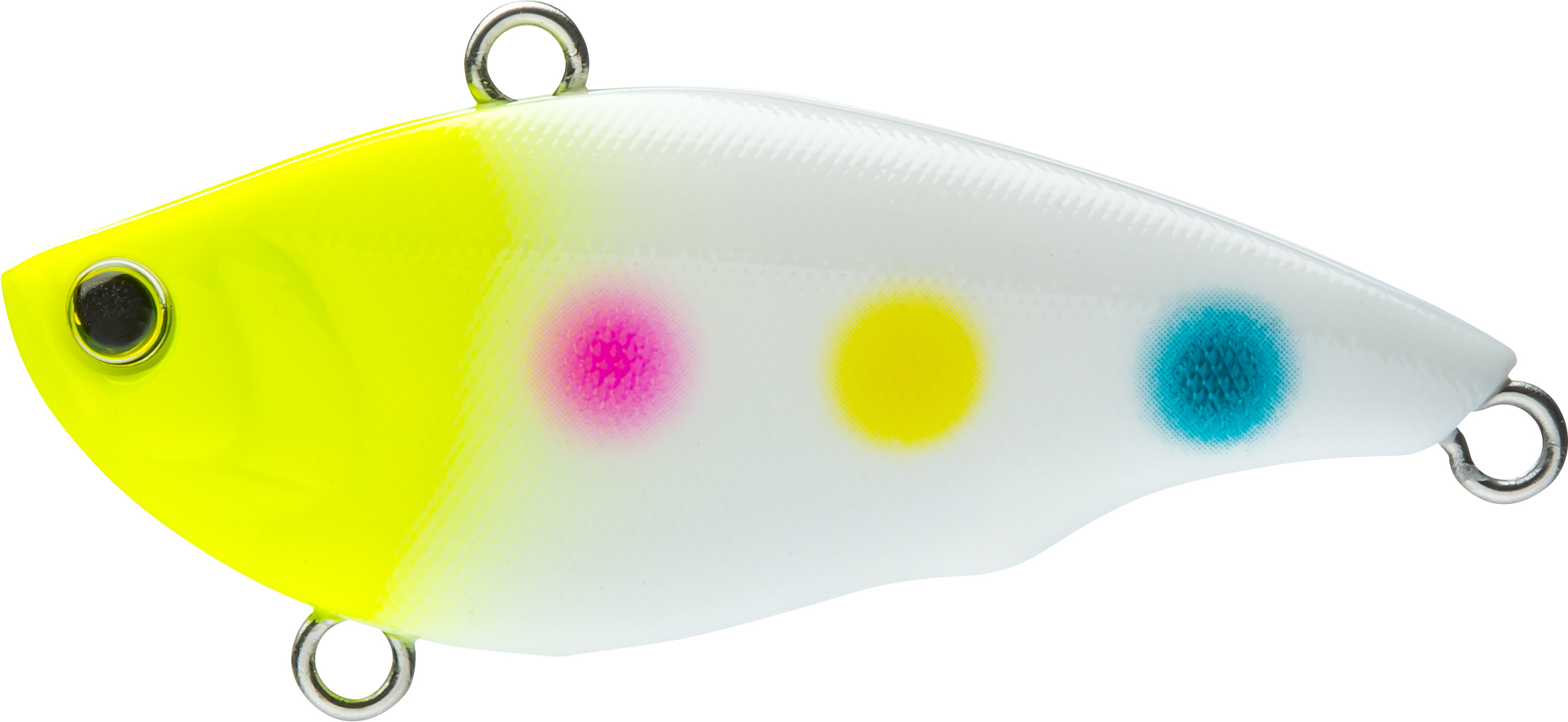 https://hooklineandsinker.ca/wp-content/uploads/2021/02/Yo-Zuri-Rattln-Vibe-Mini-A.jpg
967
2101
HLSAdmin
https://hooklineandsinker.ca/wp-content/uploads/2014/12/Steelheading-in-the-Snow-900-80-Not-Faded-Actual-1030x91.jpg
HLSAdmin2021-02-13 21:13:292021-02-13 21:13:29Yo-Zuri Rattl’n Vibe Mini
https://hooklineandsinker.ca/wp-content/uploads/2021/02/Yo-Zuri-Rattln-Vibe-Mini-A.jpg
967
2101
HLSAdmin
https://hooklineandsinker.ca/wp-content/uploads/2014/12/Steelheading-in-the-Snow-900-80-Not-Faded-Actual-1030x91.jpg
HLSAdmin2021-02-13 21:13:292021-02-13 21:13:29Yo-Zuri Rattl’n Vibe Mini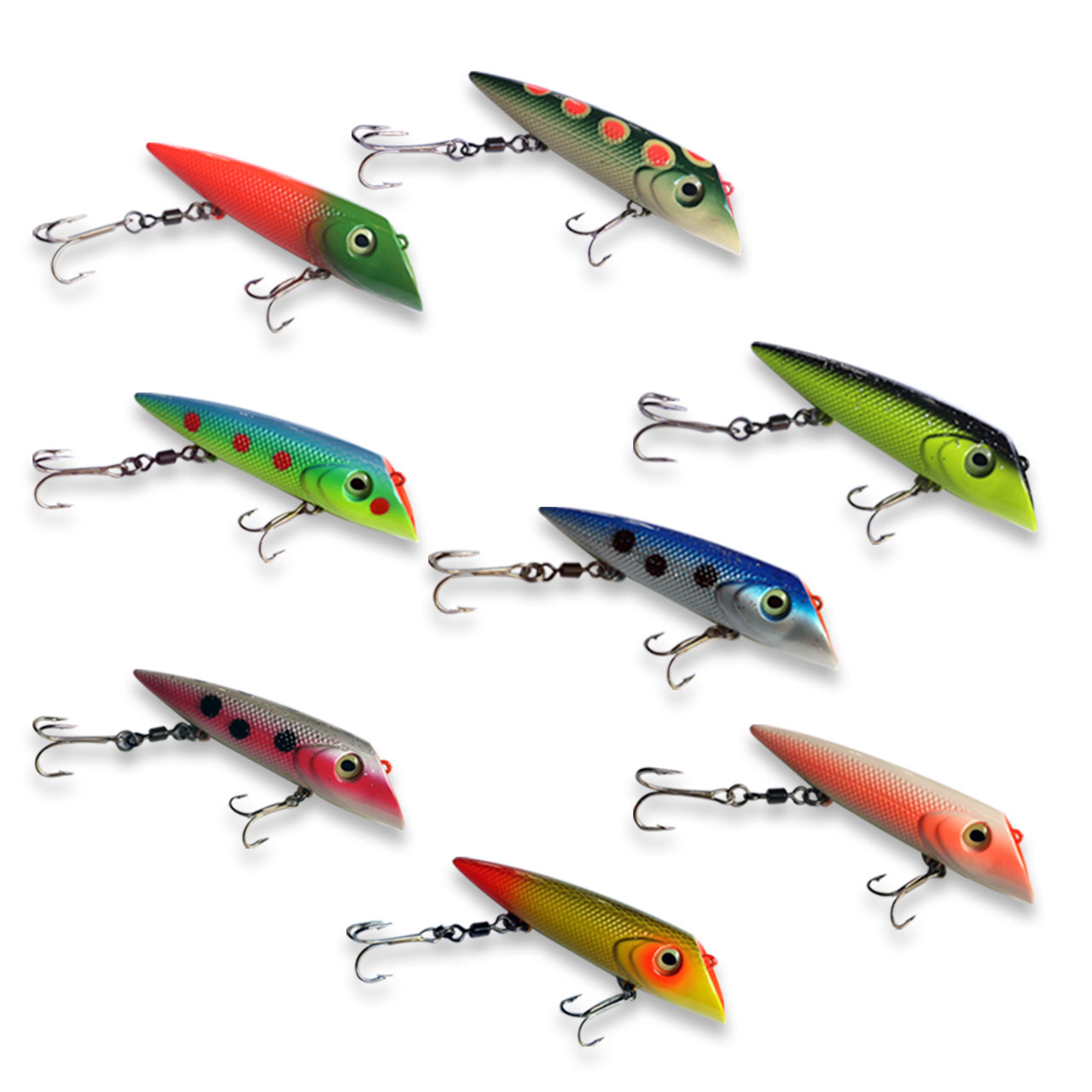 https://hooklineandsinker.ca/wp-content/uploads/2021/02/New-8-Lures-4inch-dec20.jpg
1280
1280
HLSAdmin
https://hooklineandsinker.ca/wp-content/uploads/2014/12/Steelheading-in-the-Snow-900-80-Not-Faded-Actual-1030x91.jpg
HLSAdmin2021-02-12 21:52:172021-02-12 21:53:15Lyman Lures – NEW 2021 Colours!
https://hooklineandsinker.ca/wp-content/uploads/2021/02/New-8-Lures-4inch-dec20.jpg
1280
1280
HLSAdmin
https://hooklineandsinker.ca/wp-content/uploads/2014/12/Steelheading-in-the-Snow-900-80-Not-Faded-Actual-1030x91.jpg
HLSAdmin2021-02-12 21:52:172021-02-12 21:53:15Lyman Lures – NEW 2021 Colours! https://hooklineandsinker.ca/wp-content/uploads/2021/02/Anglers-Choice-3-Inch-Ned-Hawg-A.jpg
224
432
HLSAdmin
https://hooklineandsinker.ca/wp-content/uploads/2014/12/Steelheading-in-the-Snow-900-80-Not-Faded-Actual-1030x91.jpg
HLSAdmin2021-02-07 21:09:552021-02-07 21:16:08Angler’s Choice 3.75″ Ned Hawg
https://hooklineandsinker.ca/wp-content/uploads/2021/02/Anglers-Choice-3-Inch-Ned-Hawg-A.jpg
224
432
HLSAdmin
https://hooklineandsinker.ca/wp-content/uploads/2014/12/Steelheading-in-the-Snow-900-80-Not-Faded-Actual-1030x91.jpg
HLSAdmin2021-02-07 21:09:552021-02-07 21:16:08Angler’s Choice 3.75″ Ned Hawg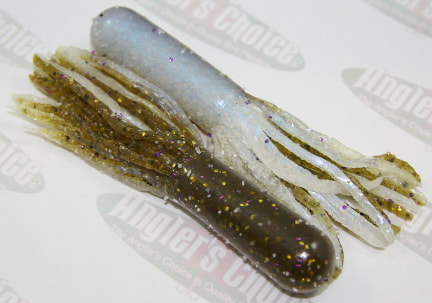 https://hooklineandsinker.ca/wp-content/uploads/2021/02/Anglers-Choice-3-75-Tube.jpg
303
432
HLSAdmin
https://hooklineandsinker.ca/wp-content/uploads/2014/12/Steelheading-in-the-Snow-900-80-Not-Faded-Actual-1030x91.jpg
HLSAdmin2021-02-07 21:20:532021-02-07 21:21:31Angler’s Choice 3.75″ Tube
https://hooklineandsinker.ca/wp-content/uploads/2021/02/Anglers-Choice-3-75-Tube.jpg
303
432
HLSAdmin
https://hooklineandsinker.ca/wp-content/uploads/2014/12/Steelheading-in-the-Snow-900-80-Not-Faded-Actual-1030x91.jpg
HLSAdmin2021-02-07 21:20:532021-02-07 21:21:31Angler’s Choice 3.75″ Tube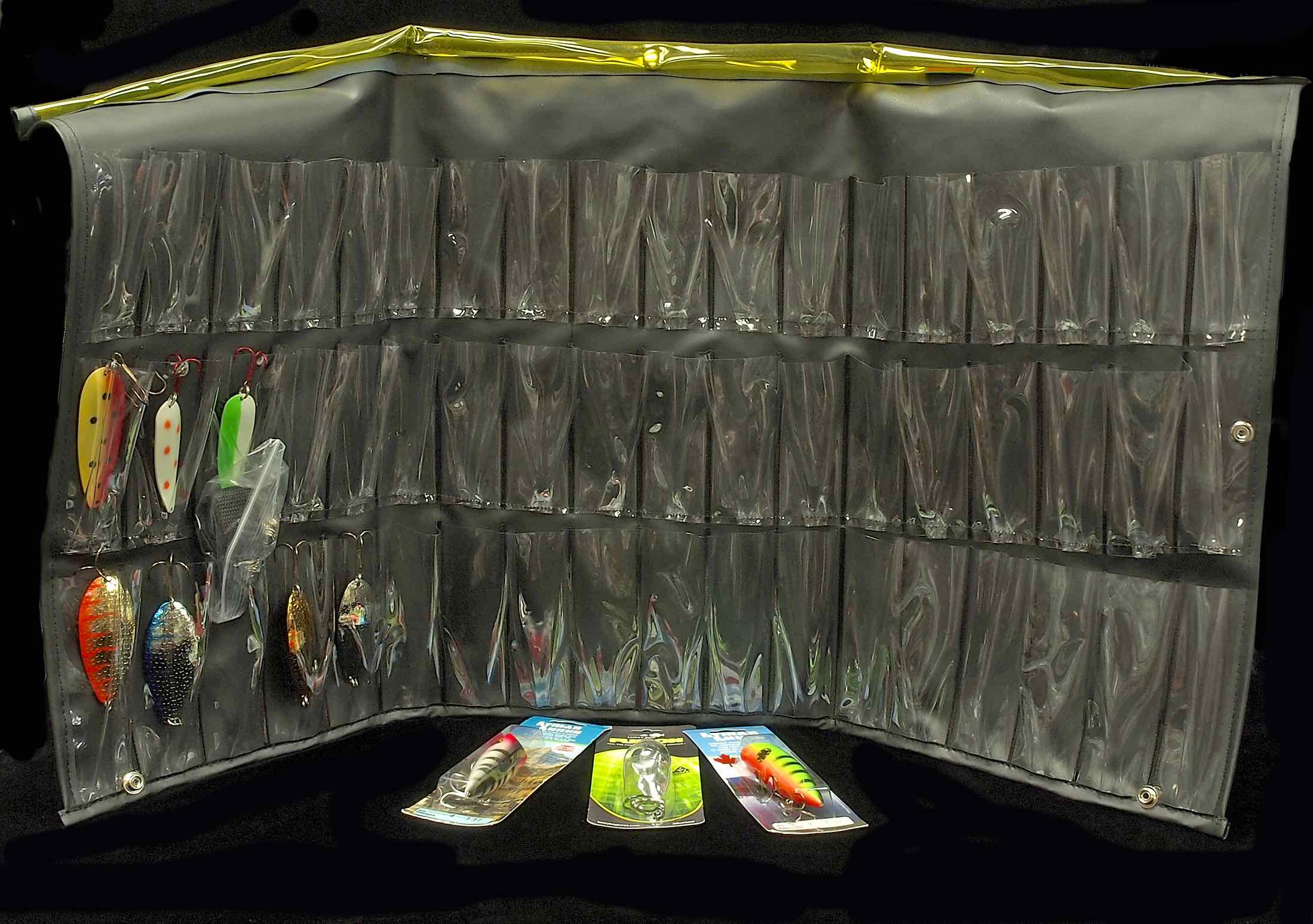 https://hooklineandsinker.ca/wp-content/uploads/2015/09/Snap-On-Boat-Salmon-Spoon-and-Plug-Lure-Storage-Bag-Pouch-A-BB.jpg
1547
2198
HLSAdmin
https://hooklineandsinker.ca/wp-content/uploads/2014/12/Steelheading-in-the-Snow-900-80-Not-Faded-Actual-1030x91.jpg
HLSAdmin2015-09-11 00:01:462018-01-10 22:48:03Spoon, Plug & Assorted Lure Storage Bag / Pouch.
https://hooklineandsinker.ca/wp-content/uploads/2015/09/Snap-On-Boat-Salmon-Spoon-and-Plug-Lure-Storage-Bag-Pouch-A-BB.jpg
1547
2198
HLSAdmin
https://hooklineandsinker.ca/wp-content/uploads/2014/12/Steelheading-in-the-Snow-900-80-Not-Faded-Actual-1030x91.jpg
HLSAdmin2015-09-11 00:01:462018-01-10 22:48:03Spoon, Plug & Assorted Lure Storage Bag / Pouch.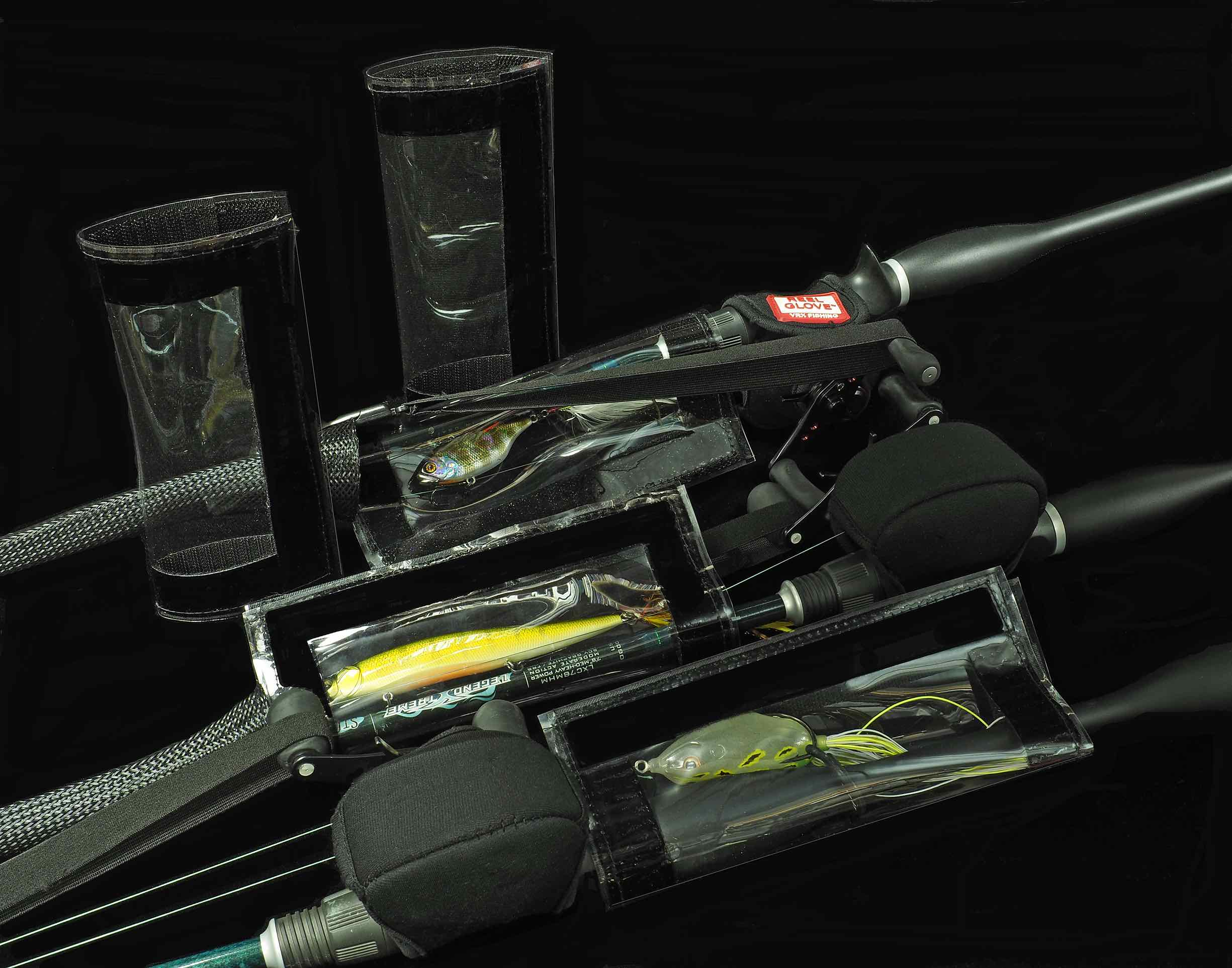 https://hooklineandsinker.ca/wp-content/uploads/2017/09/Custom-HLS-Hook-Resistant-Durable-PVC-Clear-Lure-Wrap-AA.jpg
1925
2450
HLSAdmin
https://hooklineandsinker.ca/wp-content/uploads/2014/12/Steelheading-in-the-Snow-900-80-Not-Faded-Actual-1030x91.jpg
HLSAdmin2017-09-03 00:12:422017-09-09 21:46:27Custom HLS Hook Resistant Durable PVC Clear Lure Wrap
https://hooklineandsinker.ca/wp-content/uploads/2017/09/Custom-HLS-Hook-Resistant-Durable-PVC-Clear-Lure-Wrap-AA.jpg
1925
2450
HLSAdmin
https://hooklineandsinker.ca/wp-content/uploads/2014/12/Steelheading-in-the-Snow-900-80-Not-Faded-Actual-1030x91.jpg
HLSAdmin2017-09-03 00:12:422017-09-09 21:46:27Custom HLS Hook Resistant Durable PVC Clear Lure Wrap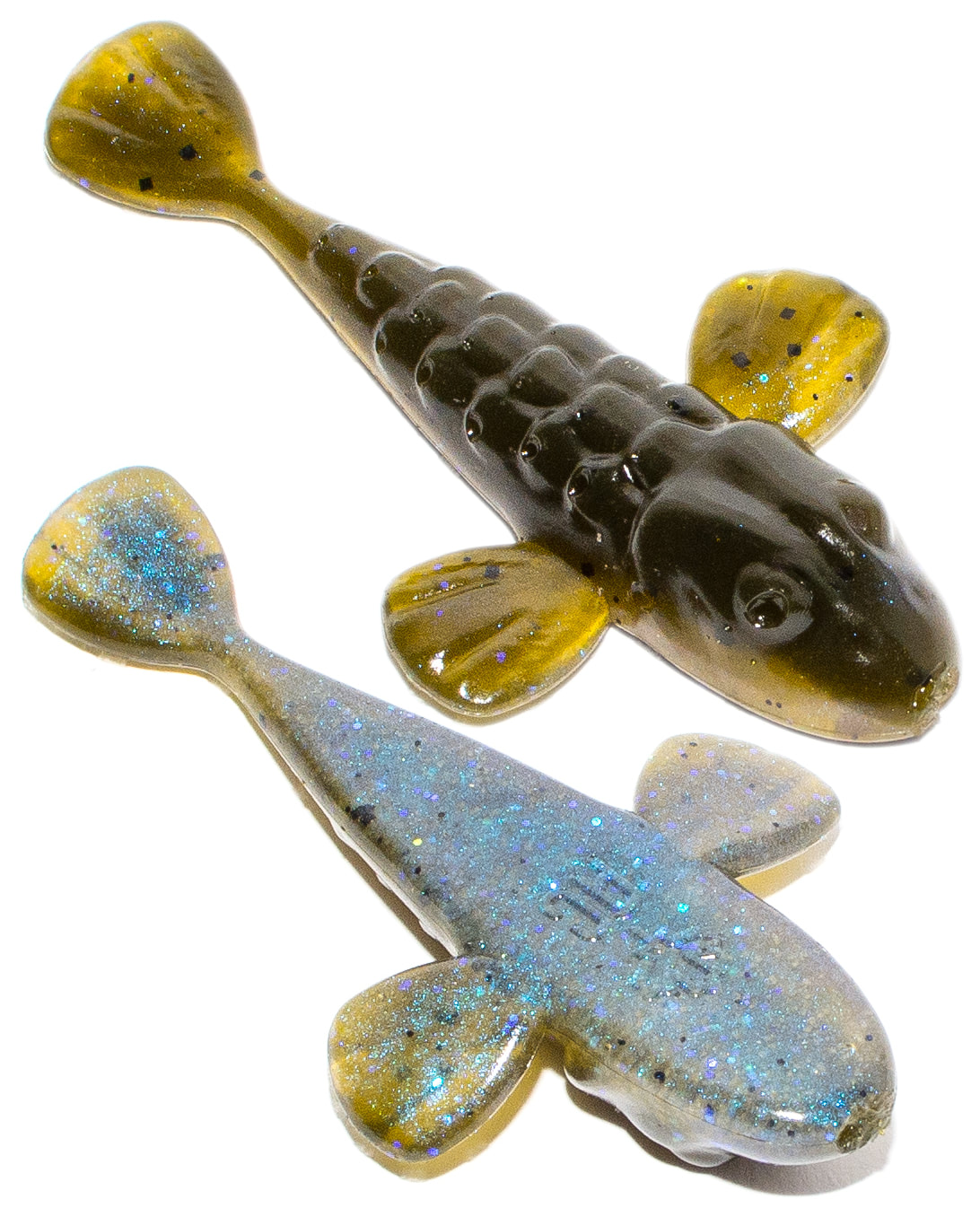 https://hooklineandsinker.ca/wp-content/uploads/2021/02/Anglers-Choice-3-Inch-Ridgeback-Goby.jpg
1356
1092
HLSAdmin
https://hooklineandsinker.ca/wp-content/uploads/2014/12/Steelheading-in-the-Snow-900-80-Not-Faded-Actual-1030x91.jpg
HLSAdmin2021-02-07 21:02:002021-02-07 21:21:11Angler’s Choice 3″ Ridgeback Goby
https://hooklineandsinker.ca/wp-content/uploads/2021/02/Anglers-Choice-3-Inch-Ridgeback-Goby.jpg
1356
1092
HLSAdmin
https://hooklineandsinker.ca/wp-content/uploads/2014/12/Steelheading-in-the-Snow-900-80-Not-Faded-Actual-1030x91.jpg
HLSAdmin2021-02-07 21:02:002021-02-07 21:21:11Angler’s Choice 3″ Ridgeback Goby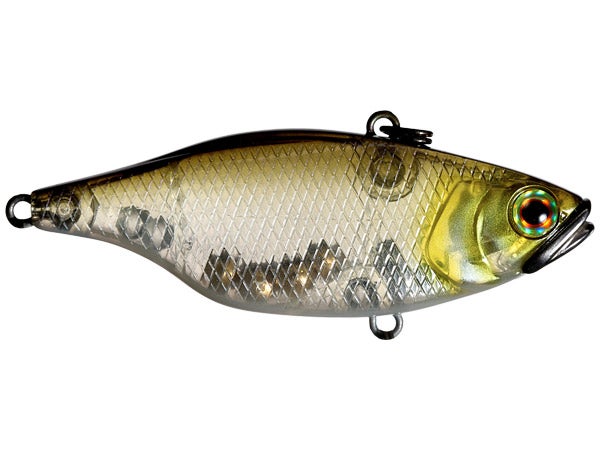 https://hooklineandsinker.ca/wp-content/uploads/2020/11/Jackall-TN50-Lipless-Crank-B.jpg
450
600
HLSAdmin
https://hooklineandsinker.ca/wp-content/uploads/2014/12/Steelheading-in-the-Snow-900-80-Not-Faded-Actual-1030x91.jpg
HLSAdmin2020-11-25 22:02:412020-11-25 22:02:41Jackall TN50 Lipless Crankbait
https://hooklineandsinker.ca/wp-content/uploads/2020/11/Jackall-TN50-Lipless-Crank-B.jpg
450
600
HLSAdmin
https://hooklineandsinker.ca/wp-content/uploads/2014/12/Steelheading-in-the-Snow-900-80-Not-Faded-Actual-1030x91.jpg
HLSAdmin2020-11-25 22:02:412020-11-25 22:02:41Jackall TN50 Lipless Crankbait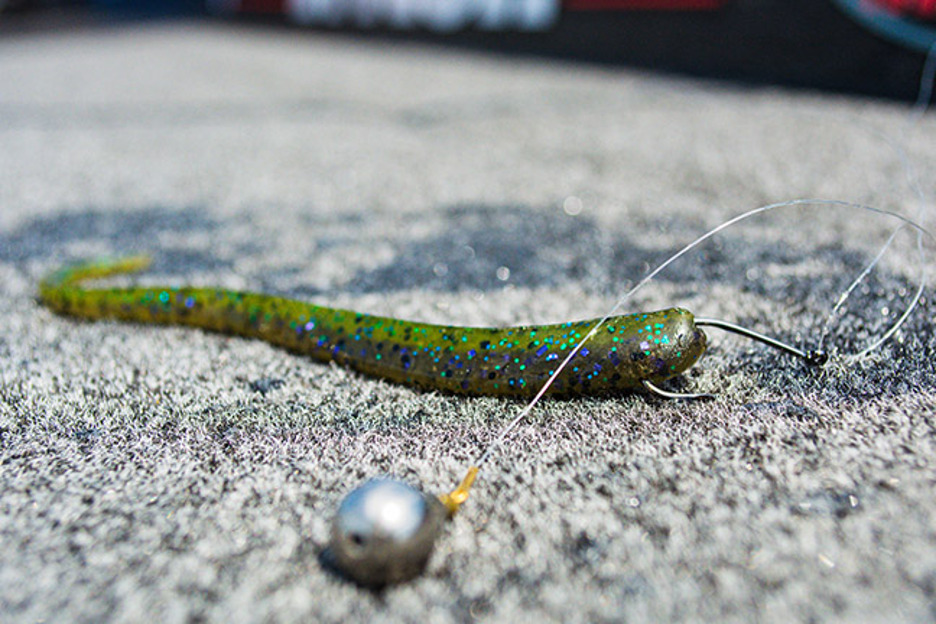 https://hooklineandsinker.ca/wp-content/uploads/2020/10/Z-Man-Long-ShotZ-A.jpg
624
936
HLSAdmin
https://hooklineandsinker.ca/wp-content/uploads/2014/12/Steelheading-in-the-Snow-900-80-Not-Faded-Actual-1030x91.jpg
HLSAdmin2020-10-12 13:48:352020-10-12 13:49:26Z-Man Long ShotZ
https://hooklineandsinker.ca/wp-content/uploads/2020/10/Z-Man-Long-ShotZ-A.jpg
624
936
HLSAdmin
https://hooklineandsinker.ca/wp-content/uploads/2014/12/Steelheading-in-the-Snow-900-80-Not-Faded-Actual-1030x91.jpg
HLSAdmin2020-10-12 13:48:352020-10-12 13:49:26Z-Man Long ShotZ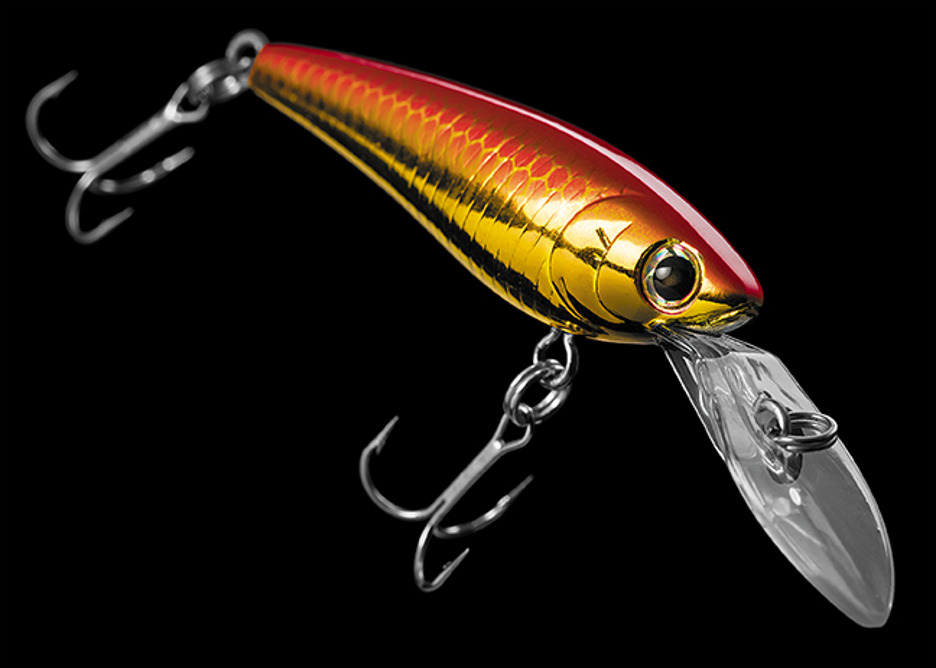 https://hooklineandsinker.ca/wp-content/uploads/2020/09/Daiwa-SC-Shad-A.jpg
668
936
HLSAdmin
https://hooklineandsinker.ca/wp-content/uploads/2014/12/Steelheading-in-the-Snow-900-80-Not-Faded-Actual-1030x91.jpg
HLSAdmin2020-09-07 18:04:242020-09-07 18:04:24Daiwa SC Shad
https://hooklineandsinker.ca/wp-content/uploads/2020/09/Daiwa-SC-Shad-A.jpg
668
936
HLSAdmin
https://hooklineandsinker.ca/wp-content/uploads/2014/12/Steelheading-in-the-Snow-900-80-Not-Faded-Actual-1030x91.jpg
HLSAdmin2020-09-07 18:04:242020-09-07 18:04:24Daiwa SC Shad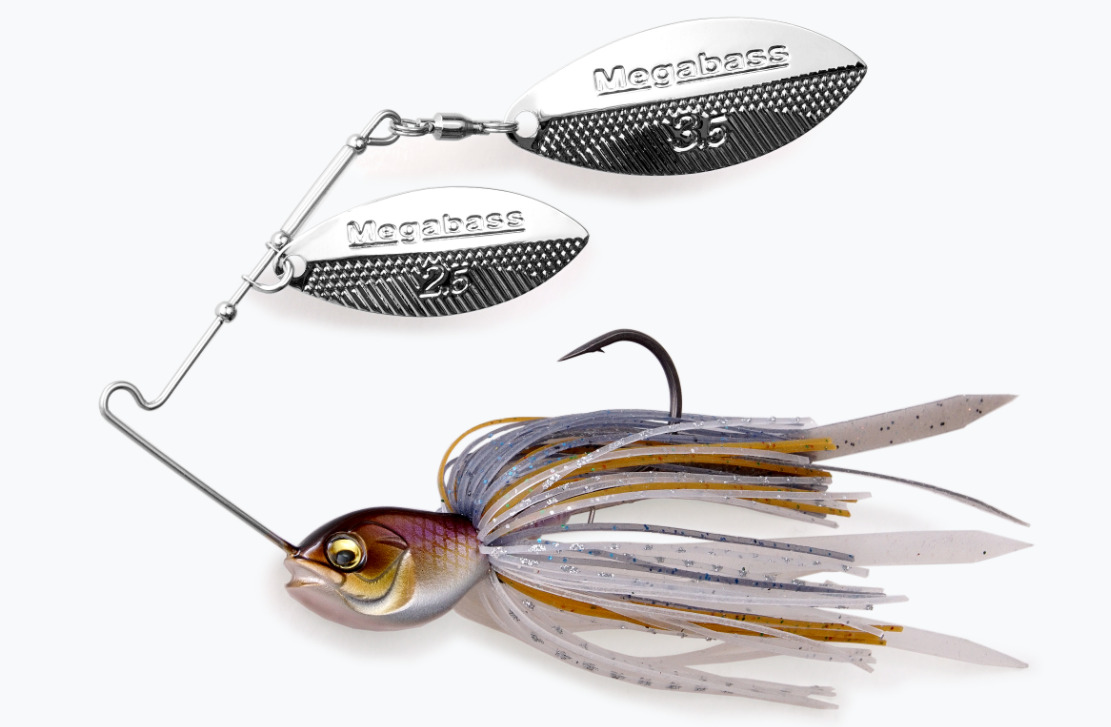 https://hooklineandsinker.ca/wp-content/uploads/2020/08/Megabass-SV-3-Spinnerbait-C.jpg
727
1111
HLSAdmin
https://hooklineandsinker.ca/wp-content/uploads/2014/12/Steelheading-in-the-Snow-900-80-Not-Faded-Actual-1030x91.jpg
HLSAdmin2020-08-30 19:13:232020-08-30 19:13:23Megabass SV-3 Spinnerbait
https://hooklineandsinker.ca/wp-content/uploads/2020/08/Megabass-SV-3-Spinnerbait-C.jpg
727
1111
HLSAdmin
https://hooklineandsinker.ca/wp-content/uploads/2014/12/Steelheading-in-the-Snow-900-80-Not-Faded-Actual-1030x91.jpg
HLSAdmin2020-08-30 19:13:232020-08-30 19:13:23Megabass SV-3 Spinnerbait https://hooklineandsinker.ca/wp-content/uploads/2020/08/Z-Man-6-inch-DarterZ-B.png
398
936
HLSAdmin
https://hooklineandsinker.ca/wp-content/uploads/2014/12/Steelheading-in-the-Snow-900-80-Not-Faded-Actual-1030x91.jpg
HLSAdmin2020-08-25 21:17:362020-08-25 21:17:36Z-Man 6-inch DarterZ
https://hooklineandsinker.ca/wp-content/uploads/2020/08/Z-Man-6-inch-DarterZ-B.png
398
936
HLSAdmin
https://hooklineandsinker.ca/wp-content/uploads/2014/12/Steelheading-in-the-Snow-900-80-Not-Faded-Actual-1030x91.jpg
HLSAdmin2020-08-25 21:17:362020-08-25 21:17:36Z-Man 6-inch DarterZ https://hooklineandsinker.ca/wp-content/uploads/2020/10/Megabass-vision_oneten_plus1_jrusa_18_glx_northern_secret-scaled.jpg
549
2560
HLSAdmin
https://hooklineandsinker.ca/wp-content/uploads/2014/12/Steelheading-in-the-Snow-900-80-Not-Faded-Actual-1030x91.jpg
HLSAdmin2020-10-15 23:12:002021-07-20 20:10:46Megabass VISION 110 ONETEN+1 Jr. Jerkbait – GLX NORTHERN SECRET
https://hooklineandsinker.ca/wp-content/uploads/2020/10/Megabass-vision_oneten_plus1_jrusa_18_glx_northern_secret-scaled.jpg
549
2560
HLSAdmin
https://hooklineandsinker.ca/wp-content/uploads/2014/12/Steelheading-in-the-Snow-900-80-Not-Faded-Actual-1030x91.jpg
HLSAdmin2020-10-15 23:12:002021-07-20 20:10:46Megabass VISION 110 ONETEN+1 Jr. Jerkbait – GLX NORTHERN SECRET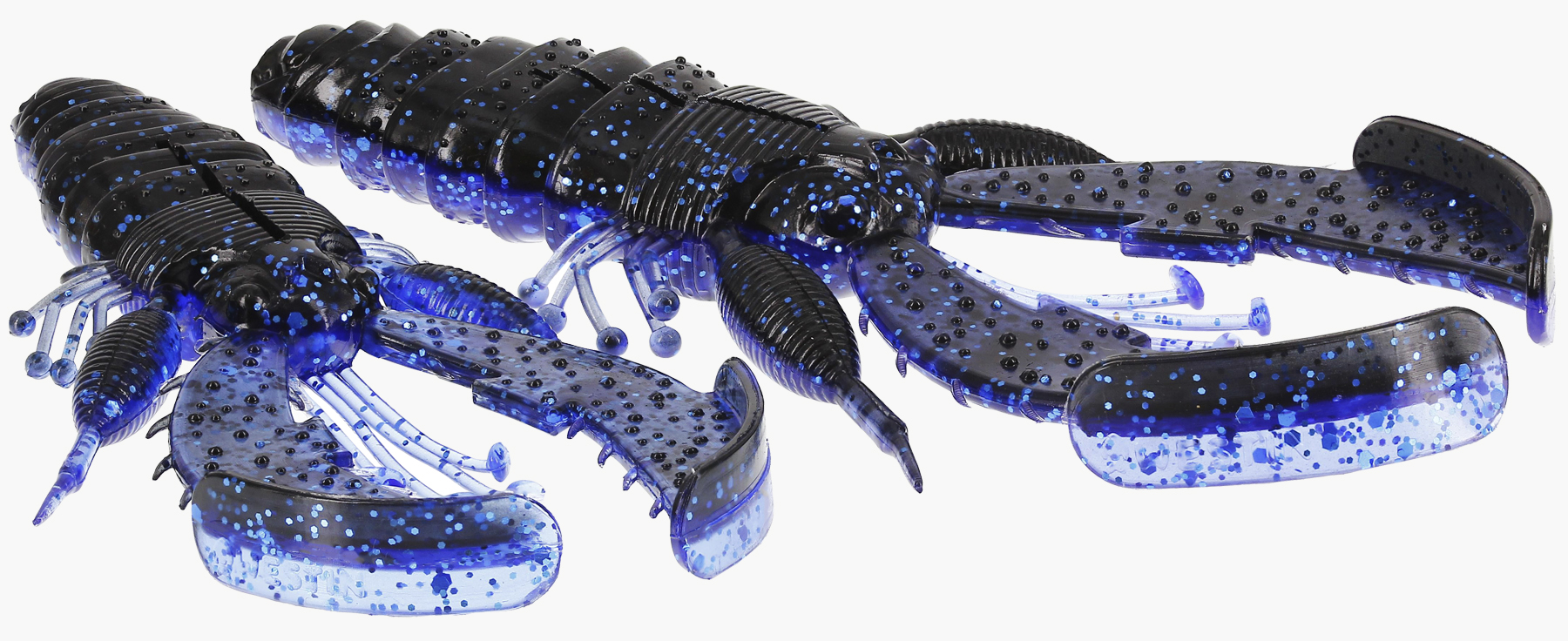 https://hooklineandsinker.ca/wp-content/uploads/2020/08/Westin-CreCraw-B.jpg
736
1800
HLSAdmin
https://hooklineandsinker.ca/wp-content/uploads/2014/12/Steelheading-in-the-Snow-900-80-Not-Faded-Actual-1030x91.jpg
HLSAdmin2020-08-19 19:04:562020-08-19 19:04:56COMING SOON! – Westin CreCraw
https://hooklineandsinker.ca/wp-content/uploads/2020/08/Westin-CreCraw-B.jpg
736
1800
HLSAdmin
https://hooklineandsinker.ca/wp-content/uploads/2014/12/Steelheading-in-the-Snow-900-80-Not-Faded-Actual-1030x91.jpg
HLSAdmin2020-08-19 19:04:562020-08-19 19:04:56COMING SOON! – Westin CreCraw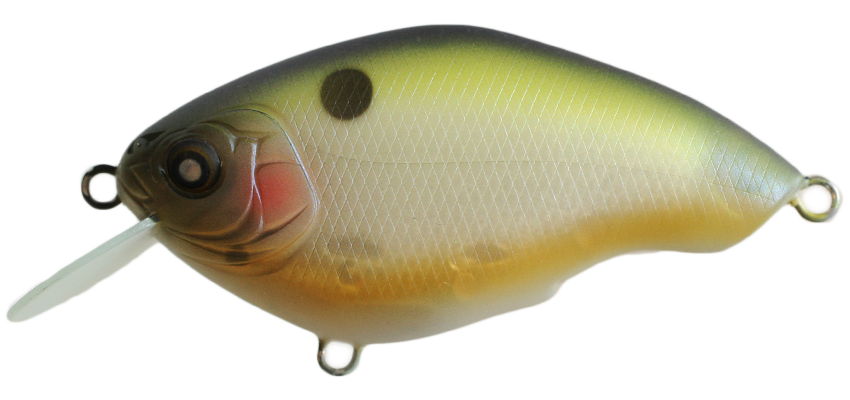 https://hooklineandsinker.ca/wp-content/uploads/2020/08/Nishine-Lure-Works-Chippawa-RB-Round-Bill-Basic-Model-Silent-Model-B.png
400
850
HLSAdmin
https://hooklineandsinker.ca/wp-content/uploads/2014/12/Steelheading-in-the-Snow-900-80-Not-Faded-Actual-1030x91.jpg
HLSAdmin2020-08-03 21:56:362020-08-03 22:08:23Nishine Lure Works Chippawa RB (Round Bill) – Basic Model & Silent Model
https://hooklineandsinker.ca/wp-content/uploads/2020/08/Nishine-Lure-Works-Chippawa-RB-Round-Bill-Basic-Model-Silent-Model-B.png
400
850
HLSAdmin
https://hooklineandsinker.ca/wp-content/uploads/2014/12/Steelheading-in-the-Snow-900-80-Not-Faded-Actual-1030x91.jpg
HLSAdmin2020-08-03 21:56:362020-08-03 22:08:23Nishine Lure Works Chippawa RB (Round Bill) – Basic Model & Silent Model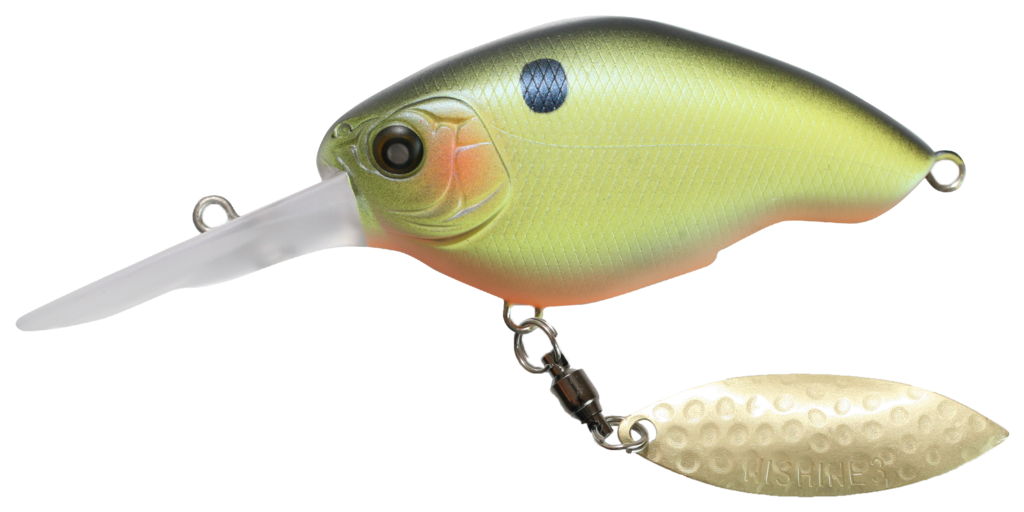 https://hooklineandsinker.ca/wp-content/uploads/2020/08/Nishine-Lure-Works-Chippawa-DD-Deep-Diving-Blade.png
512
1024
HLSAdmin
https://hooklineandsinker.ca/wp-content/uploads/2014/12/Steelheading-in-the-Snow-900-80-Not-Faded-Actual-1030x91.jpg
HLSAdmin2020-08-03 21:41:112020-08-03 22:08:00Nishine Lure Works Chippawa DD (Deep Diving) – Blade
https://hooklineandsinker.ca/wp-content/uploads/2020/08/Nishine-Lure-Works-Chippawa-DD-Deep-Diving-Blade.png
512
1024
HLSAdmin
https://hooklineandsinker.ca/wp-content/uploads/2014/12/Steelheading-in-the-Snow-900-80-Not-Faded-Actual-1030x91.jpg
HLSAdmin2020-08-03 21:41:112020-08-03 22:08:00Nishine Lure Works Chippawa DD (Deep Diving) – Blade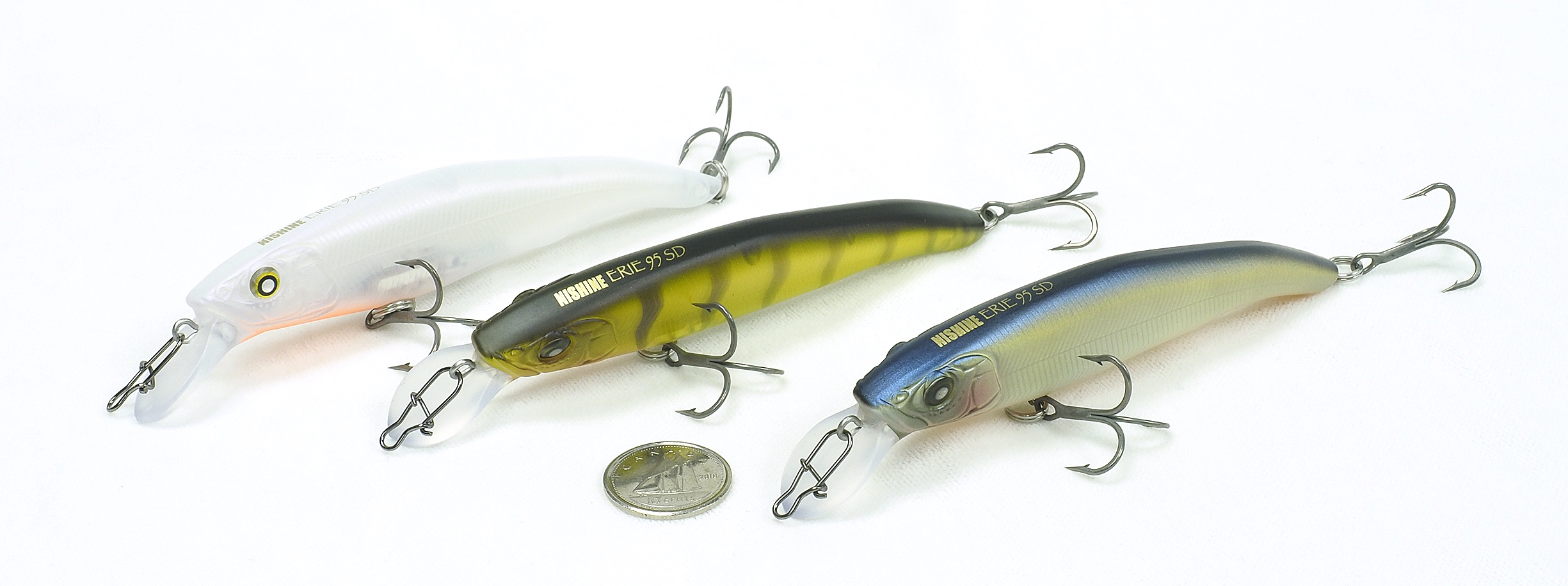 https://hooklineandsinker.ca/wp-content/uploads/2020/02/Nishine-Lure-Works-Erie-95SD-Jerkbait-EE.jpg
916
2450
HLSAdmin
https://hooklineandsinker.ca/wp-content/uploads/2014/12/Steelheading-in-the-Snow-900-80-Not-Faded-Actual-1030x91.jpg
HLSAdmin2020-08-03 21:32:332020-08-03 22:07:44Nishine Lure Works Erie 95SD
https://hooklineandsinker.ca/wp-content/uploads/2020/02/Nishine-Lure-Works-Erie-95SD-Jerkbait-EE.jpg
916
2450
HLSAdmin
https://hooklineandsinker.ca/wp-content/uploads/2014/12/Steelheading-in-the-Snow-900-80-Not-Faded-Actual-1030x91.jpg
HLSAdmin2020-08-03 21:32:332020-08-03 22:07:44Nishine Lure Works Erie 95SD https://hooklineandsinker.ca/wp-content/uploads/2020/08/Kevin-VanDam-Line-and-Lure-Conditioner.jpg
400
119
HLSAdmin
https://hooklineandsinker.ca/wp-content/uploads/2014/12/Steelheading-in-the-Snow-900-80-Not-Faded-Actual-1030x91.jpg
HLSAdmin2020-08-01 22:23:112020-08-04 20:58:13Kevin VanDam’s Line and Lure Conditioner
https://hooklineandsinker.ca/wp-content/uploads/2020/08/Kevin-VanDam-Line-and-Lure-Conditioner.jpg
400
119
HLSAdmin
https://hooklineandsinker.ca/wp-content/uploads/2014/12/Steelheading-in-the-Snow-900-80-Not-Faded-Actual-1030x91.jpg
HLSAdmin2020-08-01 22:23:112020-08-04 20:58:13Kevin VanDam’s Line and Lure Conditioner https://hooklineandsinker.ca/wp-content/uploads/2020/07/Googan-Baits-Saucy-Swimmer-A.png
1066
1600
HLSAdmin
https://hooklineandsinker.ca/wp-content/uploads/2014/12/Steelheading-in-the-Snow-900-80-Not-Faded-Actual-1030x91.jpg
HLSAdmin2020-07-27 21:18:222020-07-27 21:18:22Googan Baits Saucy Swimmer Swimbait
https://hooklineandsinker.ca/wp-content/uploads/2020/07/Googan-Baits-Saucy-Swimmer-A.png
1066
1600
HLSAdmin
https://hooklineandsinker.ca/wp-content/uploads/2014/12/Steelheading-in-the-Snow-900-80-Not-Faded-Actual-1030x91.jpg
HLSAdmin2020-07-27 21:18:222020-07-27 21:18:22Googan Baits Saucy Swimmer Swimbait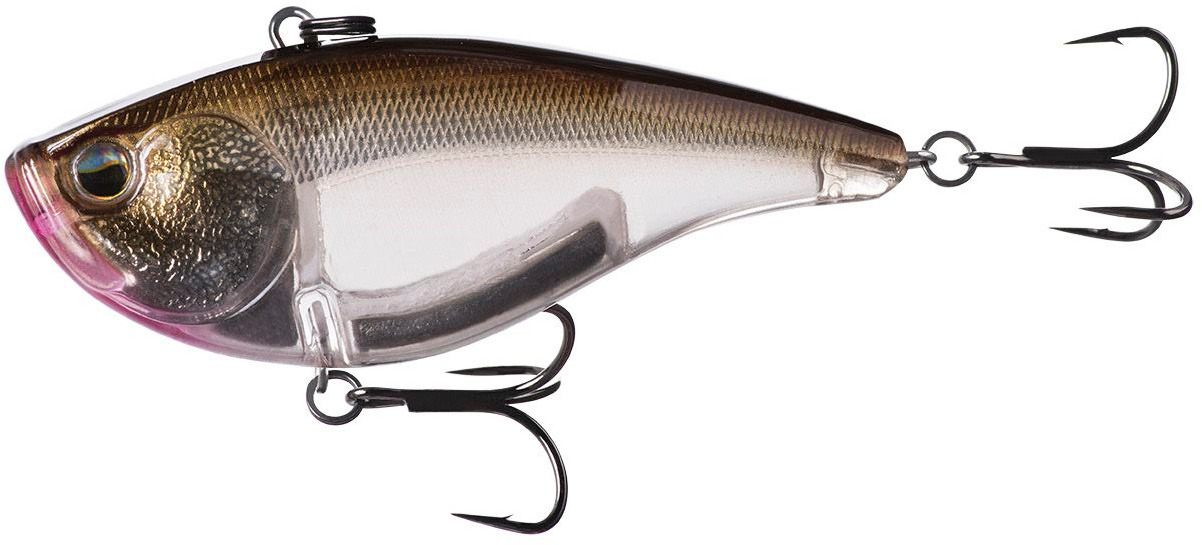 https://hooklineandsinker.ca/wp-content/uploads/2020/07/13-Fishing-Magic-Man-Multi-Pitch-Lipless-Crankbait-A.jpg
545
1202
HLSAdmin
https://hooklineandsinker.ca/wp-content/uploads/2014/12/Steelheading-in-the-Snow-900-80-Not-Faded-Actual-1030x91.jpg
HLSAdmin2020-07-27 19:58:122020-07-27 19:58:1213 Fishing Magic Man Multi Pitch Lipless Crankbait
https://hooklineandsinker.ca/wp-content/uploads/2020/07/13-Fishing-Magic-Man-Multi-Pitch-Lipless-Crankbait-A.jpg
545
1202
HLSAdmin
https://hooklineandsinker.ca/wp-content/uploads/2014/12/Steelheading-in-the-Snow-900-80-Not-Faded-Actual-1030x91.jpg
HLSAdmin2020-07-27 19:58:122020-07-27 19:58:1213 Fishing Magic Man Multi Pitch Lipless Crankbait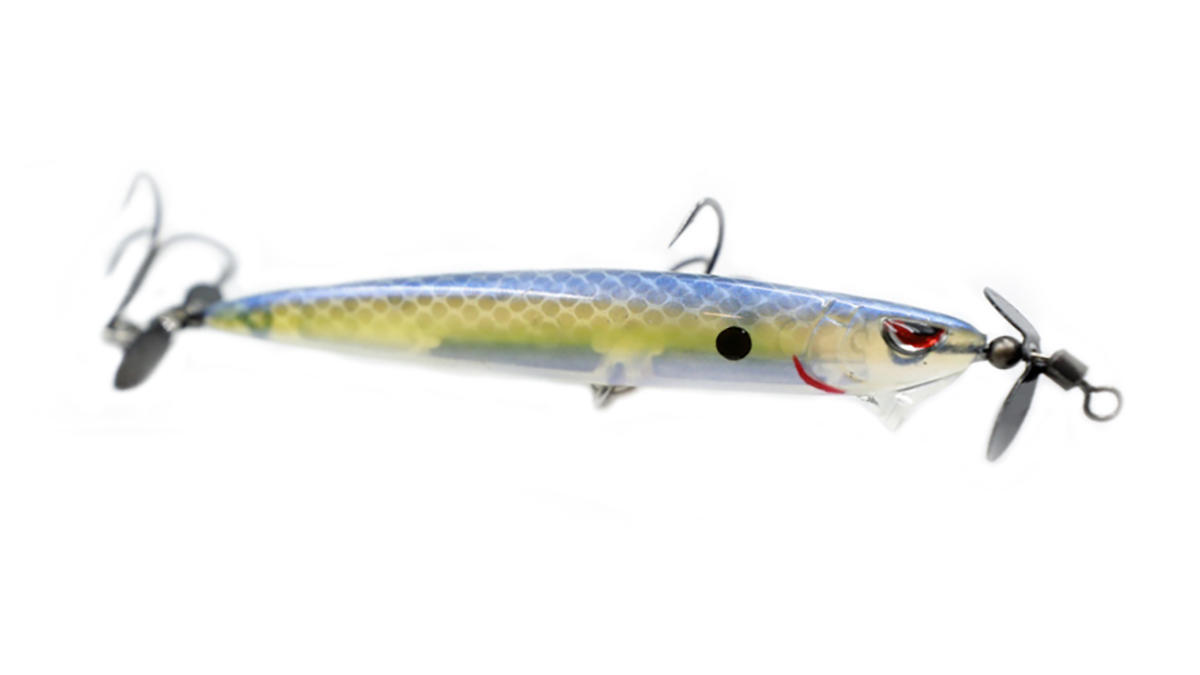 https://hooklineandsinker.ca/wp-content/uploads/2020/07/spro-spin-john-80-1.jpg
675
1200
HLSAdmin
https://hooklineandsinker.ca/wp-content/uploads/2014/12/Steelheading-in-the-Snow-900-80-Not-Faded-Actual-1030x91.jpg
HLSAdmin2020-07-27 19:40:572020-07-27 19:40:57Spro Spin John 80
https://hooklineandsinker.ca/wp-content/uploads/2020/07/spro-spin-john-80-1.jpg
675
1200
HLSAdmin
https://hooklineandsinker.ca/wp-content/uploads/2014/12/Steelheading-in-the-Snow-900-80-Not-Faded-Actual-1030x91.jpg
HLSAdmin2020-07-27 19:40:572020-07-27 19:40:57Spro Spin John 80 https://hooklineandsinker.ca/wp-content/uploads/2020/07/13-Fishing-Ninja-Craw-3-Ninja-Tail-Craw-A.png
533
599
HLSAdmin
https://hooklineandsinker.ca/wp-content/uploads/2014/12/Steelheading-in-the-Snow-900-80-Not-Faded-Actual-1030x91.jpg
HLSAdmin2020-07-27 19:24:452020-07-27 19:27:2513 Fishing Ninja Craw – 3″ Ninja Tail Craw
https://hooklineandsinker.ca/wp-content/uploads/2020/07/13-Fishing-Ninja-Craw-3-Ninja-Tail-Craw-A.png
533
599
HLSAdmin
https://hooklineandsinker.ca/wp-content/uploads/2014/12/Steelheading-in-the-Snow-900-80-Not-Faded-Actual-1030x91.jpg
HLSAdmin2020-07-27 19:24:452020-07-27 19:27:2513 Fishing Ninja Craw – 3″ Ninja Tail Craw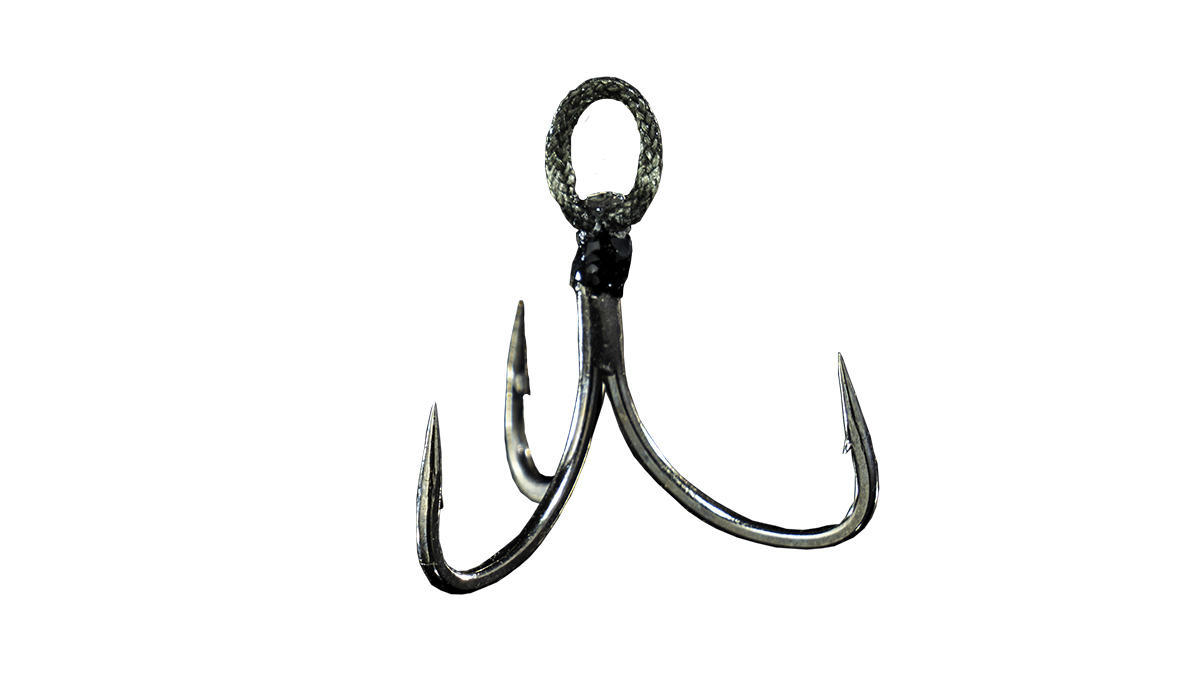 https://hooklineandsinker.ca/wp-content/uploads/2020/07/Savage-Gear-Savage-Grip-Treble.jpg
675
1200
HLSAdmin
https://hooklineandsinker.ca/wp-content/uploads/2014/12/Steelheading-in-the-Snow-900-80-Not-Faded-Actual-1030x91.jpg
HLSAdmin2020-07-20 21:42:542020-07-20 21:42:54Savage Gear Savage Grip Trebles
https://hooklineandsinker.ca/wp-content/uploads/2020/07/Savage-Gear-Savage-Grip-Treble.jpg
675
1200
HLSAdmin
https://hooklineandsinker.ca/wp-content/uploads/2014/12/Steelheading-in-the-Snow-900-80-Not-Faded-Actual-1030x91.jpg
HLSAdmin2020-07-20 21:42:542020-07-20 21:42:54Savage Gear Savage Grip Trebles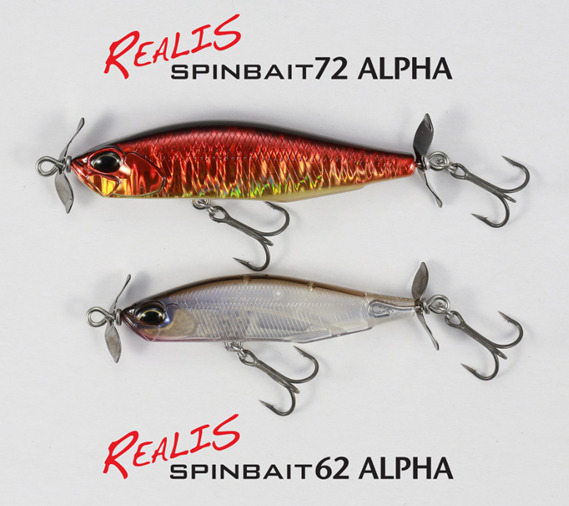 https://hooklineandsinker.ca/wp-content/uploads/2020/07/Duo-Realis-Spinbait-62-ALPHA.jpg
506
569
HLSAdmin
https://hooklineandsinker.ca/wp-content/uploads/2014/12/Steelheading-in-the-Snow-900-80-Not-Faded-Actual-1030x91.jpg
HLSAdmin2020-07-20 12:41:332020-07-20 12:41:33Duo Realis Spinbait 62 ALPHA
https://hooklineandsinker.ca/wp-content/uploads/2020/07/Duo-Realis-Spinbait-62-ALPHA.jpg
506
569
HLSAdmin
https://hooklineandsinker.ca/wp-content/uploads/2014/12/Steelheading-in-the-Snow-900-80-Not-Faded-Actual-1030x91.jpg
HLSAdmin2020-07-20 12:41:332020-07-20 12:41:33Duo Realis Spinbait 62 ALPHA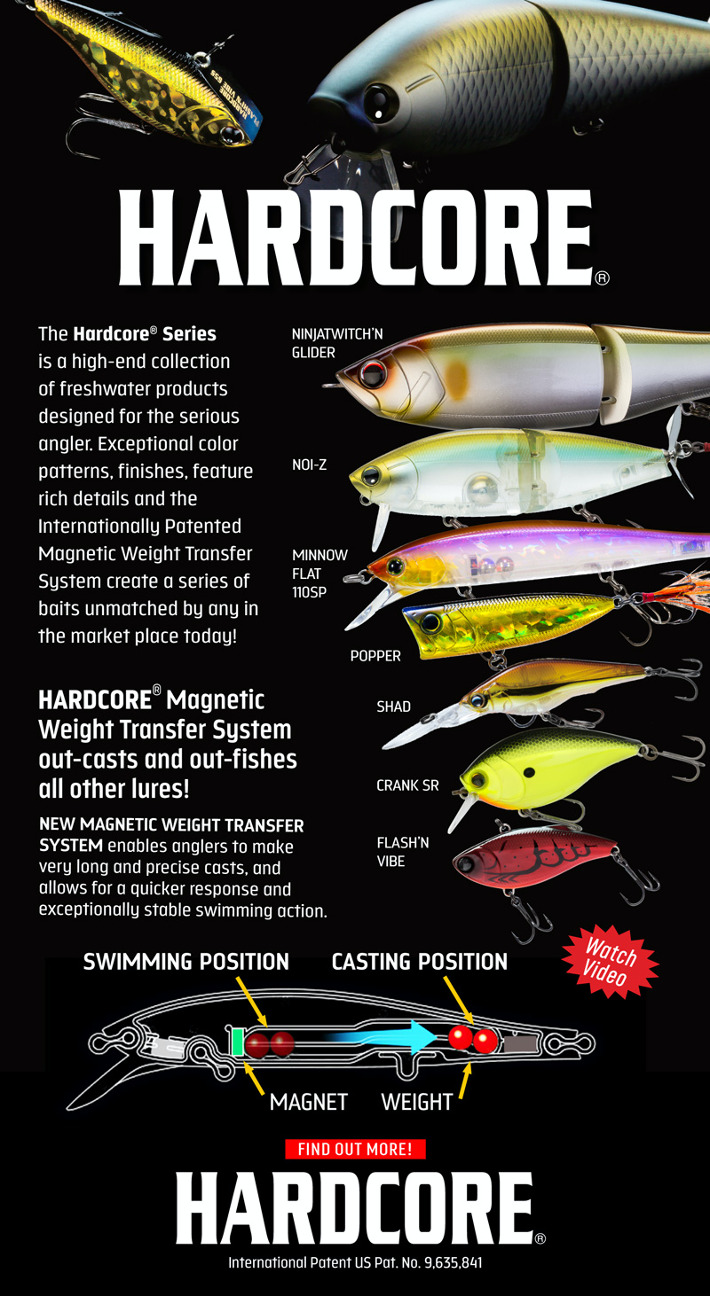 https://hooklineandsinker.ca/wp-content/uploads/2020/07/Yo-Zuri-Hardcore-Series-Baits.jpg
1296
710
HLSAdmin
https://hooklineandsinker.ca/wp-content/uploads/2014/12/Steelheading-in-the-Snow-900-80-Not-Faded-Actual-1030x91.jpg
HLSAdmin2020-07-15 23:26:382020-07-15 23:26:38Yo-Zuri Hardcore Series Baits
https://hooklineandsinker.ca/wp-content/uploads/2020/07/Yo-Zuri-Hardcore-Series-Baits.jpg
1296
710
HLSAdmin
https://hooklineandsinker.ca/wp-content/uploads/2014/12/Steelheading-in-the-Snow-900-80-Not-Faded-Actual-1030x91.jpg
HLSAdmin2020-07-15 23:26:382020-07-15 23:26:38Yo-Zuri Hardcore Series Baits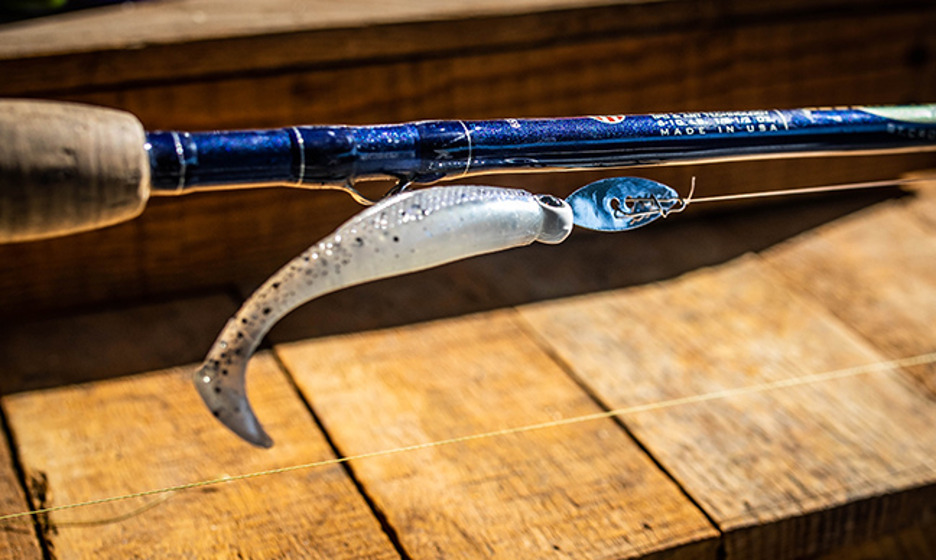 https://hooklineandsinker.ca/wp-content/uploads/2020/07/Z-Man-ChatterBait-WillowVibe-A.jpg
560
936
HLSAdmin
https://hooklineandsinker.ca/wp-content/uploads/2014/12/Steelheading-in-the-Snow-900-80-Not-Faded-Actual-1030x91.jpg
HLSAdmin2020-07-14 22:07:522020-07-14 22:07:52Z-Man ChatterBait WillowVibe
https://hooklineandsinker.ca/wp-content/uploads/2020/07/Z-Man-ChatterBait-WillowVibe-A.jpg
560
936
HLSAdmin
https://hooklineandsinker.ca/wp-content/uploads/2014/12/Steelheading-in-the-Snow-900-80-Not-Faded-Actual-1030x91.jpg
HLSAdmin2020-07-14 22:07:522020-07-14 22:07:52Z-Man ChatterBait WillowVibe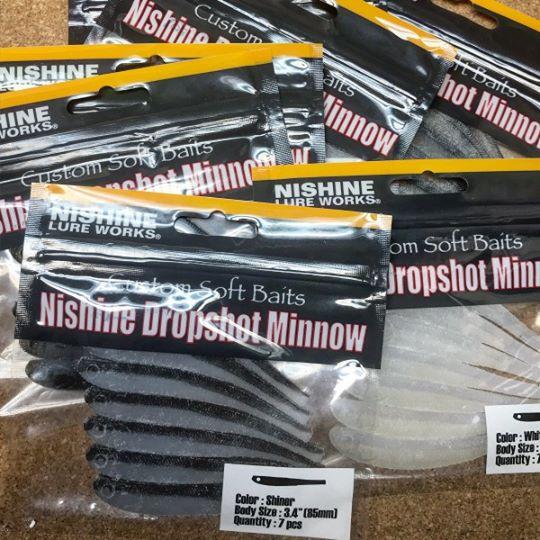 https://hooklineandsinker.ca/wp-content/uploads/2020/08/Nishine-Lure-Works-Ltd-Dropshot-Minnow-3-4-C.jpg
540
540
HLSAdmin
https://hooklineandsinker.ca/wp-content/uploads/2014/12/Steelheading-in-the-Snow-900-80-Not-Faded-Actual-1030x91.jpg
HLSAdmin2020-08-21 22:22:252020-09-29 22:50:56Nishine Lure Works Ltd. – Dropshot Minnow 3.4″
https://hooklineandsinker.ca/wp-content/uploads/2020/08/Nishine-Lure-Works-Ltd-Dropshot-Minnow-3-4-C.jpg
540
540
HLSAdmin
https://hooklineandsinker.ca/wp-content/uploads/2014/12/Steelheading-in-the-Snow-900-80-Not-Faded-Actual-1030x91.jpg
HLSAdmin2020-08-21 22:22:252020-09-29 22:50:56Nishine Lure Works Ltd. – Dropshot Minnow 3.4″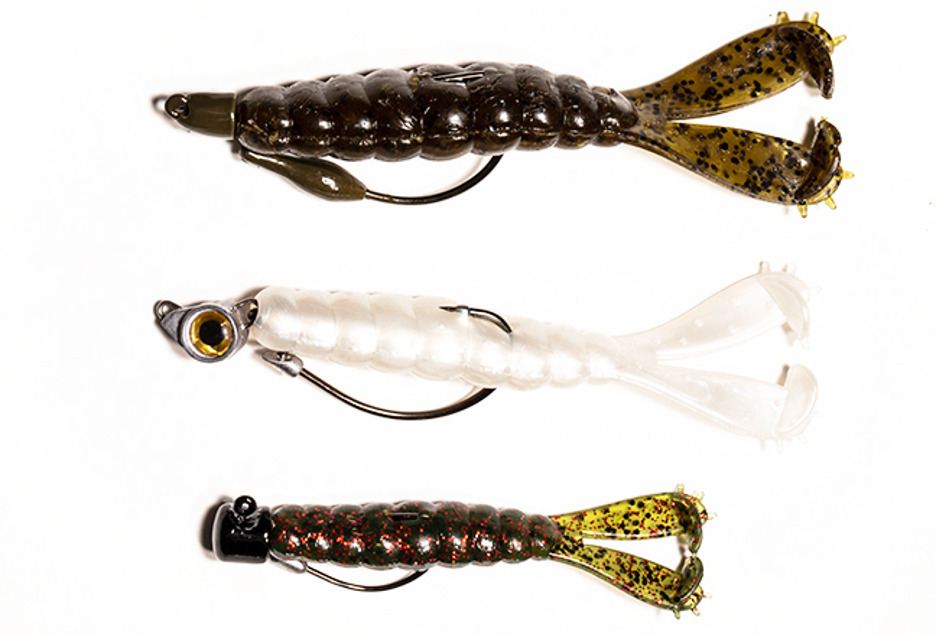 https://hooklineandsinker.ca/wp-content/uploads/2020/07/Z-Man-GOAT-Series-Baits-F.jpg
636
936
HLSAdmin
https://hooklineandsinker.ca/wp-content/uploads/2014/12/Steelheading-in-the-Snow-900-80-Not-Faded-Actual-1030x91.jpg
HLSAdmin2020-07-12 22:35:382020-07-29 19:16:58Z-Man GOAT Series Baits
https://hooklineandsinker.ca/wp-content/uploads/2020/07/Z-Man-GOAT-Series-Baits-F.jpg
636
936
HLSAdmin
https://hooklineandsinker.ca/wp-content/uploads/2014/12/Steelheading-in-the-Snow-900-80-Not-Faded-Actual-1030x91.jpg
HLSAdmin2020-07-12 22:35:382020-07-29 19:16:58Z-Man GOAT Series Baits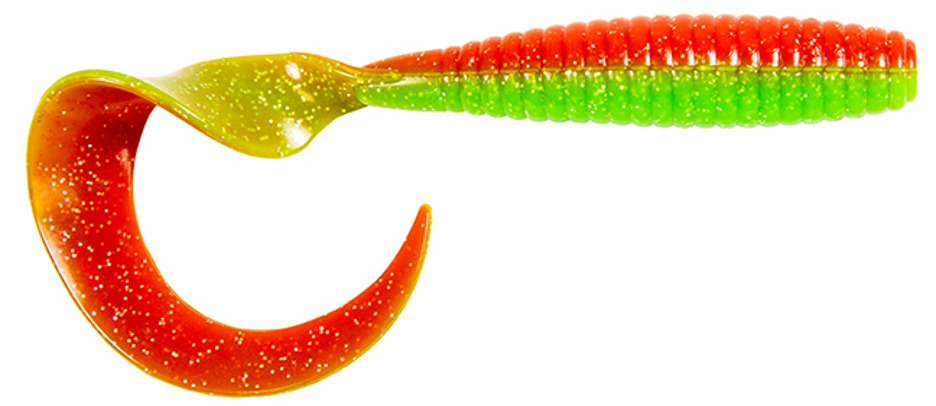 https://hooklineandsinker.ca/wp-content/uploads/2020/07/The-Z-Man-DoormatadorZ-B.jpg
406
936
HLSAdmin
https://hooklineandsinker.ca/wp-content/uploads/2014/12/Steelheading-in-the-Snow-900-80-Not-Faded-Actual-1030x91.jpg
HLSAdmin2020-07-10 21:35:512020-07-10 21:35:51Z-Man DoormatadorZ
https://hooklineandsinker.ca/wp-content/uploads/2020/07/The-Z-Man-DoormatadorZ-B.jpg
406
936
HLSAdmin
https://hooklineandsinker.ca/wp-content/uploads/2014/12/Steelheading-in-the-Snow-900-80-Not-Faded-Actual-1030x91.jpg
HLSAdmin2020-07-10 21:35:512020-07-10 21:35:51Z-Man DoormatadorZ https://hooklineandsinker.ca/wp-content/uploads/2021/04/Z-Man-Ned-Rig-Kit.jpg
648
382
HLSAdmin
https://hooklineandsinker.ca/wp-content/uploads/2014/12/Steelheading-in-the-Snow-900-80-Not-Faded-Actual-1030x91.jpg
HLSAdmin2021-04-21 18:57:022022-04-18 13:21:00Z-Man Ned Rig Kit
https://hooklineandsinker.ca/wp-content/uploads/2021/04/Z-Man-Ned-Rig-Kit.jpg
648
382
HLSAdmin
https://hooklineandsinker.ca/wp-content/uploads/2014/12/Steelheading-in-the-Snow-900-80-Not-Faded-Actual-1030x91.jpg
HLSAdmin2021-04-21 18:57:022022-04-18 13:21:00Z-Man Ned Rig Kit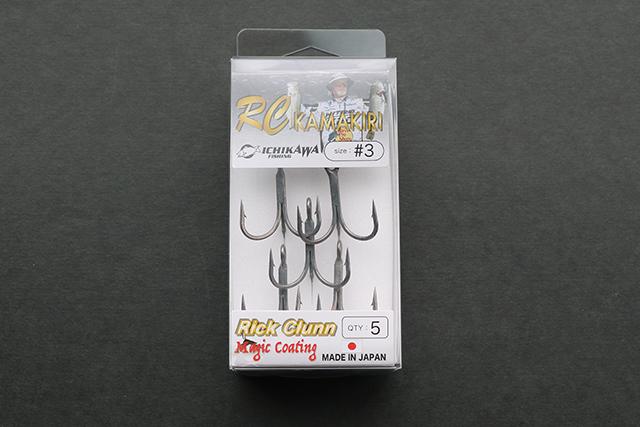 https://hooklineandsinker.ca/wp-content/uploads/2020/08/Nishine-Lure-Works-Ltd-Ichikawa-Fishing-HOOK-RC-KAMAKIRI-B.jpg
427
640
HLSAdmin
https://hooklineandsinker.ca/wp-content/uploads/2014/12/Steelheading-in-the-Snow-900-80-Not-Faded-Actual-1030x91.jpg
HLSAdmin2020-08-21 22:10:252020-09-29 22:51:44Nishine Lure Works Ltd. – Ichikawa Fishing Treble HOOK – RC Rick Clunn KAMAKIRI TREBLE HOOK
https://hooklineandsinker.ca/wp-content/uploads/2020/08/Nishine-Lure-Works-Ltd-Ichikawa-Fishing-HOOK-RC-KAMAKIRI-B.jpg
427
640
HLSAdmin
https://hooklineandsinker.ca/wp-content/uploads/2014/12/Steelheading-in-the-Snow-900-80-Not-Faded-Actual-1030x91.jpg
HLSAdmin2020-08-21 22:10:252020-09-29 22:51:44Nishine Lure Works Ltd. – Ichikawa Fishing Treble HOOK – RC Rick Clunn KAMAKIRI TREBLE HOOK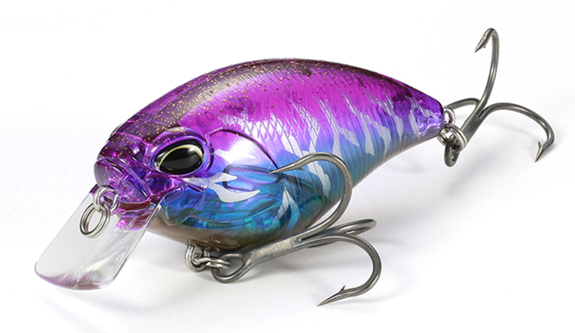 https://hooklineandsinker.ca/wp-content/uploads/2020/07/Duo-Realis-Apex-Crank-66-SQUARED-A.png
333
575
HLSAdmin
https://hooklineandsinker.ca/wp-content/uploads/2014/12/Steelheading-in-the-Snow-900-80-Not-Faded-Actual-1030x91.jpg
HLSAdmin2020-07-07 20:42:412020-07-07 20:42:41Duo Realis Apex Crank 66 SQUARED
https://hooklineandsinker.ca/wp-content/uploads/2020/07/Duo-Realis-Apex-Crank-66-SQUARED-A.png
333
575
HLSAdmin
https://hooklineandsinker.ca/wp-content/uploads/2014/12/Steelheading-in-the-Snow-900-80-Not-Faded-Actual-1030x91.jpg
HLSAdmin2020-07-07 20:42:412020-07-07 20:42:41Duo Realis Apex Crank 66 SQUARED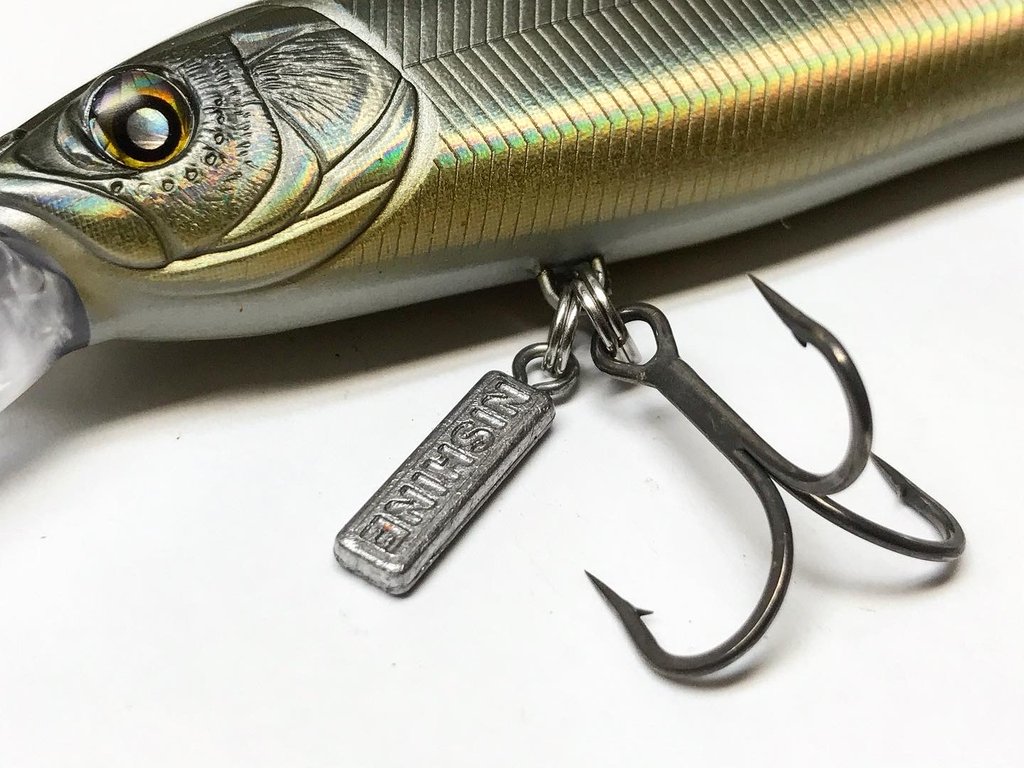 https://hooklineandsinker.ca/wp-content/uploads/2020/08/Nishine-Lure-Works-Ltd-Erie-115SD-IMG_6001_2cad79d2-a19c-4f7c-b2db-00fef25b5e3e_1024x1024.jpg
768
1024
HLSAdmin
https://hooklineandsinker.ca/wp-content/uploads/2014/12/Steelheading-in-the-Snow-900-80-Not-Faded-Actual-1030x91.jpg
HLSAdmin2020-08-21 22:34:502020-09-29 22:56:49Nishine Lure Works Ltd. – Erie 115SD
https://hooklineandsinker.ca/wp-content/uploads/2020/08/Nishine-Lure-Works-Ltd-Erie-115SD-IMG_6001_2cad79d2-a19c-4f7c-b2db-00fef25b5e3e_1024x1024.jpg
768
1024
HLSAdmin
https://hooklineandsinker.ca/wp-content/uploads/2014/12/Steelheading-in-the-Snow-900-80-Not-Faded-Actual-1030x91.jpg
HLSAdmin2020-08-21 22:34:502020-09-29 22:56:49Nishine Lure Works Ltd. – Erie 115SD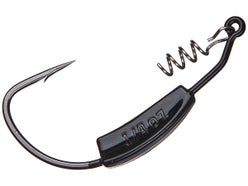 https://hooklineandsinker.ca/wp-content/uploads/2020/07/Savage-Gear-Swimbait-Hook-A.jpg
186
248
HLSAdmin
https://hooklineandsinker.ca/wp-content/uploads/2014/12/Steelheading-in-the-Snow-900-80-Not-Faded-Actual-1030x91.jpg
HLSAdmin2020-07-29 20:12:362020-09-29 22:52:04Savage Gear Swimbait Hook
https://hooklineandsinker.ca/wp-content/uploads/2020/07/Savage-Gear-Swimbait-Hook-A.jpg
186
248
HLSAdmin
https://hooklineandsinker.ca/wp-content/uploads/2014/12/Steelheading-in-the-Snow-900-80-Not-Faded-Actual-1030x91.jpg
HLSAdmin2020-07-29 20:12:362020-09-29 22:52:04Savage Gear Swimbait Hook https://hooklineandsinker.ca/wp-content/uploads/2020/01/Googan-Baits-LOGO_410x.png
225
225
HLSAdmin
https://hooklineandsinker.ca/wp-content/uploads/2014/12/Steelheading-in-the-Snow-900-80-Not-Faded-Actual-1030x91.jpg
HLSAdmin2020-01-01 11:01:542020-07-27 21:20:01Googan Baits
https://hooklineandsinker.ca/wp-content/uploads/2020/01/Googan-Baits-LOGO_410x.png
225
225
HLSAdmin
https://hooklineandsinker.ca/wp-content/uploads/2014/12/Steelheading-in-the-Snow-900-80-Not-Faded-Actual-1030x91.jpg
HLSAdmin2020-01-01 11:01:542020-07-27 21:20:01Googan Baits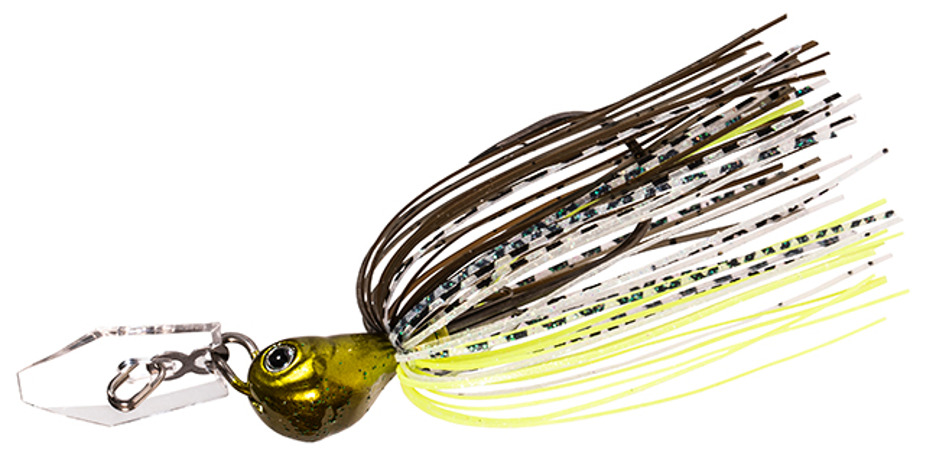 https://hooklineandsinker.ca/wp-content/uploads/2020/06/Z-Man-JackHammer-2-ChatterBait-JackHammer-StealthBlade-Bladed-Jig-A.jpg
462
936
HLSAdmin
https://hooklineandsinker.ca/wp-content/uploads/2014/12/Steelheading-in-the-Snow-900-80-Not-Faded-Actual-1030x91.jpg
HLSAdmin2020-06-16 08:46:462021-02-03 20:54:28Z Man JackHammer 2.0 – ChatterBait® JackHammer™ StealthBlade™ Bladed Jig
https://hooklineandsinker.ca/wp-content/uploads/2020/06/Z-Man-JackHammer-2-ChatterBait-JackHammer-StealthBlade-Bladed-Jig-A.jpg
462
936
HLSAdmin
https://hooklineandsinker.ca/wp-content/uploads/2014/12/Steelheading-in-the-Snow-900-80-Not-Faded-Actual-1030x91.jpg
HLSAdmin2020-06-16 08:46:462021-02-03 20:54:28Z Man JackHammer 2.0 – ChatterBait® JackHammer™ StealthBlade™ Bladed Jig https://hooklineandsinker.ca/wp-content/uploads/2020/05/Duo-Realis-Pencil-100E-scaled.jpg
1440
2560
HLSAdmin
https://hooklineandsinker.ca/wp-content/uploads/2014/12/Steelheading-in-the-Snow-900-80-Not-Faded-Actual-1030x91.jpg
HLSAdmin2020-05-19 20:06:032020-05-19 20:06:03Duo Realis Pencil 85, 100 & 110
https://hooklineandsinker.ca/wp-content/uploads/2020/05/Duo-Realis-Pencil-100E-scaled.jpg
1440
2560
HLSAdmin
https://hooklineandsinker.ca/wp-content/uploads/2014/12/Steelheading-in-the-Snow-900-80-Not-Faded-Actual-1030x91.jpg
HLSAdmin2020-05-19 20:06:032020-05-19 20:06:03Duo Realis Pencil 85, 100 & 110 https://hooklineandsinker.ca/wp-content/uploads/2020/07/VMC-Bladed-Hybrid-Treble-Short-1X-Hook-A.jpg
200
251
HLSAdmin
https://hooklineandsinker.ca/wp-content/uploads/2014/12/Steelheading-in-the-Snow-900-80-Not-Faded-Actual-1030x91.jpg
HLSAdmin2020-07-29 20:04:402020-09-29 22:52:38VMC Bladed Hybrid Treble Short 1X Hook
https://hooklineandsinker.ca/wp-content/uploads/2020/07/VMC-Bladed-Hybrid-Treble-Short-1X-Hook-A.jpg
200
251
HLSAdmin
https://hooklineandsinker.ca/wp-content/uploads/2014/12/Steelheading-in-the-Snow-900-80-Not-Faded-Actual-1030x91.jpg
HLSAdmin2020-07-29 20:04:402020-09-29 22:52:38VMC Bladed Hybrid Treble Short 1X Hook https://hooklineandsinker.ca/wp-content/uploads/2020/04/SPRO-Little-John-and-SPRO-Fat-John-Crankbaits-B.jpg
340
400
HLSAdmin
https://hooklineandsinker.ca/wp-content/uploads/2014/12/Steelheading-in-the-Snow-900-80-Not-Faded-Actual-1030x91.jpg
HLSAdmin2020-04-24 17:34:322020-04-24 17:48:44SPRO Little John and SPRO Fat John Crankbaits
https://hooklineandsinker.ca/wp-content/uploads/2020/04/SPRO-Little-John-and-SPRO-Fat-John-Crankbaits-B.jpg
340
400
HLSAdmin
https://hooklineandsinker.ca/wp-content/uploads/2014/12/Steelheading-in-the-Snow-900-80-Not-Faded-Actual-1030x91.jpg
HLSAdmin2020-04-24 17:34:322020-04-24 17:48:44SPRO Little John and SPRO Fat John Crankbaits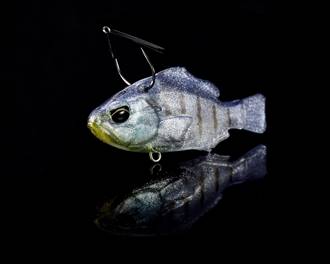 https://hooklineandsinker.ca/wp-content/uploads/2020/04/Duo-Realis-Nomase-Gill-Deka-Shad.jpg
264
330
HLSAdmin
https://hooklineandsinker.ca/wp-content/uploads/2014/12/Steelheading-in-the-Snow-900-80-Not-Faded-Actual-1030x91.jpg
HLSAdmin2020-04-22 20:34:042020-05-07 19:02:48Duo Realis Deka Nomase Gill Shad & Nomase Wakasagi
https://hooklineandsinker.ca/wp-content/uploads/2020/04/Duo-Realis-Nomase-Gill-Deka-Shad.jpg
264
330
HLSAdmin
https://hooklineandsinker.ca/wp-content/uploads/2014/12/Steelheading-in-the-Snow-900-80-Not-Faded-Actual-1030x91.jpg
HLSAdmin2020-04-22 20:34:042020-05-07 19:02:48Duo Realis Deka Nomase Gill Shad & Nomase Wakasagi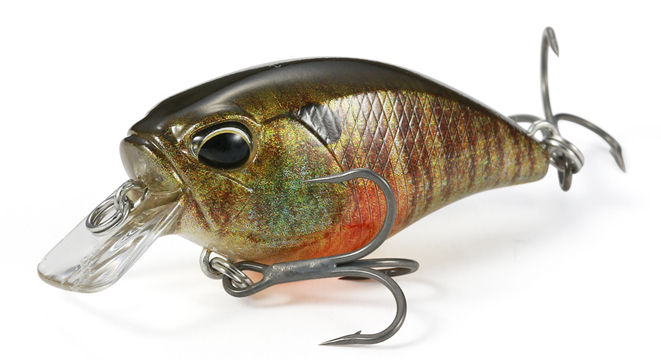 https://hooklineandsinker.ca/wp-content/uploads/2020/04/Duo-Realis-CRANK-Mid-Roller-40F-A.png
360
661
HLSAdmin
https://hooklineandsinker.ca/wp-content/uploads/2014/12/Steelheading-in-the-Snow-900-80-Not-Faded-Actual-1030x91.jpg
HLSAdmin2020-04-21 19:46:342020-04-21 19:46:34Duo Realis CRANK Mid Roller 40F
https://hooklineandsinker.ca/wp-content/uploads/2020/04/Duo-Realis-CRANK-Mid-Roller-40F-A.png
360
661
HLSAdmin
https://hooklineandsinker.ca/wp-content/uploads/2014/12/Steelheading-in-the-Snow-900-80-Not-Faded-Actual-1030x91.jpg
HLSAdmin2020-04-21 19:46:342020-04-21 19:46:34Duo Realis CRANK Mid Roller 40F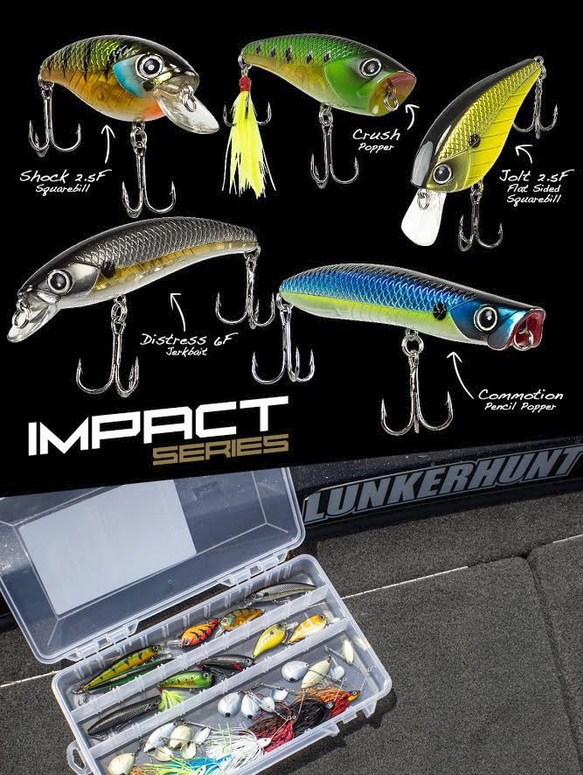 https://hooklineandsinker.ca/wp-content/uploads/2020/04/Lunkerhunt-Impact-Hardbaits.png
775
583
HLSAdmin
https://hooklineandsinker.ca/wp-content/uploads/2014/12/Steelheading-in-the-Snow-900-80-Not-Faded-Actual-1030x91.jpg
HLSAdmin2020-04-14 17:58:142020-04-14 17:58:14Lunkerhunt Impact Hardbaits
https://hooklineandsinker.ca/wp-content/uploads/2020/04/Lunkerhunt-Impact-Hardbaits.png
775
583
HLSAdmin
https://hooklineandsinker.ca/wp-content/uploads/2014/12/Steelheading-in-the-Snow-900-80-Not-Faded-Actual-1030x91.jpg
HLSAdmin2020-04-14 17:58:142020-04-14 17:58:14Lunkerhunt Impact Hardbaits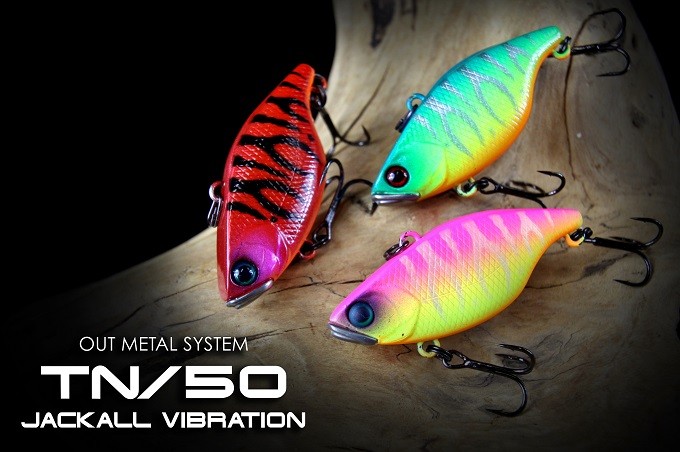 https://hooklineandsinker.ca/wp-content/uploads/2020/04/Jackall-TN50-vibration.jpg
452
680
HLSAdmin
https://hooklineandsinker.ca/wp-content/uploads/2014/12/Steelheading-in-the-Snow-900-80-Not-Faded-Actual-1030x91.jpg
HLSAdmin2020-04-07 17:17:042020-04-07 17:40:12Jackall TN50 Lipless Crankbait
https://hooklineandsinker.ca/wp-content/uploads/2020/04/Jackall-TN50-vibration.jpg
452
680
HLSAdmin
https://hooklineandsinker.ca/wp-content/uploads/2014/12/Steelheading-in-the-Snow-900-80-Not-Faded-Actual-1030x91.jpg
HLSAdmin2020-04-07 17:17:042020-04-07 17:40:12Jackall TN50 Lipless Crankbait https://hooklineandsinker.ca/wp-content/uploads/2020/03/Duo-Realis-CRANK-55SR-50SSR-KABUKI.png
218
467
HLSAdmin
https://hooklineandsinker.ca/wp-content/uploads/2014/12/Steelheading-in-the-Snow-900-80-Not-Faded-Actual-1030x91.jpg
HLSAdmin2020-03-30 20:19:532020-03-30 20:31:56Duo Realis Crank 55SR / 50SSR KABUKI
https://hooklineandsinker.ca/wp-content/uploads/2020/03/Duo-Realis-CRANK-55SR-50SSR-KABUKI.png
218
467
HLSAdmin
https://hooklineandsinker.ca/wp-content/uploads/2014/12/Steelheading-in-the-Snow-900-80-Not-Faded-Actual-1030x91.jpg
HLSAdmin2020-03-30 20:19:532020-03-30 20:31:56Duo Realis Crank 55SR / 50SSR KABUKI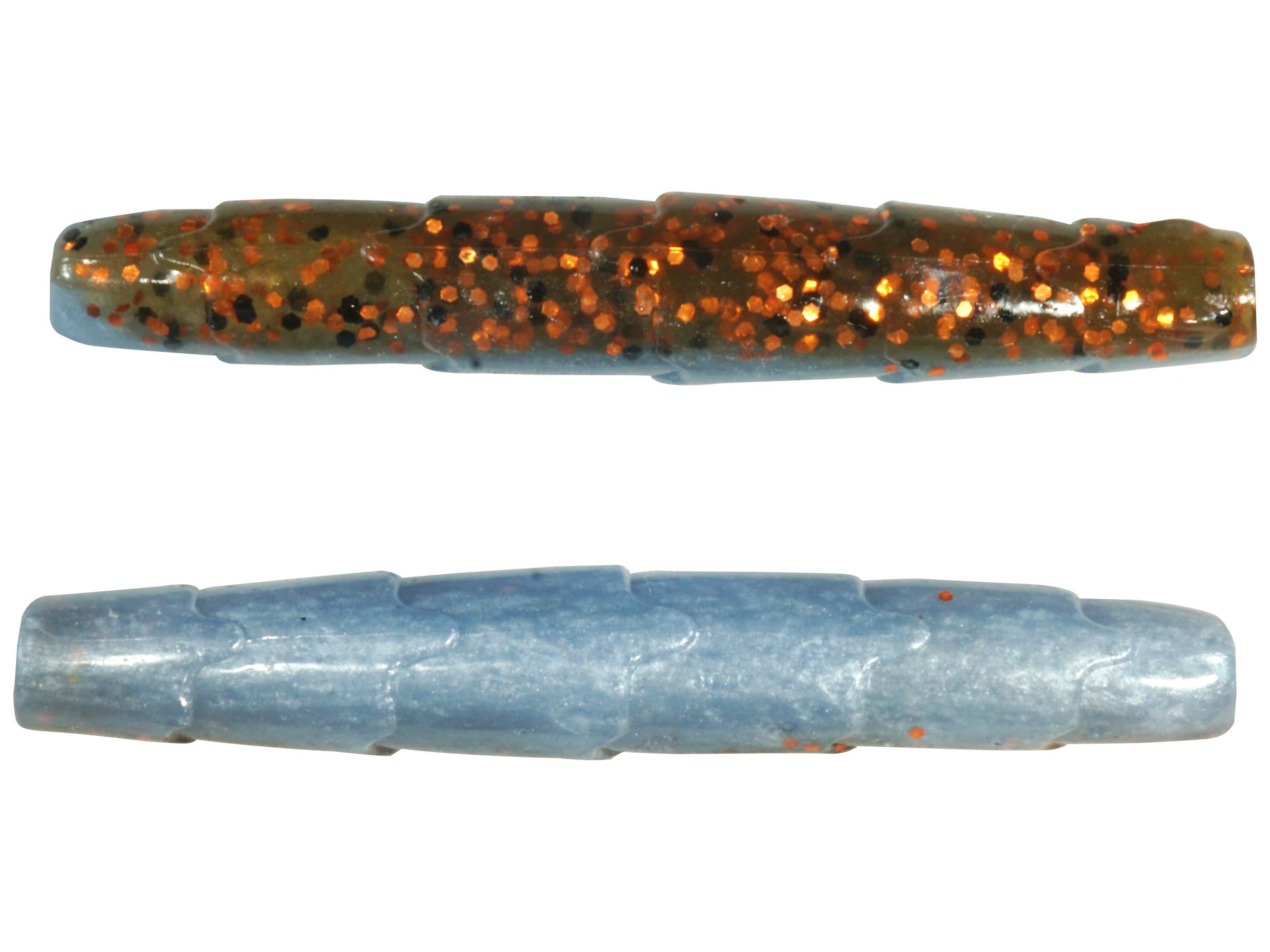 https://hooklineandsinker.ca/wp-content/uploads/2020/07/Googan-Baits-Rattlin-Ned-A.jpg
1800
2400
HLSAdmin
https://hooklineandsinker.ca/wp-content/uploads/2014/12/Steelheading-in-the-Snow-900-80-Not-Faded-Actual-1030x91.jpg
HLSAdmin2020-07-27 21:04:292020-09-29 22:52:23Googan Baits Rattlin’ Ned
https://hooklineandsinker.ca/wp-content/uploads/2020/07/Googan-Baits-Rattlin-Ned-A.jpg
1800
2400
HLSAdmin
https://hooklineandsinker.ca/wp-content/uploads/2014/12/Steelheading-in-the-Snow-900-80-Not-Faded-Actual-1030x91.jpg
HLSAdmin2020-07-27 21:04:292020-09-29 22:52:23Googan Baits Rattlin’ Ned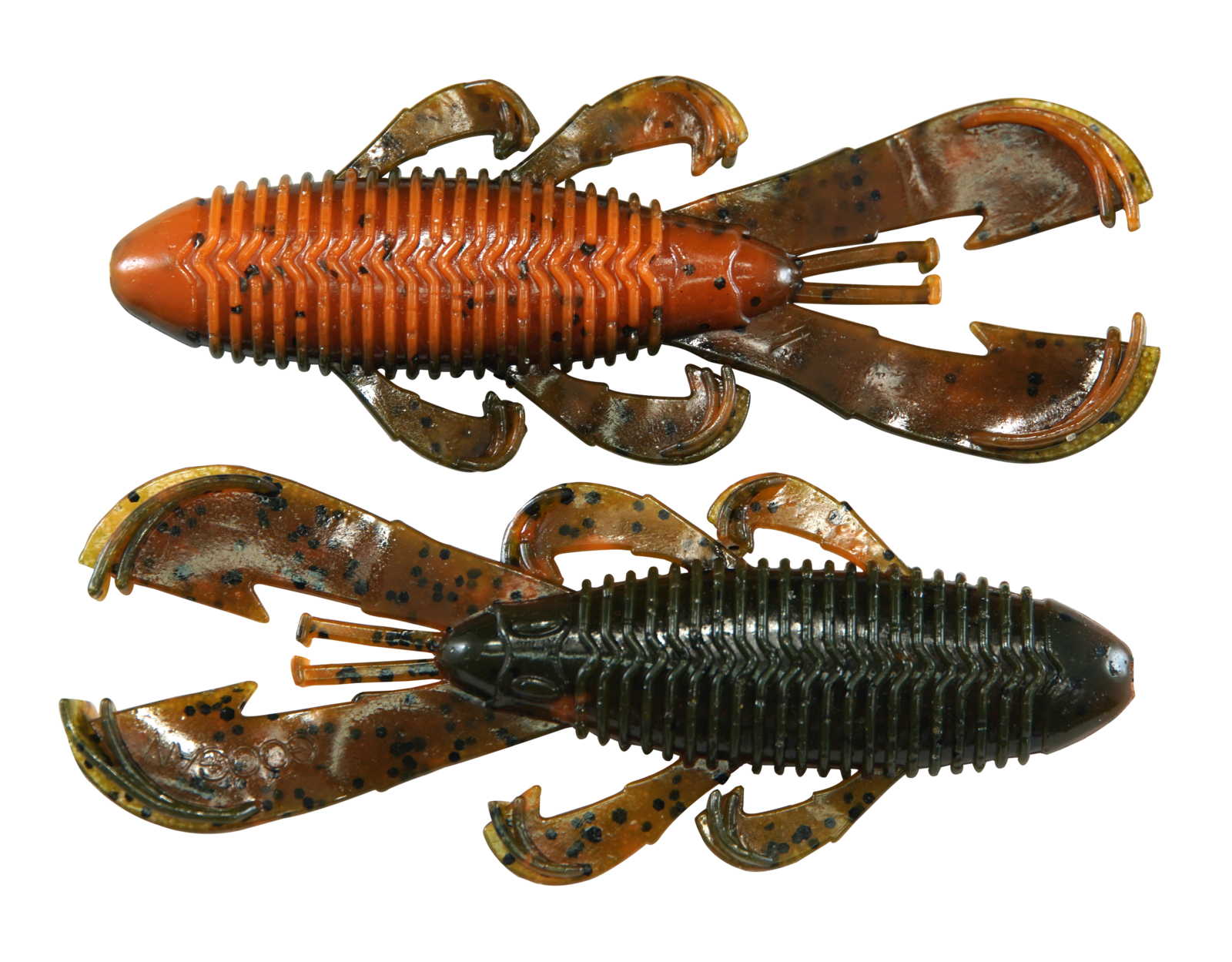 https://hooklineandsinker.ca/wp-content/uploads/2020/07/Googan-Baits-Bandito-Bug-A.png
1249
1600
HLSAdmin
https://hooklineandsinker.ca/wp-content/uploads/2014/12/Steelheading-in-the-Snow-900-80-Not-Faded-Actual-1030x91.jpg
HLSAdmin2020-07-27 20:52:322020-09-29 22:56:22Googan Baits Bandito Bug Craw
https://hooklineandsinker.ca/wp-content/uploads/2020/07/Googan-Baits-Bandito-Bug-A.png
1249
1600
HLSAdmin
https://hooklineandsinker.ca/wp-content/uploads/2014/12/Steelheading-in-the-Snow-900-80-Not-Faded-Actual-1030x91.jpg
HLSAdmin2020-07-27 20:52:322020-09-29 22:56:22Googan Baits Bandito Bug Craw https://hooklineandsinker.ca/wp-content/uploads/2020/02/Nishinelureworkslogo_450x.png
104
448
HLSAdmin
https://hooklineandsinker.ca/wp-content/uploads/2014/12/Steelheading-in-the-Snow-900-80-Not-Faded-Actual-1030x91.jpg
HLSAdmin2020-02-08 20:46:342020-08-21 22:37:22Nishine Lure Works
https://hooklineandsinker.ca/wp-content/uploads/2020/02/Nishinelureworkslogo_450x.png
104
448
HLSAdmin
https://hooklineandsinker.ca/wp-content/uploads/2014/12/Steelheading-in-the-Snow-900-80-Not-Faded-Actual-1030x91.jpg
HLSAdmin2020-02-08 20:46:342020-08-21 22:37:22Nishine Lure Works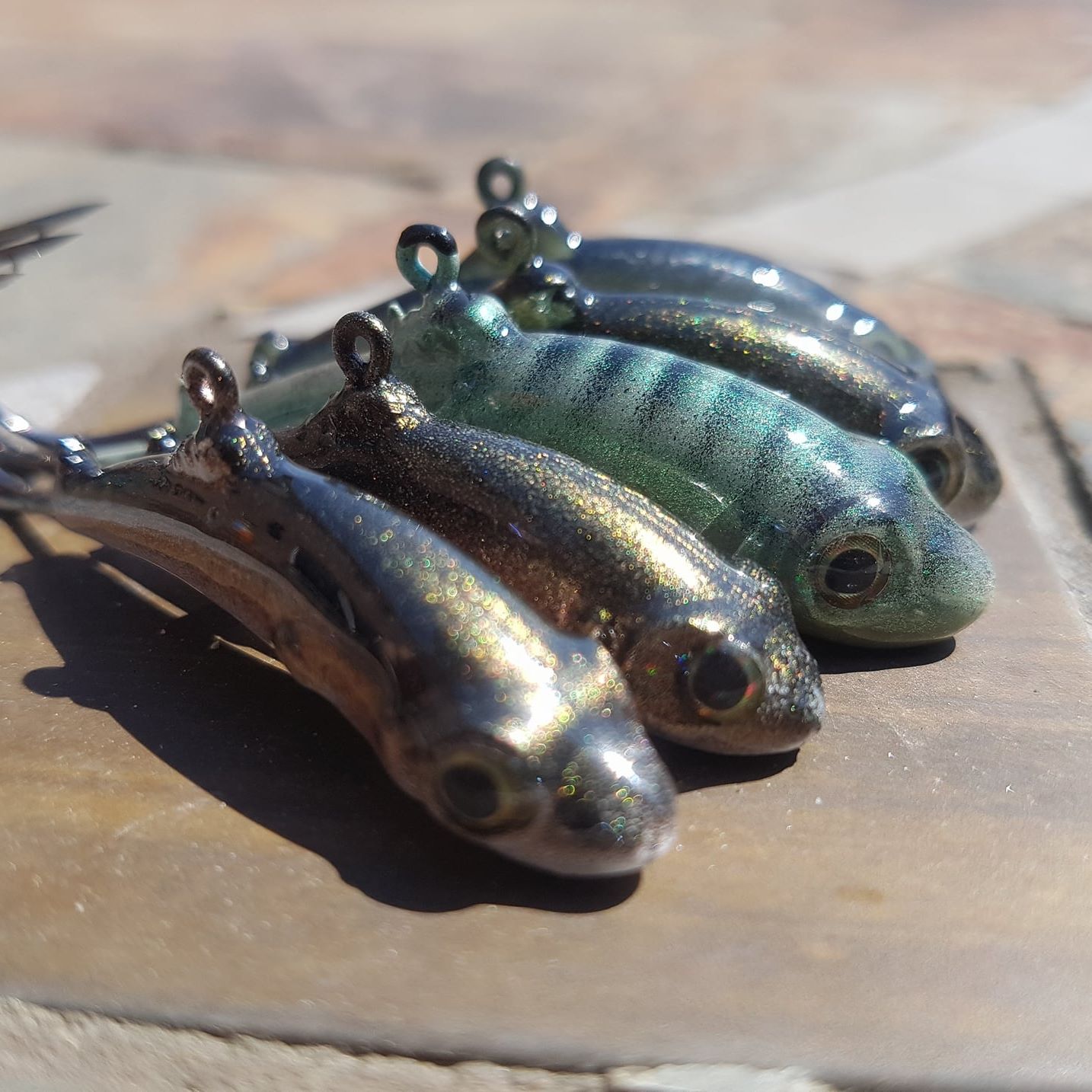 https://hooklineandsinker.ca/wp-content/uploads/2019/01/Meegs-Jigs-Mrrgs.jpg
1434
1434
HLSAdmin
https://hooklineandsinker.ca/wp-content/uploads/2014/12/Steelheading-in-the-Snow-900-80-Not-Faded-Actual-1030x91.jpg
HLSAdmin2019-01-12 22:20:102020-02-25 20:49:14MEEGS Jigs
https://hooklineandsinker.ca/wp-content/uploads/2019/01/Meegs-Jigs-Mrrgs.jpg
1434
1434
HLSAdmin
https://hooklineandsinker.ca/wp-content/uploads/2014/12/Steelheading-in-the-Snow-900-80-Not-Faded-Actual-1030x91.jpg
HLSAdmin2019-01-12 22:20:102020-02-25 20:49:14MEEGS Jigs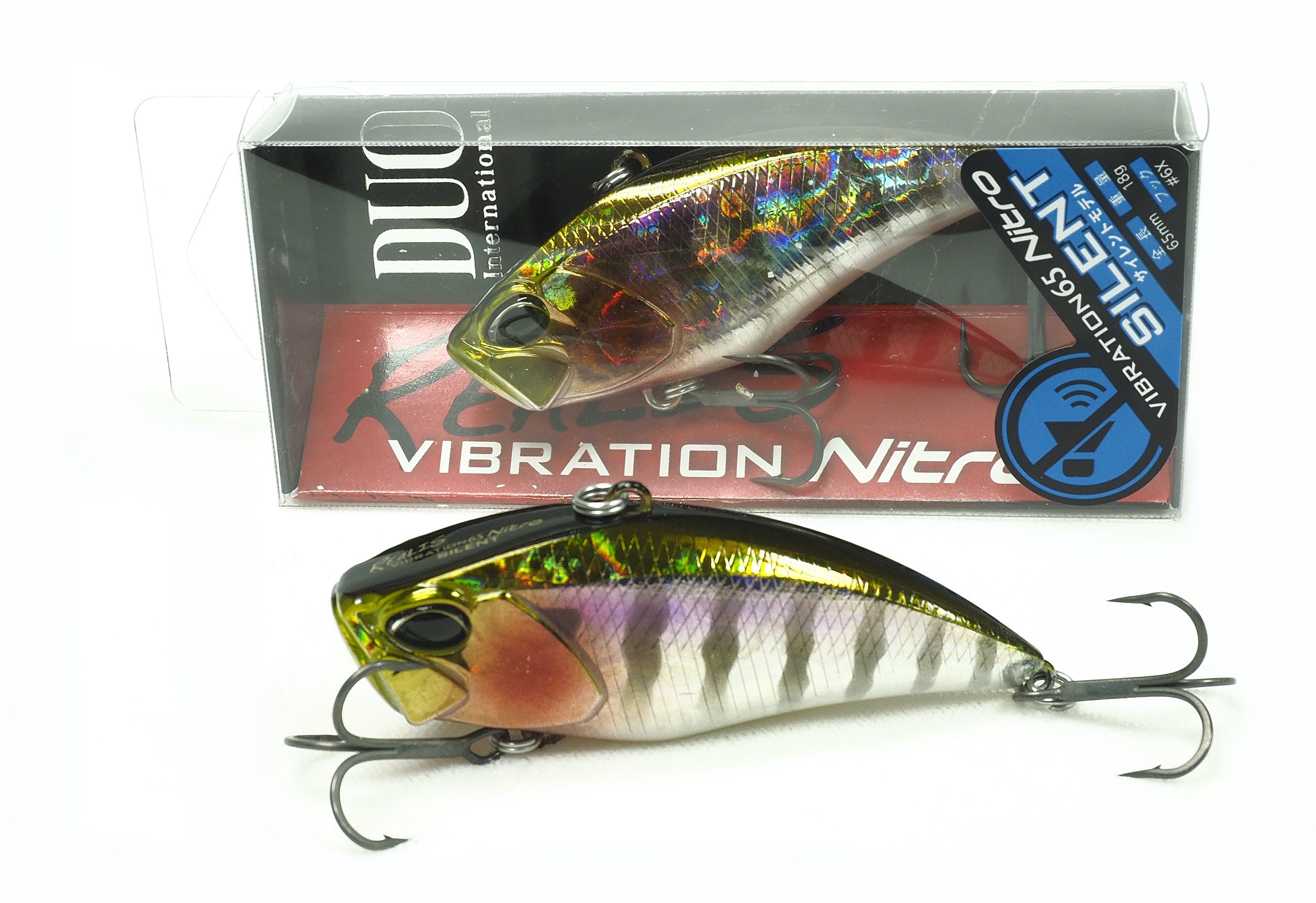 https://hooklineandsinker.ca/wp-content/uploads/2020/03/Duo-Realis-Vibration-Nitro-Silent-Lipless-Crank-Bait-AA.jpg
1682
2450
HLSAdmin
https://hooklineandsinker.ca/wp-content/uploads/2014/12/Steelheading-in-the-Snow-900-80-Not-Faded-Actual-1030x91.jpg
HLSAdmin2020-03-22 21:45:192020-03-22 21:45:19Duo Realis Vibration 65 Nitro Silent Lipless Crank Bait
https://hooklineandsinker.ca/wp-content/uploads/2020/03/Duo-Realis-Vibration-Nitro-Silent-Lipless-Crank-Bait-AA.jpg
1682
2450
HLSAdmin
https://hooklineandsinker.ca/wp-content/uploads/2014/12/Steelheading-in-the-Snow-900-80-Not-Faded-Actual-1030x91.jpg
HLSAdmin2020-03-22 21:45:192020-03-22 21:45:19Duo Realis Vibration 65 Nitro Silent Lipless Crank Bait https://hooklineandsinker.ca/wp-content/uploads/2020/03/Duo-Realis-Wriggle-Crawler-A.png
349
679
HLSAdmin
https://hooklineandsinker.ca/wp-content/uploads/2014/12/Steelheading-in-the-Snow-900-80-Not-Faded-Actual-1030x91.jpg
HLSAdmin2020-03-16 20:30:542020-03-16 20:30:54Duo Realis Wriggle Crawler
https://hooklineandsinker.ca/wp-content/uploads/2020/03/Duo-Realis-Wriggle-Crawler-A.png
349
679
HLSAdmin
https://hooklineandsinker.ca/wp-content/uploads/2014/12/Steelheading-in-the-Snow-900-80-Not-Faded-Actual-1030x91.jpg
HLSAdmin2020-03-16 20:30:542020-03-16 20:30:54Duo Realis Wriggle Crawler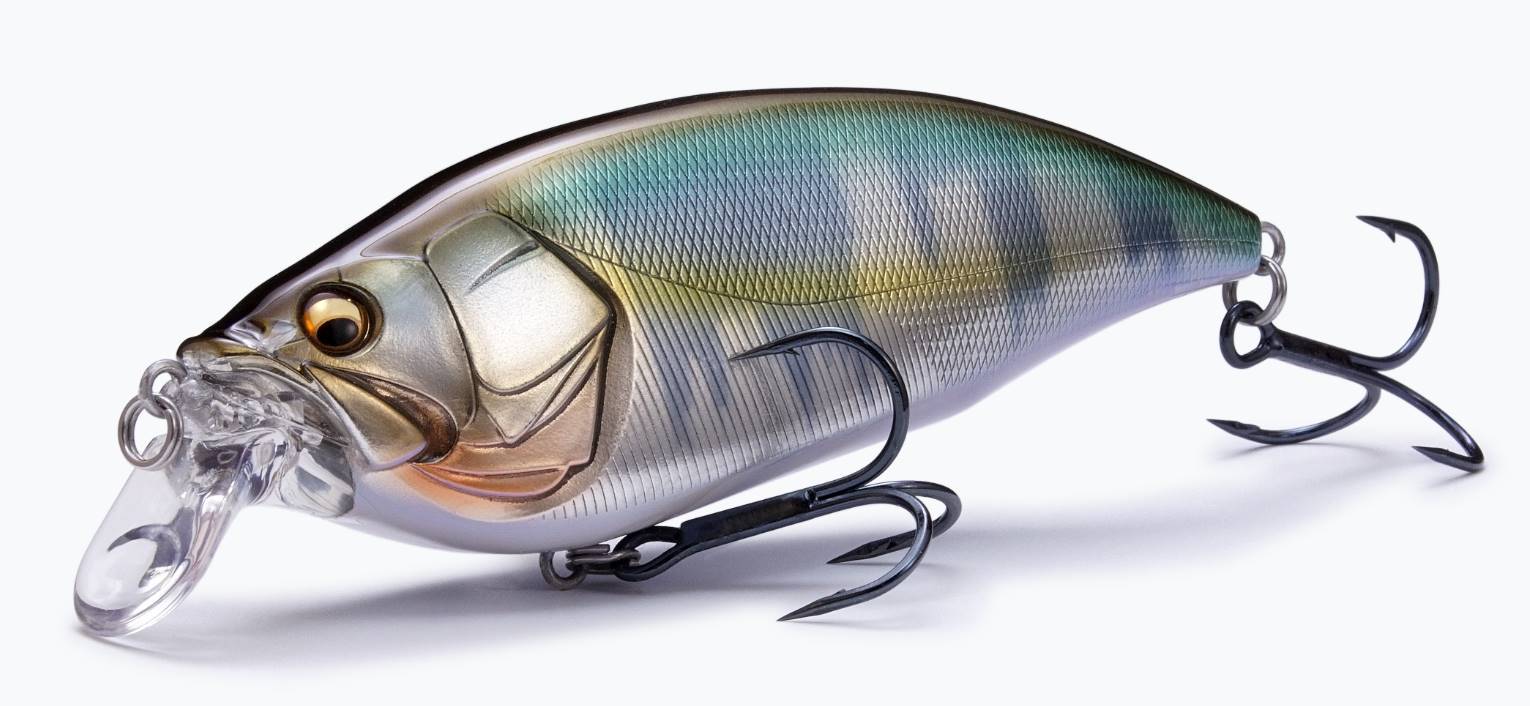 https://hooklineandsinker.ca/wp-content/uploads/2020/07/Megabass-Big-M-20.jpg
706
1530
HLSAdmin
https://hooklineandsinker.ca/wp-content/uploads/2014/12/Steelheading-in-the-Snow-900-80-Not-Faded-Actual-1030x91.jpg
HLSAdmin2020-07-08 19:28:512020-09-29 22:54:21Megabass Big-M 2.0
https://hooklineandsinker.ca/wp-content/uploads/2020/07/Megabass-Big-M-20.jpg
706
1530
HLSAdmin
https://hooklineandsinker.ca/wp-content/uploads/2014/12/Steelheading-in-the-Snow-900-80-Not-Faded-Actual-1030x91.jpg
HLSAdmin2020-07-08 19:28:512020-09-29 22:54:21Megabass Big-M 2.0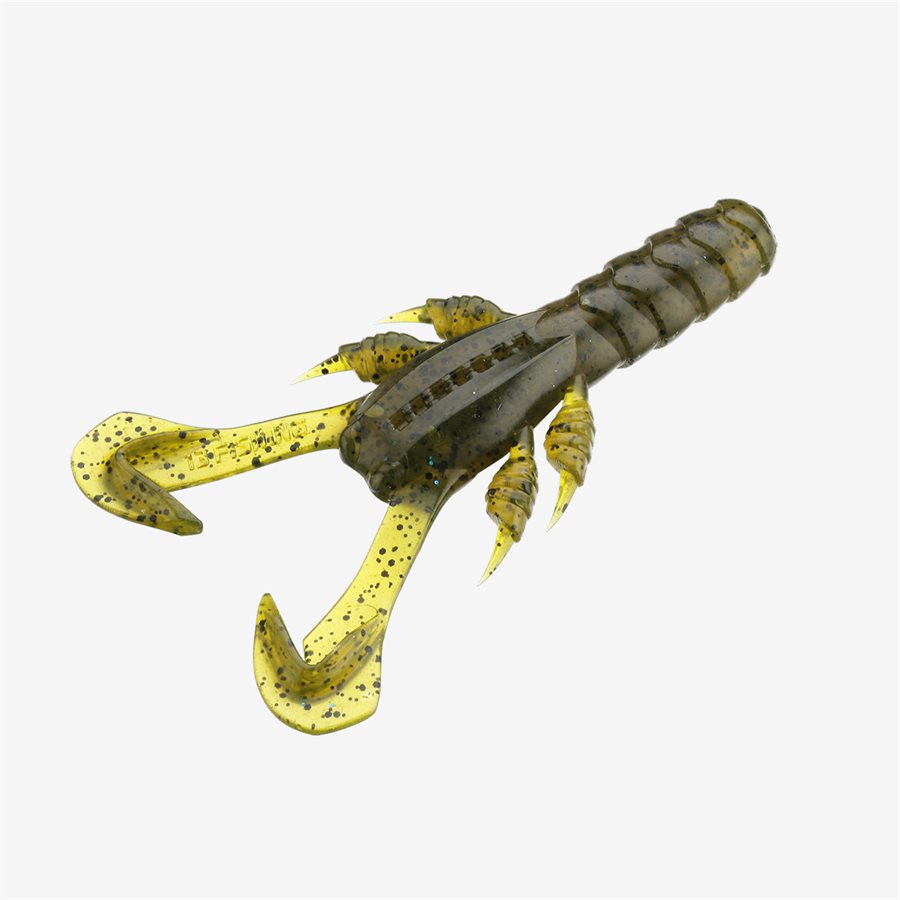 https://hooklineandsinker.ca/wp-content/uploads/2020/06/13-Fishing-Ninja-Craw-A.jpg
900
900
HLSAdmin
https://hooklineandsinker.ca/wp-content/uploads/2014/12/Steelheading-in-the-Snow-900-80-Not-Faded-Actual-1030x91.jpg
HLSAdmin2020-06-23 22:22:132020-09-29 22:56:0813 Fishing Ninja Craw
https://hooklineandsinker.ca/wp-content/uploads/2020/06/13-Fishing-Ninja-Craw-A.jpg
900
900
HLSAdmin
https://hooklineandsinker.ca/wp-content/uploads/2014/12/Steelheading-in-the-Snow-900-80-Not-Faded-Actual-1030x91.jpg
HLSAdmin2020-06-23 22:22:132020-09-29 22:56:0813 Fishing Ninja Craw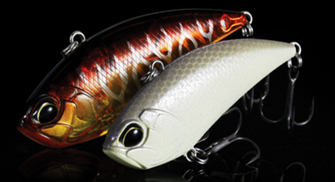 https://hooklineandsinker.ca/wp-content/uploads/2020/03/Duo-Realis-Vibration-62-and-68-Apex-Tune.png
182
335
HLSAdmin
https://hooklineandsinker.ca/wp-content/uploads/2014/12/Steelheading-in-the-Snow-900-80-Not-Faded-Actual-1030x91.jpg
HLSAdmin2020-03-10 20:34:182020-05-12 22:29:15Duo Realis Vibration 62 & 68 Apex Tune
https://hooklineandsinker.ca/wp-content/uploads/2020/03/Duo-Realis-Vibration-62-and-68-Apex-Tune.png
182
335
HLSAdmin
https://hooklineandsinker.ca/wp-content/uploads/2014/12/Steelheading-in-the-Snow-900-80-Not-Faded-Actual-1030x91.jpg
HLSAdmin2020-03-10 20:34:182020-05-12 22:29:15Duo Realis Vibration 62 & 68 Apex Tune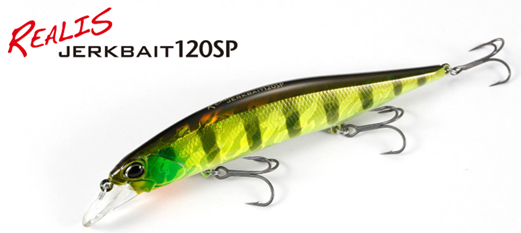 https://hooklineandsinker.ca/wp-content/uploads/2020/03/Duo-Realis-Jerkbait-120SP-A.png
233
521
HLSAdmin
https://hooklineandsinker.ca/wp-content/uploads/2014/12/Steelheading-in-the-Snow-900-80-Not-Faded-Actual-1030x91.jpg
HLSAdmin2020-03-06 18:45:182020-03-06 18:56:45Duo Realis Jerkbait 120SP
https://hooklineandsinker.ca/wp-content/uploads/2020/03/Duo-Realis-Jerkbait-120SP-A.png
233
521
HLSAdmin
https://hooklineandsinker.ca/wp-content/uploads/2014/12/Steelheading-in-the-Snow-900-80-Not-Faded-Actual-1030x91.jpg
HLSAdmin2020-03-06 18:45:182020-03-06 18:56:45Duo Realis Jerkbait 120SP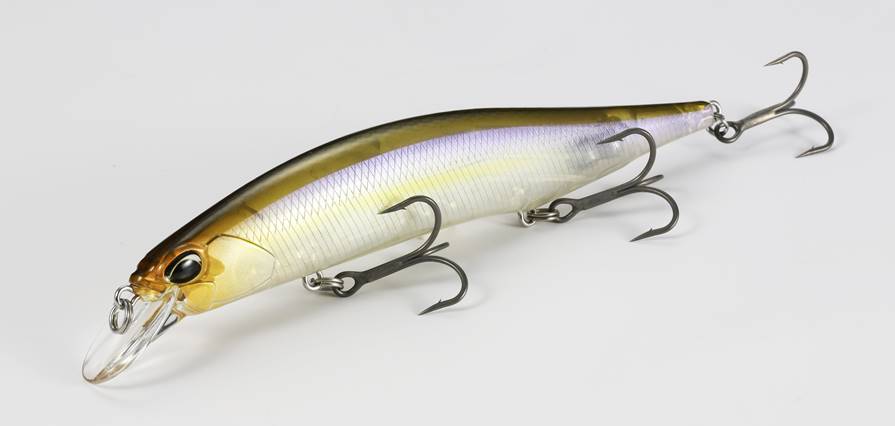 https://hooklineandsinker.ca/wp-content/uploads/2020/02/Duo-Realis-130SP-Jerkbait.jpg
426
895
HLSAdmin
https://hooklineandsinker.ca/wp-content/uploads/2014/12/Steelheading-in-the-Snow-900-80-Not-Faded-Actual-1030x91.jpg
HLSAdmin2020-02-26 20:15:382020-02-26 20:15:38Duo Realis 130SP Jerkbait
https://hooklineandsinker.ca/wp-content/uploads/2020/02/Duo-Realis-130SP-Jerkbait.jpg
426
895
HLSAdmin
https://hooklineandsinker.ca/wp-content/uploads/2014/12/Steelheading-in-the-Snow-900-80-Not-Faded-Actual-1030x91.jpg
HLSAdmin2020-02-26 20:15:382020-02-26 20:15:38Duo Realis 130SP Jerkbait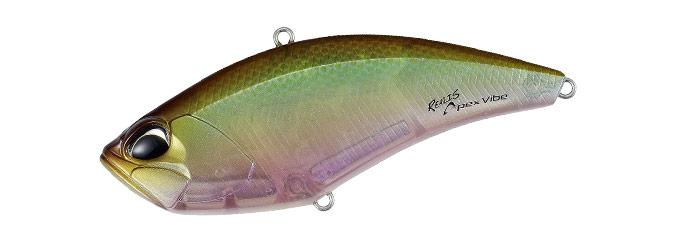 https://hooklineandsinker.ca/wp-content/uploads/2020/02/Duo-Realis-Apex-Vibe-APEX_vibe_DEA3006.jpg
250
680
HLSAdmin
https://hooklineandsinker.ca/wp-content/uploads/2014/12/Steelheading-in-the-Snow-900-80-Not-Faded-Actual-1030x91.jpg
HLSAdmin2020-02-08 21:40:192020-02-08 21:43:09Duo Realis Apex Vibe
https://hooklineandsinker.ca/wp-content/uploads/2020/02/Duo-Realis-Apex-Vibe-APEX_vibe_DEA3006.jpg
250
680
HLSAdmin
https://hooklineandsinker.ca/wp-content/uploads/2014/12/Steelheading-in-the-Snow-900-80-Not-Faded-Actual-1030x91.jpg
HLSAdmin2020-02-08 21:40:192020-02-08 21:43:09Duo Realis Apex Vibe https://hooklineandsinker.ca/wp-content/uploads/2020/02/Megabass-Mat-Magic-series-of-Vision-110-colours--scaled.jpg
1440
2560
HLSAdmin
https://hooklineandsinker.ca/wp-content/uploads/2014/12/Steelheading-in-the-Snow-900-80-Not-Faded-Actual-1030x91.jpg
HLSAdmin2020-02-24 18:00:582020-02-24 18:04:44Megabass Matte Magic Vision 110
https://hooklineandsinker.ca/wp-content/uploads/2020/02/Megabass-Mat-Magic-series-of-Vision-110-colours--scaled.jpg
1440
2560
HLSAdmin
https://hooklineandsinker.ca/wp-content/uploads/2014/12/Steelheading-in-the-Snow-900-80-Not-Faded-Actual-1030x91.jpg
HLSAdmin2020-02-24 18:00:582020-02-24 18:04:44Megabass Matte Magic Vision 110 https://hooklineandsinker.ca/wp-content/uploads/2020/06/The-13-Fishing-Loco-Special-B.jpg
300
300
HLSAdmin
https://hooklineandsinker.ca/wp-content/uploads/2014/12/Steelheading-in-the-Snow-900-80-Not-Faded-Actual-1030x91.jpg
HLSAdmin2020-06-23 22:14:082020-09-29 22:54:4713 Fishing Loco Special
https://hooklineandsinker.ca/wp-content/uploads/2020/06/The-13-Fishing-Loco-Special-B.jpg
300
300
HLSAdmin
https://hooklineandsinker.ca/wp-content/uploads/2014/12/Steelheading-in-the-Snow-900-80-Not-Faded-Actual-1030x91.jpg
HLSAdmin2020-06-23 22:14:082020-09-29 22:54:4713 Fishing Loco Special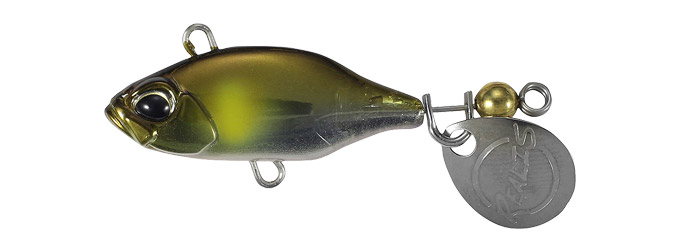 https://hooklineandsinker.ca/wp-content/uploads/2020/02/Duo-Realis-Tail-Spin-RS_GRA3050.jpg
250
680
HLSAdmin
https://hooklineandsinker.ca/wp-content/uploads/2014/12/Steelheading-in-the-Snow-900-80-Not-Faded-Actual-1030x91.jpg
HLSAdmin2020-02-08 21:50:462020-07-12 22:47:44Duo Realis Tail Spin
https://hooklineandsinker.ca/wp-content/uploads/2020/02/Duo-Realis-Tail-Spin-RS_GRA3050.jpg
250
680
HLSAdmin
https://hooklineandsinker.ca/wp-content/uploads/2014/12/Steelheading-in-the-Snow-900-80-Not-Faded-Actual-1030x91.jpg
HLSAdmin2020-02-08 21:50:462020-07-12 22:47:44Duo Realis Tail Spin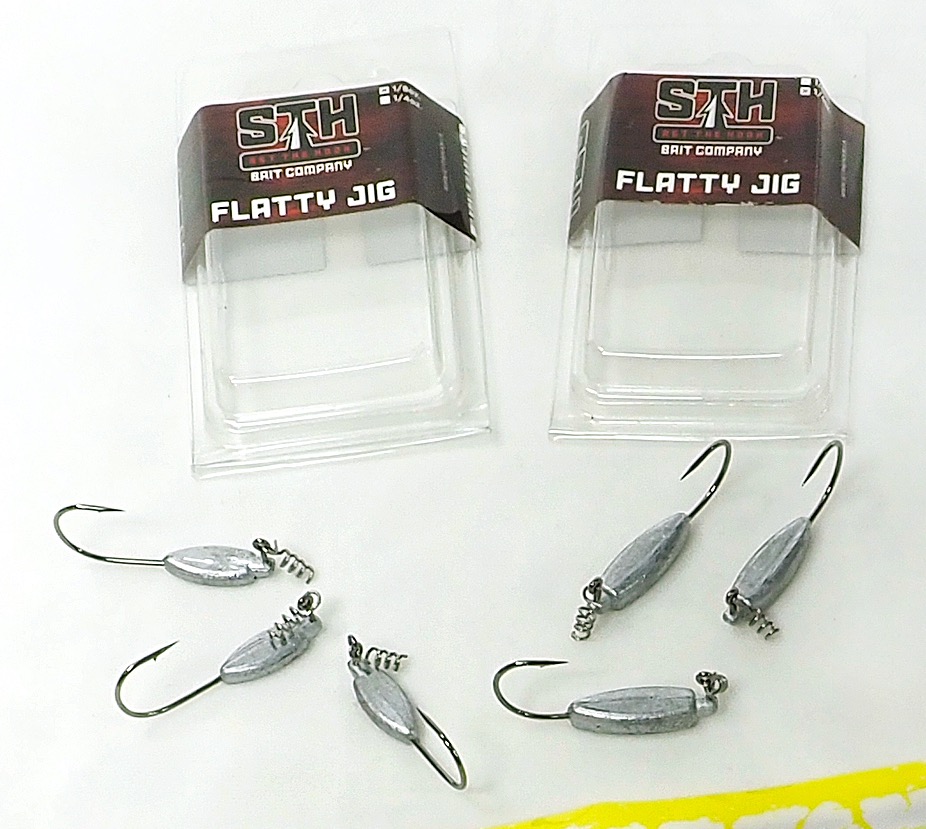 https://hooklineandsinker.ca/wp-content/uploads/2020/01/STH-Set-The-Hook-Flatty-Jig-Head-for-the-STH-Drifter-B.jpeg
829
926
HLSAdmin
https://hooklineandsinker.ca/wp-content/uploads/2014/12/Steelheading-in-the-Snow-900-80-Not-Faded-Actual-1030x91.jpg
HLSAdmin2020-01-30 19:17:492020-02-25 23:54:27STH – Set The Hook Flatty Jig Head for the STH Drifter
https://hooklineandsinker.ca/wp-content/uploads/2020/01/STH-Set-The-Hook-Flatty-Jig-Head-for-the-STH-Drifter-B.jpeg
829
926
HLSAdmin
https://hooklineandsinker.ca/wp-content/uploads/2014/12/Steelheading-in-the-Snow-900-80-Not-Faded-Actual-1030x91.jpg
HLSAdmin2020-01-30 19:17:492020-02-25 23:54:27STH – Set The Hook Flatty Jig Head for the STH Drifter https://hooklineandsinker.ca/wp-content/uploads/2020/02/Megabass-Big-Gabot-big_gabot_06_wild_gill.png
675
1200
HLSAdmin
https://hooklineandsinker.ca/wp-content/uploads/2014/12/Steelheading-in-the-Snow-900-80-Not-Faded-Actual-1030x91.jpg
HLSAdmin2020-02-04 20:37:222020-02-24 18:23:27Megabass Big Gabot
https://hooklineandsinker.ca/wp-content/uploads/2020/02/Megabass-Big-Gabot-big_gabot_06_wild_gill.png
675
1200
HLSAdmin
https://hooklineandsinker.ca/wp-content/uploads/2014/12/Steelheading-in-the-Snow-900-80-Not-Faded-Actual-1030x91.jpg
HLSAdmin2020-02-04 20:37:222020-02-24 18:23:27Megabass Big Gabot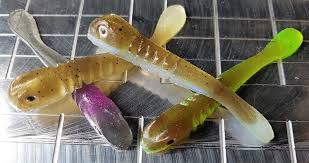 https://hooklineandsinker.ca/wp-content/uploads/2019/02/Set-The-Hook-The-Drifter-drifter1site-e1520085666744.jpg
163
309
HLSAdmin
https://hooklineandsinker.ca/wp-content/uploads/2014/12/Steelheading-in-the-Snow-900-80-Not-Faded-Actual-1030x91.jpg
HLSAdmin2019-02-03 20:37:492020-02-25 23:51:23STH – Set The Hook The Drifter
https://hooklineandsinker.ca/wp-content/uploads/2019/02/Set-The-Hook-The-Drifter-drifter1site-e1520085666744.jpg
163
309
HLSAdmin
https://hooklineandsinker.ca/wp-content/uploads/2014/12/Steelheading-in-the-Snow-900-80-Not-Faded-Actual-1030x91.jpg
HLSAdmin2019-02-03 20:37:492020-02-25 23:51:23STH – Set The Hook The Drifter https://hooklineandsinker.ca/wp-content/uploads/2020/02/livetarget-logo.jpg
360
480
HLSAdmin
https://hooklineandsinker.ca/wp-content/uploads/2014/12/Steelheading-in-the-Snow-900-80-Not-Faded-Actual-1030x91.jpg
HLSAdmin2020-02-24 17:45:382020-02-24 17:45:38LIVETARGET Lures – ICAST 2020 Releases for 2021
https://hooklineandsinker.ca/wp-content/uploads/2020/02/livetarget-logo.jpg
360
480
HLSAdmin
https://hooklineandsinker.ca/wp-content/uploads/2014/12/Steelheading-in-the-Snow-900-80-Not-Faded-Actual-1030x91.jpg
HLSAdmin2020-02-24 17:45:382020-02-24 17:45:38LIVETARGET Lures – ICAST 2020 Releases for 2021 https://hooklineandsinker.ca/wp-content/uploads/2020/01/Lunkerhunt-Gambit-Swimbait-Weedless-Pre-Rigged-Realistic-F.jpg
767
1999
HLSAdmin
https://hooklineandsinker.ca/wp-content/uploads/2014/12/Steelheading-in-the-Snow-900-80-Not-Faded-Actual-1030x91.jpg
HLSAdmin2020-01-24 17:22:502020-05-08 20:13:48Lunkerhunt Pre Rigged Realistic Gambit Weedless Swimbait
https://hooklineandsinker.ca/wp-content/uploads/2020/01/Lunkerhunt-Gambit-Swimbait-Weedless-Pre-Rigged-Realistic-F.jpg
767
1999
HLSAdmin
https://hooklineandsinker.ca/wp-content/uploads/2014/12/Steelheading-in-the-Snow-900-80-Not-Faded-Actual-1030x91.jpg
HLSAdmin2020-01-24 17:22:502020-05-08 20:13:48Lunkerhunt Pre Rigged Realistic Gambit Weedless Swimbait https://hooklineandsinker.ca/wp-content/uploads/2020/01/Molix-RA-Shad-Swimbait-RA-Shad-2_452-UV-Orange-Pumpkin.jpg
600
800
HLSAdmin
https://hooklineandsinker.ca/wp-content/uploads/2014/12/Steelheading-in-the-Snow-900-80-Not-Faded-Actual-1030x91.jpg
HLSAdmin2020-01-24 12:43:032020-01-24 12:43:03Molix RA Shad Swimbait
https://hooklineandsinker.ca/wp-content/uploads/2020/01/Molix-RA-Shad-Swimbait-RA-Shad-2_452-UV-Orange-Pumpkin.jpg
600
800
HLSAdmin
https://hooklineandsinker.ca/wp-content/uploads/2014/12/Steelheading-in-the-Snow-900-80-Not-Faded-Actual-1030x91.jpg
HLSAdmin2020-01-24 12:43:032020-01-24 12:43:03Molix RA Shad Swimbait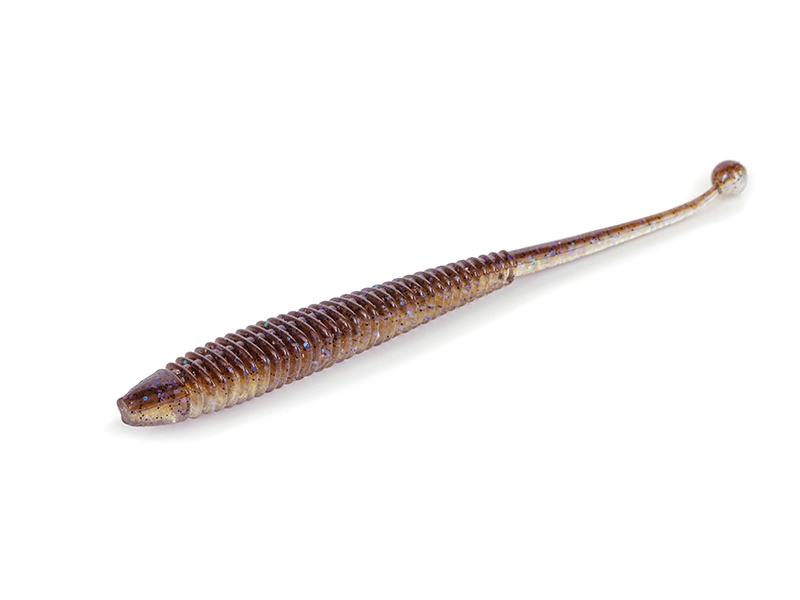 https://hooklineandsinker.ca/wp-content/uploads/2020/01/Molix-4-inch-Sator-Worm-Sator-Worm-4_138-Wakasagi-1.jpg
600
800
HLSAdmin
https://hooklineandsinker.ca/wp-content/uploads/2014/12/Steelheading-in-the-Snow-900-80-Not-Faded-Actual-1030x91.jpg
HLSAdmin2020-01-24 11:15:492020-01-24 11:19:01Molix 4″ Sator Worm
https://hooklineandsinker.ca/wp-content/uploads/2020/01/Molix-4-inch-Sator-Worm-Sator-Worm-4_138-Wakasagi-1.jpg
600
800
HLSAdmin
https://hooklineandsinker.ca/wp-content/uploads/2014/12/Steelheading-in-the-Snow-900-80-Not-Faded-Actual-1030x91.jpg
HLSAdmin2020-01-24 11:15:492020-01-24 11:19:01Molix 4″ Sator Worm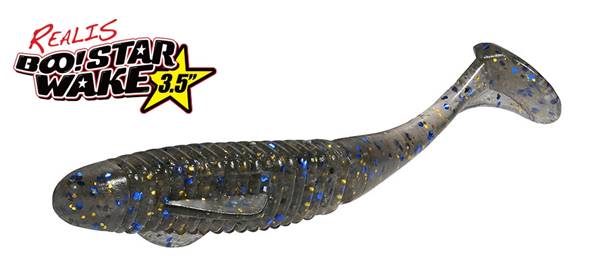 https://hooklineandsinker.ca/wp-content/uploads/2020/02/Duo-Realis-Boostar-Wake-A.jpg
268
604
HLSAdmin
https://hooklineandsinker.ca/wp-content/uploads/2014/12/Steelheading-in-the-Snow-900-80-Not-Faded-Actual-1030x91.jpg
HLSAdmin2020-02-24 21:07:242020-08-19 19:16:32Duo Realis BooStar Wake 3.5″ & 5″
https://hooklineandsinker.ca/wp-content/uploads/2020/02/Duo-Realis-Boostar-Wake-A.jpg
268
604
HLSAdmin
https://hooklineandsinker.ca/wp-content/uploads/2014/12/Steelheading-in-the-Snow-900-80-Not-Faded-Actual-1030x91.jpg
HLSAdmin2020-02-24 21:07:242020-08-19 19:16:32Duo Realis BooStar Wake 3.5″ & 5″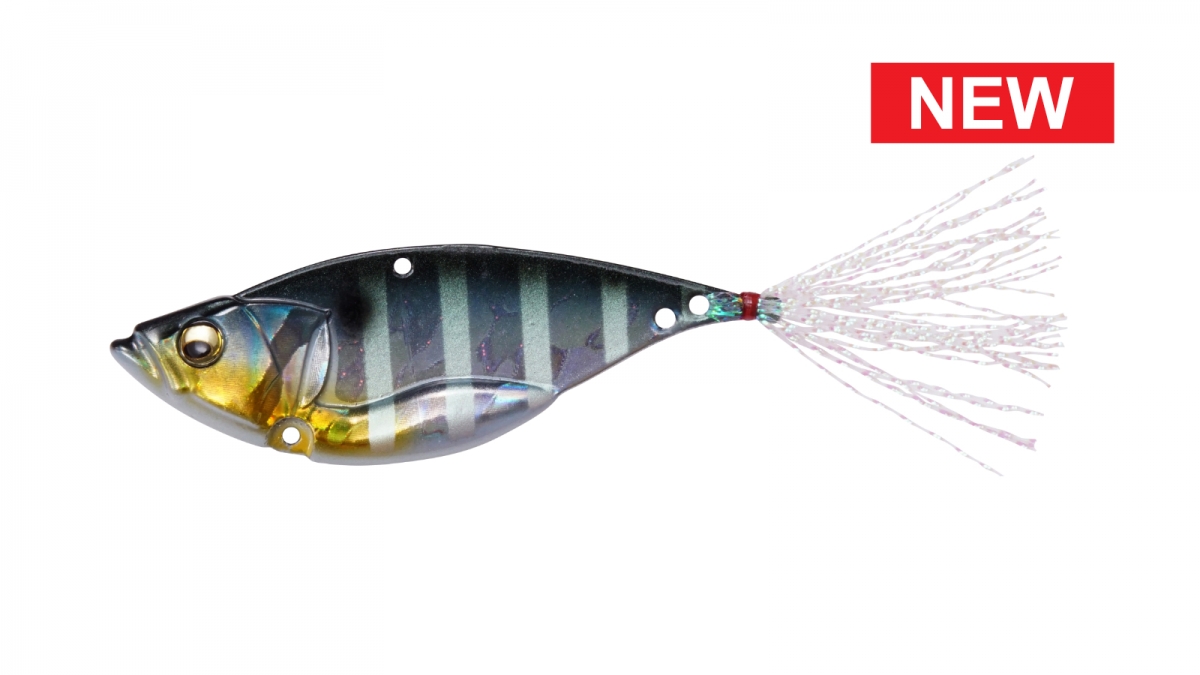 https://hooklineandsinker.ca/wp-content/uploads/2020/02/Megabass-Dyna-Response-Blade-Bait-dyna_response_01_jerking_gill_NEW.jpg
675
1200
HLSAdmin
https://hooklineandsinker.ca/wp-content/uploads/2014/12/Steelheading-in-the-Snow-900-80-Not-Faded-Actual-1030x91.jpg
HLSAdmin2020-02-05 21:59:012020-07-12 22:48:29Megabass Dyna Response Blade Bait
https://hooklineandsinker.ca/wp-content/uploads/2020/02/Megabass-Dyna-Response-Blade-Bait-dyna_response_01_jerking_gill_NEW.jpg
675
1200
HLSAdmin
https://hooklineandsinker.ca/wp-content/uploads/2014/12/Steelheading-in-the-Snow-900-80-Not-Faded-Actual-1030x91.jpg
HLSAdmin2020-02-05 21:59:012020-07-12 22:48:29Megabass Dyna Response Blade Bait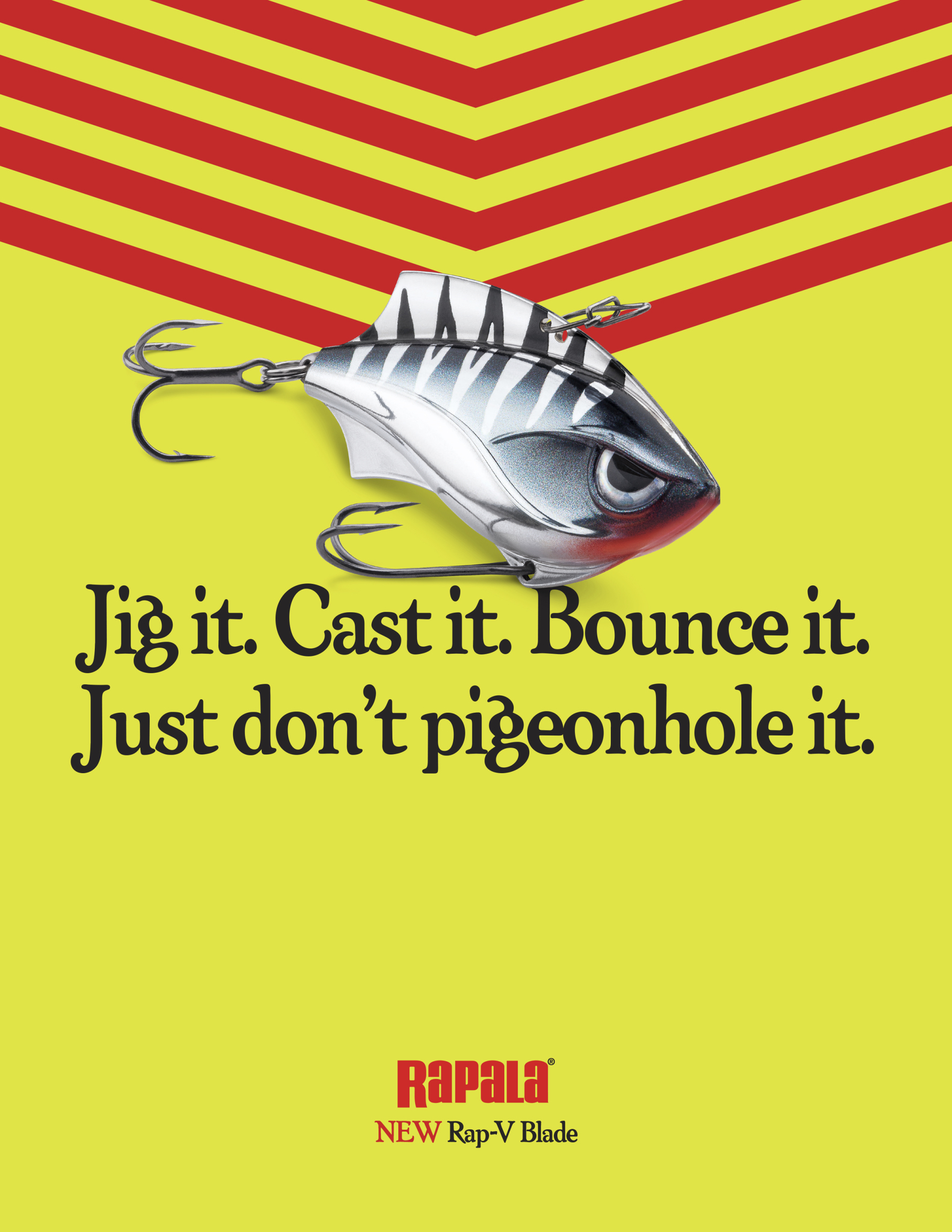 https://hooklineandsinker.ca/wp-content/uploads/2020/04/Rapala-Rap-V-Blade-A.jpg
2048
1583
HLSAdmin
https://hooklineandsinker.ca/wp-content/uploads/2014/12/Steelheading-in-the-Snow-900-80-Not-Faded-Actual-1030x91.jpg
HLSAdmin2020-04-28 22:04:402020-09-29 22:53:23Rapala Rap-V Blade
https://hooklineandsinker.ca/wp-content/uploads/2020/04/Rapala-Rap-V-Blade-A.jpg
2048
1583
HLSAdmin
https://hooklineandsinker.ca/wp-content/uploads/2014/12/Steelheading-in-the-Snow-900-80-Not-Faded-Actual-1030x91.jpg
HLSAdmin2020-04-28 22:04:402020-09-29 22:53:23Rapala Rap-V Blade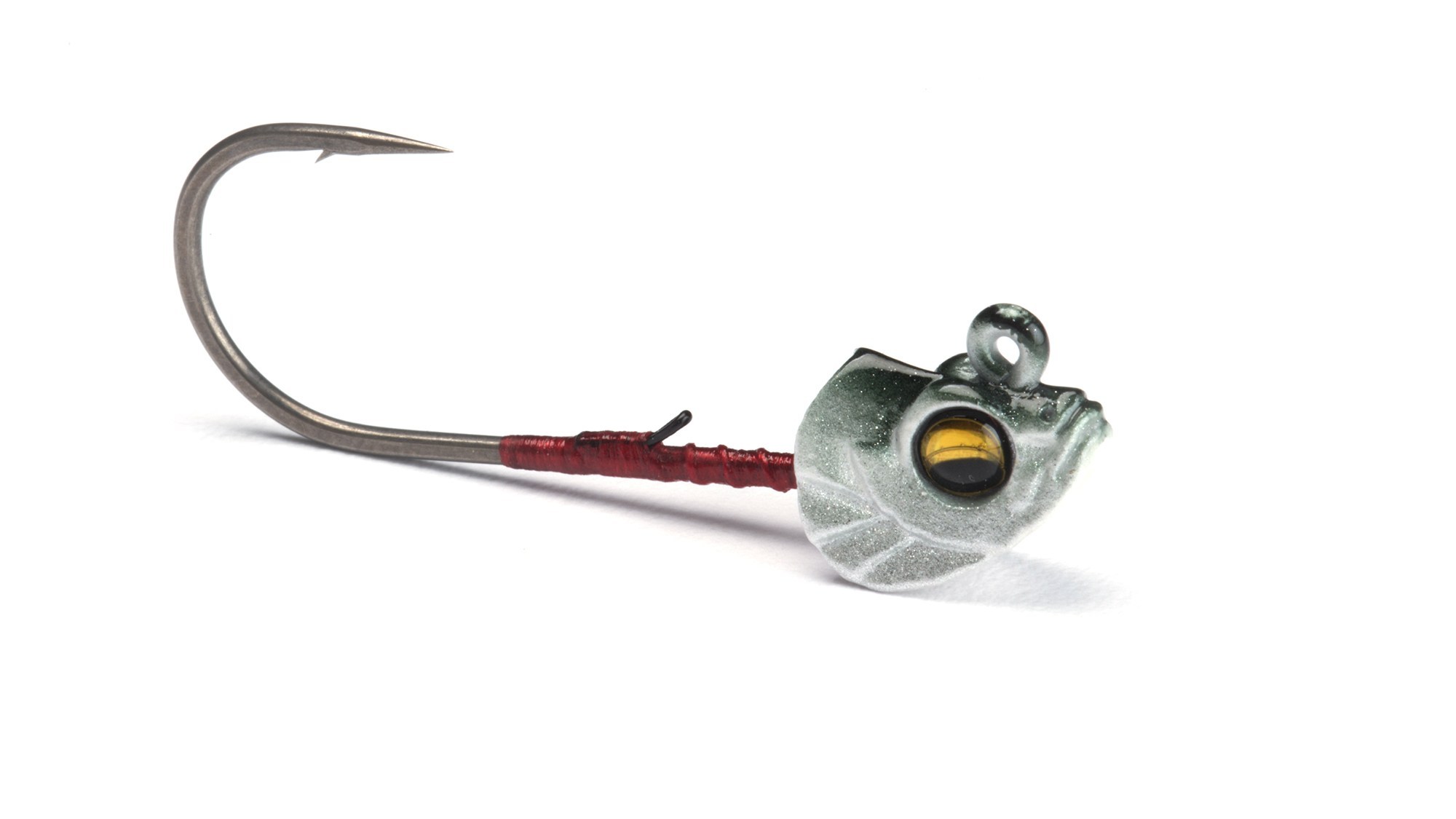 https://hooklineandsinker.ca/wp-content/uploads/2019/08/Megabass-Okashira-Jig-Head-OKASHIRA-HEAD-TRUE-WHITE.jpg
1125
2000
HLSAdmin
https://hooklineandsinker.ca/wp-content/uploads/2014/12/Steelheading-in-the-Snow-900-80-Not-Faded-Actual-1030x91.jpg
HLSAdmin2019-08-26 21:11:592020-07-12 22:48:44Megabass Okashira Jig Head
https://hooklineandsinker.ca/wp-content/uploads/2019/08/Megabass-Okashira-Jig-Head-OKASHIRA-HEAD-TRUE-WHITE.jpg
1125
2000
HLSAdmin
https://hooklineandsinker.ca/wp-content/uploads/2014/12/Steelheading-in-the-Snow-900-80-Not-Faded-Actual-1030x91.jpg
HLSAdmin2019-08-26 21:11:592020-07-12 22:48:44Megabass Okashira Jig Head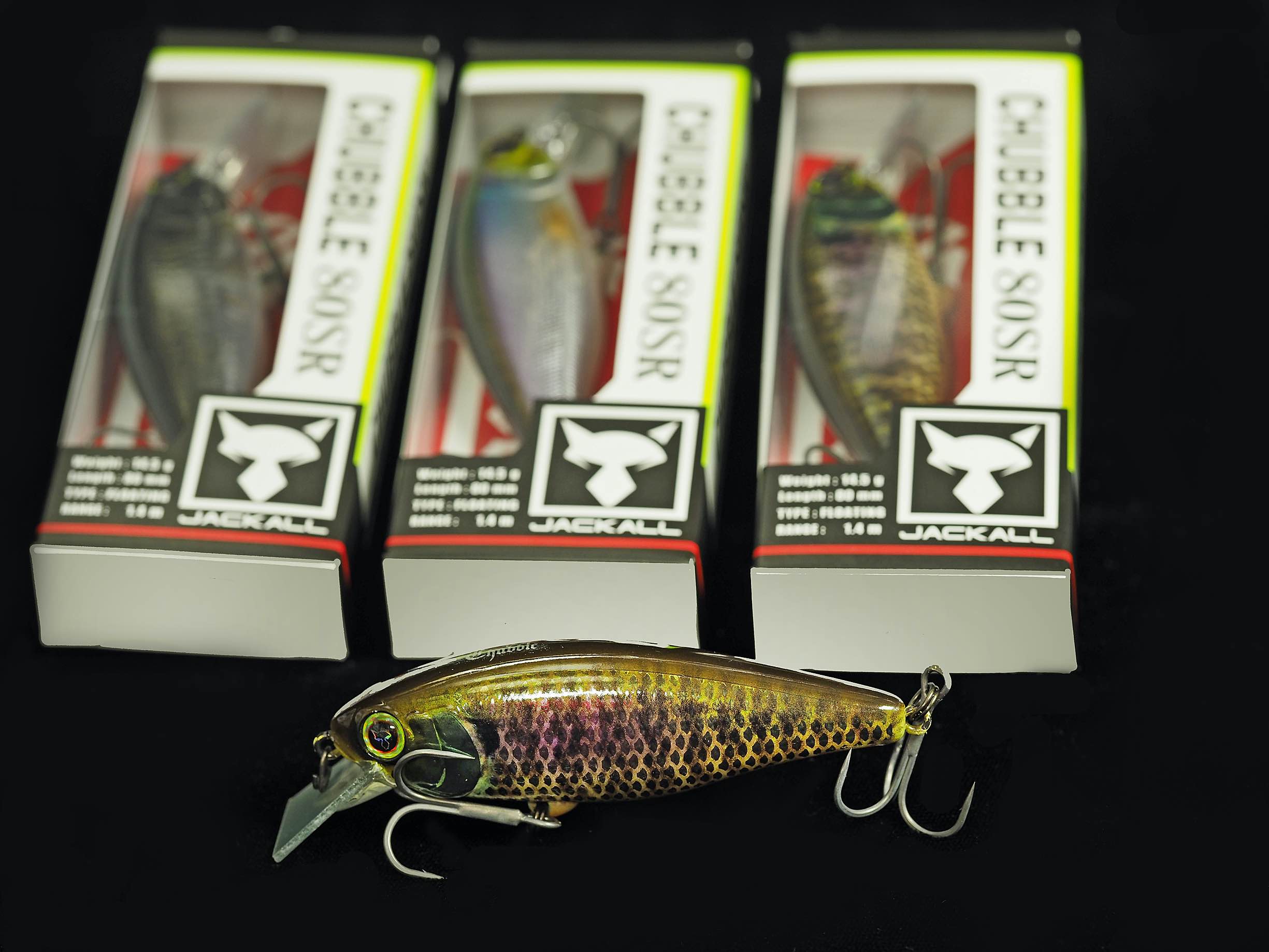 https://hooklineandsinker.ca/wp-content/uploads/2020/01/Jackall-Chbble-80SR-Assortment-BB.jpg
1838
2450
HLSAdmin
https://hooklineandsinker.ca/wp-content/uploads/2014/12/Steelheading-in-the-Snow-900-80-Not-Faded-Actual-1030x91.jpg
HLSAdmin2020-01-12 20:52:242020-01-12 20:52:24Jackall Chubble Crankbait
https://hooklineandsinker.ca/wp-content/uploads/2020/01/Jackall-Chbble-80SR-Assortment-BB.jpg
1838
2450
HLSAdmin
https://hooklineandsinker.ca/wp-content/uploads/2014/12/Steelheading-in-the-Snow-900-80-Not-Faded-Actual-1030x91.jpg
HLSAdmin2020-01-12 20:52:242020-01-12 20:52:24Jackall Chubble Crankbait https://hooklineandsinker.ca/wp-content/uploads/2019/06/Set-The-Hook-Gamakatsu-Dead-Quiver-Head-BB.jpg
1560
2450
HLSAdmin
https://hooklineandsinker.ca/wp-content/uploads/2014/12/Steelheading-in-the-Snow-900-80-Not-Faded-Actual-1030x91.jpg
HLSAdmin2019-06-08 22:03:342020-02-25 23:55:22STH – Set The Hook Gamakatsu Dead Quiver Head
https://hooklineandsinker.ca/wp-content/uploads/2019/06/Set-The-Hook-Gamakatsu-Dead-Quiver-Head-BB.jpg
1560
2450
HLSAdmin
https://hooklineandsinker.ca/wp-content/uploads/2014/12/Steelheading-in-the-Snow-900-80-Not-Faded-Actual-1030x91.jpg
HLSAdmin2019-06-08 22:03:342020-02-25 23:55:22STH – Set The Hook Gamakatsu Dead Quiver Head https://hooklineandsinker.ca/wp-content/uploads/2020/01/Rapid-Fishing-Solutions-rapidfishingsolutionslogo_240px_transp_1547246456__13241.original.png
68
240
HLSAdmin
https://hooklineandsinker.ca/wp-content/uploads/2014/12/Steelheading-in-the-Snow-900-80-Not-Faded-Actual-1030x91.jpg
HLSAdmin2020-01-01 11:52:352020-01-01 11:53:03Rapid Fishing Solutions
https://hooklineandsinker.ca/wp-content/uploads/2020/01/Rapid-Fishing-Solutions-rapidfishingsolutionslogo_240px_transp_1547246456__13241.original.png
68
240
HLSAdmin
https://hooklineandsinker.ca/wp-content/uploads/2014/12/Steelheading-in-the-Snow-900-80-Not-Faded-Actual-1030x91.jpg
HLSAdmin2020-01-01 11:52:352020-01-01 11:53:03Rapid Fishing Solutions https://hooklineandsinker.ca/wp-content/uploads/2020/01/westin-freddy-the-frog-wakebait.jpg
652
700
HLSAdmin
https://hooklineandsinker.ca/wp-content/uploads/2014/12/Steelheading-in-the-Snow-900-80-Not-Faded-Actual-1030x91.jpg
HLSAdmin2020-01-01 00:26:372020-01-12 19:43:52Westin Freddy The Frog Wakebait
https://hooklineandsinker.ca/wp-content/uploads/2020/01/westin-freddy-the-frog-wakebait.jpg
652
700
HLSAdmin
https://hooklineandsinker.ca/wp-content/uploads/2014/12/Steelheading-in-the-Snow-900-80-Not-Faded-Actual-1030x91.jpg
HLSAdmin2020-01-01 00:26:372020-01-12 19:43:52Westin Freddy The Frog Wakebait https://hooklineandsinker.ca/wp-content/uploads/2019/11/[email protected]
55
340
HLSAdmin
https://hooklineandsinker.ca/wp-content/uploads/2014/12/Steelheading-in-the-Snow-900-80-Not-Faded-Actual-1030x91.jpg
HLSAdmin2019-11-16 13:17:462019-11-16 13:31:01Frodin Fly Designs
https://hooklineandsinker.ca/wp-content/uploads/2019/11/[email protected]
55
340
HLSAdmin
https://hooklineandsinker.ca/wp-content/uploads/2014/12/Steelheading-in-the-Snow-900-80-Not-Faded-Actual-1030x91.jpg
HLSAdmin2019-11-16 13:17:462019-11-16 13:31:01Frodin Fly Designs https://hooklineandsinker.ca/wp-content/uploads/2019/09/The-River2Sea-Bully-Wa-2-Frog-AA.jpg
1678
2450
HLSAdmin
https://hooklineandsinker.ca/wp-content/uploads/2014/12/Steelheading-in-the-Snow-900-80-Not-Faded-Actual-1030x91.jpg
HLSAdmin2019-09-11 22:16:222019-09-11 22:19:01River2Sea Bully Wa 2 Frog with Plopper Trailer and Frog Kit
https://hooklineandsinker.ca/wp-content/uploads/2019/09/The-River2Sea-Bully-Wa-2-Frog-AA.jpg
1678
2450
HLSAdmin
https://hooklineandsinker.ca/wp-content/uploads/2014/12/Steelheading-in-the-Snow-900-80-Not-Faded-Actual-1030x91.jpg
HLSAdmin2019-09-11 22:16:222019-09-11 22:19:01River2Sea Bully Wa 2 Frog with Plopper Trailer and Frog Kit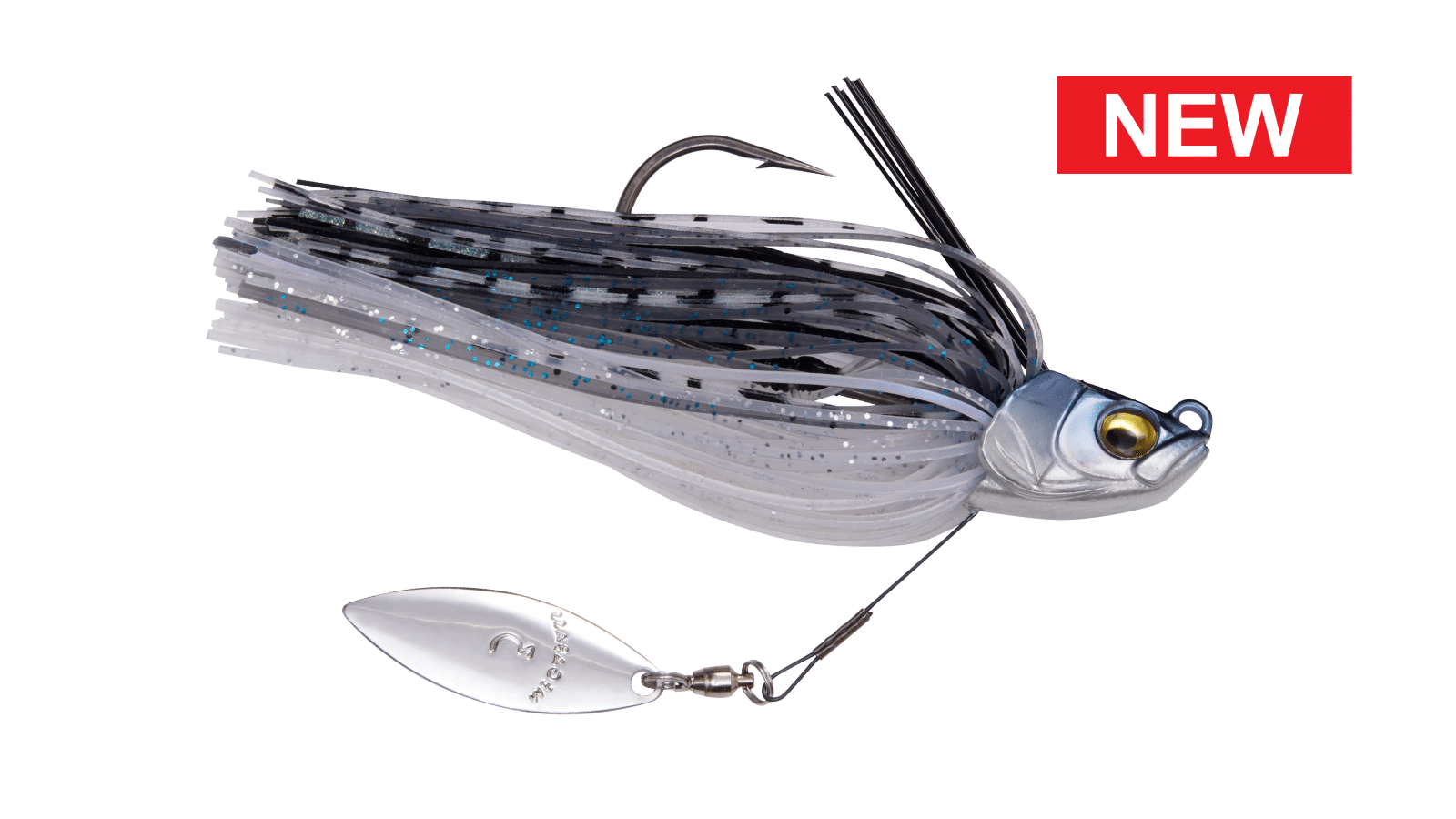 https://hooklineandsinker.ca/wp-content/uploads/2019/08/Megabass-Uoze-Swimmer-uoze_swimmer_1-2oz_main01_HERO_new.png
900
1600
HLSAdmin
https://hooklineandsinker.ca/wp-content/uploads/2014/12/Steelheading-in-the-Snow-900-80-Not-Faded-Actual-1030x91.jpg
HLSAdmin2019-08-26 22:17:322019-08-26 23:36:12Megabass Uoze Swimmer
https://hooklineandsinker.ca/wp-content/uploads/2019/08/Megabass-Uoze-Swimmer-uoze_swimmer_1-2oz_main01_HERO_new.png
900
1600
HLSAdmin
https://hooklineandsinker.ca/wp-content/uploads/2014/12/Steelheading-in-the-Snow-900-80-Not-Faded-Actual-1030x91.jpg
HLSAdmin2019-08-26 22:17:322019-08-26 23:36:12Megabass Uoze Swimmer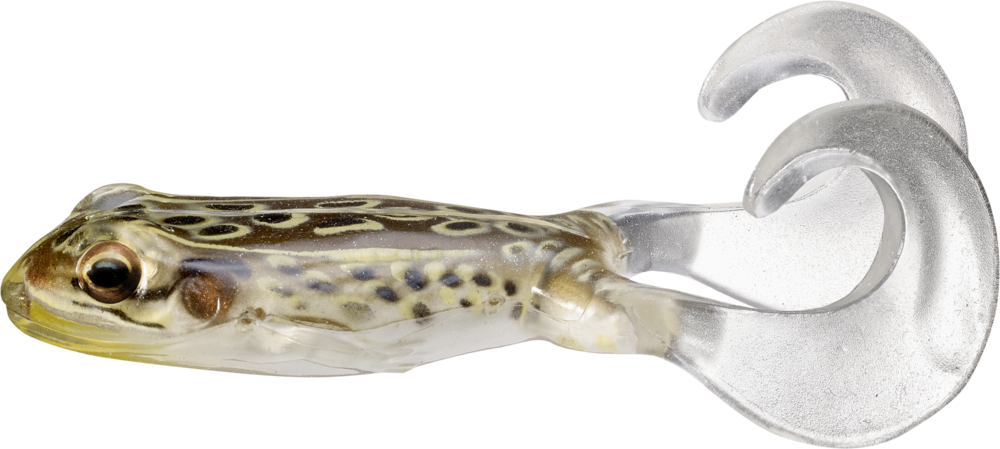 https://hooklineandsinker.ca/wp-content/uploads/2019/08/LIVETARGET-FreeStyle-Frog-FSF502-Tan-brown-on_white_1000x.png
449
1000
HLSAdmin
https://hooklineandsinker.ca/wp-content/uploads/2014/12/Steelheading-in-the-Snow-900-80-Not-Faded-Actual-1030x91.jpg
HLSAdmin2019-08-05 20:38:332019-08-05 21:00:02LIVETARGET FreeStyle Frog
https://hooklineandsinker.ca/wp-content/uploads/2019/08/LIVETARGET-FreeStyle-Frog-FSF502-Tan-brown-on_white_1000x.png
449
1000
HLSAdmin
https://hooklineandsinker.ca/wp-content/uploads/2014/12/Steelheading-in-the-Snow-900-80-Not-Faded-Actual-1030x91.jpg
HLSAdmin2019-08-05 20:38:332019-08-05 21:00:02LIVETARGET FreeStyle Frog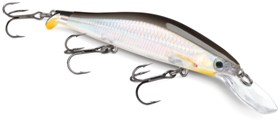 https://hooklineandsinker.ca/wp-content/uploads/2019/08/Rapala-RipStop-Deep-c25b2803-e21c-40cf-966e-6dd983e3bafc_280x124.png
124
280
HLSAdmin
https://hooklineandsinker.ca/wp-content/uploads/2014/12/Steelheading-in-the-Snow-900-80-Not-Faded-Actual-1030x91.jpg
HLSAdmin2019-08-05 20:17:152019-08-05 20:17:15Rapala RipStop Deep
https://hooklineandsinker.ca/wp-content/uploads/2019/08/Rapala-RipStop-Deep-c25b2803-e21c-40cf-966e-6dd983e3bafc_280x124.png
124
280
HLSAdmin
https://hooklineandsinker.ca/wp-content/uploads/2014/12/Steelheading-in-the-Snow-900-80-Not-Faded-Actual-1030x91.jpg
HLSAdmin2019-08-05 20:17:152019-08-05 20:17:15Rapala RipStop Deep https://hooklineandsinker.ca/wp-content/uploads/2020/01/Lunkerhunt-Finesse-Mushroom-Jig-Head-A-scaled.jpg
1707
2560
HLSAdmin
https://hooklineandsinker.ca/wp-content/uploads/2014/12/Steelheading-in-the-Snow-900-80-Not-Faded-Actual-1030x91.jpg
HLSAdmin2020-01-24 19:18:132020-07-20 21:34:51Lunkerhunt Finesse Weedless Mushroom Jig Head
https://hooklineandsinker.ca/wp-content/uploads/2020/01/Lunkerhunt-Finesse-Mushroom-Jig-Head-A-scaled.jpg
1707
2560
HLSAdmin
https://hooklineandsinker.ca/wp-content/uploads/2014/12/Steelheading-in-the-Snow-900-80-Not-Faded-Actual-1030x91.jpg
HLSAdmin2020-01-24 19:18:132020-07-20 21:34:51Lunkerhunt Finesse Weedless Mushroom Jig Head https://hooklineandsinker.ca/wp-content/uploads/2019/08/YUM-MAgnum-Finesse-Worm.png
563
900
HLSAdmin
https://hooklineandsinker.ca/wp-content/uploads/2014/12/Steelheading-in-the-Snow-900-80-Not-Faded-Actual-1030x91.jpg
HLSAdmin2019-08-05 14:31:212019-08-05 14:31:21YUM Magnum Finesse Worm
https://hooklineandsinker.ca/wp-content/uploads/2019/08/YUM-MAgnum-Finesse-Worm.png
563
900
HLSAdmin
https://hooklineandsinker.ca/wp-content/uploads/2014/12/Steelheading-in-the-Snow-900-80-Not-Faded-Actual-1030x91.jpg
HLSAdmin2019-08-05 14:31:212019-08-05 14:31:21YUM Magnum Finesse Worm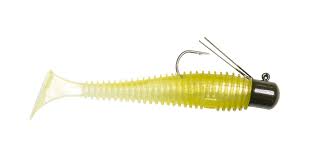 https://hooklineandsinker.ca/wp-content/uploads/2020/01/Lunkerhunt-Pre-Rigged-Finesse-Swimbait.jpg
162
312
HLSAdmin
https://hooklineandsinker.ca/wp-content/uploads/2014/12/Steelheading-in-the-Snow-900-80-Not-Faded-Actual-1030x91.jpg
HLSAdmin2020-01-24 19:07:542020-07-20 21:32:56Lunkerhunt Pre-Rigged Finesse Swimbait
https://hooklineandsinker.ca/wp-content/uploads/2020/01/Lunkerhunt-Pre-Rigged-Finesse-Swimbait.jpg
162
312
HLSAdmin
https://hooklineandsinker.ca/wp-content/uploads/2014/12/Steelheading-in-the-Snow-900-80-Not-Faded-Actual-1030x91.jpg
HLSAdmin2020-01-24 19:07:542020-07-20 21:32:56Lunkerhunt Pre-Rigged Finesse Swimbait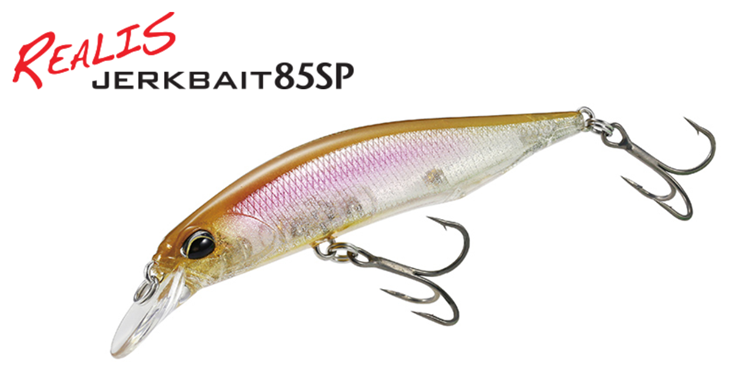 https://hooklineandsinker.ca/wp-content/uploads/2019/08/Duo-Realis-85SP-JERKBAIT-85SP.png
381
756
HLSAdmin
https://hooklineandsinker.ca/wp-content/uploads/2014/12/Steelheading-in-the-Snow-900-80-Not-Faded-Actual-1030x91.jpg
HLSAdmin2019-08-05 12:56:212020-07-20 21:54:42Duo Realis 85SP Jerkbait
https://hooklineandsinker.ca/wp-content/uploads/2019/08/Duo-Realis-85SP-JERKBAIT-85SP.png
381
756
HLSAdmin
https://hooklineandsinker.ca/wp-content/uploads/2014/12/Steelheading-in-the-Snow-900-80-Not-Faded-Actual-1030x91.jpg
HLSAdmin2019-08-05 12:56:212020-07-20 21:54:42Duo Realis 85SP Jerkbait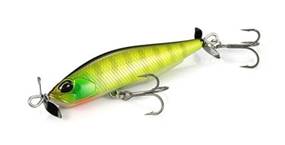 https://hooklineandsinker.ca/wp-content/uploads/2019/07/Duo-Realis-Spinbait-72-Alpha.jpg
145
285
HLSAdmin
https://hooklineandsinker.ca/wp-content/uploads/2014/12/Steelheading-in-the-Snow-900-80-Not-Faded-Actual-1030x91.jpg
HLSAdmin2019-08-04 22:46:212020-04-06 21:06:57Duo Realis Spinbait 72 Alpha
https://hooklineandsinker.ca/wp-content/uploads/2019/07/Duo-Realis-Spinbait-72-Alpha.jpg
145
285
HLSAdmin
https://hooklineandsinker.ca/wp-content/uploads/2014/12/Steelheading-in-the-Snow-900-80-Not-Faded-Actual-1030x91.jpg
HLSAdmin2019-08-04 22:46:212020-04-06 21:06:57Duo Realis Spinbait 72 Alpha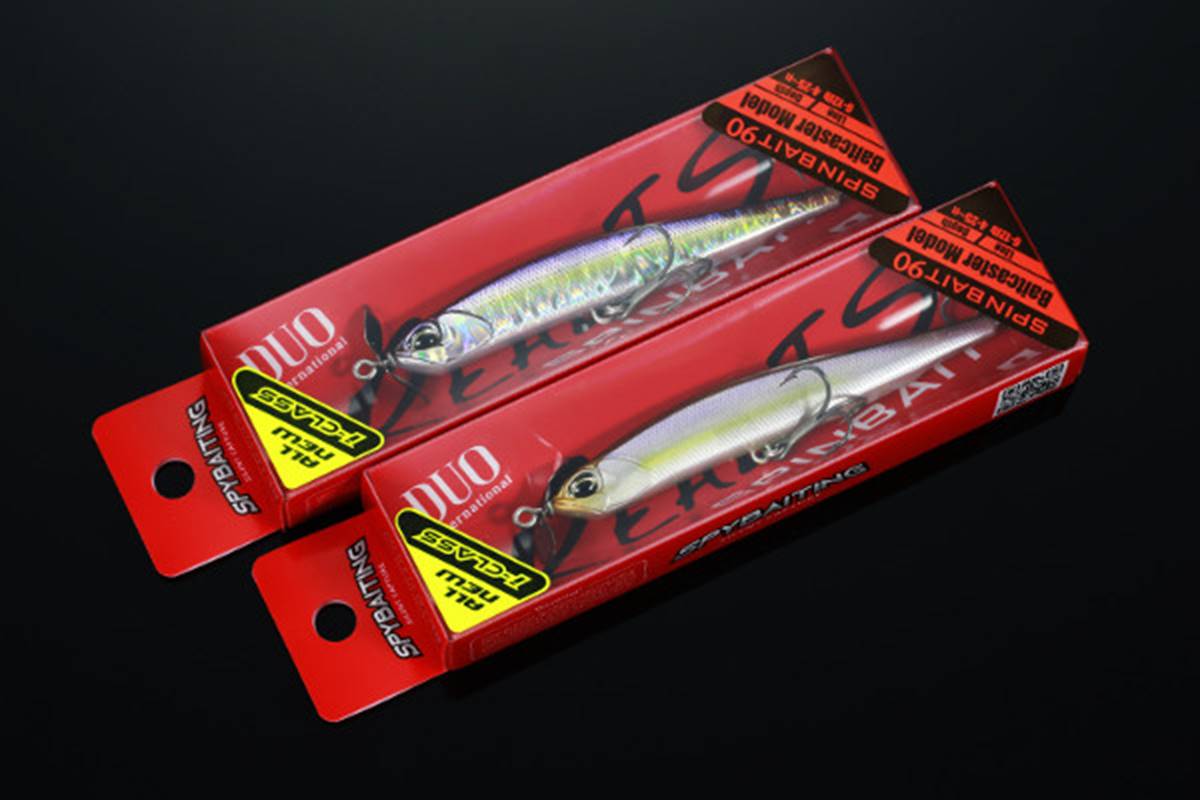 https://hooklineandsinker.ca/wp-content/uploads/2020/02/Duo-Realis-I-Class-Spinbait.jpg
800
1200
HLSAdmin
https://hooklineandsinker.ca/wp-content/uploads/2014/12/Steelheading-in-the-Snow-900-80-Not-Faded-Actual-1030x91.jpg
HLSAdmin2020-02-08 21:28:062020-07-12 22:50:36Duo Realis “I-Class” Spinbait
https://hooklineandsinker.ca/wp-content/uploads/2020/02/Duo-Realis-I-Class-Spinbait.jpg
800
1200
HLSAdmin
https://hooklineandsinker.ca/wp-content/uploads/2014/12/Steelheading-in-the-Snow-900-80-Not-Faded-Actual-1030x91.jpg
HLSAdmin2020-02-08 21:28:062020-07-12 22:50:36Duo Realis “I-Class” Spinbait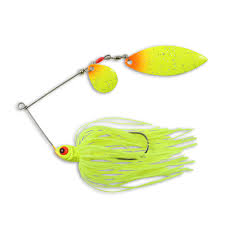 https://hooklineandsinker.ca/wp-content/uploads/2019/08/Northland-REED-RUNNER-TANDEM-SPIN.jpg
225
225
HLSAdmin
https://hooklineandsinker.ca/wp-content/uploads/2014/12/Steelheading-in-the-Snow-900-80-Not-Faded-Actual-1030x91.jpg
HLSAdmin2019-08-04 21:17:592019-08-04 21:23:08Northland Reed Runner Tandem Spinnerbaits
https://hooklineandsinker.ca/wp-content/uploads/2019/08/Northland-REED-RUNNER-TANDEM-SPIN.jpg
225
225
HLSAdmin
https://hooklineandsinker.ca/wp-content/uploads/2014/12/Steelheading-in-the-Snow-900-80-Not-Faded-Actual-1030x91.jpg
HLSAdmin2019-08-04 21:17:592019-08-04 21:23:08Northland Reed Runner Tandem Spinnerbaits https://hooklineandsinker.ca/wp-content/uploads/2019/08/Live-Target-Ghost-Tail-Minnow-GTM934-silver-brown-WHT-v2_1000x.png
114
1000
HLSAdmin
https://hooklineandsinker.ca/wp-content/uploads/2014/12/Steelheading-in-the-Snow-900-80-Not-Faded-Actual-1030x91.jpg
HLSAdmin2019-08-04 21:05:172019-08-04 21:05:17Live Target Ghost Tail Minnow
https://hooklineandsinker.ca/wp-content/uploads/2019/08/Live-Target-Ghost-Tail-Minnow-GTM934-silver-brown-WHT-v2_1000x.png
114
1000
HLSAdmin
https://hooklineandsinker.ca/wp-content/uploads/2014/12/Steelheading-in-the-Snow-900-80-Not-Faded-Actual-1030x91.jpg
HLSAdmin2019-08-04 21:05:172019-08-04 21:05:17Live Target Ghost Tail Minnow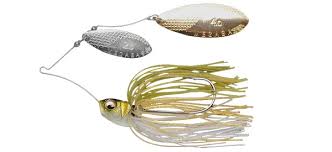 https://hooklineandsinker.ca/wp-content/uploads/2019/08/Megabass-V9-Double-Willow-Spinnerbaits.jpg
152
332
HLSAdmin
https://hooklineandsinker.ca/wp-content/uploads/2014/12/Steelheading-in-the-Snow-900-80-Not-Faded-Actual-1030x91.jpg
HLSAdmin2019-08-04 20:17:402019-08-04 20:17:40Megabass V9 Double Willow Spinnerbaits
https://hooklineandsinker.ca/wp-content/uploads/2019/08/Megabass-V9-Double-Willow-Spinnerbaits.jpg
152
332
HLSAdmin
https://hooklineandsinker.ca/wp-content/uploads/2014/12/Steelheading-in-the-Snow-900-80-Not-Faded-Actual-1030x91.jpg
HLSAdmin2019-08-04 20:17:402019-08-04 20:17:40Megabass V9 Double Willow Spinnerbaits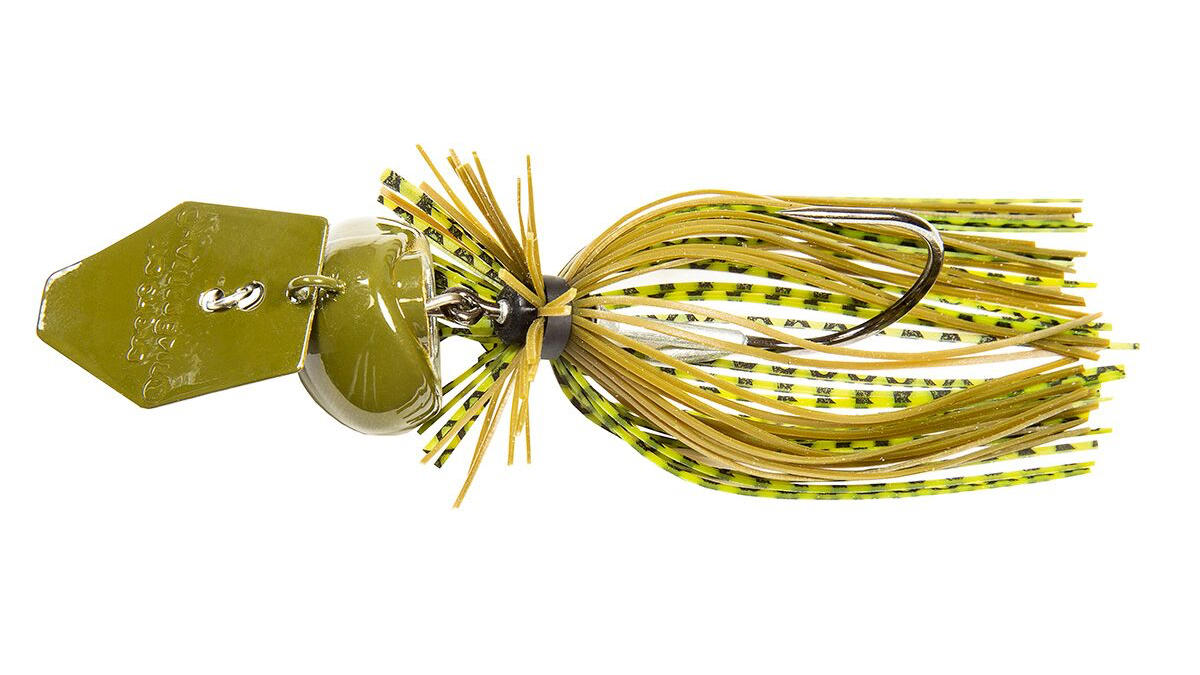 https://hooklineandsinker.ca/wp-content/uploads/2019/07/z-man-chatterbait-freedom-cfl.jpg
675
1200
HLSAdmin
https://hooklineandsinker.ca/wp-content/uploads/2014/12/Steelheading-in-the-Snow-900-80-Not-Faded-Actual-1030x91.jpg
HLSAdmin2019-07-10 23:08:182019-07-10 23:08:18Z-Man ChatterBait Freedom CF Football
https://hooklineandsinker.ca/wp-content/uploads/2019/07/z-man-chatterbait-freedom-cfl.jpg
675
1200
HLSAdmin
https://hooklineandsinker.ca/wp-content/uploads/2014/12/Steelheading-in-the-Snow-900-80-Not-Faded-Actual-1030x91.jpg
HLSAdmin2019-07-10 23:08:182019-07-10 23:08:18Z-Man ChatterBait Freedom CF Football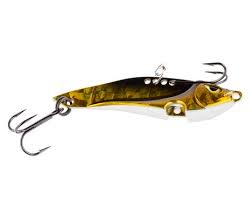 https://hooklineandsinker.ca/wp-content/uploads/2020/01/Freedom-Blade-Bait-Vibrating-Lure-B.jpg
201
251
HLSAdmin
https://hooklineandsinker.ca/wp-content/uploads/2014/12/Steelheading-in-the-Snow-900-80-Not-Faded-Actual-1030x91.jpg
HLSAdmin2020-01-18 14:59:232020-01-24 17:38:43Freedom Blade Bait Vibrating Lure
https://hooklineandsinker.ca/wp-content/uploads/2020/01/Freedom-Blade-Bait-Vibrating-Lure-B.jpg
201
251
HLSAdmin
https://hooklineandsinker.ca/wp-content/uploads/2014/12/Steelheading-in-the-Snow-900-80-Not-Faded-Actual-1030x91.jpg
HLSAdmin2020-01-18 14:59:232020-01-24 17:38:43Freedom Blade Bait Vibrating Lure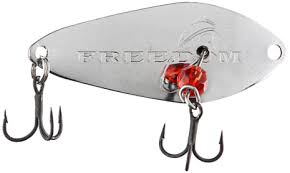 https://hooklineandsinker.ca/wp-content/uploads/2020/01/Freedom-Fretin-Live-Action-Spoon-C.jpg
173
290
HLSAdmin
https://hooklineandsinker.ca/wp-content/uploads/2014/12/Steelheading-in-the-Snow-900-80-Not-Faded-Actual-1030x91.jpg
HLSAdmin2020-01-18 14:46:362020-01-18 14:55:33Freedom Fretin Minnow Jigging Live Action Spoon
https://hooklineandsinker.ca/wp-content/uploads/2020/01/Freedom-Fretin-Live-Action-Spoon-C.jpg
173
290
HLSAdmin
https://hooklineandsinker.ca/wp-content/uploads/2014/12/Steelheading-in-the-Snow-900-80-Not-Faded-Actual-1030x91.jpg
HLSAdmin2020-01-18 14:46:362020-01-18 14:55:33Freedom Fretin Minnow Jigging Live Action Spoon https://hooklineandsinker.ca/wp-content/uploads/2019/07/Westin-HypoTwist.png
461
975
HLSAdmin
https://hooklineandsinker.ca/wp-content/uploads/2014/12/Steelheading-in-the-Snow-900-80-Not-Faded-Actual-1030x91.jpg
HLSAdmin2019-07-10 20:31:492019-07-10 20:31:49Westin HypoTwist
https://hooklineandsinker.ca/wp-content/uploads/2019/07/Westin-HypoTwist.png
461
975
HLSAdmin
https://hooklineandsinker.ca/wp-content/uploads/2014/12/Steelheading-in-the-Snow-900-80-Not-Faded-Actual-1030x91.jpg
HLSAdmin2019-07-10 20:31:492019-07-10 20:31:49Westin HypoTwist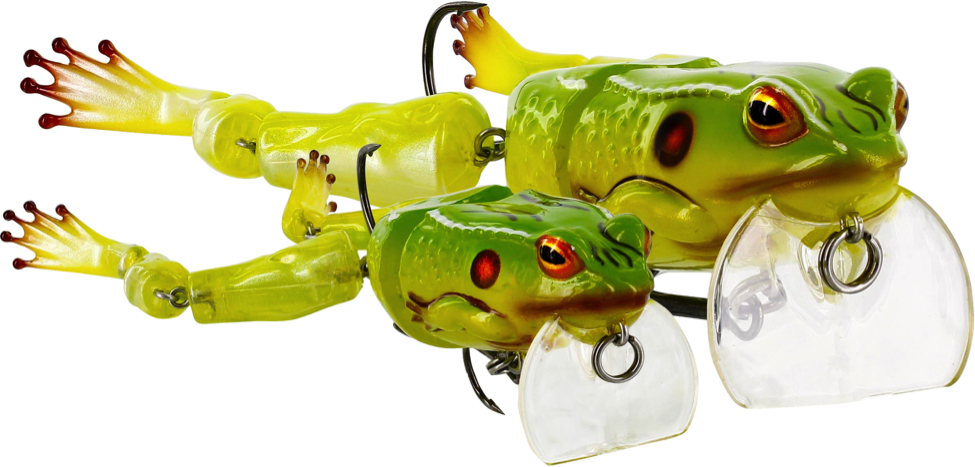 https://hooklineandsinker.ca/wp-content/uploads/2019/07/Westin-Freddy-the-Frog-Jr.png
467
975
HLSAdmin
https://hooklineandsinker.ca/wp-content/uploads/2014/12/Steelheading-in-the-Snow-900-80-Not-Faded-Actual-1030x91.jpg
HLSAdmin2019-07-10 20:26:372019-07-10 20:26:37Westin Freddy The Frog Jr.
https://hooklineandsinker.ca/wp-content/uploads/2019/07/Westin-Freddy-the-Frog-Jr.png
467
975
HLSAdmin
https://hooklineandsinker.ca/wp-content/uploads/2014/12/Steelheading-in-the-Snow-900-80-Not-Faded-Actual-1030x91.jpg
HLSAdmin2019-07-10 20:26:372019-07-10 20:26:37Westin Freddy The Frog Jr.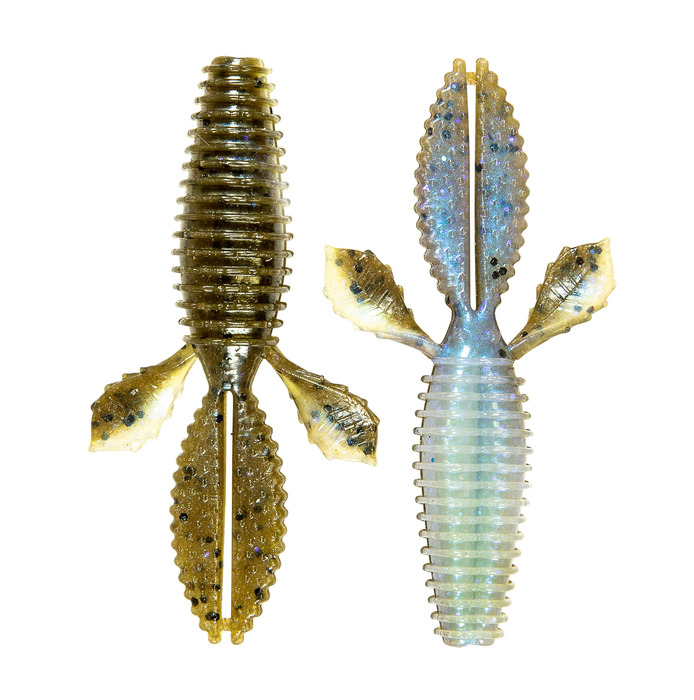 https://hooklineandsinker.ca/wp-content/uploads/2019/07/Z-Man-TRD-BugZ.jpg
700
694
HLSAdmin
https://hooklineandsinker.ca/wp-content/uploads/2014/12/Steelheading-in-the-Snow-900-80-Not-Faded-Actual-1030x91.jpg
HLSAdmin2019-07-10 20:13:282019-07-10 20:13:28Z-Man TRD BugZ
https://hooklineandsinker.ca/wp-content/uploads/2019/07/Z-Man-TRD-BugZ.jpg
700
694
HLSAdmin
https://hooklineandsinker.ca/wp-content/uploads/2014/12/Steelheading-in-the-Snow-900-80-Not-Faded-Actual-1030x91.jpg
HLSAdmin2019-07-10 20:13:282019-07-10 20:13:28Z-Man TRD BugZ https://hooklineandsinker.ca/wp-content/uploads/2020/01/Freedom-Hammered-Minnow-with-Changeable-Hooks-B.jpg
188
600
HLSAdmin
https://hooklineandsinker.ca/wp-content/uploads/2014/12/Steelheading-in-the-Snow-900-80-Not-Faded-Actual-1030x91.jpg
HLSAdmin2020-01-18 14:30:082020-03-06 15:11:46Freedom Hammered Minnow with Changeable Hooks
https://hooklineandsinker.ca/wp-content/uploads/2020/01/Freedom-Hammered-Minnow-with-Changeable-Hooks-B.jpg
188
600
HLSAdmin
https://hooklineandsinker.ca/wp-content/uploads/2014/12/Steelheading-in-the-Snow-900-80-Not-Faded-Actual-1030x91.jpg
HLSAdmin2020-01-18 14:30:082020-03-06 15:11:46Freedom Hammered Minnow with Changeable Hooks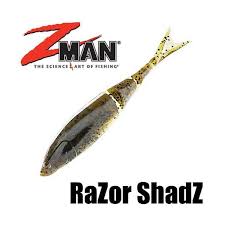 https://hooklineandsinker.ca/wp-content/uploads/2019/07/Z-Man-Razor-Shadz-Swimbait-C.jpg
225
225
HLSAdmin
https://hooklineandsinker.ca/wp-content/uploads/2014/12/Steelheading-in-the-Snow-900-80-Not-Faded-Actual-1030x91.jpg
HLSAdmin2019-07-07 20:29:572019-07-07 20:29:57Z-Man Razor Shadz Swimbait
https://hooklineandsinker.ca/wp-content/uploads/2019/07/Z-Man-Razor-Shadz-Swimbait-C.jpg
225
225
HLSAdmin
https://hooklineandsinker.ca/wp-content/uploads/2014/12/Steelheading-in-the-Snow-900-80-Not-Faded-Actual-1030x91.jpg
HLSAdmin2019-07-07 20:29:572019-07-07 20:29:57Z-Man Razor Shadz Swimbait https://hooklineandsinker.ca/wp-content/uploads/2019/07/Accu-Cull-All-in-One-Mini-Fishing-Rod-Drop-Shot-Weight-Holder-BB.jpg
1700
2450
HLSAdmin
https://hooklineandsinker.ca/wp-content/uploads/2014/12/Steelheading-in-the-Snow-900-80-Not-Faded-Actual-1030x91.jpg
HLSAdmin2019-07-07 19:48:362020-11-22 22:39:20Accu Cull – All in One Mini Fishing Rod Drop Shot Weight Holder
https://hooklineandsinker.ca/wp-content/uploads/2019/07/Accu-Cull-All-in-One-Mini-Fishing-Rod-Drop-Shot-Weight-Holder-BB.jpg
1700
2450
HLSAdmin
https://hooklineandsinker.ca/wp-content/uploads/2014/12/Steelheading-in-the-Snow-900-80-Not-Faded-Actual-1030x91.jpg
HLSAdmin2019-07-07 19:48:362020-11-22 22:39:20Accu Cull – All in One Mini Fishing Rod Drop Shot Weight Holder https://hooklineandsinker.ca/wp-content/uploads/2019/07/Ultimate-Fishing-logo.jpg
225
225
HLSAdmin
https://hooklineandsinker.ca/wp-content/uploads/2014/12/Steelheading-in-the-Snow-900-80-Not-Faded-Actual-1030x91.jpg
HLSAdmin2019-07-06 22:06:542019-07-07 00:05:13Ultimate Fishing
https://hooklineandsinker.ca/wp-content/uploads/2019/07/Ultimate-Fishing-logo.jpg
225
225
HLSAdmin
https://hooklineandsinker.ca/wp-content/uploads/2014/12/Steelheading-in-the-Snow-900-80-Not-Faded-Actual-1030x91.jpg
HLSAdmin2019-07-06 22:06:542019-07-07 00:05:13Ultimate Fishing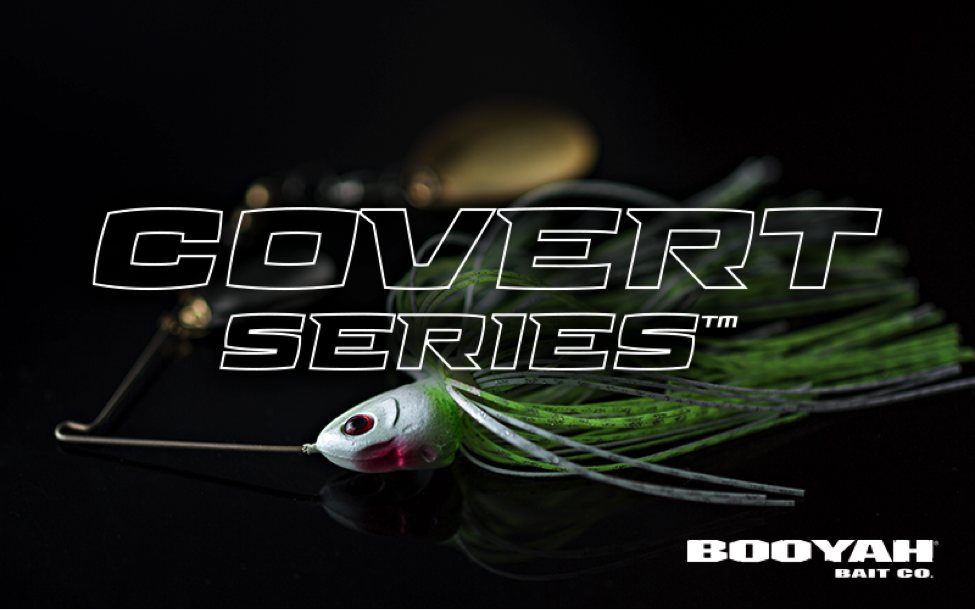 https://hooklineandsinker.ca/wp-content/uploads/2019/06/BOOYAH-Covert-Series-Spinnerbait.png
610
975
HLSAdmin
https://hooklineandsinker.ca/wp-content/uploads/2014/12/Steelheading-in-the-Snow-900-80-Not-Faded-Actual-1030x91.jpg
HLSAdmin2019-06-26 19:33:222019-06-26 19:33:22BOOYAH Covert Series Spinnerbait
https://hooklineandsinker.ca/wp-content/uploads/2019/06/BOOYAH-Covert-Series-Spinnerbait.png
610
975
HLSAdmin
https://hooklineandsinker.ca/wp-content/uploads/2014/12/Steelheading-in-the-Snow-900-80-Not-Faded-Actual-1030x91.jpg
HLSAdmin2019-06-26 19:33:222019-06-26 19:33:22BOOYAH Covert Series Spinnerbait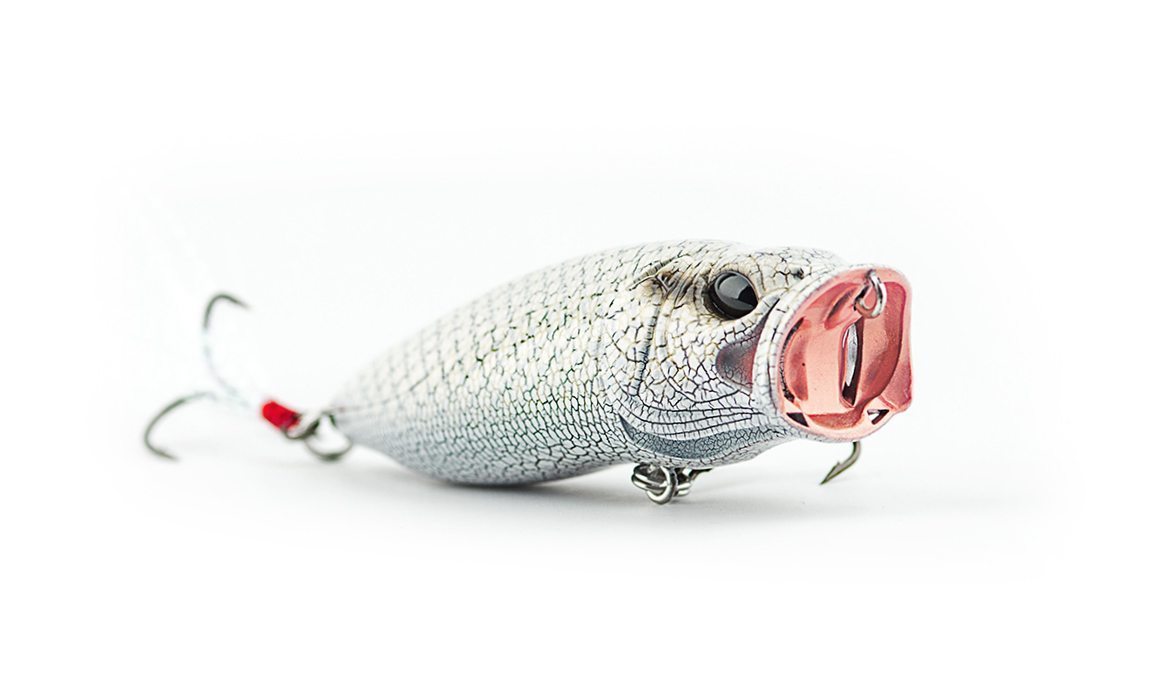 https://hooklineandsinker.ca/wp-content/uploads/2019/06/Megabass-Lures-Pop-Max-C.jpg
700
1150
HLSAdmin
https://hooklineandsinker.ca/wp-content/uploads/2014/12/Steelheading-in-the-Snow-900-80-Not-Faded-Actual-1030x91.jpg
HLSAdmin2019-06-23 18:54:242019-07-07 18:52:36Megabass PopMax Topwater Lure
https://hooklineandsinker.ca/wp-content/uploads/2019/06/Megabass-Lures-Pop-Max-C.jpg
700
1150
HLSAdmin
https://hooklineandsinker.ca/wp-content/uploads/2014/12/Steelheading-in-the-Snow-900-80-Not-Faded-Actual-1030x91.jpg
HLSAdmin2019-06-23 18:54:242019-07-07 18:52:36Megabass PopMax Topwater Lure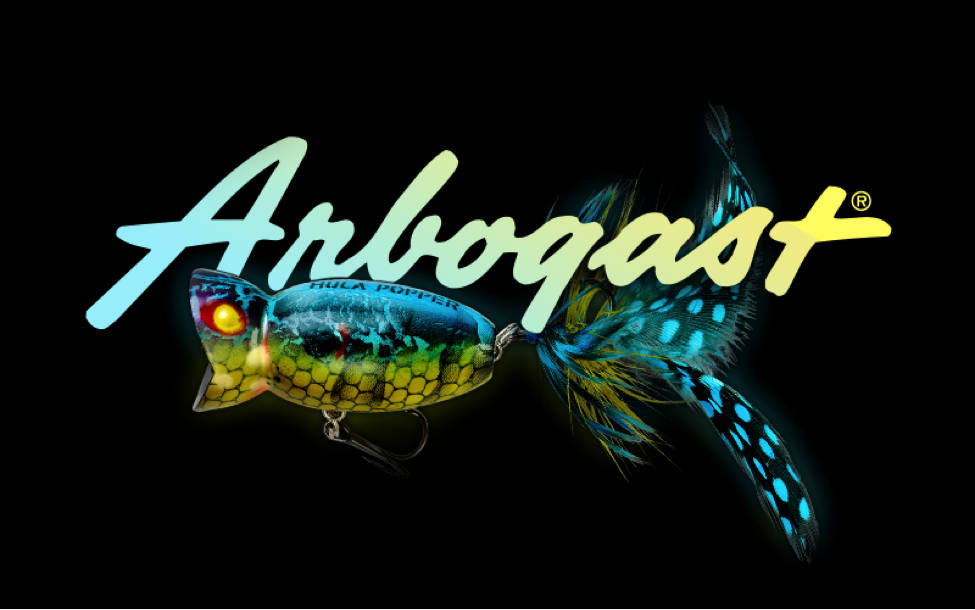 https://hooklineandsinker.ca/wp-content/uploads/2019/06/Arbogast-Hula-Popper-2-0.png
610
975
HLSAdmin
https://hooklineandsinker.ca/wp-content/uploads/2014/12/Steelheading-in-the-Snow-900-80-Not-Faded-Actual-1030x91.jpg
HLSAdmin2019-06-19 22:34:342019-06-19 22:34:34Arbogast Hula Popper 2.0
https://hooklineandsinker.ca/wp-content/uploads/2019/06/Arbogast-Hula-Popper-2-0.png
610
975
HLSAdmin
https://hooklineandsinker.ca/wp-content/uploads/2014/12/Steelheading-in-the-Snow-900-80-Not-Faded-Actual-1030x91.jpg
HLSAdmin2019-06-19 22:34:342019-06-19 22:34:34Arbogast Hula Popper 2.0 https://hooklineandsinker.ca/wp-content/uploads/2019/06/LIVETARGET-Announces-Injected-Core-Technology™-B.jpg
291
648
HLSAdmin
https://hooklineandsinker.ca/wp-content/uploads/2014/12/Steelheading-in-the-Snow-900-80-Not-Faded-Actual-1030x91.jpg
HLSAdmin2019-06-19 15:49:002020-02-08 22:09:03LIVETARGET Announces Injected Core Technology
https://hooklineandsinker.ca/wp-content/uploads/2019/06/LIVETARGET-Announces-Injected-Core-Technology™-B.jpg
291
648
HLSAdmin
https://hooklineandsinker.ca/wp-content/uploads/2014/12/Steelheading-in-the-Snow-900-80-Not-Faded-Actual-1030x91.jpg
HLSAdmin2019-06-19 15:49:002020-02-08 22:09:03LIVETARGET Announces Injected Core Technology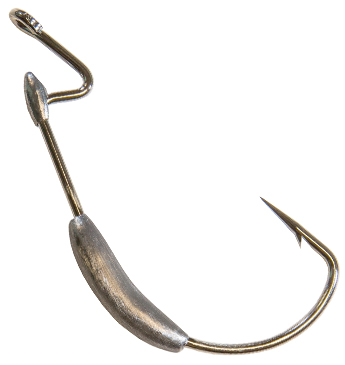 https://hooklineandsinker.ca/wp-content/uploads/2019/06/Z-Man-ChinlockZ-SWS-Keel-Weighed-Swimbait-Hooks-A.jpg
365
345
HLSAdmin
https://hooklineandsinker.ca/wp-content/uploads/2014/12/Steelheading-in-the-Snow-900-80-Not-Faded-Actual-1030x91.jpg
HLSAdmin2019-06-19 14:47:162019-06-19 14:47:16Z-Man ChinlockZ SWS Keel Weighed Swimbait Hooks
https://hooklineandsinker.ca/wp-content/uploads/2019/06/Z-Man-ChinlockZ-SWS-Keel-Weighed-Swimbait-Hooks-A.jpg
365
345
HLSAdmin
https://hooklineandsinker.ca/wp-content/uploads/2014/12/Steelheading-in-the-Snow-900-80-Not-Faded-Actual-1030x91.jpg
HLSAdmin2019-06-19 14:47:162019-06-19 14:47:16Z-Man ChinlockZ SWS Keel Weighed Swimbait Hooks https://hooklineandsinker.ca/wp-content/uploads/2020/11/Woo-Tungsten.jpg
225
225
HLSAdmin
https://hooklineandsinker.ca/wp-content/uploads/2014/12/Steelheading-in-the-Snow-900-80-Not-Faded-Actual-1030x91.jpg
HLSAdmin2020-11-30 21:00:262022-01-05 15:55:58WOO! Tungsten
https://hooklineandsinker.ca/wp-content/uploads/2020/11/Woo-Tungsten.jpg
225
225
HLSAdmin
https://hooklineandsinker.ca/wp-content/uploads/2014/12/Steelheading-in-the-Snow-900-80-Not-Faded-Actual-1030x91.jpg
HLSAdmin2020-11-30 21:00:262022-01-05 15:55:58WOO! Tungsten https://hooklineandsinker.ca/wp-content/uploads/2019/06/Flipping-Fundamentals-with-Denny-Brauer.jpg
402
600
HLSAdmin
https://hooklineandsinker.ca/wp-content/uploads/2014/12/Steelheading-in-the-Snow-900-80-Not-Faded-Actual-1030x91.jpg
HLSAdmin2019-06-12 20:11:132019-06-12 20:11:13Flipping Fundamentals with Denny Brauer
https://hooklineandsinker.ca/wp-content/uploads/2019/06/Flipping-Fundamentals-with-Denny-Brauer.jpg
402
600
HLSAdmin
https://hooklineandsinker.ca/wp-content/uploads/2014/12/Steelheading-in-the-Snow-900-80-Not-Faded-Actual-1030x91.jpg
HLSAdmin2019-06-12 20:11:132019-06-12 20:11:13Flipping Fundamentals with Denny Brauer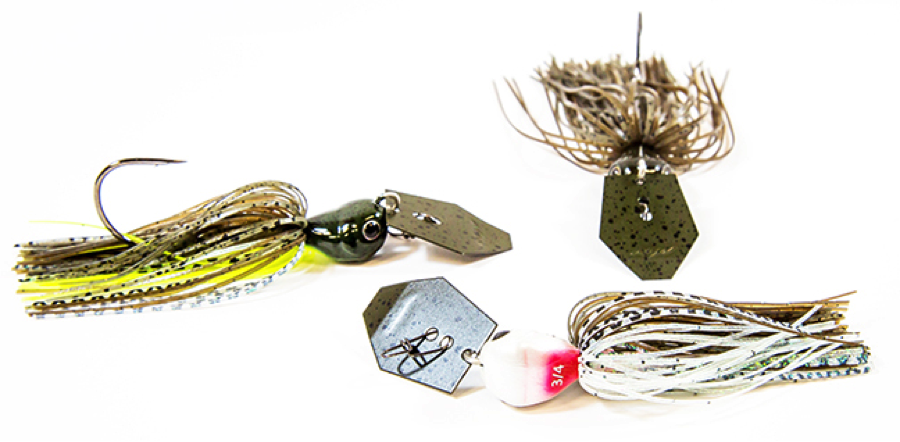 https://hooklineandsinker.ca/wp-content/uploads/2019/06/Fishing-With-Bladed-Jigs-A.png
442
900
HLSAdmin
https://hooklineandsinker.ca/wp-content/uploads/2014/12/Steelheading-in-the-Snow-900-80-Not-Faded-Actual-1030x91.jpg
HLSAdmin2019-06-09 18:29:302019-06-12 20:12:37Fishing with Bladed Jigs
https://hooklineandsinker.ca/wp-content/uploads/2019/06/Fishing-With-Bladed-Jigs-A.png
442
900
HLSAdmin
https://hooklineandsinker.ca/wp-content/uploads/2014/12/Steelheading-in-the-Snow-900-80-Not-Faded-Actual-1030x91.jpg
HLSAdmin2019-06-09 18:29:302019-06-12 20:12:37Fishing with Bladed Jigs https://hooklineandsinker.ca/wp-content/uploads/2014/11/Guelph-Lake-Largemouth-Bass-Ultra-Tungsten-12-ounce-Spinnerbait-AAA.jpg
2137
2078
HLSAdmin
https://hooklineandsinker.ca/wp-content/uploads/2014/12/Steelheading-in-the-Snow-900-80-Not-Faded-Actual-1030x91.jpg
HLSAdmin2019-05-12 18:36:132019-06-12 20:14:16Tips for Bassing with Spinnerbaits
https://hooklineandsinker.ca/wp-content/uploads/2014/11/Guelph-Lake-Largemouth-Bass-Ultra-Tungsten-12-ounce-Spinnerbait-AAA.jpg
2137
2078
HLSAdmin
https://hooklineandsinker.ca/wp-content/uploads/2014/12/Steelheading-in-the-Snow-900-80-Not-Faded-Actual-1030x91.jpg
HLSAdmin2019-05-12 18:36:132019-06-12 20:14:16Tips for Bassing with Spinnerbaits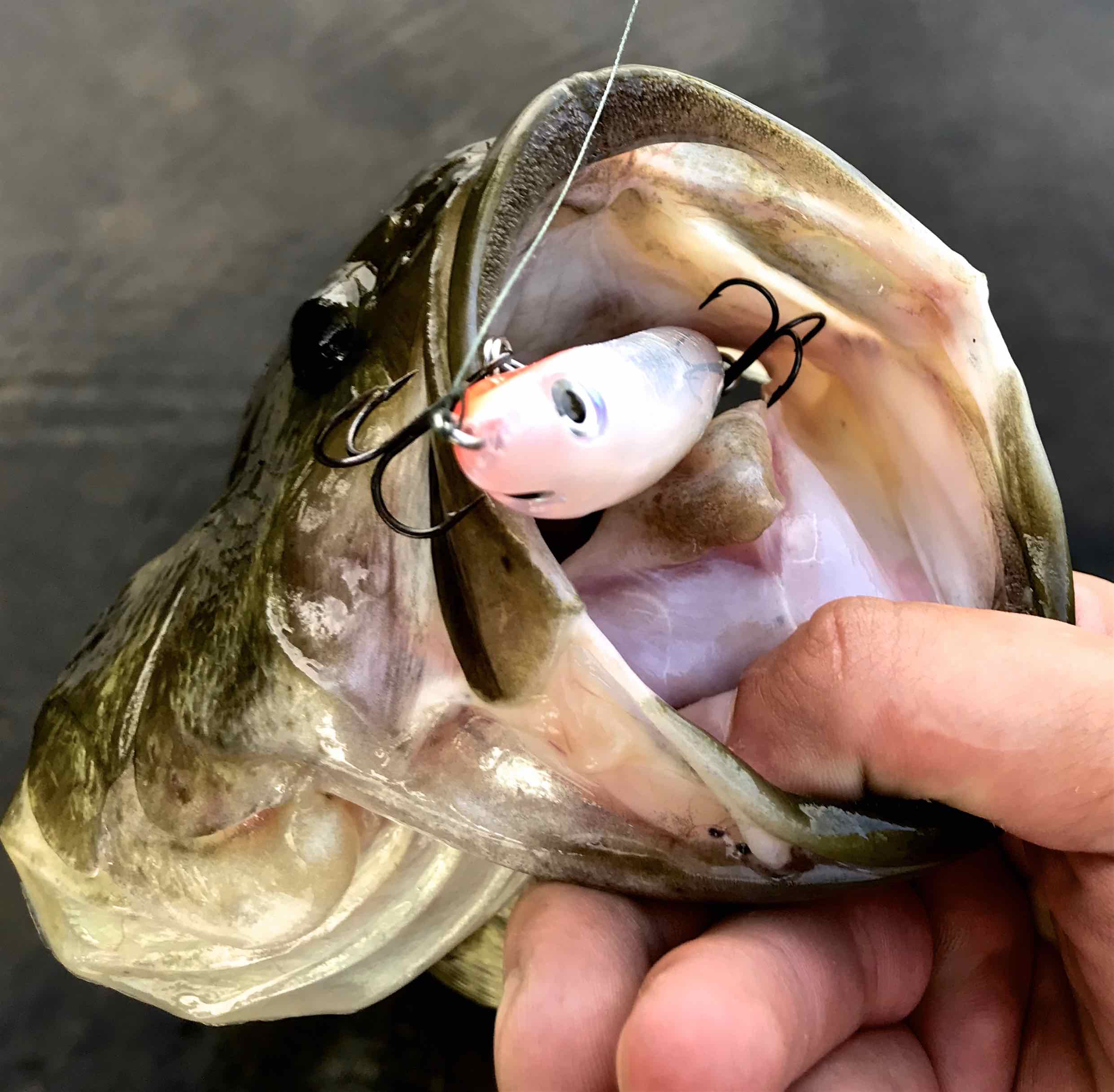 https://hooklineandsinker.ca/wp-content/uploads/2015/02/Largemouth-Bass-Rapala-Topwater-Bait-AAA.jpg
2435
2483
HLSAdmin
https://hooklineandsinker.ca/wp-content/uploads/2014/12/Steelheading-in-the-Snow-900-80-Not-Faded-Actual-1030x91.jpg
HLSAdmin2019-05-20 20:22:452019-06-12 20:15:53Basic Topwater Bass Fishing Tips
https://hooklineandsinker.ca/wp-content/uploads/2015/02/Largemouth-Bass-Rapala-Topwater-Bait-AAA.jpg
2435
2483
HLSAdmin
https://hooklineandsinker.ca/wp-content/uploads/2014/12/Steelheading-in-the-Snow-900-80-Not-Faded-Actual-1030x91.jpg
HLSAdmin2019-05-20 20:22:452019-06-12 20:15:53Basic Topwater Bass Fishing Tips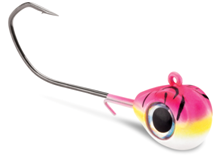 https://hooklineandsinker.ca/wp-content/uploads/2019/08/VMC-Sleek-Jig-8f6b554b-acb7-42e3-9a31-c95f638cf840_220x158.png
158
220
HLSAdmin
https://hooklineandsinker.ca/wp-content/uploads/2014/12/Steelheading-in-the-Snow-900-80-Not-Faded-Actual-1030x91.jpg
HLSAdmin2019-08-05 20:08:102019-08-05 20:08:10VMC Sleek Jig
https://hooklineandsinker.ca/wp-content/uploads/2019/08/VMC-Sleek-Jig-8f6b554b-acb7-42e3-9a31-c95f638cf840_220x158.png
158
220
HLSAdmin
https://hooklineandsinker.ca/wp-content/uploads/2014/12/Steelheading-in-the-Snow-900-80-Not-Faded-Actual-1030x91.jpg
HLSAdmin2019-08-05 20:08:102019-08-05 20:08:10VMC Sleek Jig https://hooklineandsinker.ca/wp-content/uploads/2019/06/Westin-Fishing-Swim-Glidebait-A.png
370
900
HLSAdmin
https://hooklineandsinker.ca/wp-content/uploads/2014/12/Steelheading-in-the-Snow-900-80-Not-Faded-Actual-1030x91.jpg
HLSAdmin2019-06-09 21:17:222019-06-09 21:17:22Westin Fishing Swim Glidebait
https://hooklineandsinker.ca/wp-content/uploads/2019/06/Westin-Fishing-Swim-Glidebait-A.png
370
900
HLSAdmin
https://hooklineandsinker.ca/wp-content/uploads/2014/12/Steelheading-in-the-Snow-900-80-Not-Faded-Actual-1030x91.jpg
HLSAdmin2019-06-09 21:17:222019-06-09 21:17:22Westin Fishing Swim Glidebait https://hooklineandsinker.ca/wp-content/uploads/2019/07/Jackall-iSHAD-Soft-Plastic-Lure.png
318
510
HLSAdmin
https://hooklineandsinker.ca/wp-content/uploads/2014/12/Steelheading-in-the-Snow-900-80-Not-Faded-Actual-1030x91.jpg
HLSAdmin2019-07-10 22:43:002020-07-27 19:29:16Jackall iSHAD Soft Plastic Lure
https://hooklineandsinker.ca/wp-content/uploads/2019/07/Jackall-iSHAD-Soft-Plastic-Lure.png
318
510
HLSAdmin
https://hooklineandsinker.ca/wp-content/uploads/2014/12/Steelheading-in-the-Snow-900-80-Not-Faded-Actual-1030x91.jpg
HLSAdmin2019-07-10 22:43:002020-07-27 19:29:16Jackall iSHAD Soft Plastic Lure https://hooklineandsinker.ca/wp-content/uploads/2019/07/Jackall-Keeburn-Blade-Bait.png
338
488
HLSAdmin
https://hooklineandsinker.ca/wp-content/uploads/2014/12/Steelheading-in-the-Snow-900-80-Not-Faded-Actual-1030x91.jpg
HLSAdmin2019-07-10 22:32:592019-07-10 22:32:59Jackall Keeburn Blade Bait
https://hooklineandsinker.ca/wp-content/uploads/2019/07/Jackall-Keeburn-Blade-Bait.png
338
488
HLSAdmin
https://hooklineandsinker.ca/wp-content/uploads/2014/12/Steelheading-in-the-Snow-900-80-Not-Faded-Actual-1030x91.jpg
HLSAdmin2019-07-10 22:32:592019-07-10 22:32:59Jackall Keeburn Blade Bait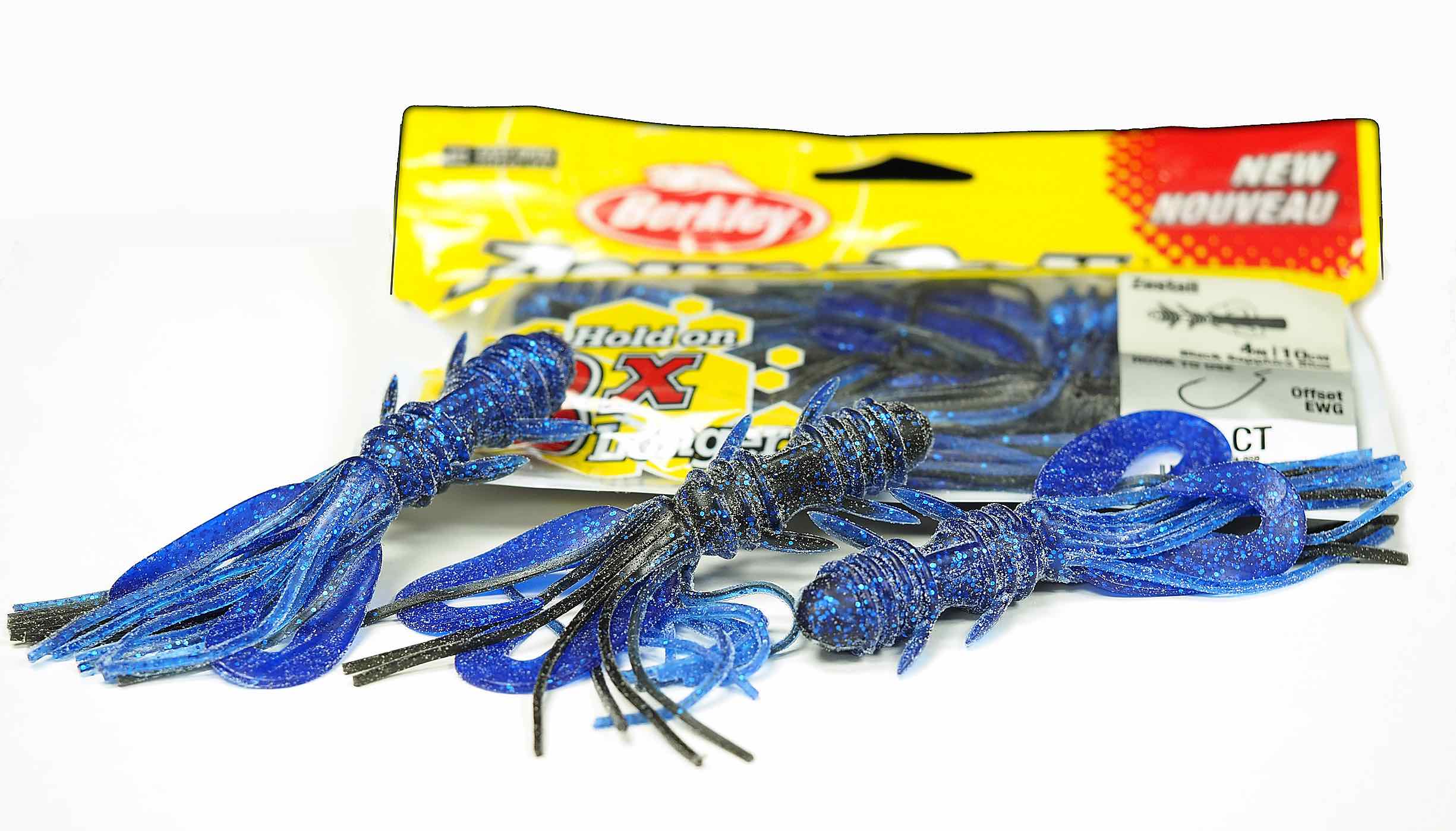 https://hooklineandsinker.ca/wp-content/uploads/2019/06/Berkley-Powerbait-Zestail-CC.jpg
1399
2450
HLSAdmin
https://hooklineandsinker.ca/wp-content/uploads/2014/12/Steelheading-in-the-Snow-900-80-Not-Faded-Actual-1030x91.jpg
HLSAdmin2019-06-08 21:53:462019-06-08 21:53:46Berkley Powerbait Zestail
https://hooklineandsinker.ca/wp-content/uploads/2019/06/Berkley-Powerbait-Zestail-CC.jpg
1399
2450
HLSAdmin
https://hooklineandsinker.ca/wp-content/uploads/2014/12/Steelheading-in-the-Snow-900-80-Not-Faded-Actual-1030x91.jpg
HLSAdmin2019-06-08 21:53:462019-06-08 21:53:46Berkley Powerbait Zestail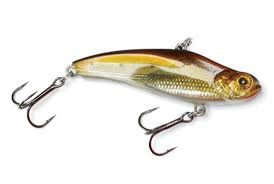 https://hooklineandsinker.ca/wp-content/uploads/2020/02/River2Sea-Glassy-Vibe.jpg
184
274
HLSAdmin
https://hooklineandsinker.ca/wp-content/uploads/2014/12/Steelheading-in-the-Snow-900-80-Not-Faded-Actual-1030x91.jpg
HLSAdmin2020-02-09 13:08:512020-03-17 21:36:38River2Sea’s Glassy Vibe
https://hooklineandsinker.ca/wp-content/uploads/2020/02/River2Sea-Glassy-Vibe.jpg
184
274
HLSAdmin
https://hooklineandsinker.ca/wp-content/uploads/2014/12/Steelheading-in-the-Snow-900-80-Not-Faded-Actual-1030x91.jpg
HLSAdmin2020-02-09 13:08:512020-03-17 21:36:38River2Sea’s Glassy Vibe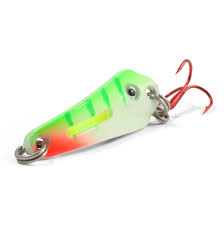 https://hooklineandsinker.ca/wp-content/uploads/2019/07/Northland-Glo-Shot-Spoon-C.jpg
225
224
HLSAdmin
https://hooklineandsinker.ca/wp-content/uploads/2014/12/Steelheading-in-the-Snow-900-80-Not-Faded-Actual-1030x91.jpg
HLSAdmin2019-07-07 21:32:372019-07-07 21:32:37Northland Glo Shot Spoon
https://hooklineandsinker.ca/wp-content/uploads/2019/07/Northland-Glo-Shot-Spoon-C.jpg
225
224
HLSAdmin
https://hooklineandsinker.ca/wp-content/uploads/2014/12/Steelheading-in-the-Snow-900-80-Not-Faded-Actual-1030x91.jpg
HLSAdmin2019-07-07 21:32:372019-07-07 21:32:37Northland Glo Shot Spoon https://hooklineandsinker.ca/wp-content/uploads/2019/06/Z-Man-TicklerZ-C.jpg
373
648
HLSAdmin
https://hooklineandsinker.ca/wp-content/uploads/2014/12/Steelheading-in-the-Snow-900-80-Not-Faded-Actual-1030x91.jpg
HLSAdmin2019-06-09 20:52:142019-06-09 20:52:14Z-Man TicklerZ
https://hooklineandsinker.ca/wp-content/uploads/2019/06/Z-Man-TicklerZ-C.jpg
373
648
HLSAdmin
https://hooklineandsinker.ca/wp-content/uploads/2014/12/Steelheading-in-the-Snow-900-80-Not-Faded-Actual-1030x91.jpg
HLSAdmin2019-06-09 20:52:142019-06-09 20:52:14Z-Man TicklerZ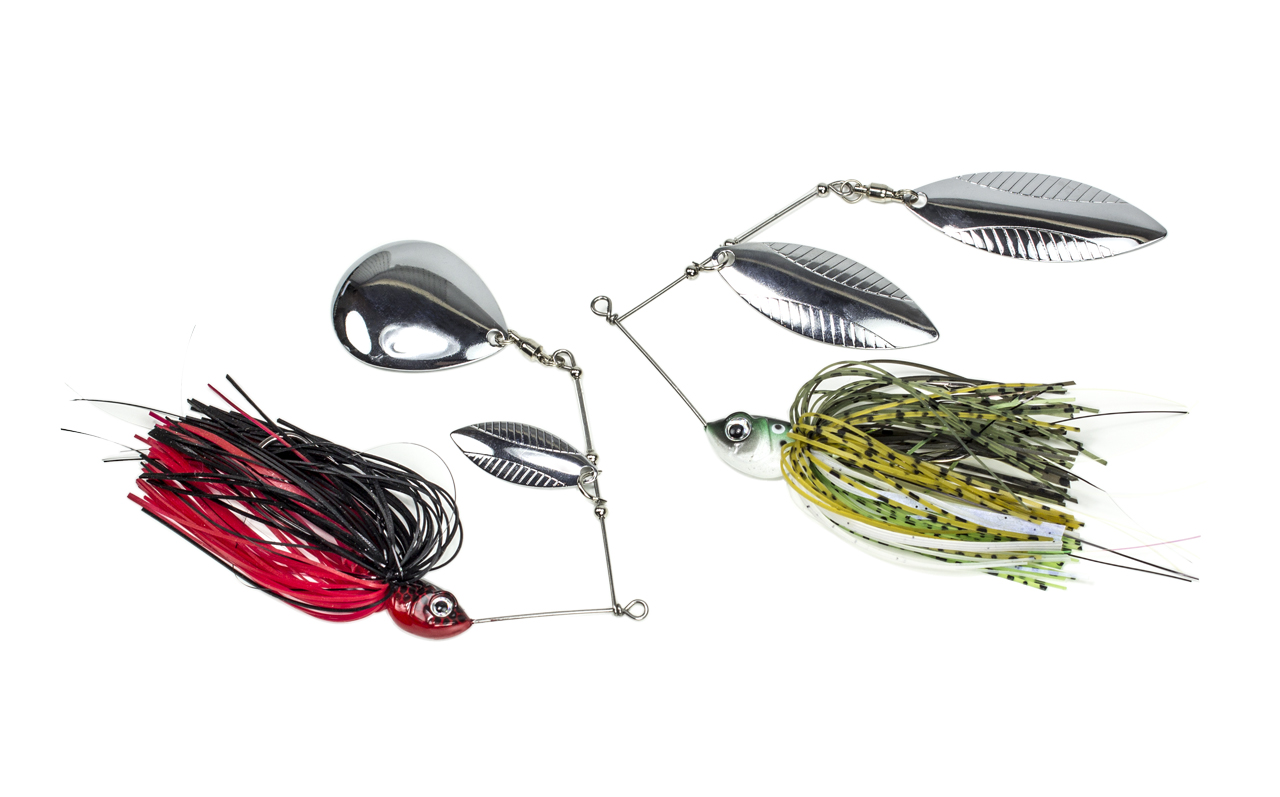 https://hooklineandsinker.ca/wp-content/uploads/2019/05/Lunkerhunt-Impact-Series-Ignite-and-Thump-Kraken-Spinnerbait-C.jpg
797
1280
HLSAdmin
https://hooklineandsinker.ca/wp-content/uploads/2014/12/Steelheading-in-the-Snow-900-80-Not-Faded-Actual-1030x91.jpg
HLSAdmin2019-05-26 16:54:422019-11-18 21:29:02Lunkerhunt Impact Series Ignite & Thump Kraken Spinnerbaits
https://hooklineandsinker.ca/wp-content/uploads/2019/05/Lunkerhunt-Impact-Series-Ignite-and-Thump-Kraken-Spinnerbait-C.jpg
797
1280
HLSAdmin
https://hooklineandsinker.ca/wp-content/uploads/2014/12/Steelheading-in-the-Snow-900-80-Not-Faded-Actual-1030x91.jpg
HLSAdmin2019-05-26 16:54:422019-11-18 21:29:02Lunkerhunt Impact Series Ignite & Thump Kraken Spinnerbaits https://hooklineandsinker.ca/wp-content/uploads/2019/06/Set-The-Hook-Dart-Shad-4-8-AA.jpg
1563
2450
HLSAdmin
https://hooklineandsinker.ca/wp-content/uploads/2014/12/Steelheading-in-the-Snow-900-80-Not-Faded-Actual-1030x91.jpg
HLSAdmin2019-06-08 22:28:062020-02-25 23:56:39STH – Set The Hook Hand Poured 4.5” Dart Shad
https://hooklineandsinker.ca/wp-content/uploads/2019/06/Set-The-Hook-Dart-Shad-4-8-AA.jpg
1563
2450
HLSAdmin
https://hooklineandsinker.ca/wp-content/uploads/2014/12/Steelheading-in-the-Snow-900-80-Not-Faded-Actual-1030x91.jpg
HLSAdmin2019-06-08 22:28:062020-02-25 23:56:39STH – Set The Hook Hand Poured 4.5” Dart Shad https://hooklineandsinker.ca/wp-content/uploads/2019/04/Lucky-Craft-Pointer.jpg
146
345
HLSAdmin
https://hooklineandsinker.ca/wp-content/uploads/2014/12/Steelheading-in-the-Snow-900-80-Not-Faded-Actual-1030x91.jpg
HLSAdmin2019-04-27 23:49:542019-08-04 22:00:50Lucky Craft Pointer
https://hooklineandsinker.ca/wp-content/uploads/2019/04/Lucky-Craft-Pointer.jpg
146
345
HLSAdmin
https://hooklineandsinker.ca/wp-content/uploads/2014/12/Steelheading-in-the-Snow-900-80-Not-Faded-Actual-1030x91.jpg
HLSAdmin2019-04-27 23:49:542019-08-04 22:00:50Lucky Craft Pointer https://hooklineandsinker.ca/wp-content/uploads/2019/05/Z-Man-DieZel-MinnowZ-A.png
863
1350
HLSAdmin
https://hooklineandsinker.ca/wp-content/uploads/2014/12/Steelheading-in-the-Snow-900-80-Not-Faded-Actual-1030x91.jpg
HLSAdmin2019-05-29 20:35:252019-05-29 20:35:25Z-Man DieZel MinnowZ
https://hooklineandsinker.ca/wp-content/uploads/2019/05/Z-Man-DieZel-MinnowZ-A.png
863
1350
HLSAdmin
https://hooklineandsinker.ca/wp-content/uploads/2014/12/Steelheading-in-the-Snow-900-80-Not-Faded-Actual-1030x91.jpg
HLSAdmin2019-05-29 20:35:252019-05-29 20:35:25Z-Man DieZel MinnowZ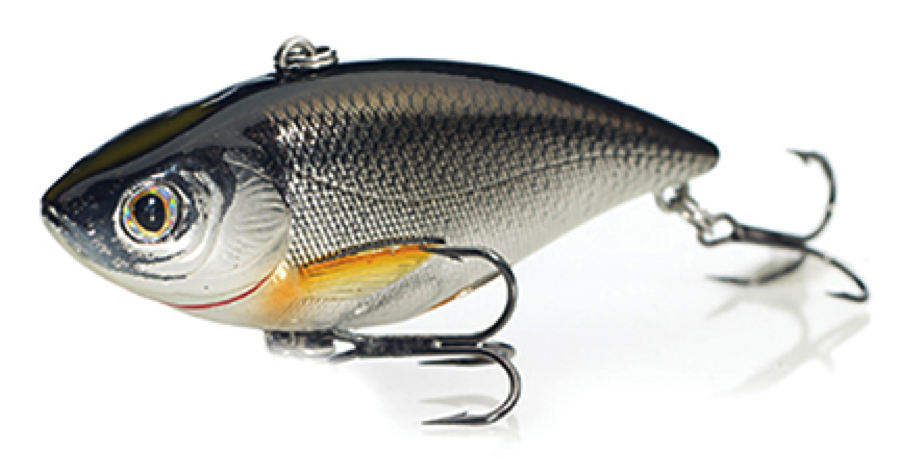 https://hooklineandsinker.ca/wp-content/uploads/2019/04/LIVETARGET-Golden-Shiner-Rattlebait-series.png
459
900
HLSAdmin
https://hooklineandsinker.ca/wp-content/uploads/2014/12/Steelheading-in-the-Snow-900-80-Not-Faded-Actual-1030x91.jpg
HLSAdmin2019-04-24 20:00:152019-04-27 23:37:13LIVETARGET’s Golden Shiner Rattlebaits
https://hooklineandsinker.ca/wp-content/uploads/2019/04/LIVETARGET-Golden-Shiner-Rattlebait-series.png
459
900
HLSAdmin
https://hooklineandsinker.ca/wp-content/uploads/2014/12/Steelheading-in-the-Snow-900-80-Not-Faded-Actual-1030x91.jpg
HLSAdmin2019-04-24 20:00:152019-04-27 23:37:13LIVETARGET’s Golden Shiner Rattlebaits https://hooklineandsinker.ca/wp-content/uploads/2019/05/Z-Man-TRD-Spinz-Tail-Spinners-C.jpg
489
600
HLSAdmin
https://hooklineandsinker.ca/wp-content/uploads/2014/12/Steelheading-in-the-Snow-900-80-Not-Faded-Actual-1030x91.jpg
HLSAdmin2019-05-06 21:49:062020-02-08 22:05:22Z-Man TRD SpinZ Tail Spinners
https://hooklineandsinker.ca/wp-content/uploads/2019/05/Z-Man-TRD-Spinz-Tail-Spinners-C.jpg
489
600
HLSAdmin
https://hooklineandsinker.ca/wp-content/uploads/2014/12/Steelheading-in-the-Snow-900-80-Not-Faded-Actual-1030x91.jpg
HLSAdmin2019-05-06 21:49:062020-02-08 22:05:22Z-Man TRD SpinZ Tail Spinners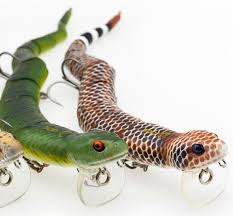 https://hooklineandsinker.ca/wp-content/uploads/2019/03/Savage-3d-Snake.jpg
216
233
HLSAdmin
https://hooklineandsinker.ca/wp-content/uploads/2014/12/Steelheading-in-the-Snow-900-80-Not-Faded-Actual-1030x91.jpg
HLSAdmin2019-03-20 19:50:132019-07-31 21:06:33Savage 3D Snake
https://hooklineandsinker.ca/wp-content/uploads/2019/03/Savage-3d-Snake.jpg
216
233
HLSAdmin
https://hooklineandsinker.ca/wp-content/uploads/2014/12/Steelheading-in-the-Snow-900-80-Not-Faded-Actual-1030x91.jpg
HLSAdmin2019-03-20 19:50:132019-07-31 21:06:33Savage 3D Snake https://hooklineandsinker.ca/wp-content/uploads/2019/03/2-Inch-Lyman-Lure-B.png
458
900
HLSAdmin
https://hooklineandsinker.ca/wp-content/uploads/2014/12/Steelheading-in-the-Snow-900-80-Not-Faded-Actual-1030x91.jpg
HLSAdmin2019-03-30 22:11:362020-09-13 12:18:412” Lyman Lures – Size #2 – COMING SOON! – NEW 2021 Colours!
https://hooklineandsinker.ca/wp-content/uploads/2019/03/2-Inch-Lyman-Lure-B.png
458
900
HLSAdmin
https://hooklineandsinker.ca/wp-content/uploads/2014/12/Steelheading-in-the-Snow-900-80-Not-Faded-Actual-1030x91.jpg
HLSAdmin2019-03-30 22:11:362020-09-13 12:18:412” Lyman Lures – Size #2 – COMING SOON! – NEW 2021 Colours! https://hooklineandsinker.ca/wp-content/uploads/2019/05/Cotton-Cordell-Calant-Sinking-Gay-Blade-Bait-B.jpg
186
271
HLSAdmin
https://hooklineandsinker.ca/wp-content/uploads/2014/12/Steelheading-in-the-Snow-900-80-Not-Faded-Actual-1030x91.jpg
HLSAdmin2019-05-06 21:10:382020-08-01 22:26:26Cotton Cordell Gay Blade Bait
https://hooklineandsinker.ca/wp-content/uploads/2019/05/Cotton-Cordell-Calant-Sinking-Gay-Blade-Bait-B.jpg
186
271
HLSAdmin
https://hooklineandsinker.ca/wp-content/uploads/2014/12/Steelheading-in-the-Snow-900-80-Not-Faded-Actual-1030x91.jpg
HLSAdmin2019-05-06 21:10:382020-08-01 22:26:26Cotton Cordell Gay Blade Bait https://hooklineandsinker.ca/wp-content/uploads/2019/03/BOOYAH-ToadRunner-Junior.jpg
440
440
HLSAdmin
https://hooklineandsinker.ca/wp-content/uploads/2014/12/Steelheading-in-the-Snow-900-80-Not-Faded-Actual-1030x91.jpg
HLSAdmin2019-03-18 19:43:072019-03-18 19:43:07BOOYAH ToadRunner Junior
https://hooklineandsinker.ca/wp-content/uploads/2019/03/BOOYAH-ToadRunner-Junior.jpg
440
440
HLSAdmin
https://hooklineandsinker.ca/wp-content/uploads/2014/12/Steelheading-in-the-Snow-900-80-Not-Faded-Actual-1030x91.jpg
HLSAdmin2019-03-18 19:43:072019-03-18 19:43:07BOOYAH ToadRunner Junior https://hooklineandsinker.ca/wp-content/uploads/2019/03/The-BOOYAH-Melee-Blade-Jig.jpg
499
728
HLSAdmin
https://hooklineandsinker.ca/wp-content/uploads/2014/12/Steelheading-in-the-Snow-900-80-Not-Faded-Actual-1030x91.jpg
HLSAdmin2019-03-30 21:51:502019-11-18 21:30:26BOOYAH Melee
https://hooklineandsinker.ca/wp-content/uploads/2019/03/The-BOOYAH-Melee-Blade-Jig.jpg
499
728
HLSAdmin
https://hooklineandsinker.ca/wp-content/uploads/2014/12/Steelheading-in-the-Snow-900-80-Not-Faded-Actual-1030x91.jpg
HLSAdmin2019-03-30 21:51:502019-11-18 21:30:26BOOYAH Melee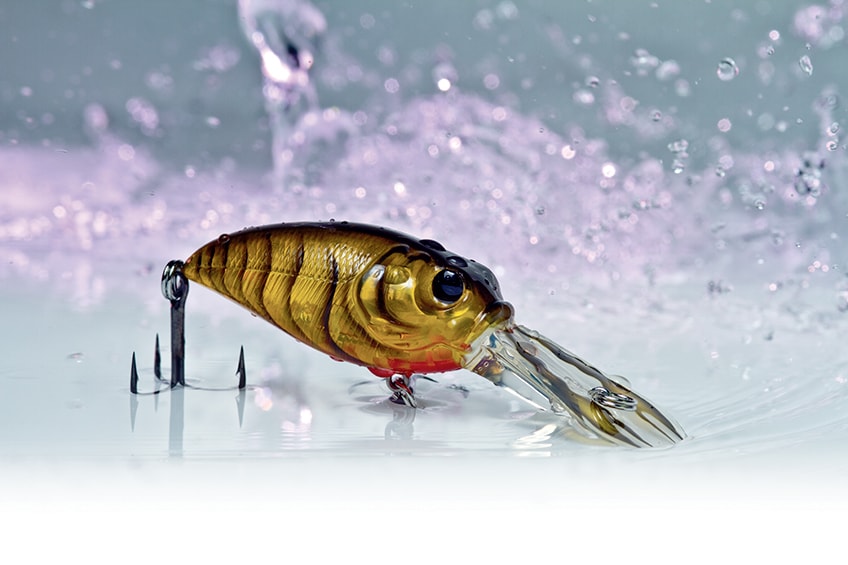 https://hooklineandsinker.ca/wp-content/uploads/2019/03/Molix-Sculpo.jpg
565
848
HLSAdmin
https://hooklineandsinker.ca/wp-content/uploads/2014/12/Steelheading-in-the-Snow-900-80-Not-Faded-Actual-1030x91.jpg
HLSAdmin2019-03-10 22:41:002019-11-18 21:30:37Molix Sculpo DR “USA Special Edition”
https://hooklineandsinker.ca/wp-content/uploads/2019/03/Molix-Sculpo.jpg
565
848
HLSAdmin
https://hooklineandsinker.ca/wp-content/uploads/2014/12/Steelheading-in-the-Snow-900-80-Not-Faded-Actual-1030x91.jpg
HLSAdmin2019-03-10 22:41:002019-11-18 21:30:37Molix Sculpo DR “USA Special Edition”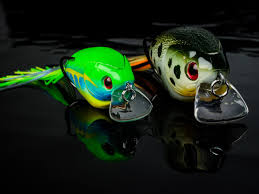 https://hooklineandsinker.ca/wp-content/uploads/2019/03/Molix-Supernato.jpg
194
259
HLSAdmin
https://hooklineandsinker.ca/wp-content/uploads/2014/12/Steelheading-in-the-Snow-900-80-Not-Faded-Actual-1030x91.jpg
HLSAdmin2019-03-10 22:28:212019-11-18 21:31:30Molix Supernato Hybrid Crankbait
https://hooklineandsinker.ca/wp-content/uploads/2019/03/Molix-Supernato.jpg
194
259
HLSAdmin
https://hooklineandsinker.ca/wp-content/uploads/2014/12/Steelheading-in-the-Snow-900-80-Not-Faded-Actual-1030x91.jpg
HLSAdmin2019-03-10 22:28:212019-11-18 21:31:30Molix Supernato Hybrid Crankbait https://hooklineandsinker.ca/wp-content/uploads/2019/03/Lucky-Craft-Virtual-Kingyo-Gold-Fish-Lure-KINGYO-0517NCPWOR.jpg
90
200
HLSAdmin
https://hooklineandsinker.ca/wp-content/uploads/2014/12/Steelheading-in-the-Snow-900-80-Not-Faded-Actual-1030x91.jpg
HLSAdmin2019-03-10 21:39:442019-08-26 22:12:08Lucky Craft Virtual Kingyo Gold Fish Lure
https://hooklineandsinker.ca/wp-content/uploads/2019/03/Lucky-Craft-Virtual-Kingyo-Gold-Fish-Lure-KINGYO-0517NCPWOR.jpg
90
200
HLSAdmin
https://hooklineandsinker.ca/wp-content/uploads/2014/12/Steelheading-in-the-Snow-900-80-Not-Faded-Actual-1030x91.jpg
HLSAdmin2019-03-10 21:39:442019-08-26 22:12:08Lucky Craft Virtual Kingyo Gold Fish Lure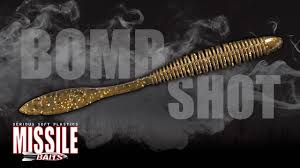 https://hooklineandsinker.ca/wp-content/uploads/2019/03/Missile-Baits-Bomb-Shot-Worm.jpg
168
300
HLSAdmin
https://hooklineandsinker.ca/wp-content/uploads/2014/12/Steelheading-in-the-Snow-900-80-Not-Faded-Actual-1030x91.jpg
HLSAdmin2019-03-09 19:33:452019-04-01 19:54:00Missile Baits Bomb Shot Worm
https://hooklineandsinker.ca/wp-content/uploads/2019/03/Missile-Baits-Bomb-Shot-Worm.jpg
168
300
HLSAdmin
https://hooklineandsinker.ca/wp-content/uploads/2014/12/Steelheading-in-the-Snow-900-80-Not-Faded-Actual-1030x91.jpg
HLSAdmin2019-03-09 19:33:452019-04-01 19:54:00Missile Baits Bomb Shot Worm https://hooklineandsinker.ca/wp-content/uploads/2019/03/Molix-Spinnebait-venator-1.jpg
500
1154
HLSAdmin
https://hooklineandsinker.ca/wp-content/uploads/2014/12/Steelheading-in-the-Snow-900-80-Not-Faded-Actual-1030x91.jpg
HLSAdmin2019-03-03 16:07:422019-03-03 16:10:09Molix Venator Spinnerbait
https://hooklineandsinker.ca/wp-content/uploads/2019/03/Molix-Spinnebait-venator-1.jpg
500
1154
HLSAdmin
https://hooklineandsinker.ca/wp-content/uploads/2014/12/Steelheading-in-the-Snow-900-80-Not-Faded-Actual-1030x91.jpg
HLSAdmin2019-03-03 16:07:422019-03-03 16:10:09Molix Venator Spinnerbait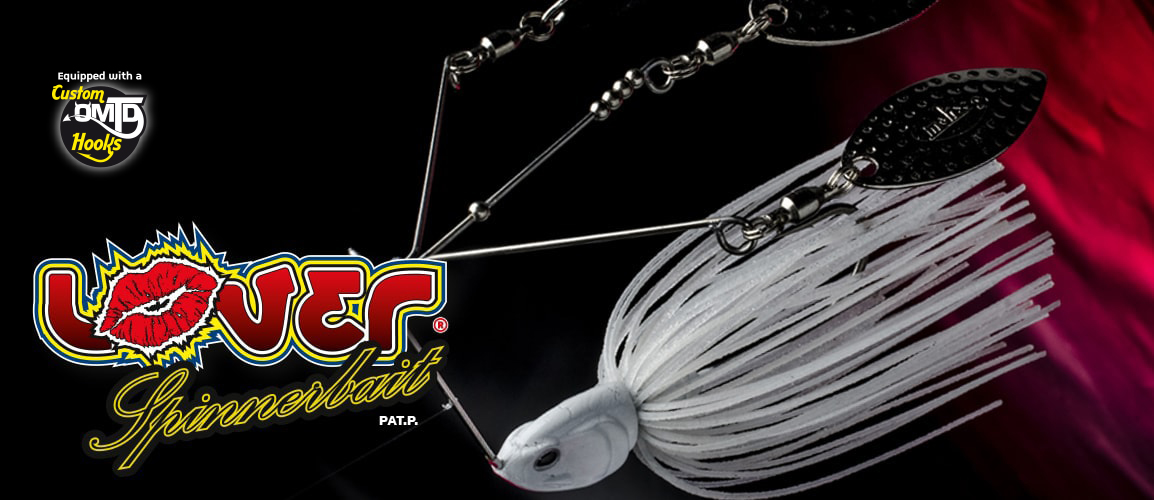 https://hooklineandsinker.ca/wp-content/uploads/2019/03/Molix-Lover-Spinnerbait-1.jpg
500
1154
HLSAdmin
https://hooklineandsinker.ca/wp-content/uploads/2014/12/Steelheading-in-the-Snow-900-80-Not-Faded-Actual-1030x91.jpg
HLSAdmin2019-03-03 16:00:362019-03-03 16:11:09Molix Lover Spinnerbait
https://hooklineandsinker.ca/wp-content/uploads/2019/03/Molix-Lover-Spinnerbait-1.jpg
500
1154
HLSAdmin
https://hooklineandsinker.ca/wp-content/uploads/2014/12/Steelheading-in-the-Snow-900-80-Not-Faded-Actual-1030x91.jpg
HLSAdmin2019-03-03 16:00:362019-03-03 16:11:09Molix Lover Spinnerbait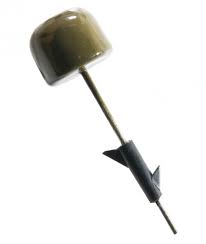 https://hooklineandsinker.ca/wp-content/uploads/2019/05/Neko-ShroomZ-Wacky-Rig-Weights-C.jpg
244
206
HLSAdmin
https://hooklineandsinker.ca/wp-content/uploads/2014/12/Steelheading-in-the-Snow-900-80-Not-Faded-Actual-1030x91.jpg
HLSAdmin2019-05-06 21:41:262019-11-18 21:29:26Z-Man Neko ShroomZ Wacky Rig Nose Weights
https://hooklineandsinker.ca/wp-content/uploads/2019/05/Neko-ShroomZ-Wacky-Rig-Weights-C.jpg
244
206
HLSAdmin
https://hooklineandsinker.ca/wp-content/uploads/2014/12/Steelheading-in-the-Snow-900-80-Not-Faded-Actual-1030x91.jpg
HLSAdmin2019-05-06 21:41:262019-11-18 21:29:26Z-Man Neko ShroomZ Wacky Rig Nose Weights https://hooklineandsinker.ca/wp-content/uploads/2019/03/Magz-Mfg.png
128
392
HLSAdmin
https://hooklineandsinker.ca/wp-content/uploads/2014/12/Steelheading-in-the-Snow-900-80-Not-Faded-Actual-1030x91.jpg
HLSAdmin2019-03-20 16:25:062019-04-10 23:18:43Magz Mfg.
https://hooklineandsinker.ca/wp-content/uploads/2019/03/Magz-Mfg.png
128
392
HLSAdmin
https://hooklineandsinker.ca/wp-content/uploads/2014/12/Steelheading-in-the-Snow-900-80-Not-Faded-Actual-1030x91.jpg
HLSAdmin2019-03-20 16:25:062019-04-10 23:18:43Magz Mfg. https://hooklineandsinker.ca/wp-content/uploads/2019/03/Booyah-Bait-Company-Logo.jpg
123
410
HLSAdmin
https://hooklineandsinker.ca/wp-content/uploads/2014/12/Steelheading-in-the-Snow-900-80-Not-Faded-Actual-1030x91.jpg
HLSAdmin2019-03-18 20:44:172019-03-18 20:44:17Booyah Bait Co.
https://hooklineandsinker.ca/wp-content/uploads/2019/03/Booyah-Bait-Company-Logo.jpg
123
410
HLSAdmin
https://hooklineandsinker.ca/wp-content/uploads/2014/12/Steelheading-in-the-Snow-900-80-Not-Faded-Actual-1030x91.jpg
HLSAdmin2019-03-18 20:44:172019-03-18 20:44:17Booyah Bait Co. https://hooklineandsinker.ca/wp-content/uploads/2019/02/Molix-Lover-Titanium-Spinnerbait.jpg
206
244
HLSAdmin
https://hooklineandsinker.ca/wp-content/uploads/2014/12/Steelheading-in-the-Snow-900-80-Not-Faded-Actual-1030x91.jpg
HLSAdmin2019-02-27 18:47:342019-02-27 18:49:32Molix Lover Titanium Spinnerbait
https://hooklineandsinker.ca/wp-content/uploads/2019/02/Molix-Lover-Titanium-Spinnerbait.jpg
206
244
HLSAdmin
https://hooklineandsinker.ca/wp-content/uploads/2014/12/Steelheading-in-the-Snow-900-80-Not-Faded-Actual-1030x91.jpg
HLSAdmin2019-02-27 18:47:342019-02-27 18:49:32Molix Lover Titanium Spinnerbait https://hooklineandsinker.ca/wp-content/uploads/2019/02/Molix-The-Lover-Jig.jpg
243
848
HLSAdmin
https://hooklineandsinker.ca/wp-content/uploads/2014/12/Steelheading-in-the-Snow-900-80-Not-Faded-Actual-1030x91.jpg
HLSAdmin2019-02-27 18:34:352019-03-09 21:41:28Molix Lover Vibration Blade Jig
https://hooklineandsinker.ca/wp-content/uploads/2019/02/Molix-The-Lover-Jig.jpg
243
848
HLSAdmin
https://hooklineandsinker.ca/wp-content/uploads/2014/12/Steelheading-in-the-Snow-900-80-Not-Faded-Actual-1030x91.jpg
HLSAdmin2019-02-27 18:34:352019-03-09 21:41:28Molix Lover Vibration Blade Jig https://hooklineandsinker.ca/wp-content/uploads/2019/02/teckel-lures-logo-big.jpg
189
540
HLSAdmin
https://hooklineandsinker.ca/wp-content/uploads/2014/12/Steelheading-in-the-Snow-900-80-Not-Faded-Actual-1030x91.jpg
HLSAdmin2019-02-27 17:49:222019-02-27 17:54:11Teckel Lures
https://hooklineandsinker.ca/wp-content/uploads/2019/02/teckel-lures-logo-big.jpg
189
540
HLSAdmin
https://hooklineandsinker.ca/wp-content/uploads/2014/12/Steelheading-in-the-Snow-900-80-Not-Faded-Actual-1030x91.jpg
HLSAdmin2019-02-27 17:49:222019-02-27 17:54:11Teckel Lures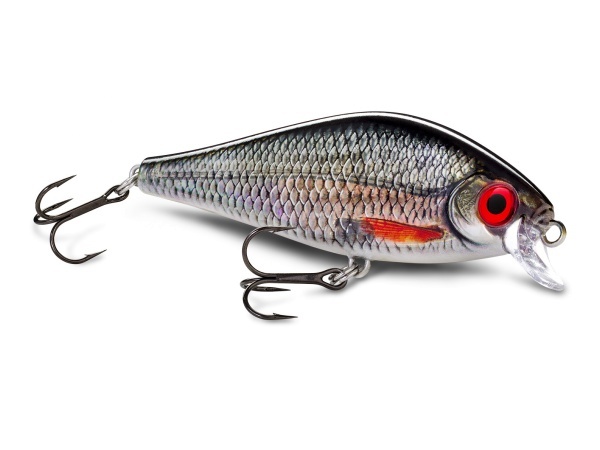 https://hooklineandsinker.ca/wp-content/uploads/2019/02/Rapala-Super-Shad-Rap-SSDR_ROL_HERO.jpg
450
600
HLSAdmin
https://hooklineandsinker.ca/wp-content/uploads/2014/12/Steelheading-in-the-Snow-900-80-Not-Faded-Actual-1030x91.jpg
HLSAdmin2019-02-24 22:31:172019-03-02 21:42:18Rapala Super Shadow Rap
https://hooklineandsinker.ca/wp-content/uploads/2019/02/Rapala-Super-Shad-Rap-SSDR_ROL_HERO.jpg
450
600
HLSAdmin
https://hooklineandsinker.ca/wp-content/uploads/2014/12/Steelheading-in-the-Snow-900-80-Not-Faded-Actual-1030x91.jpg
HLSAdmin2019-02-24 22:31:172019-03-02 21:42:18Rapala Super Shadow Rap https://hooklineandsinker.ca/wp-content/uploads/2019/02/lucky-Craft-Opti-Grub.jpg
167
1024
HLSAdmin
https://hooklineandsinker.ca/wp-content/uploads/2014/12/Steelheading-in-the-Snow-900-80-Not-Faded-Actual-1030x91.jpg
HLSAdmin2019-02-24 20:03:322019-04-21 14:11:12Lucky Craft 5” Opti Grub
https://hooklineandsinker.ca/wp-content/uploads/2019/02/lucky-Craft-Opti-Grub.jpg
167
1024
HLSAdmin
https://hooklineandsinker.ca/wp-content/uploads/2014/12/Steelheading-in-the-Snow-900-80-Not-Faded-Actual-1030x91.jpg
HLSAdmin2019-02-24 20:03:322019-04-21 14:11:12Lucky Craft 5” Opti Grub https://hooklineandsinker.ca/wp-content/uploads/2019/02/Berkley-Choppo-Topwater-Propbait.jpg
229
220
HLSAdmin
https://hooklineandsinker.ca/wp-content/uploads/2014/12/Steelheading-in-the-Snow-900-80-Not-Faded-Actual-1030x91.jpg
HLSAdmin2019-02-18 15:48:212019-06-08 21:56:08Berkley Choppo Topwater Propbait
https://hooklineandsinker.ca/wp-content/uploads/2019/02/Berkley-Choppo-Topwater-Propbait.jpg
229
220
HLSAdmin
https://hooklineandsinker.ca/wp-content/uploads/2014/12/Steelheading-in-the-Snow-900-80-Not-Faded-Actual-1030x91.jpg
HLSAdmin2019-02-18 15:48:212019-06-08 21:56:08Berkley Choppo Topwater Propbait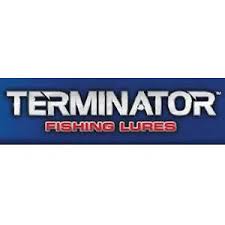 https://hooklineandsinker.ca/wp-content/uploads/2019/02/Terminator-Fishing-Lures-Logo-.jpg
225
225
HLSAdmin
https://hooklineandsinker.ca/wp-content/uploads/2014/12/Steelheading-in-the-Snow-900-80-Not-Faded-Actual-1030x91.jpg
HLSAdmin2019-02-17 22:49:442019-02-17 22:49:44Terminator Fishing Lures
https://hooklineandsinker.ca/wp-content/uploads/2019/02/Terminator-Fishing-Lures-Logo-.jpg
225
225
HLSAdmin
https://hooklineandsinker.ca/wp-content/uploads/2014/12/Steelheading-in-the-Snow-900-80-Not-Faded-Actual-1030x91.jpg
HLSAdmin2019-02-17 22:49:442019-02-17 22:49:44Terminator Fishing Lures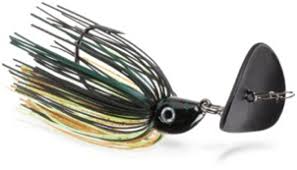 https://hooklineandsinker.ca/wp-content/uploads/2019/02/Terminator-Shuddering-Bait-Bladed-Jig.jpg
170
297
HLSAdmin
https://hooklineandsinker.ca/wp-content/uploads/2014/12/Steelheading-in-the-Snow-900-80-Not-Faded-Actual-1030x91.jpg
HLSAdmin2019-02-17 22:44:062019-09-11 21:17:45Terminator Shuddering Bait Bladed Jig
https://hooklineandsinker.ca/wp-content/uploads/2019/02/Terminator-Shuddering-Bait-Bladed-Jig.jpg
170
297
HLSAdmin
https://hooklineandsinker.ca/wp-content/uploads/2014/12/Steelheading-in-the-Snow-900-80-Not-Faded-Actual-1030x91.jpg
HLSAdmin2019-02-17 22:44:062019-09-11 21:17:45Terminator Shuddering Bait Bladed Jig https://hooklineandsinker.ca/wp-content/uploads/2020/02/The-Megabass-Okashira-Screwhead.jpg
317
500
HLSAdmin
https://hooklineandsinker.ca/wp-content/uploads/2014/12/Steelheading-in-the-Snow-900-80-Not-Faded-Actual-1030x91.jpg
HLSAdmin2020-02-05 22:09:502020-08-03 22:33:34The Megabass Okashira Screwhead
https://hooklineandsinker.ca/wp-content/uploads/2020/02/The-Megabass-Okashira-Screwhead.jpg
317
500
HLSAdmin
https://hooklineandsinker.ca/wp-content/uploads/2014/12/Steelheading-in-the-Snow-900-80-Not-Faded-Actual-1030x91.jpg
HLSAdmin2020-02-05 22:09:502020-08-03 22:33:34The Megabass Okashira Screwhead https://hooklineandsinker.ca/wp-content/uploads/2019/03/Molix-Sneaky-Frog.jpg
500
1154
HLSAdmin
https://hooklineandsinker.ca/wp-content/uploads/2014/12/Steelheading-in-the-Snow-900-80-Not-Faded-Actual-1030x91.jpg
HLSAdmin2019-03-10 22:08:242019-11-18 21:38:17Molix Sneaky Frog
https://hooklineandsinker.ca/wp-content/uploads/2019/03/Molix-Sneaky-Frog.jpg
500
1154
HLSAdmin
https://hooklineandsinker.ca/wp-content/uploads/2014/12/Steelheading-in-the-Snow-900-80-Not-Faded-Actual-1030x91.jpg
HLSAdmin2019-03-10 22:08:242019-11-18 21:38:17Molix Sneaky Frog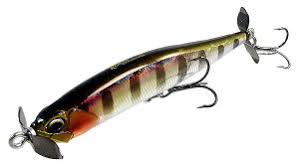 https://hooklineandsinker.ca/wp-content/uploads/2019/02/Duo-Realis-Duo-International-Spy-Baiting-Spinbait-80-90-C.jpg
168
299
HLSAdmin
https://hooklineandsinker.ca/wp-content/uploads/2014/12/Steelheading-in-the-Snow-900-80-Not-Faded-Actual-1030x91.jpg
HLSAdmin2019-02-08 12:24:172019-02-17 20:40:57Duo Realis Spinbait or Spybait 80 or 90
https://hooklineandsinker.ca/wp-content/uploads/2019/02/Duo-Realis-Duo-International-Spy-Baiting-Spinbait-80-90-C.jpg
168
299
HLSAdmin
https://hooklineandsinker.ca/wp-content/uploads/2014/12/Steelheading-in-the-Snow-900-80-Not-Faded-Actual-1030x91.jpg
HLSAdmin2019-02-08 12:24:172019-02-17 20:40:57Duo Realis Spinbait or Spybait 80 or 90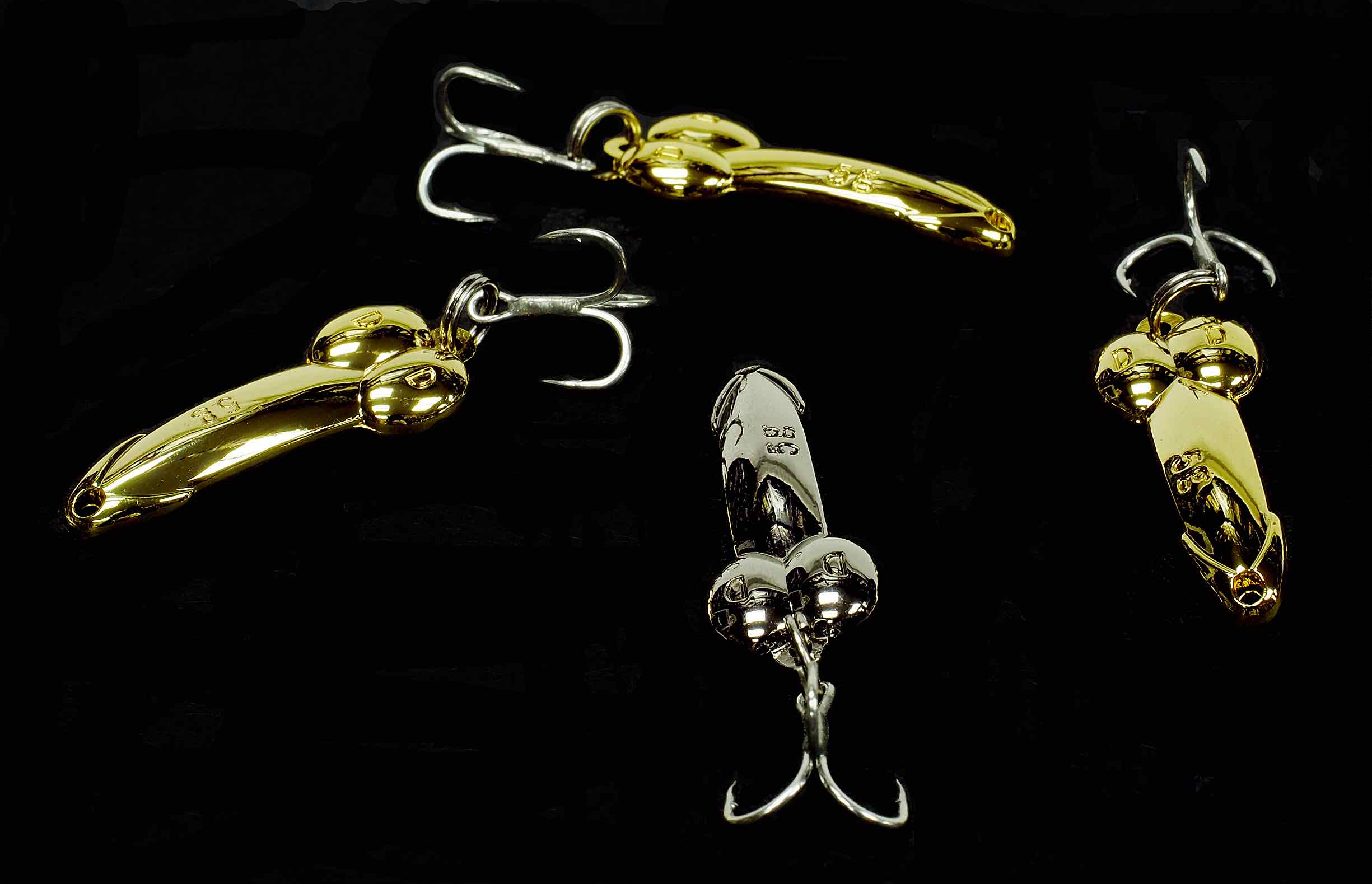 https://hooklineandsinker.ca/wp-content/uploads/2019/03/Lushazer-5-gram-Dick-Lure-AA.jpg
1579
2450
HLSAdmin
https://hooklineandsinker.ca/wp-content/uploads/2014/12/Steelheading-in-the-Snow-900-80-Not-Faded-Actual-1030x91.jpg
HLSAdmin2019-03-09 23:19:192019-03-09 23:19:19Lushazer Vertical Jigging Lure
https://hooklineandsinker.ca/wp-content/uploads/2019/03/Lushazer-5-gram-Dick-Lure-AA.jpg
1579
2450
HLSAdmin
https://hooklineandsinker.ca/wp-content/uploads/2014/12/Steelheading-in-the-Snow-900-80-Not-Faded-Actual-1030x91.jpg
HLSAdmin2019-03-09 23:19:192019-03-09 23:19:19Lushazer Vertical Jigging Lure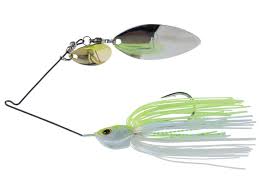 https://hooklineandsinker.ca/wp-content/uploads/2019/02/Z-Man-SlingBladz-Spinnerbait.jpg
194
259
HLSAdmin
https://hooklineandsinker.ca/wp-content/uploads/2014/12/Steelheading-in-the-Snow-900-80-Not-Faded-Actual-1030x91.jpg
HLSAdmin2019-02-18 18:39:422020-04-07 17:50:57Z-Man SlingBladz Spinnerbait
https://hooklineandsinker.ca/wp-content/uploads/2019/02/Z-Man-SlingBladz-Spinnerbait.jpg
194
259
HLSAdmin
https://hooklineandsinker.ca/wp-content/uploads/2014/12/Steelheading-in-the-Snow-900-80-Not-Faded-Actual-1030x91.jpg
HLSAdmin2019-02-18 18:39:422020-04-07 17:50:57Z-Man SlingBladz Spinnerbait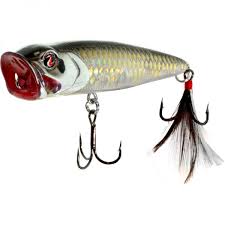 https://hooklineandsinker.ca/wp-content/uploads/2019/02/River2Sea-Bubble-Popper-65-and-88-C.jpg
225
225
HLSAdmin
https://hooklineandsinker.ca/wp-content/uploads/2014/12/Steelheading-in-the-Snow-900-80-Not-Faded-Actual-1030x91.jpg
HLSAdmin2019-02-03 20:48:302019-11-18 21:31:52River2Sea Bubble Popper 65 & 88
https://hooklineandsinker.ca/wp-content/uploads/2019/02/River2Sea-Bubble-Popper-65-and-88-C.jpg
225
225
HLSAdmin
https://hooklineandsinker.ca/wp-content/uploads/2014/12/Steelheading-in-the-Snow-900-80-Not-Faded-Actual-1030x91.jpg
HLSAdmin2019-02-03 20:48:302019-11-18 21:31:52River2Sea Bubble Popper 65 & 88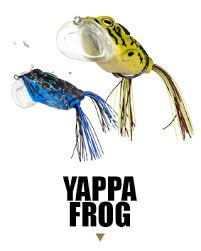 https://hooklineandsinker.ca/wp-content/uploads/2019/02/unkerhunt-Yappa-Frog-E.jpg
251
201
HLSAdmin
https://hooklineandsinker.ca/wp-content/uploads/2014/12/Steelheading-in-the-Snow-900-80-Not-Faded-Actual-1030x91.jpg
HLSAdmin2019-02-03 17:56:572019-07-31 20:58:21Lunkerhunt Weedless Cupped Faced Yappa Frog
https://hooklineandsinker.ca/wp-content/uploads/2019/02/unkerhunt-Yappa-Frog-E.jpg
251
201
HLSAdmin
https://hooklineandsinker.ca/wp-content/uploads/2014/12/Steelheading-in-the-Snow-900-80-Not-Faded-Actual-1030x91.jpg
HLSAdmin2019-02-03 17:56:572019-07-31 20:58:21Lunkerhunt Weedless Cupped Faced Yappa Frog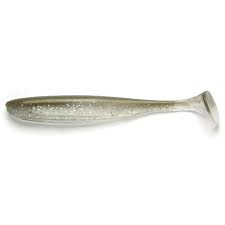 https://hooklineandsinker.ca/wp-content/uploads/2019/03/Keitech-Easy-Shiner.jpg
225
225
HLSAdmin
https://hooklineandsinker.ca/wp-content/uploads/2014/12/Steelheading-in-the-Snow-900-80-Not-Faded-Actual-1030x91.jpg
HLSAdmin2019-03-02 22:34:142019-03-09 22:16:55Keitech Easy Shiner
https://hooklineandsinker.ca/wp-content/uploads/2019/03/Keitech-Easy-Shiner.jpg
225
225
HLSAdmin
https://hooklineandsinker.ca/wp-content/uploads/2014/12/Steelheading-in-the-Snow-900-80-Not-Faded-Actual-1030x91.jpg
HLSAdmin2019-03-02 22:34:142019-03-09 22:16:55Keitech Easy Shiner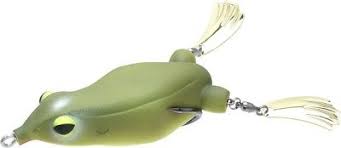 https://hooklineandsinker.ca/wp-content/uploads/2019/02/Lucky-Craft-Teckel-USA-Brand-The-Honker-Frog.jpg
148
341
HLSAdmin
https://hooklineandsinker.ca/wp-content/uploads/2014/12/Steelheading-in-the-Snow-900-80-Not-Faded-Actual-1030x91.jpg
HLSAdmin2019-02-17 20:36:462019-11-18 21:43:45Lucky Craft – The Teckel USA Brand Honker Frog
https://hooklineandsinker.ca/wp-content/uploads/2019/02/Lucky-Craft-Teckel-USA-Brand-The-Honker-Frog.jpg
148
341
HLSAdmin
https://hooklineandsinker.ca/wp-content/uploads/2014/12/Steelheading-in-the-Snow-900-80-Not-Faded-Actual-1030x91.jpg
HLSAdmin2019-02-17 20:36:462019-11-18 21:43:45Lucky Craft – The Teckel USA Brand Honker Frog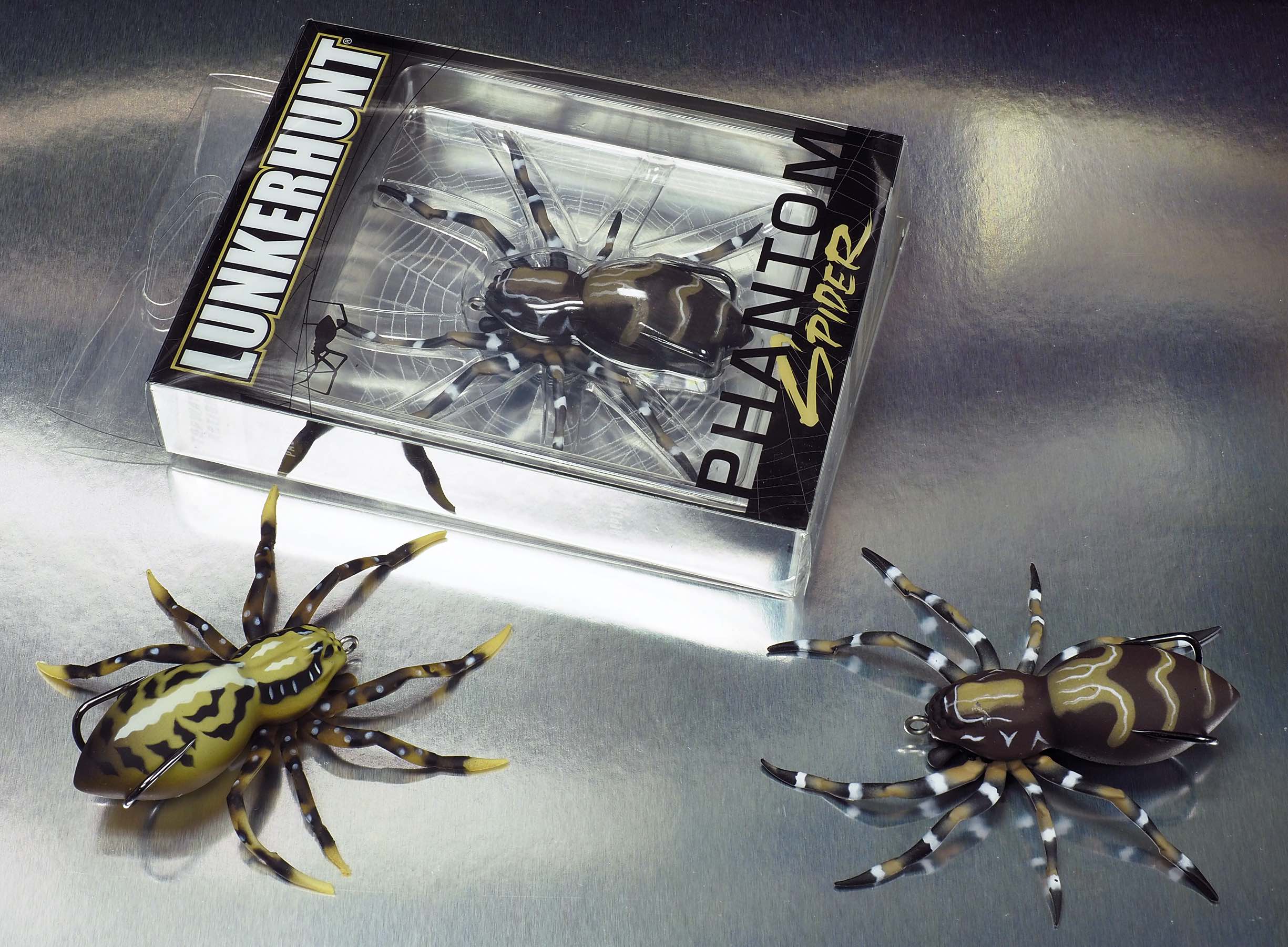 https://hooklineandsinker.ca/wp-content/uploads/2020/01/Lunkerhunt-Phantom-Spider-AA.jpg
1801
2450
HLSAdmin
https://hooklineandsinker.ca/wp-content/uploads/2014/12/Steelheading-in-the-Snow-900-80-Not-Faded-Actual-1030x91.jpg
HLSAdmin2020-01-13 20:49:292020-07-20 21:30:18Lunkerhunt Phantom Spider
https://hooklineandsinker.ca/wp-content/uploads/2020/01/Lunkerhunt-Phantom-Spider-AA.jpg
1801
2450
HLSAdmin
https://hooklineandsinker.ca/wp-content/uploads/2014/12/Steelheading-in-the-Snow-900-80-Not-Faded-Actual-1030x91.jpg
HLSAdmin2020-01-13 20:49:292020-07-20 21:30:18Lunkerhunt Phantom Spider https://hooklineandsinker.ca/wp-content/uploads/2019/02/Livetarget-Hollow-Body-Shiner-A.png
213
1000
HLSAdmin
https://hooklineandsinker.ca/wp-content/uploads/2014/12/Steelheading-in-the-Snow-900-80-Not-Faded-Actual-1030x91.jpg
HLSAdmin2019-02-03 18:37:222019-11-18 21:32:10LIVETARGET Hollow Body Shiner
https://hooklineandsinker.ca/wp-content/uploads/2019/02/Livetarget-Hollow-Body-Shiner-A.png
213
1000
HLSAdmin
https://hooklineandsinker.ca/wp-content/uploads/2014/12/Steelheading-in-the-Snow-900-80-Not-Faded-Actual-1030x91.jpg
HLSAdmin2019-02-03 18:37:222019-11-18 21:32:10LIVETARGET Hollow Body Shiner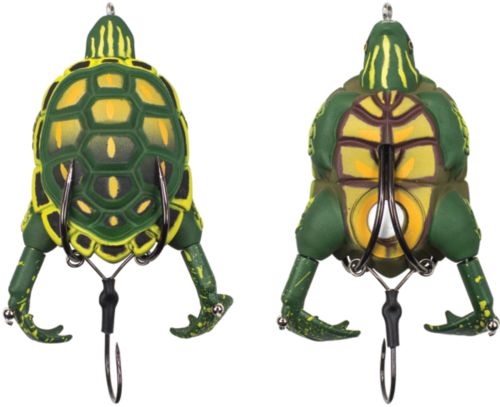 https://hooklineandsinker.ca/wp-content/uploads/2019/02/unkerhunt-Prop-Turtle-A.jpg
407
500
HLSAdmin
https://hooklineandsinker.ca/wp-content/uploads/2014/12/Steelheading-in-the-Snow-900-80-Not-Faded-Actual-1030x91.jpg
HLSAdmin2019-02-03 18:25:382019-11-18 21:32:51Lunkerhunt® Prop Turtle Soft Bait
https://hooklineandsinker.ca/wp-content/uploads/2019/02/unkerhunt-Prop-Turtle-A.jpg
407
500
HLSAdmin
https://hooklineandsinker.ca/wp-content/uploads/2014/12/Steelheading-in-the-Snow-900-80-Not-Faded-Actual-1030x91.jpg
HLSAdmin2019-02-03 18:25:382019-11-18 21:32:51Lunkerhunt® Prop Turtle Soft Bait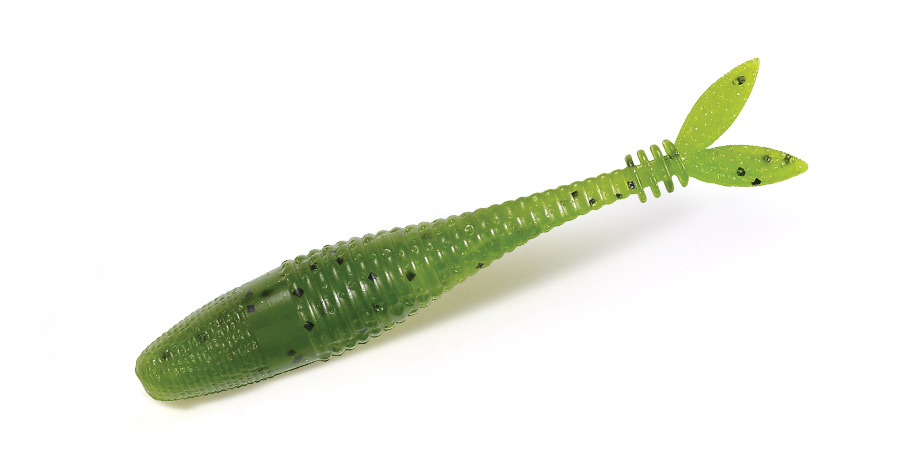 https://hooklineandsinker.ca/wp-content/uploads/2019/02/Duo-Realis-v-tailshad_hooks.jpg
470
924
HLSAdmin
https://hooklineandsinker.ca/wp-content/uploads/2014/12/Steelheading-in-the-Snow-900-80-Not-Faded-Actual-1030x91.jpg
HLSAdmin2019-02-01 14:09:582019-11-18 21:33:10Duo Realis V-Tail Shad
https://hooklineandsinker.ca/wp-content/uploads/2019/02/Duo-Realis-v-tailshad_hooks.jpg
470
924
HLSAdmin
https://hooklineandsinker.ca/wp-content/uploads/2014/12/Steelheading-in-the-Snow-900-80-Not-Faded-Actual-1030x91.jpg
HLSAdmin2019-02-01 14:09:582019-11-18 21:33:10Duo Realis V-Tail Shad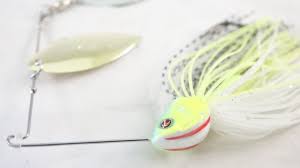 https://hooklineandsinker.ca/wp-content/uploads/2019/01/Ish-Monroe-River2Sea-Bling-Spinnerbait.jpg
168
300
HLSAdmin
https://hooklineandsinker.ca/wp-content/uploads/2014/12/Steelheading-in-the-Snow-900-80-Not-Faded-Actual-1030x91.jpg
HLSAdmin2019-01-14 15:04:192019-09-01 00:01:48River2Sea Ish Monroe Signature Series Bling Spinnerbait
https://hooklineandsinker.ca/wp-content/uploads/2019/01/Ish-Monroe-River2Sea-Bling-Spinnerbait.jpg
168
300
HLSAdmin
https://hooklineandsinker.ca/wp-content/uploads/2014/12/Steelheading-in-the-Snow-900-80-Not-Faded-Actual-1030x91.jpg
HLSAdmin2019-01-14 15:04:192019-09-01 00:01:48River2Sea Ish Monroe Signature Series Bling Spinnerbait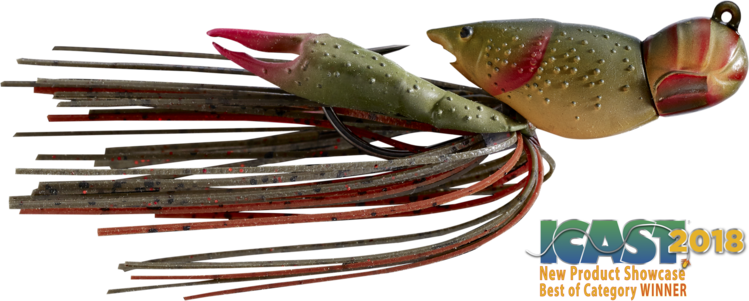 https://hooklineandsinker.ca/wp-content/uploads/2019/02/Hollow-Body-Craw-CHB-144-black-v2_-_Copy_with_ICAST_logo_750x.png
301
749
HLSAdmin
https://hooklineandsinker.ca/wp-content/uploads/2014/12/Steelheading-in-the-Snow-900-80-Not-Faded-Actual-1030x91.jpg
HLSAdmin2019-02-03 20:21:312019-11-18 21:44:18LIVETARGET Hollow Body Craw
https://hooklineandsinker.ca/wp-content/uploads/2019/02/Hollow-Body-Craw-CHB-144-black-v2_-_Copy_with_ICAST_logo_750x.png
301
749
HLSAdmin
https://hooklineandsinker.ca/wp-content/uploads/2014/12/Steelheading-in-the-Snow-900-80-Not-Faded-Actual-1030x91.jpg
HLSAdmin2019-02-03 20:21:312019-11-18 21:44:18LIVETARGET Hollow Body Craw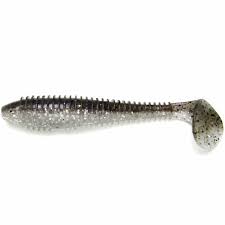 https://hooklineandsinker.ca/wp-content/uploads/2019/03/Keitech-Swing-Impact-Swimbait.jpg
225
225
HLSAdmin
https://hooklineandsinker.ca/wp-content/uploads/2014/12/Steelheading-in-the-Snow-900-80-Not-Faded-Actual-1030x91.jpg
HLSAdmin2019-03-02 22:22:032019-03-09 22:21:16Keitech Swing Impact Swimbait
https://hooklineandsinker.ca/wp-content/uploads/2019/03/Keitech-Swing-Impact-Swimbait.jpg
225
225
HLSAdmin
https://hooklineandsinker.ca/wp-content/uploads/2014/12/Steelheading-in-the-Snow-900-80-Not-Faded-Actual-1030x91.jpg
HLSAdmin2019-03-02 22:22:032019-03-09 22:21:16Keitech Swing Impact Swimbait https://hooklineandsinker.ca/wp-content/uploads/2019/01/Live-Target-commotion-shad-SCH-hook-157-White-v1_750x.png
159
750
HLSAdmin
https://hooklineandsinker.ca/wp-content/uploads/2014/12/Steelheading-in-the-Snow-900-80-Not-Faded-Actual-1030x91.jpg
HLSAdmin2019-01-30 18:44:582019-11-18 21:45:33LIVETARGET Commotion Shad
https://hooklineandsinker.ca/wp-content/uploads/2019/01/Live-Target-commotion-shad-SCH-hook-157-White-v1_750x.png
159
750
HLSAdmin
https://hooklineandsinker.ca/wp-content/uploads/2014/12/Steelheading-in-the-Snow-900-80-Not-Faded-Actual-1030x91.jpg
HLSAdmin2019-01-30 18:44:582019-11-18 21:45:33LIVETARGET Commotion Shad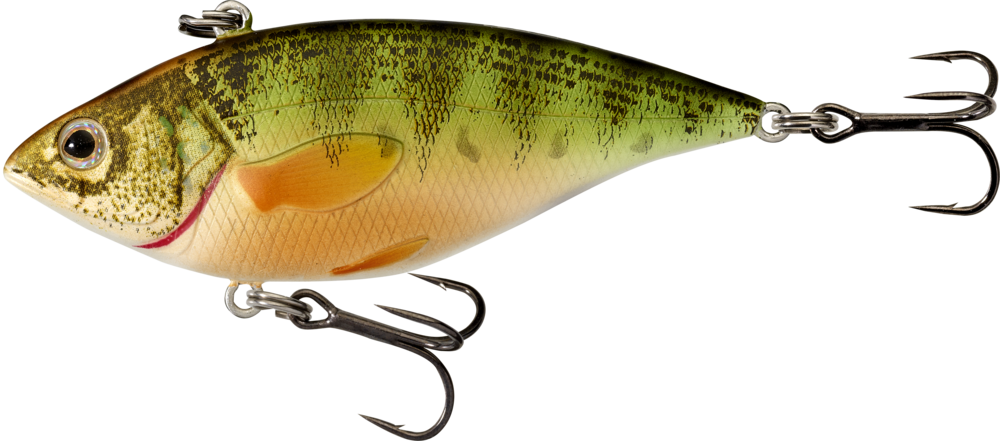 https://hooklineandsinker.ca/wp-content/uploads/2019/01/Live-Target-Yellow-Perch-Rattlebait-Lipless-Crankbait-C.png
441
1000
HLSAdmin
https://hooklineandsinker.ca/wp-content/uploads/2014/12/Steelheading-in-the-Snow-900-80-Not-Faded-Actual-1030x91.jpg
HLSAdmin2019-01-25 20:17:102019-11-18 21:34:42LIVETARGET Yellow Perch Rattlebait
https://hooklineandsinker.ca/wp-content/uploads/2019/01/Live-Target-Yellow-Perch-Rattlebait-Lipless-Crankbait-C.png
441
1000
HLSAdmin
https://hooklineandsinker.ca/wp-content/uploads/2014/12/Steelheading-in-the-Snow-900-80-Not-Faded-Actual-1030x91.jpg
HLSAdmin2019-01-25 20:17:102019-11-18 21:34:42LIVETARGET Yellow Perch Rattlebait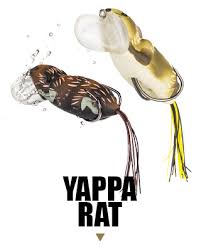 https://hooklineandsinker.ca/wp-content/uploads/2019/01/Lunkerhunt-Weedless-Cupped-Faced-Yappa-Rat-D.jpg
251
201
HLSAdmin
https://hooklineandsinker.ca/wp-content/uploads/2014/12/Steelheading-in-the-Snow-900-80-Not-Faded-Actual-1030x91.jpg
HLSAdmin2019-01-25 19:56:122019-11-18 21:33:51Lunkerhunt Weedless Cupped Faced Yappa Rat
https://hooklineandsinker.ca/wp-content/uploads/2019/01/Lunkerhunt-Weedless-Cupped-Faced-Yappa-Rat-D.jpg
251
201
HLSAdmin
https://hooklineandsinker.ca/wp-content/uploads/2014/12/Steelheading-in-the-Snow-900-80-Not-Faded-Actual-1030x91.jpg
HLSAdmin2019-01-25 19:56:122019-11-18 21:33:51Lunkerhunt Weedless Cupped Faced Yappa Rat https://hooklineandsinker.ca/wp-content/uploads/2019/03/keitechusa-logo_r091-y7.gif
71
331
HLSAdmin
https://hooklineandsinker.ca/wp-content/uploads/2014/12/Steelheading-in-the-Snow-900-80-Not-Faded-Actual-1030x91.jpg
HLSAdmin2019-03-02 22:13:452019-03-02 22:13:45Keitech Fishing
https://hooklineandsinker.ca/wp-content/uploads/2019/03/keitechusa-logo_r091-y7.gif
71
331
HLSAdmin
https://hooklineandsinker.ca/wp-content/uploads/2014/12/Steelheading-in-the-Snow-900-80-Not-Faded-Actual-1030x91.jpg
HLSAdmin2019-03-02 22:13:452019-03-02 22:13:45Keitech Fishing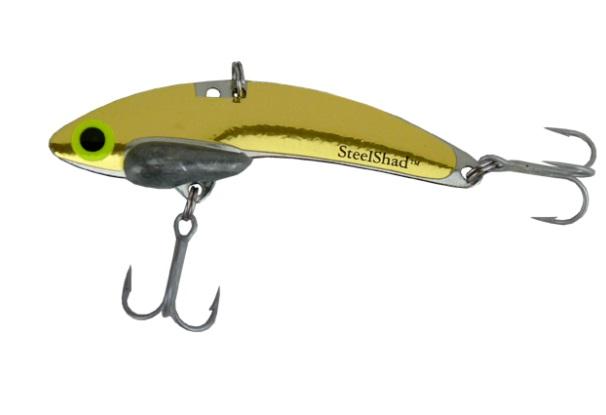 https://hooklineandsinker.ca/wp-content/uploads/2019/01/steel-shad-baitfish-lure-B.jpg
415
606
HLSAdmin
https://hooklineandsinker.ca/wp-content/uploads/2014/12/Steelheading-in-the-Snow-900-80-Not-Faded-Actual-1030x91.jpg
HLSAdmin2019-01-30 18:16:202019-11-18 21:44:00SteelShad Fishing Lure
https://hooklineandsinker.ca/wp-content/uploads/2019/01/steel-shad-baitfish-lure-B.jpg
415
606
HLSAdmin
https://hooklineandsinker.ca/wp-content/uploads/2014/12/Steelheading-in-the-Snow-900-80-Not-Faded-Actual-1030x91.jpg
HLSAdmin2019-01-30 18:16:202019-11-18 21:44:00SteelShad Fishing Lure https://hooklineandsinker.ca/wp-content/uploads/2018/11/Live-Target-Skip-Shad.jpg
225
225
HLSAdmin
https://hooklineandsinker.ca/wp-content/uploads/2014/12/Steelheading-in-the-Snow-900-80-Not-Faded-Actual-1030x91.jpg
HLSAdmin2018-11-29 15:18:102019-04-10 23:14:49Live Target Skip Shad
https://hooklineandsinker.ca/wp-content/uploads/2018/11/Live-Target-Skip-Shad.jpg
225
225
HLSAdmin
https://hooklineandsinker.ca/wp-content/uploads/2014/12/Steelheading-in-the-Snow-900-80-Not-Faded-Actual-1030x91.jpg
HLSAdmin2018-11-29 15:18:102019-04-10 23:14:49Live Target Skip Shad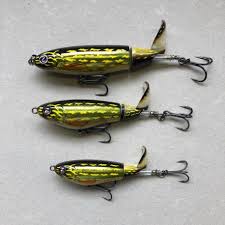 https://hooklineandsinker.ca/wp-content/uploads/2019/01/Whopper-Plopper-River2Sea-logo-white.jpg
225
225
HLSAdmin
https://hooklineandsinker.ca/wp-content/uploads/2014/12/Steelheading-in-the-Snow-900-80-Not-Faded-Actual-1030x91.jpg
HLSAdmin2019-01-14 14:56:152021-09-06 14:37:48River2Sea Whopper Plopper
https://hooklineandsinker.ca/wp-content/uploads/2019/01/Whopper-Plopper-River2Sea-logo-white.jpg
225
225
HLSAdmin
https://hooklineandsinker.ca/wp-content/uploads/2014/12/Steelheading-in-the-Snow-900-80-Not-Faded-Actual-1030x91.jpg
HLSAdmin2019-01-14 14:56:152021-09-06 14:37:48River2Sea Whopper Plopper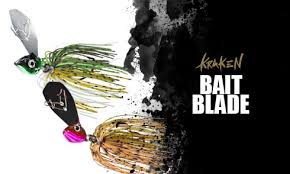 https://hooklineandsinker.ca/wp-content/uploads/2019/05/Lunkerhunt-Impact-Series-Bully-Blade-Bait-E.jpg
174
290
HLSAdmin
https://hooklineandsinker.ca/wp-content/uploads/2014/12/Steelheading-in-the-Snow-900-80-Not-Faded-Actual-1030x91.jpg
HLSAdmin2019-05-26 18:02:362020-07-12 22:51:43Lunkerhunt Kraken Bait Blade
https://hooklineandsinker.ca/wp-content/uploads/2019/05/Lunkerhunt-Impact-Series-Bully-Blade-Bait-E.jpg
174
290
HLSAdmin
https://hooklineandsinker.ca/wp-content/uploads/2014/12/Steelheading-in-the-Snow-900-80-Not-Faded-Actual-1030x91.jpg
HLSAdmin2019-05-26 18:02:362020-07-12 22:51:43Lunkerhunt Kraken Bait Blade https://hooklineandsinker.ca/wp-content/uploads/2019/08/Jackall-Deracoup-Tail-Spinner-Chartreuse-Back-Tiger.jpg
453
680
HLSAdmin
https://hooklineandsinker.ca/wp-content/uploads/2014/12/Steelheading-in-the-Snow-900-80-Not-Faded-Actual-1030x91.jpg
HLSAdmin2019-08-04 22:31:472020-07-12 22:50:57Jackall Deracoup Tail Spinner
https://hooklineandsinker.ca/wp-content/uploads/2019/08/Jackall-Deracoup-Tail-Spinner-Chartreuse-Back-Tiger.jpg
453
680
HLSAdmin
https://hooklineandsinker.ca/wp-content/uploads/2014/12/Steelheading-in-the-Snow-900-80-Not-Faded-Actual-1030x91.jpg
HLSAdmin2019-08-04 22:31:472020-07-12 22:50:57Jackall Deracoup Tail Spinner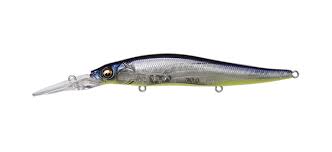 https://hooklineandsinker.ca/wp-content/uploads/2019/03/Megabass-Ito-Vision-1102.jpg
152
332
HLSAdmin
https://hooklineandsinker.ca/wp-content/uploads/2014/12/Steelheading-in-the-Snow-900-80-Not-Faded-Actual-1030x91.jpg
HLSAdmin2019-03-10 21:50:242020-07-12 22:52:04Megabass Ito Vision 110+2 Jerkbait
https://hooklineandsinker.ca/wp-content/uploads/2019/03/Megabass-Ito-Vision-1102.jpg
152
332
HLSAdmin
https://hooklineandsinker.ca/wp-content/uploads/2014/12/Steelheading-in-the-Snow-900-80-Not-Faded-Actual-1030x91.jpg
HLSAdmin2019-03-10 21:50:242020-07-12 22:52:04Megabass Ito Vision 110+2 Jerkbait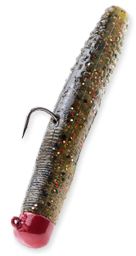 https://hooklineandsinker.ca/wp-content/uploads/2018/10/z-man_ned_rig_bait-Ned-Rig-Finesse-Fishing.png
256
136
HLSAdmin
https://hooklineandsinker.ca/wp-content/uploads/2014/12/Steelheading-in-the-Snow-900-80-Not-Faded-Actual-1030x91.jpg
HLSAdmin2018-10-03 20:33:032020-02-10 14:05:35Ned Rig Finesse Fishing
https://hooklineandsinker.ca/wp-content/uploads/2018/10/z-man_ned_rig_bait-Ned-Rig-Finesse-Fishing.png
256
136
HLSAdmin
https://hooklineandsinker.ca/wp-content/uploads/2014/12/Steelheading-in-the-Snow-900-80-Not-Faded-Actual-1030x91.jpg
HLSAdmin2018-10-03 20:33:032020-02-10 14:05:35Ned Rig Finesse Fishing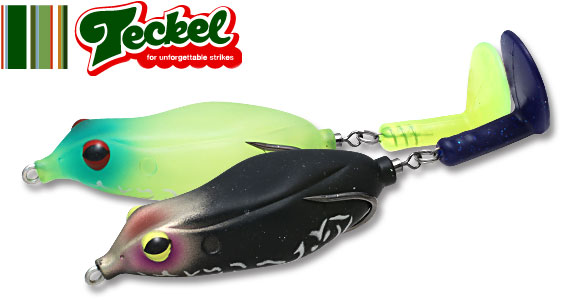 https://hooklineandsinker.ca/wp-content/uploads/2019/02/Lucky-Craft-Teckel-Brand-The-Sprinker-Frog-TKL-Sprinker.jpg
300
562
HLSAdmin
https://hooklineandsinker.ca/wp-content/uploads/2014/12/Steelheading-in-the-Snow-900-80-Not-Faded-Actual-1030x91.jpg
HLSAdmin2019-02-10 18:07:392020-07-12 22:54:08Lucky Craft – The Teckel USA Brand Sprinker Frog
https://hooklineandsinker.ca/wp-content/uploads/2019/02/Lucky-Craft-Teckel-Brand-The-Sprinker-Frog-TKL-Sprinker.jpg
300
562
HLSAdmin
https://hooklineandsinker.ca/wp-content/uploads/2014/12/Steelheading-in-the-Snow-900-80-Not-Faded-Actual-1030x91.jpg
HLSAdmin2019-02-10 18:07:392020-07-12 22:54:08Lucky Craft – The Teckel USA Brand Sprinker Frog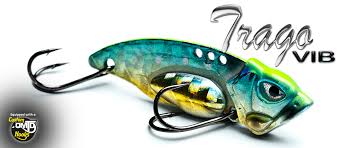 https://hooklineandsinker.ca/wp-content/uploads/2019/03/Molix-Trago-Vib-Blade-Bait.jpg
148
341
HLSAdmin
https://hooklineandsinker.ca/wp-content/uploads/2014/12/Steelheading-in-the-Snow-900-80-Not-Faded-Actual-1030x91.jpg
HLSAdmin2019-03-04 19:48:322020-07-12 22:53:59Molix Trago Vib Blade Bait
https://hooklineandsinker.ca/wp-content/uploads/2019/03/Molix-Trago-Vib-Blade-Bait.jpg
148
341
HLSAdmin
https://hooklineandsinker.ca/wp-content/uploads/2014/12/Steelheading-in-the-Snow-900-80-Not-Faded-Actual-1030x91.jpg
HLSAdmin2019-03-04 19:48:322020-07-12 22:53:59Molix Trago Vib Blade Bait https://hooklineandsinker.ca/wp-content/uploads/2018/11/TightlinesUVlogo.png
149
558
HLSAdmin
https://hooklineandsinker.ca/wp-content/uploads/2014/12/Steelheading-in-the-Snow-900-80-Not-Faded-Actual-1030x91.jpg
HLSAdmin2018-11-29 19:26:212020-07-12 22:53:49Tightlines UV Lures and Soft Plastics
https://hooklineandsinker.ca/wp-content/uploads/2018/11/TightlinesUVlogo.png
149
558
HLSAdmin
https://hooklineandsinker.ca/wp-content/uploads/2014/12/Steelheading-in-the-Snow-900-80-Not-Faded-Actual-1030x91.jpg
HLSAdmin2018-11-29 19:26:212020-07-12 22:53:49Tightlines UV Lures and Soft Plastics https://hooklineandsinker.ca/wp-content/uploads/2018/10/Jackall-Riser-Image-A.jpg
179
282
HLSAdmin
https://hooklineandsinker.ca/wp-content/uploads/2014/12/Steelheading-in-the-Snow-900-80-Not-Faded-Actual-1030x91.jpg
HLSAdmin2018-10-07 15:08:162020-07-12 22:53:24Jackall Riser Bait 009SP
https://hooklineandsinker.ca/wp-content/uploads/2018/10/Jackall-Riser-Image-A.jpg
179
282
HLSAdmin
https://hooklineandsinker.ca/wp-content/uploads/2014/12/Steelheading-in-the-Snow-900-80-Not-Faded-Actual-1030x91.jpg
HLSAdmin2018-10-07 15:08:162020-07-12 22:53:24Jackall Riser Bait 009SP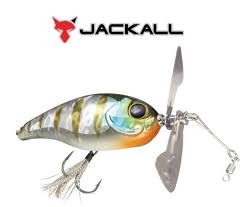 https://hooklineandsinker.ca/wp-content/uploads/2018/09/Jackall-Chop-Cut-topwater-Lure.jpg
207
243
HLSAdmin
https://hooklineandsinker.ca/wp-content/uploads/2014/12/Steelheading-in-the-Snow-900-80-Not-Faded-Actual-1030x91.jpg
HLSAdmin2018-09-21 14:14:592020-07-12 22:53:13Jackall Chop Cut Topwater Lure
https://hooklineandsinker.ca/wp-content/uploads/2018/09/Jackall-Chop-Cut-topwater-Lure.jpg
207
243
HLSAdmin
https://hooklineandsinker.ca/wp-content/uploads/2014/12/Steelheading-in-the-Snow-900-80-Not-Faded-Actual-1030x91.jpg
HLSAdmin2018-09-21 14:14:592020-07-12 22:53:13Jackall Chop Cut Topwater Lure https://hooklineandsinker.ca/wp-content/uploads/2018/06/EGB-Fishing-Lures-The-Original-Swiss-Lure-Logo.jpg
175
240
HLSAdmin
https://hooklineandsinker.ca/wp-content/uploads/2014/12/Steelheading-in-the-Snow-900-80-Not-Faded-Actual-1030x91.jpg
HLSAdmin2018-06-21 22:51:212018-06-21 22:51:21E.G.B. Fishing Lures – The Original Swiss Lure
https://hooklineandsinker.ca/wp-content/uploads/2018/06/EGB-Fishing-Lures-The-Original-Swiss-Lure-Logo.jpg
175
240
HLSAdmin
https://hooklineandsinker.ca/wp-content/uploads/2014/12/Steelheading-in-the-Snow-900-80-Not-Faded-Actual-1030x91.jpg
HLSAdmin2018-06-21 22:51:212018-06-21 22:51:21E.G.B. Fishing Lures – The Original Swiss Lure https://hooklineandsinker.ca/wp-content/uploads/2018/06/lymen-logo-1.png
115
227
HLSAdmin
https://hooklineandsinker.ca/wp-content/uploads/2014/12/Steelheading-in-the-Snow-900-80-Not-Faded-Actual-1030x91.jpg
HLSAdmin2018-06-17 11:14:442021-02-12 21:52:34Lyman Lures
https://hooklineandsinker.ca/wp-content/uploads/2018/06/lymen-logo-1.png
115
227
HLSAdmin
https://hooklineandsinker.ca/wp-content/uploads/2014/12/Steelheading-in-the-Snow-900-80-Not-Faded-Actual-1030x91.jpg
HLSAdmin2018-06-17 11:14:442021-02-12 21:52:34Lyman Lures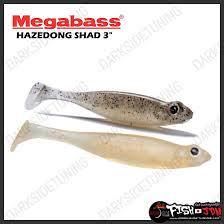 https://hooklineandsinker.ca/wp-content/uploads/2018/08/Megabass-Hazedong-Shad-Swimbait.jpg
224
224
HLSAdmin
https://hooklineandsinker.ca/wp-content/uploads/2014/12/Steelheading-in-the-Snow-900-80-Not-Faded-Actual-1030x91.jpg
HLSAdmin2018-08-22 18:23:072020-03-09 18:54:43Megabass Hazedong Shad Swimbait
https://hooklineandsinker.ca/wp-content/uploads/2018/08/Megabass-Hazedong-Shad-Swimbait.jpg
224
224
HLSAdmin
https://hooklineandsinker.ca/wp-content/uploads/2014/12/Steelheading-in-the-Snow-900-80-Not-Faded-Actual-1030x91.jpg
HLSAdmin2018-08-22 18:23:072020-03-09 18:54:43Megabass Hazedong Shad Swimbait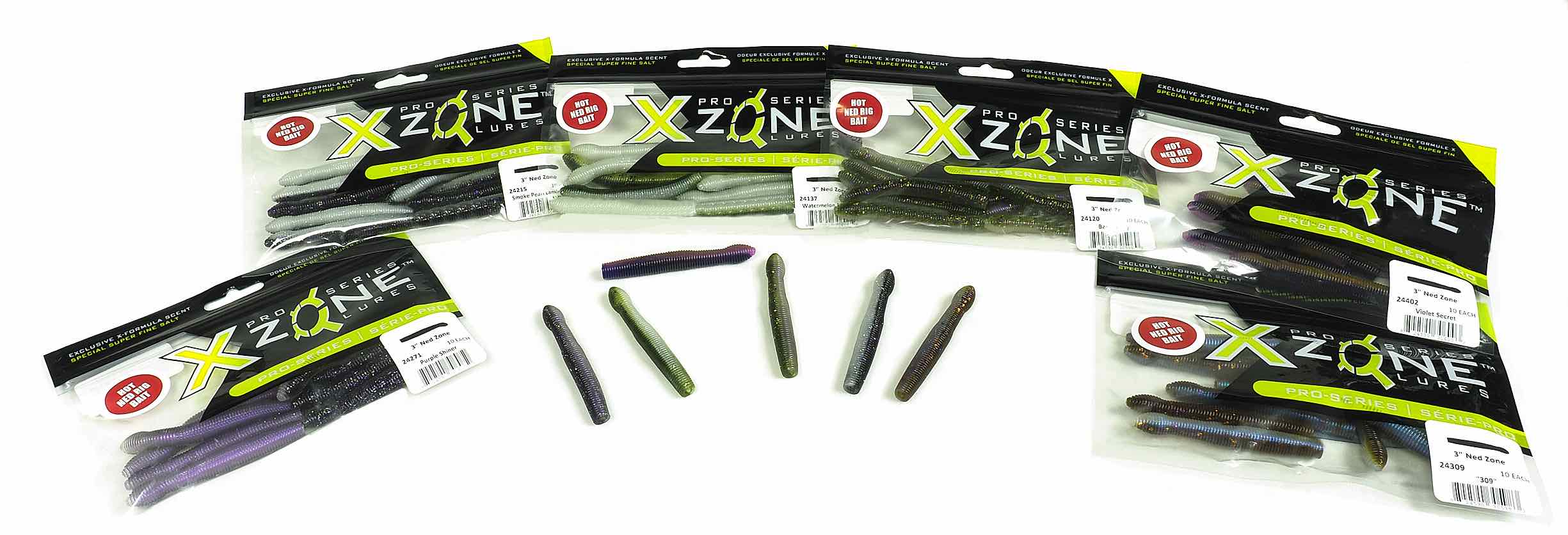 https://hooklineandsinker.ca/wp-content/uploads/2018/08/X-Zone-Pro-Series-Lures-3-Inch-Ned-Zone-AA.jpg
836
2450
HLSAdmin
https://hooklineandsinker.ca/wp-content/uploads/2014/12/Steelheading-in-the-Snow-900-80-Not-Faded-Actual-1030x91.jpg
HLSAdmin2018-08-06 21:26:252018-12-02 00:32:42X Zone Pro Series Lures 3″ Ned Zone
https://hooklineandsinker.ca/wp-content/uploads/2018/08/X-Zone-Pro-Series-Lures-3-Inch-Ned-Zone-AA.jpg
836
2450
HLSAdmin
https://hooklineandsinker.ca/wp-content/uploads/2014/12/Steelheading-in-the-Snow-900-80-Not-Faded-Actual-1030x91.jpg
HLSAdmin2018-08-06 21:26:252018-12-02 00:32:42X Zone Pro Series Lures 3″ Ned Zone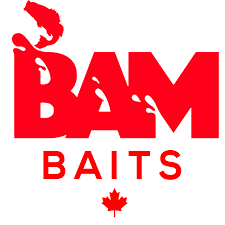 https://hooklineandsinker.ca/wp-content/uploads/2018/06/Bam-Baits.png
225
225
HLSAdmin
https://hooklineandsinker.ca/wp-content/uploads/2014/12/Steelheading-in-the-Snow-900-80-Not-Faded-Actual-1030x91.jpg
HLSAdmin2018-06-21 22:22:212018-09-10 19:29:27Bam Baits
https://hooklineandsinker.ca/wp-content/uploads/2018/06/Bam-Baits.png
225
225
HLSAdmin
https://hooklineandsinker.ca/wp-content/uploads/2014/12/Steelheading-in-the-Snow-900-80-Not-Faded-Actual-1030x91.jpg
HLSAdmin2018-06-21 22:22:212018-09-10 19:29:27Bam Baits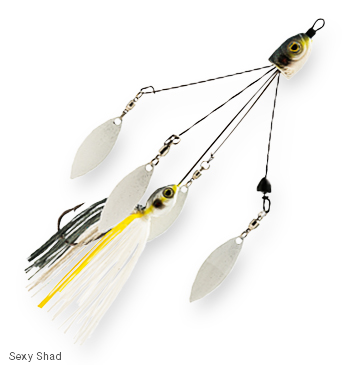 https://hooklineandsinker.ca/wp-content/uploads/2018/05/Z-Man-Quadzilla-Collapsible-4-Arm-Spinnerbait-C.jpg
365
345
HLSAdmin
https://hooklineandsinker.ca/wp-content/uploads/2014/12/Steelheading-in-the-Snow-900-80-Not-Faded-Actual-1030x91.jpg
HLSAdmin2018-05-06 18:54:272018-06-03 12:56:39Z-Man QuadZilla Collapsible Four-Arm Spinnerbait
https://hooklineandsinker.ca/wp-content/uploads/2018/05/Z-Man-Quadzilla-Collapsible-4-Arm-Spinnerbait-C.jpg
365
345
HLSAdmin
https://hooklineandsinker.ca/wp-content/uploads/2014/12/Steelheading-in-the-Snow-900-80-Not-Faded-Actual-1030x91.jpg
HLSAdmin2018-05-06 18:54:272018-06-03 12:56:39Z-Man QuadZilla Collapsible Four-Arm Spinnerbait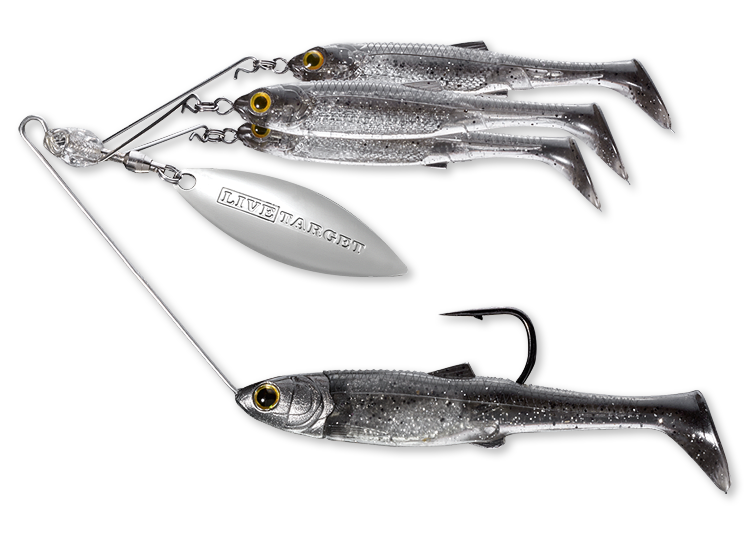 https://hooklineandsinker.ca/wp-content/uploads/2018/06/Live-Target-Baitball-Spinner-Rig-B.png
535
750
HLSAdmin
https://hooklineandsinker.ca/wp-content/uploads/2014/12/Steelheading-in-the-Snow-900-80-Not-Faded-Actual-1030x91.jpg
HLSAdmin2018-06-03 18:24:312018-09-10 19:29:59LIVETARGET BaitBall Spinner Rig
https://hooklineandsinker.ca/wp-content/uploads/2018/06/Live-Target-Baitball-Spinner-Rig-B.png
535
750
HLSAdmin
https://hooklineandsinker.ca/wp-content/uploads/2014/12/Steelheading-in-the-Snow-900-80-Not-Faded-Actual-1030x91.jpg
HLSAdmin2018-06-03 18:24:312018-09-10 19:29:59LIVETARGET BaitBall Spinner Rig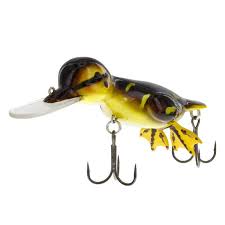 https://hooklineandsinker.ca/wp-content/uploads/2018/06/Westin-Danny-The-Duck-Duckling-B.jpg
225
225
HLSAdmin
https://hooklineandsinker.ca/wp-content/uploads/2014/12/Steelheading-in-the-Snow-900-80-Not-Faded-Actual-1030x91.jpg
HLSAdmin2018-06-09 23:51:042018-10-21 19:19:08Westin Danny The Duck Duckling
https://hooklineandsinker.ca/wp-content/uploads/2018/06/Westin-Danny-The-Duck-Duckling-B.jpg
225
225
HLSAdmin
https://hooklineandsinker.ca/wp-content/uploads/2014/12/Steelheading-in-the-Snow-900-80-Not-Faded-Actual-1030x91.jpg
HLSAdmin2018-06-09 23:51:042018-10-21 19:19:08Westin Danny The Duck Duckling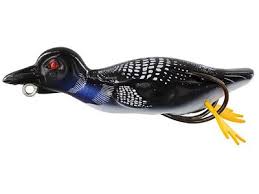 https://hooklineandsinker.ca/wp-content/uploads/2018/06/Westin-Danny-The-Duck-Hollowbody-Loon-D.jpg
194
259
HLSAdmin
https://hooklineandsinker.ca/wp-content/uploads/2014/12/Steelheading-in-the-Snow-900-80-Not-Faded-Actual-1030x91.jpg
HLSAdmin2018-06-09 23:38:522018-10-21 19:21:15Westin Danny The Duck Hollowbody Loon
https://hooklineandsinker.ca/wp-content/uploads/2018/06/Westin-Danny-The-Duck-Hollowbody-Loon-D.jpg
194
259
HLSAdmin
https://hooklineandsinker.ca/wp-content/uploads/2014/12/Steelheading-in-the-Snow-900-80-Not-Faded-Actual-1030x91.jpg
HLSAdmin2018-06-09 23:38:522018-10-21 19:21:15Westin Danny The Duck Hollowbody Loon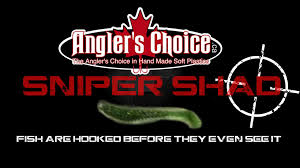 https://hooklineandsinker.ca/wp-content/uploads/2018/08/Anglers-Choice-Sniper-Shad-Swimbait.jpg
168
300
HLSAdmin
https://hooklineandsinker.ca/wp-content/uploads/2014/12/Steelheading-in-the-Snow-900-80-Not-Faded-Actual-1030x91.jpg
HLSAdmin2018-08-22 19:04:302018-08-22 19:06:42Angler’s Choice Sniper Shad Swimbait
https://hooklineandsinker.ca/wp-content/uploads/2018/08/Anglers-Choice-Sniper-Shad-Swimbait.jpg
168
300
HLSAdmin
https://hooklineandsinker.ca/wp-content/uploads/2014/12/Steelheading-in-the-Snow-900-80-Not-Faded-Actual-1030x91.jpg
HLSAdmin2018-08-22 19:04:302018-08-22 19:06:42Angler’s Choice Sniper Shad Swimbait https://hooklineandsinker.ca/wp-content/uploads/2018/06/Live-Target-Scott-Martin-Hollow-Body-Popper-Frog-B.jpg
522
522
HLSAdmin
https://hooklineandsinker.ca/wp-content/uploads/2014/12/Steelheading-in-the-Snow-900-80-Not-Faded-Actual-1030x91.jpg
HLSAdmin2018-06-03 12:50:022018-09-10 19:24:37LIVETARGET Hollow Body Popper Frog
https://hooklineandsinker.ca/wp-content/uploads/2018/06/Live-Target-Scott-Martin-Hollow-Body-Popper-Frog-B.jpg
522
522
HLSAdmin
https://hooklineandsinker.ca/wp-content/uploads/2014/12/Steelheading-in-the-Snow-900-80-Not-Faded-Actual-1030x91.jpg
HLSAdmin2018-06-03 12:50:022018-09-10 19:24:37LIVETARGET Hollow Body Popper Frog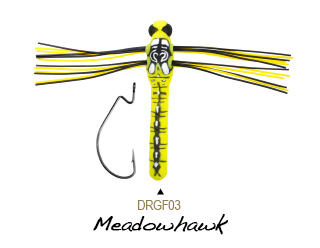 https://hooklineandsinker.ca/wp-content/uploads/2018/05/Lunkerhunt-Dragonfly-Finesse-Topwater-Lure-Image.jpg
248
320
HLSAdmin
https://hooklineandsinker.ca/wp-content/uploads/2014/12/Steelheading-in-the-Snow-900-80-Not-Faded-Actual-1030x91.jpg
HLSAdmin2018-05-30 19:42:382018-09-10 19:24:14Lunkerhunt Dragonfly Finesse Topwater Lure
https://hooklineandsinker.ca/wp-content/uploads/2018/05/Lunkerhunt-Dragonfly-Finesse-Topwater-Lure-Image.jpg
248
320
HLSAdmin
https://hooklineandsinker.ca/wp-content/uploads/2014/12/Steelheading-in-the-Snow-900-80-Not-Faded-Actual-1030x91.jpg
HLSAdmin2018-05-30 19:42:382018-09-10 19:24:14Lunkerhunt Dragonfly Finesse Topwater Lure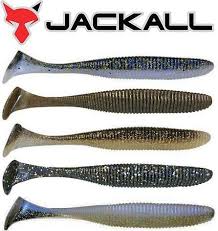 https://hooklineandsinker.ca/wp-content/uploads/2018/07/Jackall-Rhythm-Wave-Swimbait-B.jpg
231
218
HLSAdmin
https://hooklineandsinker.ca/wp-content/uploads/2014/12/Steelheading-in-the-Snow-900-80-Not-Faded-Actual-1030x91.jpg
HLSAdmin2018-07-14 23:15:422018-12-02 00:32:14Jackall Rhythm Wave Swimbait
https://hooklineandsinker.ca/wp-content/uploads/2018/07/Jackall-Rhythm-Wave-Swimbait-B.jpg
231
218
HLSAdmin
https://hooklineandsinker.ca/wp-content/uploads/2014/12/Steelheading-in-the-Snow-900-80-Not-Faded-Actual-1030x91.jpg
HLSAdmin2018-07-14 23:15:422018-12-02 00:32:14Jackall Rhythm Wave Swimbait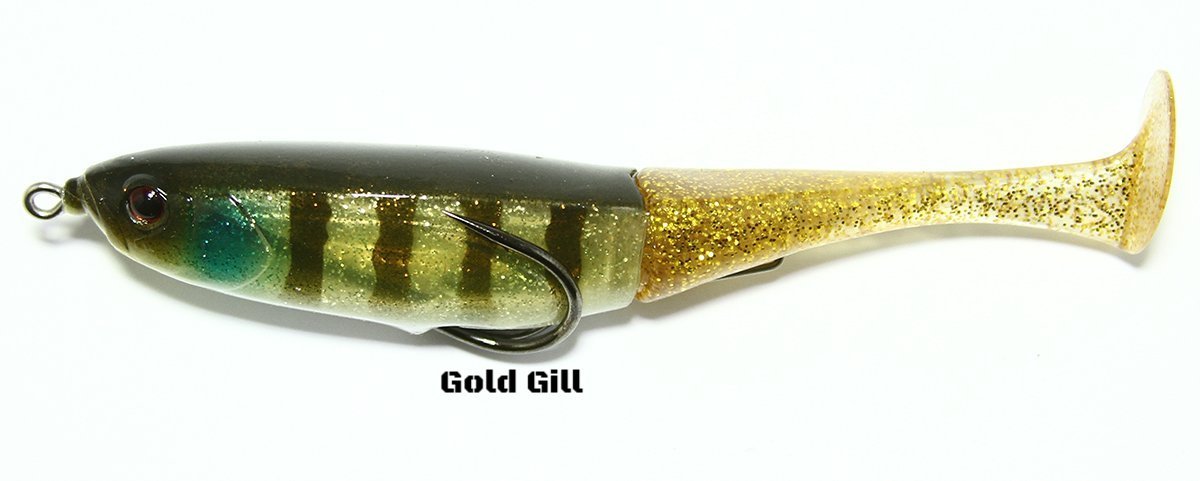 https://hooklineandsinker.ca/wp-content/uploads/2018/09/Jackall-Grinch-Frog-and-Paddle-Tail-Worm.jpg
481
1200
HLSAdmin
https://hooklineandsinker.ca/wp-content/uploads/2014/12/Steelheading-in-the-Snow-900-80-Not-Faded-Actual-1030x91.jpg
HLSAdmin2018-09-21 14:03:132020-07-12 22:57:26Jackall Grinch Frog & Paddle Tail Worm
https://hooklineandsinker.ca/wp-content/uploads/2018/09/Jackall-Grinch-Frog-and-Paddle-Tail-Worm.jpg
481
1200
HLSAdmin
https://hooklineandsinker.ca/wp-content/uploads/2014/12/Steelheading-in-the-Snow-900-80-Not-Faded-Actual-1030x91.jpg
HLSAdmin2018-09-21 14:03:132020-07-12 22:57:26Jackall Grinch Frog & Paddle Tail Worm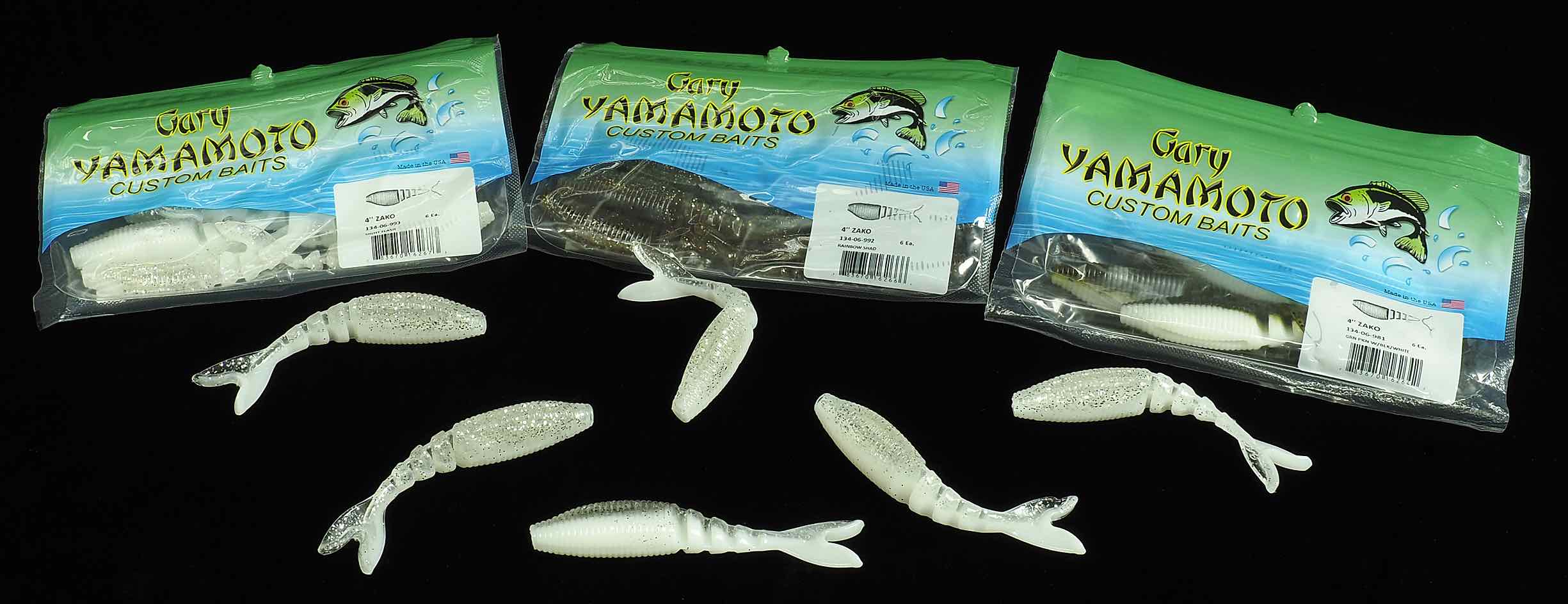 https://hooklineandsinker.ca/wp-content/uploads/2018/07/Gary-Yamamoto-Custom-Baits-4-inch-Zako-AA.jpg
943
2450
HLSAdmin
https://hooklineandsinker.ca/wp-content/uploads/2014/12/Steelheading-in-the-Snow-900-80-Not-Faded-Actual-1030x91.jpg
HLSAdmin2018-07-04 21:46:292018-12-02 00:24:42Gary Yamamoto Custom Baits 4” Zako Swimbait
https://hooklineandsinker.ca/wp-content/uploads/2018/07/Gary-Yamamoto-Custom-Baits-4-inch-Zako-AA.jpg
943
2450
HLSAdmin
https://hooklineandsinker.ca/wp-content/uploads/2014/12/Steelheading-in-the-Snow-900-80-Not-Faded-Actual-1030x91.jpg
HLSAdmin2018-07-04 21:46:292018-12-02 00:24:42Gary Yamamoto Custom Baits 4” Zako Swimbait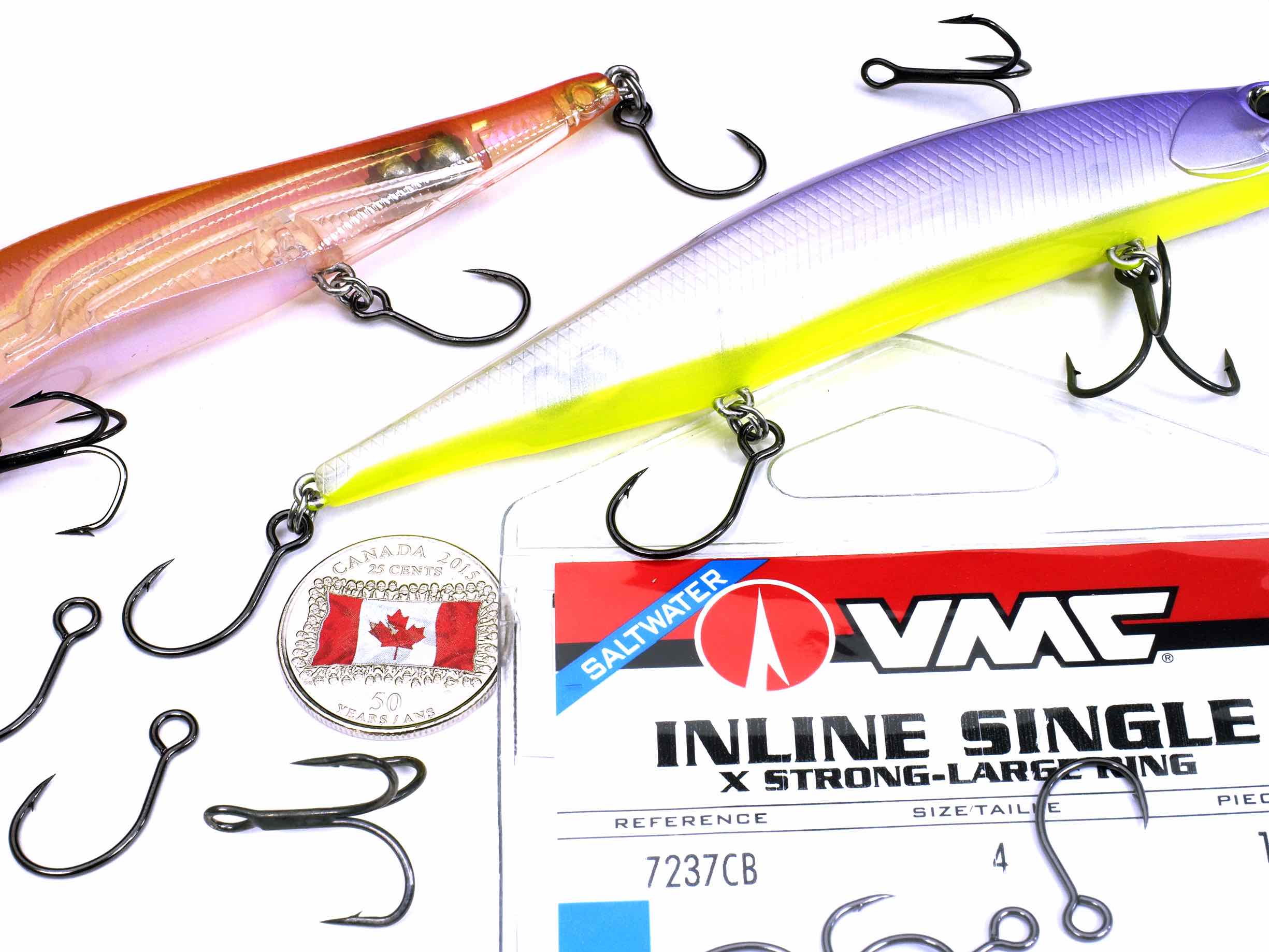 https://hooklineandsinker.ca/wp-content/uploads/2017/11/VMC-Inline-Single-X-strong-large-ring-Duo-International-Megabass-7237CB-DD.jpg
1838
2450
HLSAdmin
https://hooklineandsinker.ca/wp-content/uploads/2014/12/Steelheading-in-the-Snow-900-80-Not-Faded-Actual-1030x91.jpg
HLSAdmin2017-11-02 19:55:272020-05-14 21:08:55VMC Inline Single X-Strong Large Ring Hooks – Model#7237CB
https://hooklineandsinker.ca/wp-content/uploads/2017/11/VMC-Inline-Single-X-strong-large-ring-Duo-International-Megabass-7237CB-DD.jpg
1838
2450
HLSAdmin
https://hooklineandsinker.ca/wp-content/uploads/2014/12/Steelheading-in-the-Snow-900-80-Not-Faded-Actual-1030x91.jpg
HLSAdmin2017-11-02 19:55:272020-05-14 21:08:55VMC Inline Single X-Strong Large Ring Hooks – Model#7237CB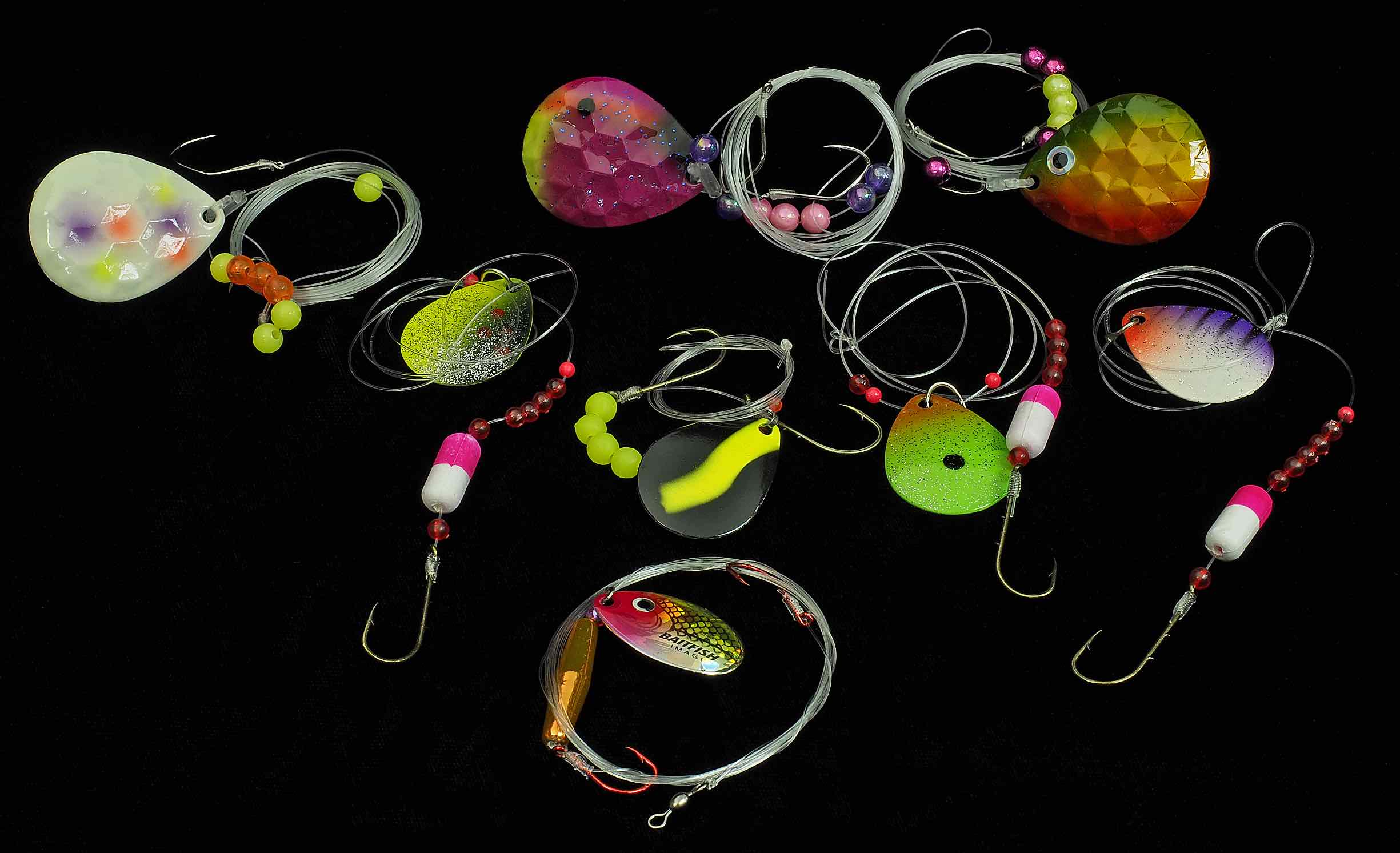 https://hooklineandsinker.ca/wp-content/uploads/2017/10/Walleye-Harnesses-AA.jpg
1493
2450
HLSAdmin
https://hooklineandsinker.ca/wp-content/uploads/2014/12/Steelheading-in-the-Snow-900-80-Not-Faded-Actual-1030x91.jpg
HLSAdmin2017-10-26 19:52:062017-10-26 19:52:06Walleye Crawler Worm Harness
https://hooklineandsinker.ca/wp-content/uploads/2017/10/Walleye-Harnesses-AA.jpg
1493
2450
HLSAdmin
https://hooklineandsinker.ca/wp-content/uploads/2014/12/Steelheading-in-the-Snow-900-80-Not-Faded-Actual-1030x91.jpg
HLSAdmin2017-10-26 19:52:062017-10-26 19:52:06Walleye Crawler Worm Harness https://hooklineandsinker.ca/wp-content/uploads/2017/10/Ever-Green-Lures-Logo.png
225
225
HLSAdmin
https://hooklineandsinker.ca/wp-content/uploads/2014/12/Steelheading-in-the-Snow-900-80-Not-Faded-Actual-1030x91.jpg
HLSAdmin2017-10-16 19:04:512017-12-04 21:05:34Evergreen International Lures
https://hooklineandsinker.ca/wp-content/uploads/2017/10/Ever-Green-Lures-Logo.png
225
225
HLSAdmin
https://hooklineandsinker.ca/wp-content/uploads/2014/12/Steelheading-in-the-Snow-900-80-Not-Faded-Actual-1030x91.jpg
HLSAdmin2017-10-16 19:04:512017-12-04 21:05:34Evergreen International Lures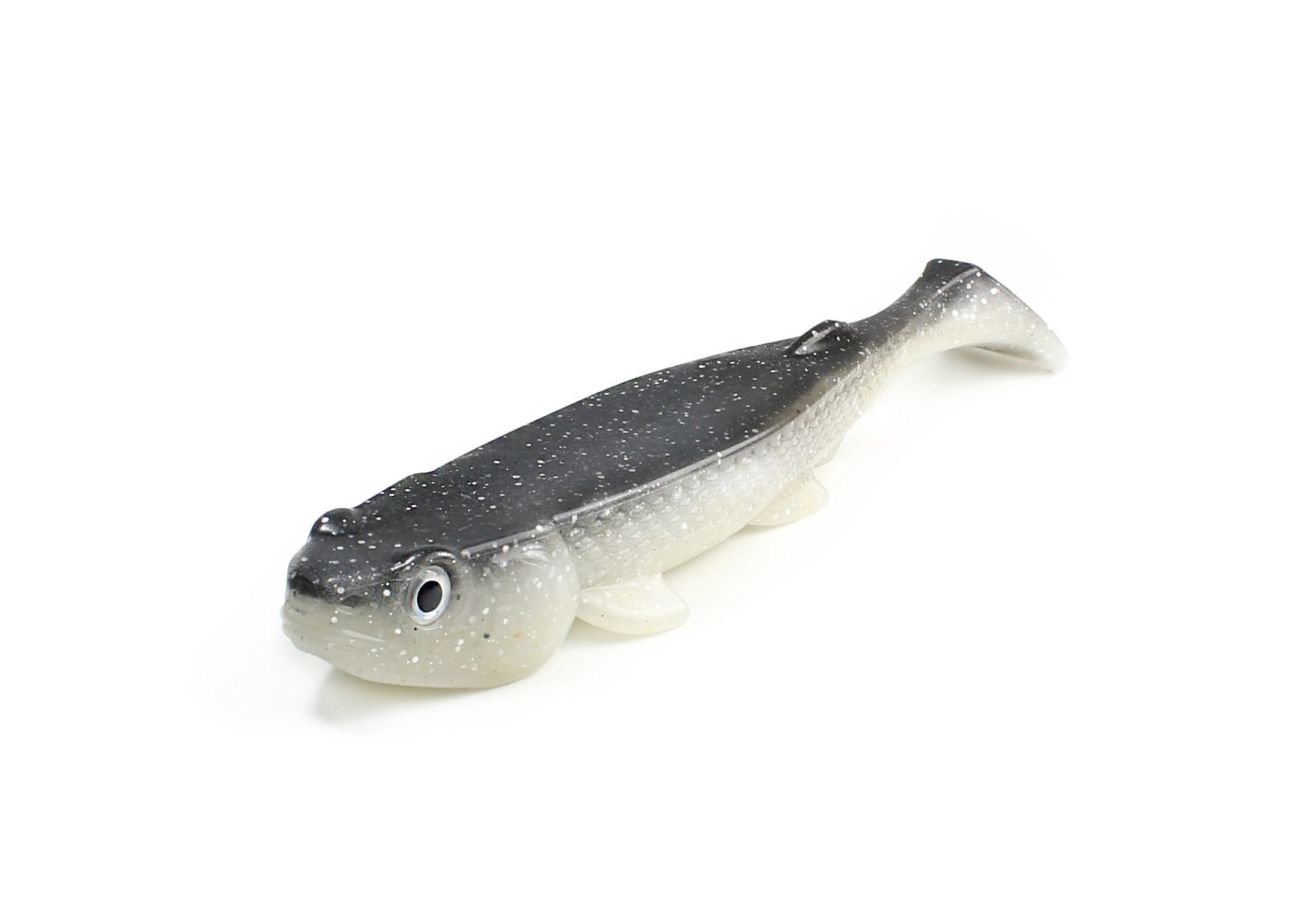 https://hooklineandsinker.ca/wp-content/uploads/2018/02/Lunkerhunt-Fetch-Soft-Plastic-Swimbait-B.jpg
1542
2204
HLSAdmin
https://hooklineandsinker.ca/wp-content/uploads/2014/12/Steelheading-in-the-Snow-900-80-Not-Faded-Actual-1030x91.jpg
HLSAdmin2018-02-11 17:05:032018-09-10 19:31:29Lunkerhunt Fetch
https://hooklineandsinker.ca/wp-content/uploads/2018/02/Lunkerhunt-Fetch-Soft-Plastic-Swimbait-B.jpg
1542
2204
HLSAdmin
https://hooklineandsinker.ca/wp-content/uploads/2014/12/Steelheading-in-the-Snow-900-80-Not-Faded-Actual-1030x91.jpg
HLSAdmin2018-02-11 17:05:032018-09-10 19:31:29Lunkerhunt Fetch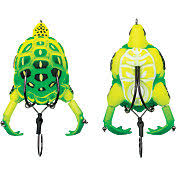 https://hooklineandsinker.ca/wp-content/uploads/2018/02/Lunkerhunt-Prop-Turtle-C.jpg
176
176
HLSAdmin
https://hooklineandsinker.ca/wp-content/uploads/2014/12/Steelheading-in-the-Snow-900-80-Not-Faded-Actual-1030x91.jpg
HLSAdmin2018-02-14 13:26:382019-01-25 19:44:41Lunkerhunt Prop Turtle
https://hooklineandsinker.ca/wp-content/uploads/2018/02/Lunkerhunt-Prop-Turtle-C.jpg
176
176
HLSAdmin
https://hooklineandsinker.ca/wp-content/uploads/2014/12/Steelheading-in-the-Snow-900-80-Not-Faded-Actual-1030x91.jpg
HLSAdmin2018-02-14 13:26:382019-01-25 19:44:41Lunkerhunt Prop Turtle https://hooklineandsinker.ca/wp-content/uploads/2018/02/Megabass-Candian-Edition-Top-Secret.jpg
203
248
HLSAdmin
https://hooklineandsinker.ca/wp-content/uploads/2014/12/Steelheading-in-the-Snow-900-80-Not-Faded-Actual-1030x91.jpg
HLSAdmin2018-02-01 12:15:392018-09-10 19:20:09Megabass GLX Northern Effect Vision 110 & Vision 110+1 – 2018 LIMITED EDITION
https://hooklineandsinker.ca/wp-content/uploads/2018/02/Megabass-Candian-Edition-Top-Secret.jpg
203
248
HLSAdmin
https://hooklineandsinker.ca/wp-content/uploads/2014/12/Steelheading-in-the-Snow-900-80-Not-Faded-Actual-1030x91.jpg
HLSAdmin2018-02-01 12:15:392018-09-10 19:20:09Megabass GLX Northern Effect Vision 110 & Vision 110+1 – 2018 LIMITED EDITION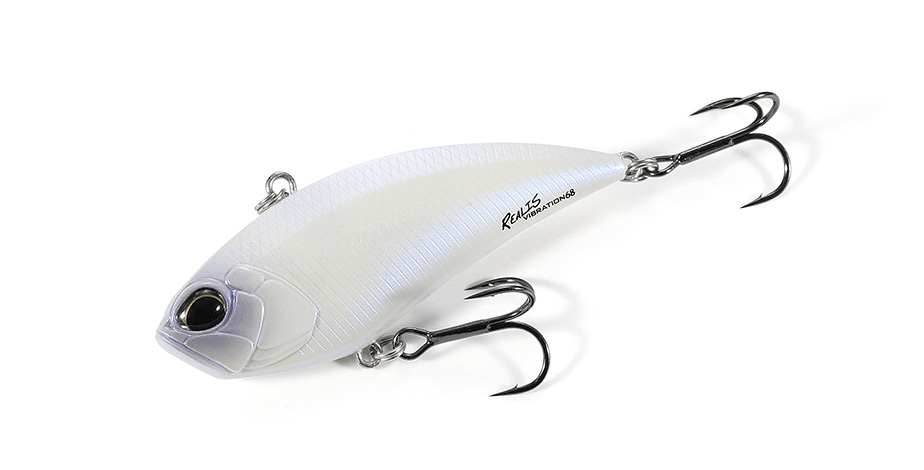 https://hooklineandsinker.ca/wp-content/uploads/2018/04/Duo-Realis-Vibration-Lipless-Crankbait-Image.jpg
470
924
HLSAdmin
https://hooklineandsinker.ca/wp-content/uploads/2014/12/Steelheading-in-the-Snow-900-80-Not-Faded-Actual-1030x91.jpg
HLSAdmin2018-04-15 14:28:202020-03-10 20:27:34Duo Realis Vibration Lipless Crankbait
https://hooklineandsinker.ca/wp-content/uploads/2018/04/Duo-Realis-Vibration-Lipless-Crankbait-Image.jpg
470
924
HLSAdmin
https://hooklineandsinker.ca/wp-content/uploads/2014/12/Steelheading-in-the-Snow-900-80-Not-Faded-Actual-1030x91.jpg
HLSAdmin2018-04-15 14:28:202020-03-10 20:27:34Duo Realis Vibration Lipless Crankbait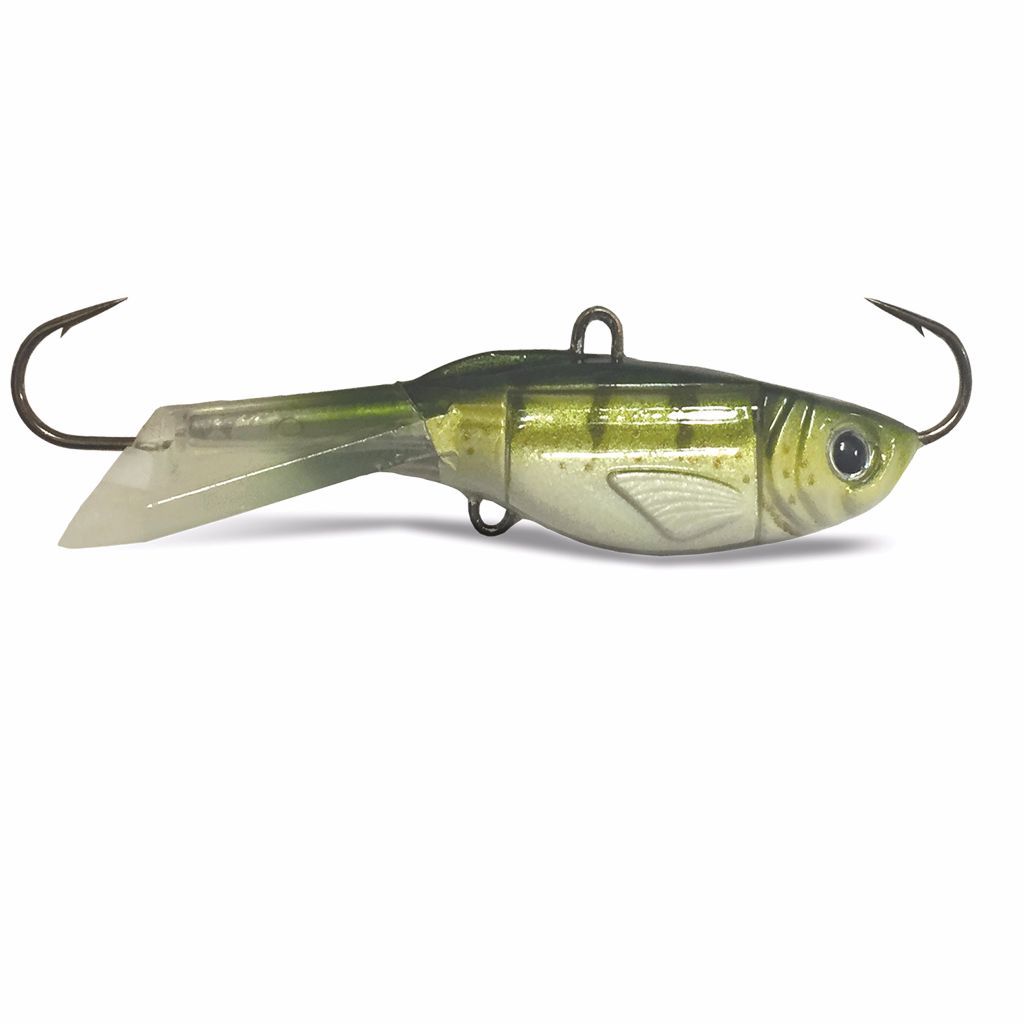 https://hooklineandsinker.ca/wp-content/uploads/2017/09/Acme-Hyper-Glide-C.jpg
1024
1024
HLSAdmin
https://hooklineandsinker.ca/wp-content/uploads/2014/12/Steelheading-in-the-Snow-900-80-Not-Faded-Actual-1030x91.jpg
HLSAdmin2017-09-16 21:31:462017-09-23 20:55:07Acme Hyper-Glide
https://hooklineandsinker.ca/wp-content/uploads/2017/09/Acme-Hyper-Glide-C.jpg
1024
1024
HLSAdmin
https://hooklineandsinker.ca/wp-content/uploads/2014/12/Steelheading-in-the-Snow-900-80-Not-Faded-Actual-1030x91.jpg
HLSAdmin2017-09-16 21:31:462017-09-23 20:55:07Acme Hyper-Glide https://hooklineandsinker.ca/wp-content/uploads/2017/09/Acme-Little-Cleo-Assortment-AA.jpg
2450
2193
HLSAdmin
https://hooklineandsinker.ca/wp-content/uploads/2014/12/Steelheading-in-the-Snow-900-80-Not-Faded-Actual-1030x91.jpg
HLSAdmin2017-09-16 21:18:082018-01-14 22:18:40Acme Little Cleo
https://hooklineandsinker.ca/wp-content/uploads/2017/09/Acme-Little-Cleo-Assortment-AA.jpg
2450
2193
HLSAdmin
https://hooklineandsinker.ca/wp-content/uploads/2014/12/Steelheading-in-the-Snow-900-80-Not-Faded-Actual-1030x91.jpg
HLSAdmin2017-09-16 21:18:082018-01-14 22:18:40Acme Little Cleo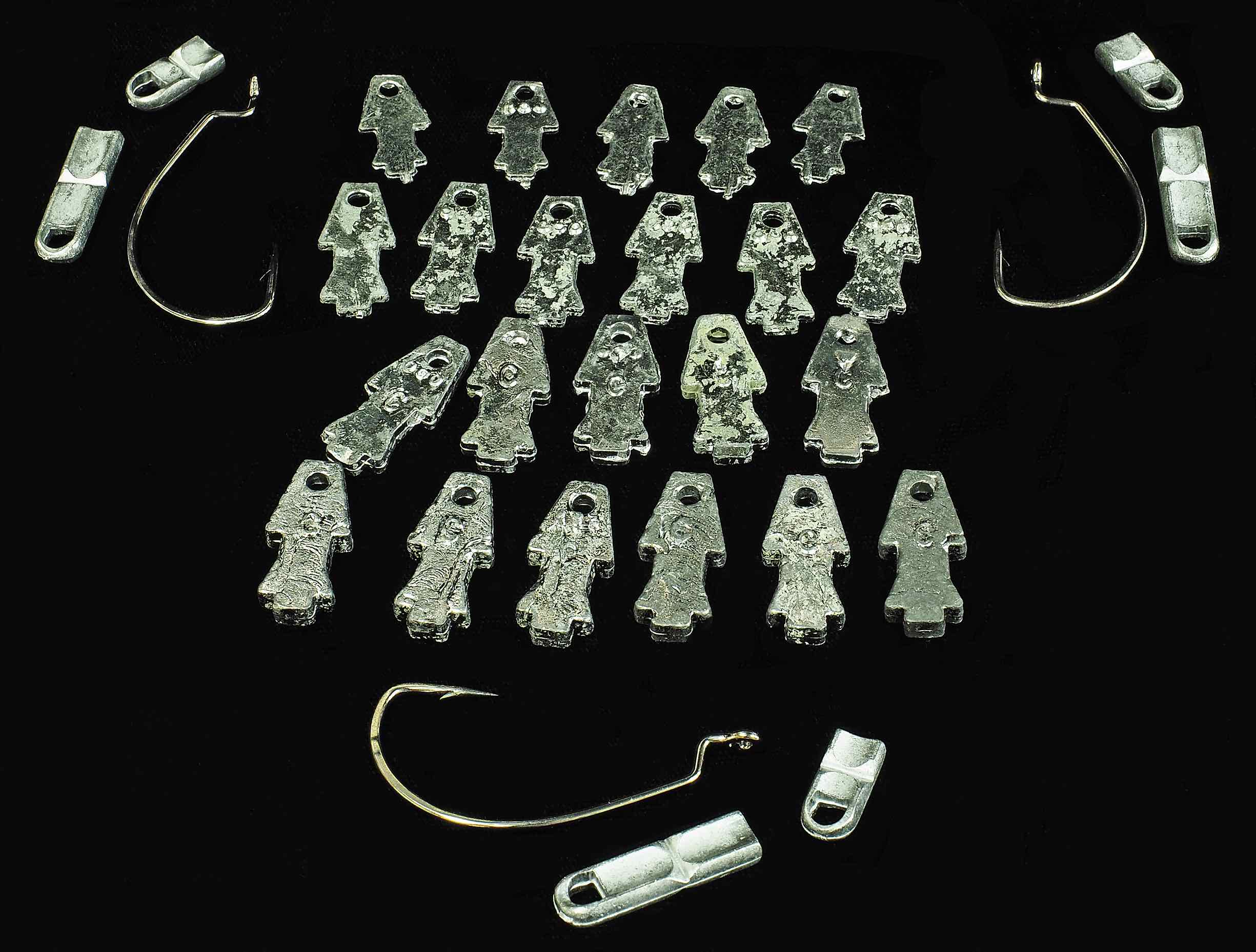 https://hooklineandsinker.ca/wp-content/uploads/2017/09/Tube-Slider-Weights-AA-1.jpg
1857
2450
HLSAdmin
https://hooklineandsinker.ca/wp-content/uploads/2014/12/Steelheading-in-the-Snow-900-80-Not-Faded-Actual-1030x91.jpg
HLSAdmin2017-09-02 23:49:292017-09-09 21:13:20Slip-In Style Snag Free Tube Insert Weight
https://hooklineandsinker.ca/wp-content/uploads/2017/09/Tube-Slider-Weights-AA-1.jpg
1857
2450
HLSAdmin
https://hooklineandsinker.ca/wp-content/uploads/2014/12/Steelheading-in-the-Snow-900-80-Not-Faded-Actual-1030x91.jpg
HLSAdmin2017-09-02 23:49:292017-09-09 21:13:20Slip-In Style Snag Free Tube Insert Weight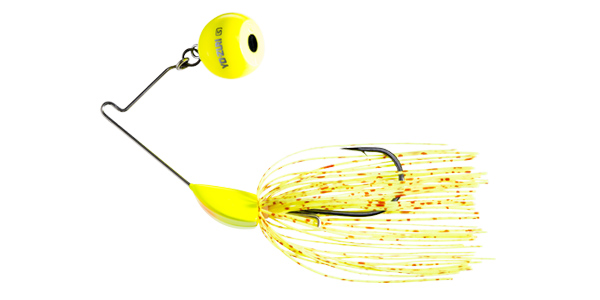 https://hooklineandsinker.ca/wp-content/uploads/2018/02/Yo-Zuri-3DB-Series-Knuckle-Bait-Spinnerbait-B.jpg
300
600
HLSAdmin
https://hooklineandsinker.ca/wp-content/uploads/2014/12/Steelheading-in-the-Snow-900-80-Not-Faded-Actual-1030x91.jpg
HLSAdmin2018-02-11 16:31:532018-12-02 00:21:19Yo-Zuri 3DB Series Knuckle Bait
https://hooklineandsinker.ca/wp-content/uploads/2018/02/Yo-Zuri-3DB-Series-Knuckle-Bait-Spinnerbait-B.jpg
300
600
HLSAdmin
https://hooklineandsinker.ca/wp-content/uploads/2014/12/Steelheading-in-the-Snow-900-80-Not-Faded-Actual-1030x91.jpg
HLSAdmin2018-02-11 16:31:532018-12-02 00:21:19Yo-Zuri 3DB Series Knuckle Bait https://hooklineandsinker.ca/wp-content/uploads/2017/10/Jackall-Kaera-Weedless-Frog-AA.jpg
2023
2450
HLSAdmin
https://hooklineandsinker.ca/wp-content/uploads/2014/12/Steelheading-in-the-Snow-900-80-Not-Faded-Actual-1030x91.jpg
HLSAdmin2017-12-04 21:16:402018-10-21 19:21:35Jackall Kaera Weedless Frog
https://hooklineandsinker.ca/wp-content/uploads/2017/10/Jackall-Kaera-Weedless-Frog-AA.jpg
2023
2450
HLSAdmin
https://hooklineandsinker.ca/wp-content/uploads/2014/12/Steelheading-in-the-Snow-900-80-Not-Faded-Actual-1030x91.jpg
HLSAdmin2017-12-04 21:16:402018-10-21 19:21:35Jackall Kaera Weedless Frog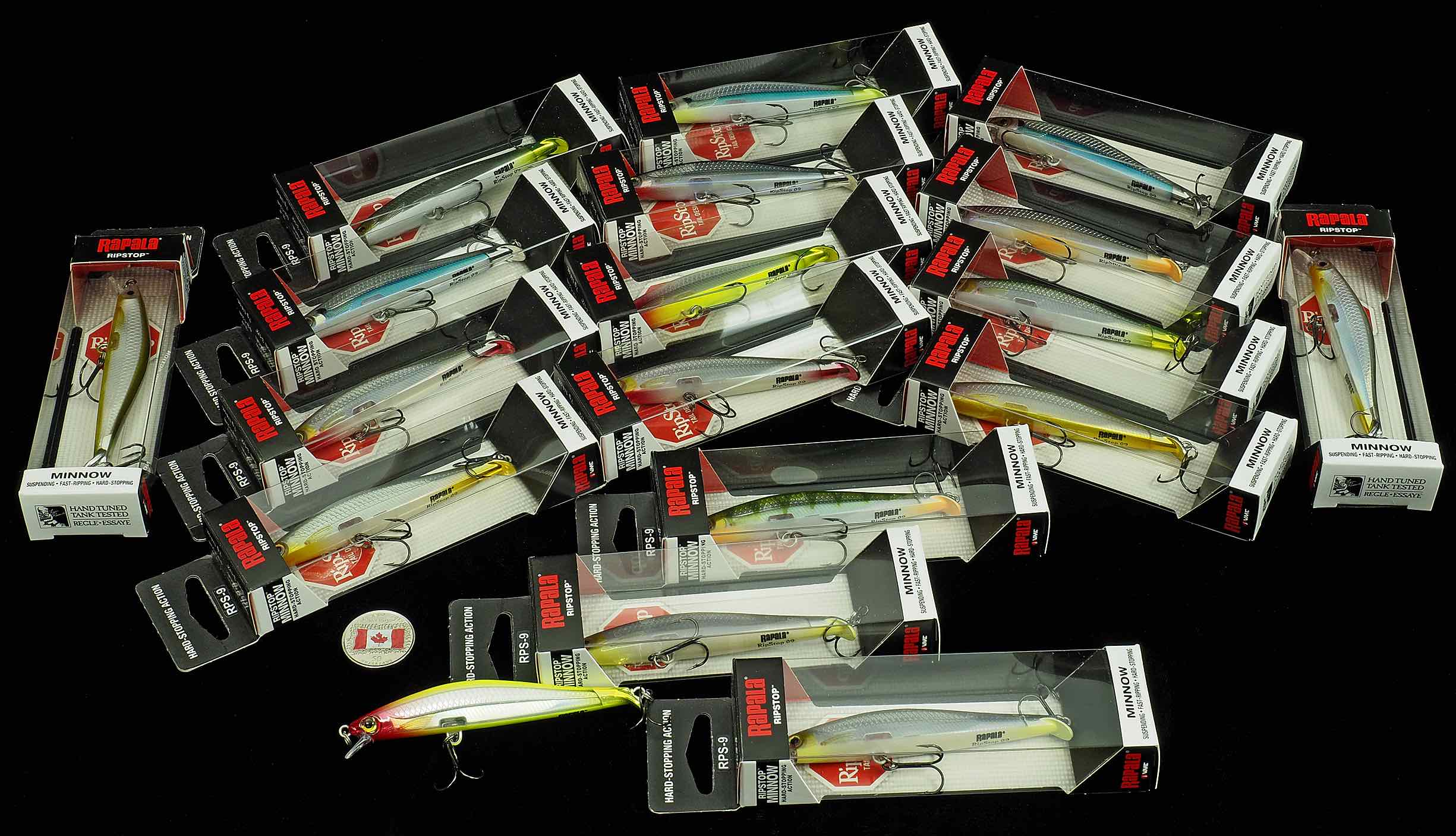 https://hooklineandsinker.ca/wp-content/uploads/2017/10/Rapala-Ripstop-Suspending-Minnow-RPS-AA.jpg
1407
2450
HLSAdmin
https://hooklineandsinker.ca/wp-content/uploads/2014/12/Steelheading-in-the-Snow-900-80-Not-Faded-Actual-1030x91.jpg
HLSAdmin2017-10-26 19:14:042018-06-03 12:59:13Rapala RipStop
https://hooklineandsinker.ca/wp-content/uploads/2017/10/Rapala-Ripstop-Suspending-Minnow-RPS-AA.jpg
1407
2450
HLSAdmin
https://hooklineandsinker.ca/wp-content/uploads/2014/12/Steelheading-in-the-Snow-900-80-Not-Faded-Actual-1030x91.jpg
HLSAdmin2017-10-26 19:14:042018-06-03 12:59:13Rapala RipStop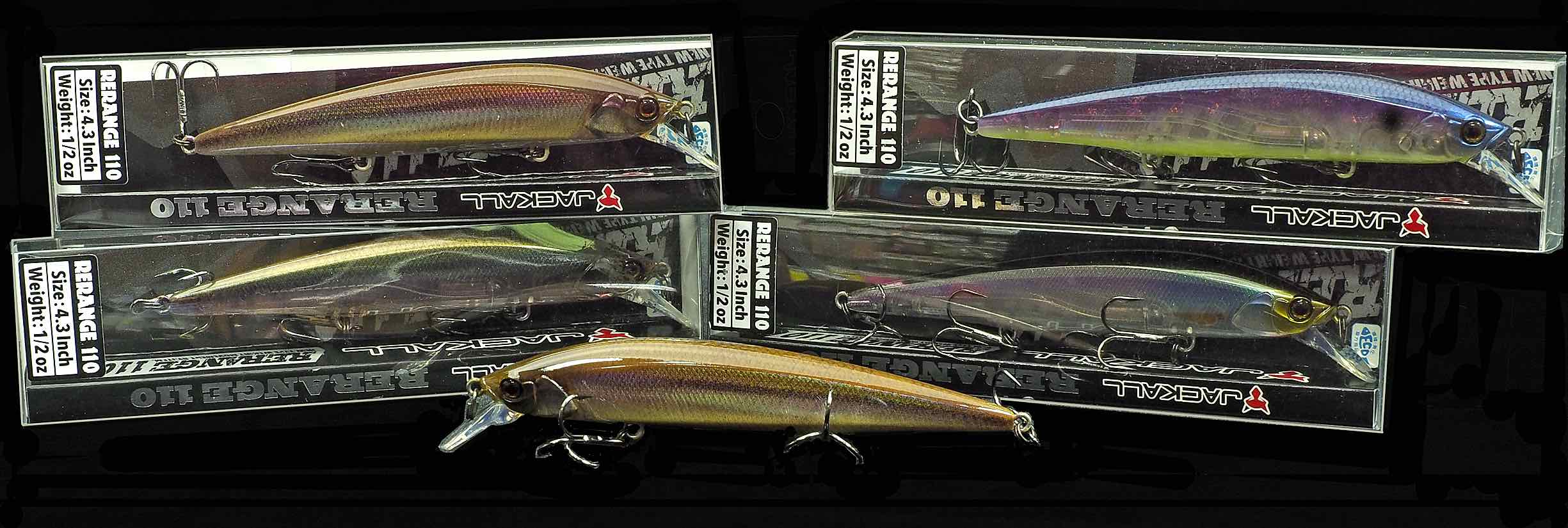 https://hooklineandsinker.ca/wp-content/uploads/2017/10/Jackall-Rerange-Lure-Assortment-AA.jpg
825
2450
HLSAdmin
https://hooklineandsinker.ca/wp-content/uploads/2014/12/Steelheading-in-the-Snow-900-80-Not-Faded-Actual-1030x91.jpg
HLSAdmin2017-12-04 22:44:262018-12-02 00:29:56Jackall Rerange Lure
https://hooklineandsinker.ca/wp-content/uploads/2017/10/Jackall-Rerange-Lure-Assortment-AA.jpg
825
2450
HLSAdmin
https://hooklineandsinker.ca/wp-content/uploads/2014/12/Steelheading-in-the-Snow-900-80-Not-Faded-Actual-1030x91.jpg
HLSAdmin2017-12-04 22:44:262018-12-02 00:29:56Jackall Rerange Lure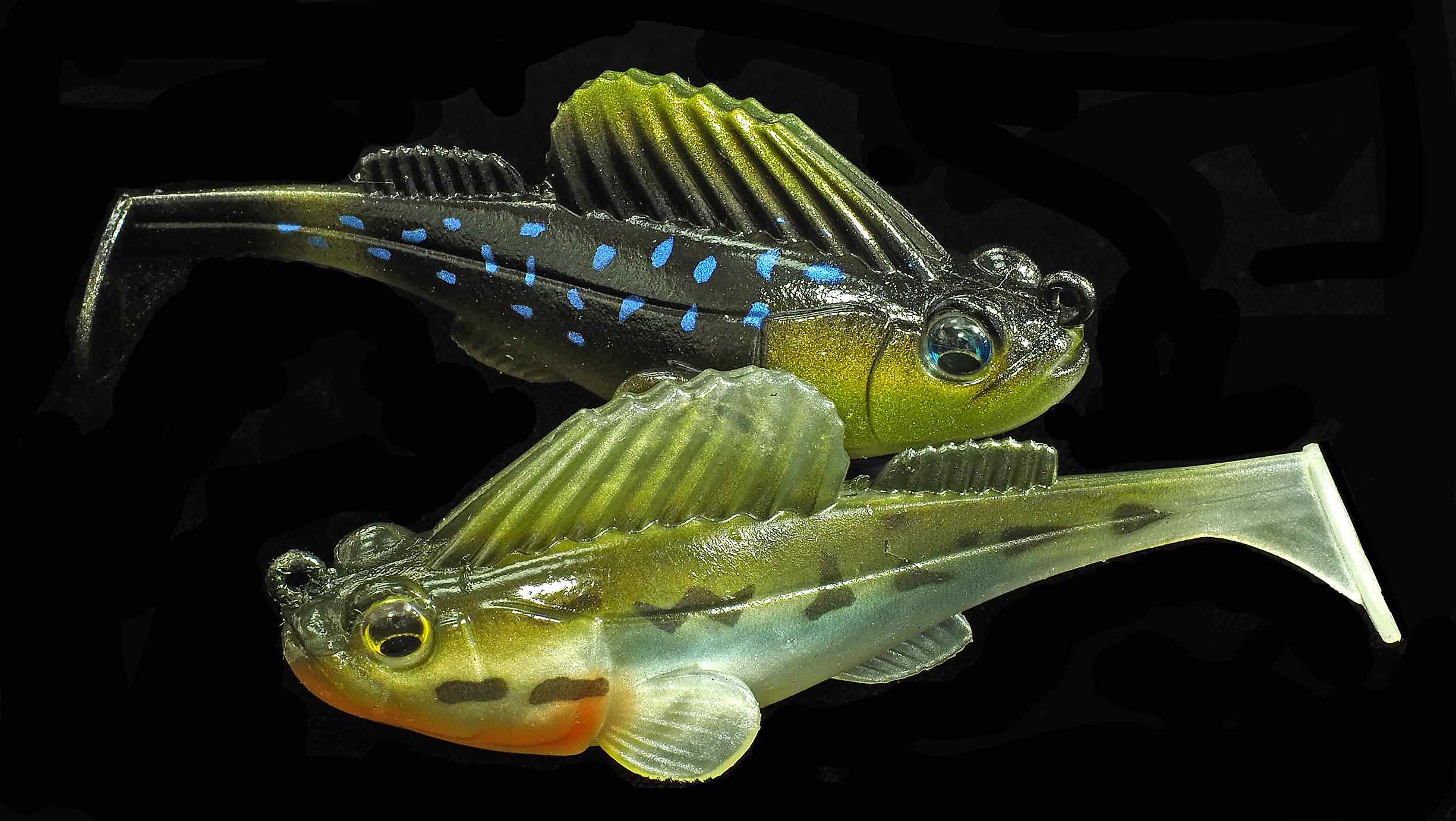 https://hooklineandsinker.ca/wp-content/uploads/2017/09/Megabass-Dark-Sleeper-Swimbait-EE.jpg
1382
2450
HLSAdmin
https://hooklineandsinker.ca/wp-content/uploads/2014/12/Steelheading-in-the-Snow-900-80-Not-Faded-Actual-1030x91.jpg
HLSAdmin2017-09-09 21:30:362019-06-23 19:01:03Megabass Dark Sleeper Swimbait
https://hooklineandsinker.ca/wp-content/uploads/2017/09/Megabass-Dark-Sleeper-Swimbait-EE.jpg
1382
2450
HLSAdmin
https://hooklineandsinker.ca/wp-content/uploads/2014/12/Steelheading-in-the-Snow-900-80-Not-Faded-Actual-1030x91.jpg
HLSAdmin2017-09-09 21:30:362019-06-23 19:01:03Megabass Dark Sleeper Swimbait https://hooklineandsinker.ca/wp-content/uploads/2017/09/Z-Man-Jack-Hammer-B.jpg
224
224
HLSAdmin
https://hooklineandsinker.ca/wp-content/uploads/2014/12/Steelheading-in-the-Snow-900-80-Not-Faded-Actual-1030x91.jpg
HLSAdmin2017-09-23 21:09:062020-03-17 19:48:38Z-Man Jack Hammer
https://hooklineandsinker.ca/wp-content/uploads/2017/09/Z-Man-Jack-Hammer-B.jpg
224
224
HLSAdmin
https://hooklineandsinker.ca/wp-content/uploads/2014/12/Steelheading-in-the-Snow-900-80-Not-Faded-Actual-1030x91.jpg
HLSAdmin2017-09-23 21:09:062020-03-17 19:48:38Z-Man Jack Hammer https://hooklineandsinker.ca/wp-content/uploads/2017/07/JIGAJO.png.jpg
250
980
HLSAdmin
https://hooklineandsinker.ca/wp-content/uploads/2014/12/Steelheading-in-the-Snow-900-80-Not-Faded-Actual-1030x91.jpg
HLSAdmin2017-07-24 19:33:282019-07-10 21:25:47JIG-A-JO – Caribou Inc.
https://hooklineandsinker.ca/wp-content/uploads/2017/07/JIGAJO.png.jpg
250
980
HLSAdmin
https://hooklineandsinker.ca/wp-content/uploads/2014/12/Steelheading-in-the-Snow-900-80-Not-Faded-Actual-1030x91.jpg
HLSAdmin2017-07-24 19:33:282019-07-10 21:25:47JIG-A-JO – Caribou Inc. https://hooklineandsinker.ca/wp-content/uploads/2017/06/Panfish-Crappie-Micro-Tubes-AAA.jpg
1685
2450
HLSAdmin
https://hooklineandsinker.ca/wp-content/uploads/2014/12/Steelheading-in-the-Snow-900-80-Not-Faded-Actual-1030x91.jpg
HLSAdmin2017-06-25 21:18:472017-07-17 23:00:14Panfish Micro Tubes, Grubs & Jigheads
https://hooklineandsinker.ca/wp-content/uploads/2017/06/Panfish-Crappie-Micro-Tubes-AAA.jpg
1685
2450
HLSAdmin
https://hooklineandsinker.ca/wp-content/uploads/2014/12/Steelheading-in-the-Snow-900-80-Not-Faded-Actual-1030x91.jpg
HLSAdmin2017-06-25 21:18:472017-07-17 23:00:14Panfish Micro Tubes, Grubs & Jigheads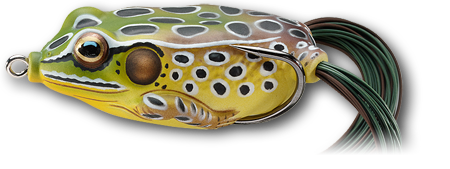 https://hooklineandsinker.ca/wp-content/uploads/2017/06/Bass-Frogs-Weedless-CC.png
169
450
HLSAdmin
https://hooklineandsinker.ca/wp-content/uploads/2014/12/Steelheading-in-the-Snow-900-80-Not-Faded-Actual-1030x91.jpg
HLSAdmin2017-06-18 17:02:422017-07-17 21:38:34Weedless Topwater Frogs
https://hooklineandsinker.ca/wp-content/uploads/2017/06/Bass-Frogs-Weedless-CC.png
169
450
HLSAdmin
https://hooklineandsinker.ca/wp-content/uploads/2014/12/Steelheading-in-the-Snow-900-80-Not-Faded-Actual-1030x91.jpg
HLSAdmin2017-06-18 17:02:422017-07-17 21:38:34Weedless Topwater Frogs https://hooklineandsinker.ca/wp-content/uploads/2017/08/Duo-Realis-images.jpg
165
306
HLSAdmin
https://hooklineandsinker.ca/wp-content/uploads/2014/12/Steelheading-in-the-Snow-900-80-Not-Faded-Actual-1030x91.jpg
HLSAdmin2017-08-02 22:00:322017-12-04 13:33:18Duo Realis – Duo International
https://hooklineandsinker.ca/wp-content/uploads/2017/08/Duo-Realis-images.jpg
165
306
HLSAdmin
https://hooklineandsinker.ca/wp-content/uploads/2014/12/Steelheading-in-the-Snow-900-80-Not-Faded-Actual-1030x91.jpg
HLSAdmin2017-08-02 22:00:322017-12-04 13:33:18Duo Realis – Duo International https://hooklineandsinker.ca/wp-content/uploads/2017/06/Nories-Fishing-Logo.png
74
167
HLSAdmin
https://hooklineandsinker.ca/wp-content/uploads/2014/12/Steelheading-in-the-Snow-900-80-Not-Faded-Actual-1030x91.jpg
HLSAdmin2017-06-01 22:13:432017-06-01 22:13:43Nories Fishing Lures
https://hooklineandsinker.ca/wp-content/uploads/2017/06/Nories-Fishing-Logo.png
74
167
HLSAdmin
https://hooklineandsinker.ca/wp-content/uploads/2014/12/Steelheading-in-the-Snow-900-80-Not-Faded-Actual-1030x91.jpg
HLSAdmin2017-06-01 22:13:432017-06-01 22:13:43Nories Fishing Lures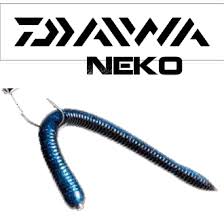 https://hooklineandsinker.ca/wp-content/uploads/2017/08/SV-Concept-by-Daiwa-Neko-Fat-Logo.jpg
224
224
HLSAdmin
https://hooklineandsinker.ca/wp-content/uploads/2014/12/Steelheading-in-the-Snow-900-80-Not-Faded-Actual-1030x91.jpg
HLSAdmin2017-08-03 19:25:562018-04-15 14:37:30Daiwa Yamamoto Neko Fat Worm
https://hooklineandsinker.ca/wp-content/uploads/2017/08/SV-Concept-by-Daiwa-Neko-Fat-Logo.jpg
224
224
HLSAdmin
https://hooklineandsinker.ca/wp-content/uploads/2014/12/Steelheading-in-the-Snow-900-80-Not-Faded-Actual-1030x91.jpg
HLSAdmin2017-08-03 19:25:562018-04-15 14:37:30Daiwa Yamamoto Neko Fat Worm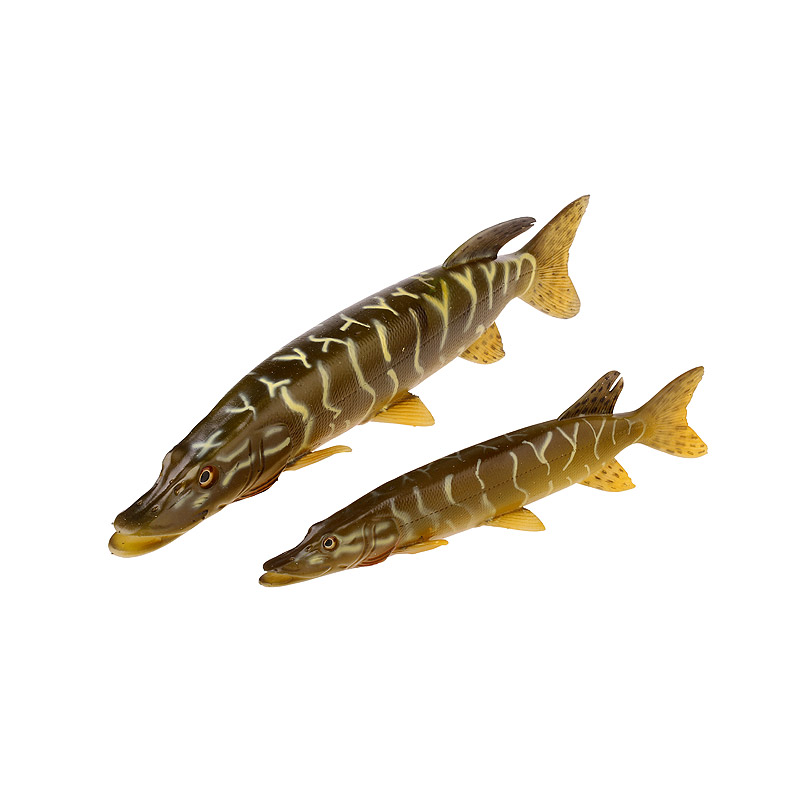 https://hooklineandsinker.ca/wp-content/uploads/2017/04/Savage-Gear-3D-Line-Thru-Pike-B.jpg
800
800
HLSAdmin
https://hooklineandsinker.ca/wp-content/uploads/2014/12/Steelheading-in-the-Snow-900-80-Not-Faded-Actual-1030x91.jpg
HLSAdmin2017-04-16 22:32:062017-04-16 22:34:58Savage Gear 3D Line Thru Pike
https://hooklineandsinker.ca/wp-content/uploads/2017/04/Savage-Gear-3D-Line-Thru-Pike-B.jpg
800
800
HLSAdmin
https://hooklineandsinker.ca/wp-content/uploads/2014/12/Steelheading-in-the-Snow-900-80-Not-Faded-Actual-1030x91.jpg
HLSAdmin2017-04-16 22:32:062017-04-16 22:34:58Savage Gear 3D Line Thru Pike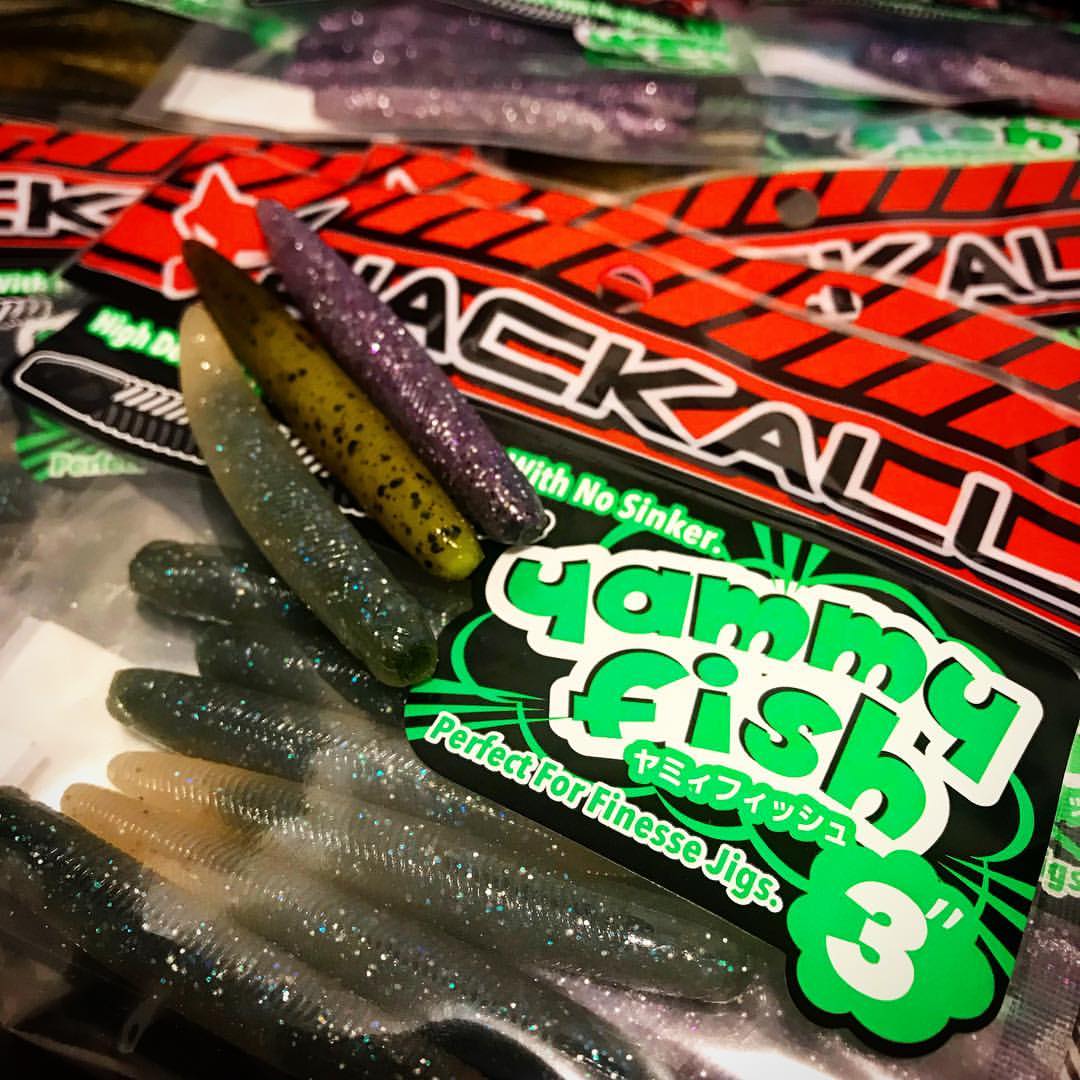 https://hooklineandsinker.ca/wp-content/uploads/2018/07/Jackall-Yammy-Fish-B.jpg
1080
1080
HLSAdmin
https://hooklineandsinker.ca/wp-content/uploads/2014/12/Steelheading-in-the-Snow-900-80-Not-Faded-Actual-1030x91.jpg
HLSAdmin2018-07-14 22:43:112020-07-12 22:52:56Jackall Yammy Fish
https://hooklineandsinker.ca/wp-content/uploads/2018/07/Jackall-Yammy-Fish-B.jpg
1080
1080
HLSAdmin
https://hooklineandsinker.ca/wp-content/uploads/2014/12/Steelheading-in-the-Snow-900-80-Not-Faded-Actual-1030x91.jpg
HLSAdmin2018-07-14 22:43:112020-07-12 22:52:56Jackall Yammy Fish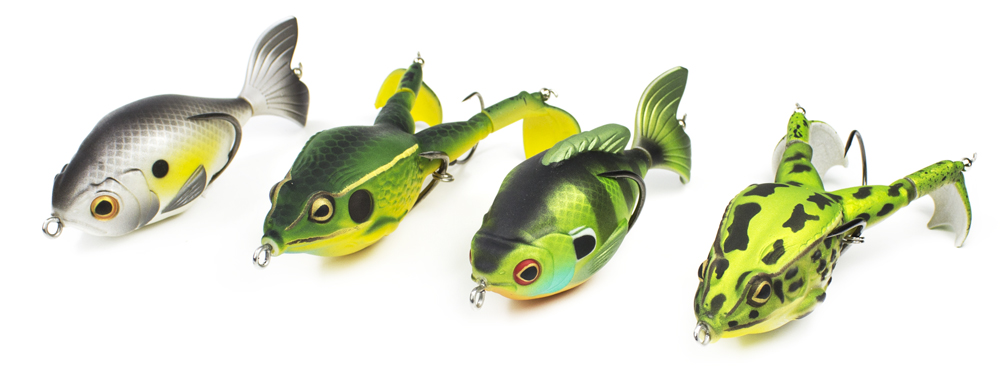 https://hooklineandsinker.ca/wp-content/uploads/2017/09/LunkerHunt-Prop-Series-2017-B.jpg
381
1000
HLSAdmin
https://hooklineandsinker.ca/wp-content/uploads/2014/12/Steelheading-in-the-Snow-900-80-Not-Faded-Actual-1030x91.jpg
HLSAdmin2017-09-09 23:01:082019-01-25 20:01:55Lunkerhunt Prop Series
https://hooklineandsinker.ca/wp-content/uploads/2017/09/LunkerHunt-Prop-Series-2017-B.jpg
381
1000
HLSAdmin
https://hooklineandsinker.ca/wp-content/uploads/2014/12/Steelheading-in-the-Snow-900-80-Not-Faded-Actual-1030x91.jpg
HLSAdmin2017-09-09 23:01:082019-01-25 20:01:55Lunkerhunt Prop Series https://hooklineandsinker.ca/wp-content/uploads/2017/04/Arbogast-Lures-Logo-A.jpg
108
172
HLSAdmin
https://hooklineandsinker.ca/wp-content/uploads/2014/12/Steelheading-in-the-Snow-900-80-Not-Faded-Actual-1030x91.jpg
HLSAdmin2017-04-09 14:15:242017-04-09 14:15:24Arbogast – Bait of Champions
https://hooklineandsinker.ca/wp-content/uploads/2017/04/Arbogast-Lures-Logo-A.jpg
108
172
HLSAdmin
https://hooklineandsinker.ca/wp-content/uploads/2014/12/Steelheading-in-the-Snow-900-80-Not-Faded-Actual-1030x91.jpg
HLSAdmin2017-04-09 14:15:242017-04-09 14:15:24Arbogast – Bait of Champions https://hooklineandsinker.ca/wp-content/uploads/2017/04/Lunkerhunt-Link-Assortment-B.jpg
318
600
HLSAdmin
https://hooklineandsinker.ca/wp-content/uploads/2014/12/Steelheading-in-the-Snow-900-80-Not-Faded-Actual-1030x91.jpg
HLSAdmin2017-04-09 13:27:512017-04-09 13:30:11Lunkerhunt Link – Topwater Surface Bait
https://hooklineandsinker.ca/wp-content/uploads/2017/04/Lunkerhunt-Link-Assortment-B.jpg
318
600
HLSAdmin
https://hooklineandsinker.ca/wp-content/uploads/2014/12/Steelheading-in-the-Snow-900-80-Not-Faded-Actual-1030x91.jpg
HLSAdmin2017-04-09 13:27:512017-04-09 13:30:11Lunkerhunt Link – Topwater Surface Bait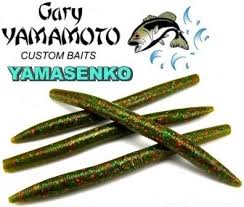 https://hooklineandsinker.ca/wp-content/uploads/2017/03/Gary-Yamamoto-Senko-or-Yamasenko.jpg
207
244
HLSAdmin
https://hooklineandsinker.ca/wp-content/uploads/2014/12/Steelheading-in-the-Snow-900-80-Not-Faded-Actual-1030x91.jpg
HLSAdmin2017-03-25 21:19:352018-07-25 21:54:33Gary Yamamoto Senko or Yamasenko
https://hooklineandsinker.ca/wp-content/uploads/2017/03/Gary-Yamamoto-Senko-or-Yamasenko.jpg
207
244
HLSAdmin
https://hooklineandsinker.ca/wp-content/uploads/2014/12/Steelheading-in-the-Snow-900-80-Not-Faded-Actual-1030x91.jpg
HLSAdmin2017-03-25 21:19:352018-07-25 21:54:33Gary Yamamoto Senko or Yamasenko https://hooklineandsinker.ca/wp-content/uploads/2017/03/Cotton-Cordell-Lures-1.jpg
225
225
HLSAdmin
https://hooklineandsinker.ca/wp-content/uploads/2014/12/Steelheading-in-the-Snow-900-80-Not-Faded-Actual-1030x91.jpg
HLSAdmin2017-03-19 01:03:192019-02-09 23:14:03Cotton Cordell Products
https://hooklineandsinker.ca/wp-content/uploads/2017/03/Cotton-Cordell-Lures-1.jpg
225
225
HLSAdmin
https://hooklineandsinker.ca/wp-content/uploads/2014/12/Steelheading-in-the-Snow-900-80-Not-Faded-Actual-1030x91.jpg
HLSAdmin2017-03-19 01:03:192019-02-09 23:14:03Cotton Cordell Products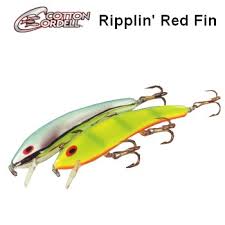 https://hooklineandsinker.ca/wp-content/uploads/2017/03/Cotton-Cordell-Ripplin-Redfin-Assortment-B.jpg
225
225
HLSAdmin
https://hooklineandsinker.ca/wp-content/uploads/2014/12/Steelheading-in-the-Snow-900-80-Not-Faded-Actual-1030x91.jpg
HLSAdmin2017-03-19 00:45:532017-03-19 01:05:13Cotton Cordell Ripplin’ Red Fin – New 2017 Colours!
https://hooklineandsinker.ca/wp-content/uploads/2017/03/Cotton-Cordell-Ripplin-Redfin-Assortment-B.jpg
225
225
HLSAdmin
https://hooklineandsinker.ca/wp-content/uploads/2014/12/Steelheading-in-the-Snow-900-80-Not-Faded-Actual-1030x91.jpg
HLSAdmin2017-03-19 00:45:532017-03-19 01:05:13Cotton Cordell Ripplin’ Red Fin – New 2017 Colours! https://hooklineandsinker.ca/wp-content/uploads/2017/03/Storm-Spinbait-Arashi-Lure-B-1.jpg
452
650
HLSAdmin
https://hooklineandsinker.ca/wp-content/uploads/2014/12/Steelheading-in-the-Snow-900-80-Not-Faded-Actual-1030x91.jpg
HLSAdmin2017-03-19 00:14:172017-03-19 00:18:13Storm Arashi Spinbait
https://hooklineandsinker.ca/wp-content/uploads/2017/03/Storm-Spinbait-Arashi-Lure-B-1.jpg
452
650
HLSAdmin
https://hooklineandsinker.ca/wp-content/uploads/2014/12/Steelheading-in-the-Snow-900-80-Not-Faded-Actual-1030x91.jpg
HLSAdmin2017-03-19 00:14:172017-03-19 00:18:13Storm Arashi Spinbait https://hooklineandsinker.ca/wp-content/uploads/2015/02/Ecogear-Fishing-Lures-Logo.jpg
225
225
HLSAdmin
https://hooklineandsinker.ca/wp-content/uploads/2014/12/Steelheading-in-the-Snow-900-80-Not-Faded-Actual-1030x91.jpg
HLSAdmin2017-03-13 19:38:452017-03-13 19:39:31Ecogear Lures
https://hooklineandsinker.ca/wp-content/uploads/2015/02/Ecogear-Fishing-Lures-Logo.jpg
225
225
HLSAdmin
https://hooklineandsinker.ca/wp-content/uploads/2014/12/Steelheading-in-the-Snow-900-80-Not-Faded-Actual-1030x91.jpg
HLSAdmin2017-03-13 19:38:452017-03-13 19:39:31Ecogear Lures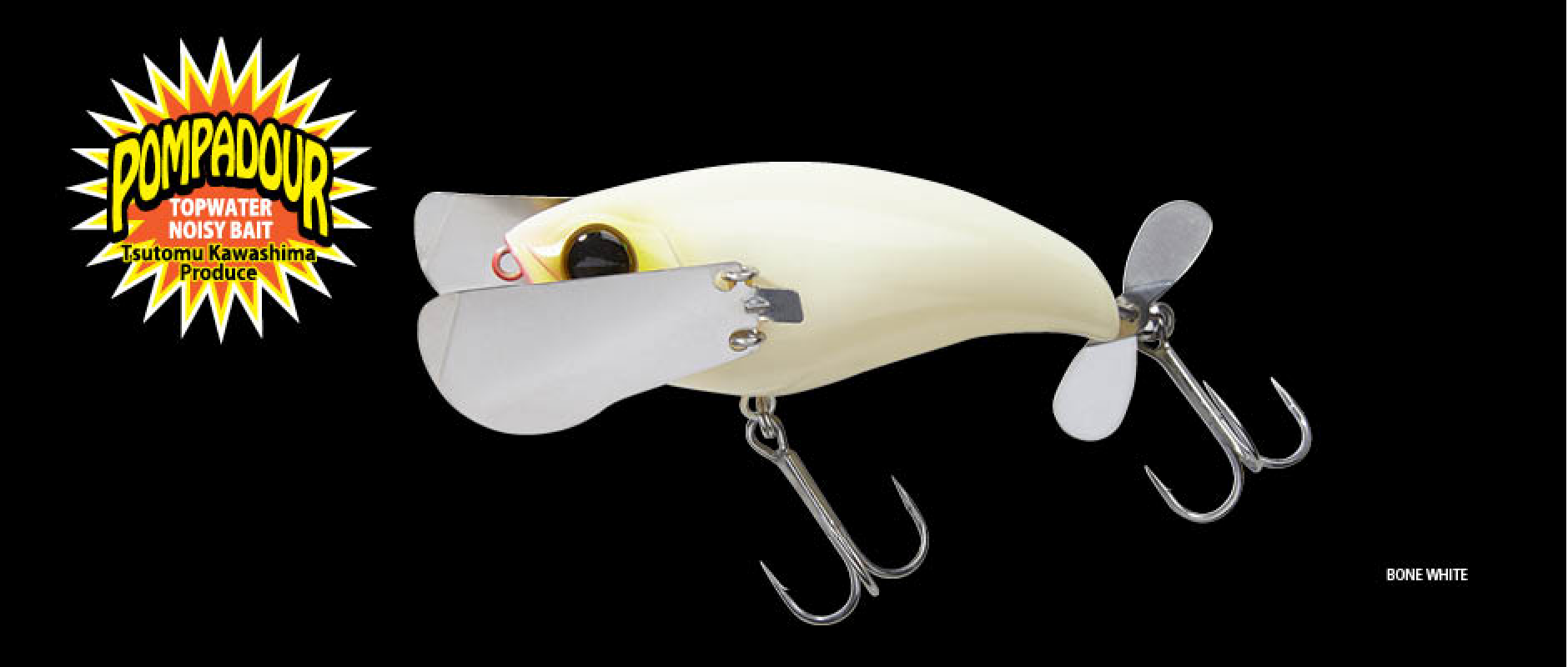 https://hooklineandsinker.ca/wp-content/uploads/2017/08/Jackall-Pompadour-Image-B.png
800
1880
HLSAdmin
https://hooklineandsinker.ca/wp-content/uploads/2014/12/Steelheading-in-the-Snow-900-80-Not-Faded-Actual-1030x91.jpg
HLSAdmin2017-08-21 17:54:432018-09-10 19:32:09Jackall Pompadour
https://hooklineandsinker.ca/wp-content/uploads/2017/08/Jackall-Pompadour-Image-B.png
800
1880
HLSAdmin
https://hooklineandsinker.ca/wp-content/uploads/2014/12/Steelheading-in-the-Snow-900-80-Not-Faded-Actual-1030x91.jpg
HLSAdmin2017-08-21 17:54:432018-09-10 19:32:09Jackall Pompadour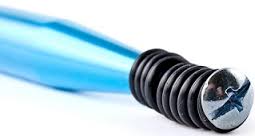 https://hooklineandsinker.ca/wp-content/uploads/2017/03/Wacky-Rigging-Tool.jpg
136
255
HLSAdmin
https://hooklineandsinker.ca/wp-content/uploads/2014/12/Steelheading-in-the-Snow-900-80-Not-Faded-Actual-1030x91.jpg
HLSAdmin2017-03-25 21:28:022017-10-04 00:01:21Wacky Rigging Tool
https://hooklineandsinker.ca/wp-content/uploads/2017/03/Wacky-Rigging-Tool.jpg
136
255
HLSAdmin
https://hooklineandsinker.ca/wp-content/uploads/2014/12/Steelheading-in-the-Snow-900-80-Not-Faded-Actual-1030x91.jpg
HLSAdmin2017-03-25 21:28:022017-10-04 00:01:21Wacky Rigging Tool https://hooklineandsinker.ca/wp-content/uploads/2017/02/Hook-Bonnet-Assortment-AA.jpg
1711
2198
HLSAdmin
https://hooklineandsinker.ca/wp-content/uploads/2014/12/Steelheading-in-the-Snow-900-80-Not-Faded-Actual-1030x91.jpg
HLSAdmin2017-02-25 21:27:182019-08-28 21:14:26Hook Bonnets
https://hooklineandsinker.ca/wp-content/uploads/2017/02/Hook-Bonnet-Assortment-AA.jpg
1711
2198
HLSAdmin
https://hooklineandsinker.ca/wp-content/uploads/2014/12/Steelheading-in-the-Snow-900-80-Not-Faded-Actual-1030x91.jpg
HLSAdmin2017-02-25 21:27:182019-08-28 21:14:26Hook Bonnets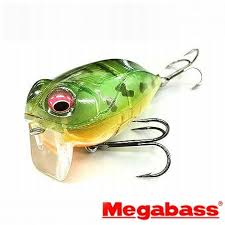 https://hooklineandsinker.ca/wp-content/uploads/2017/02/Megabass-Funky-Flipper-B.jpg
225
225
HLSAdmin
https://hooklineandsinker.ca/wp-content/uploads/2014/12/Steelheading-in-the-Snow-900-80-Not-Faded-Actual-1030x91.jpg
HLSAdmin2017-02-11 22:23:172017-02-11 22:23:17The Megabass Funky Flipper
https://hooklineandsinker.ca/wp-content/uploads/2017/02/Megabass-Funky-Flipper-B.jpg
225
225
HLSAdmin
https://hooklineandsinker.ca/wp-content/uploads/2014/12/Steelheading-in-the-Snow-900-80-Not-Faded-Actual-1030x91.jpg
HLSAdmin2017-02-11 22:23:172017-02-11 22:23:17The Megabass Funky Flipper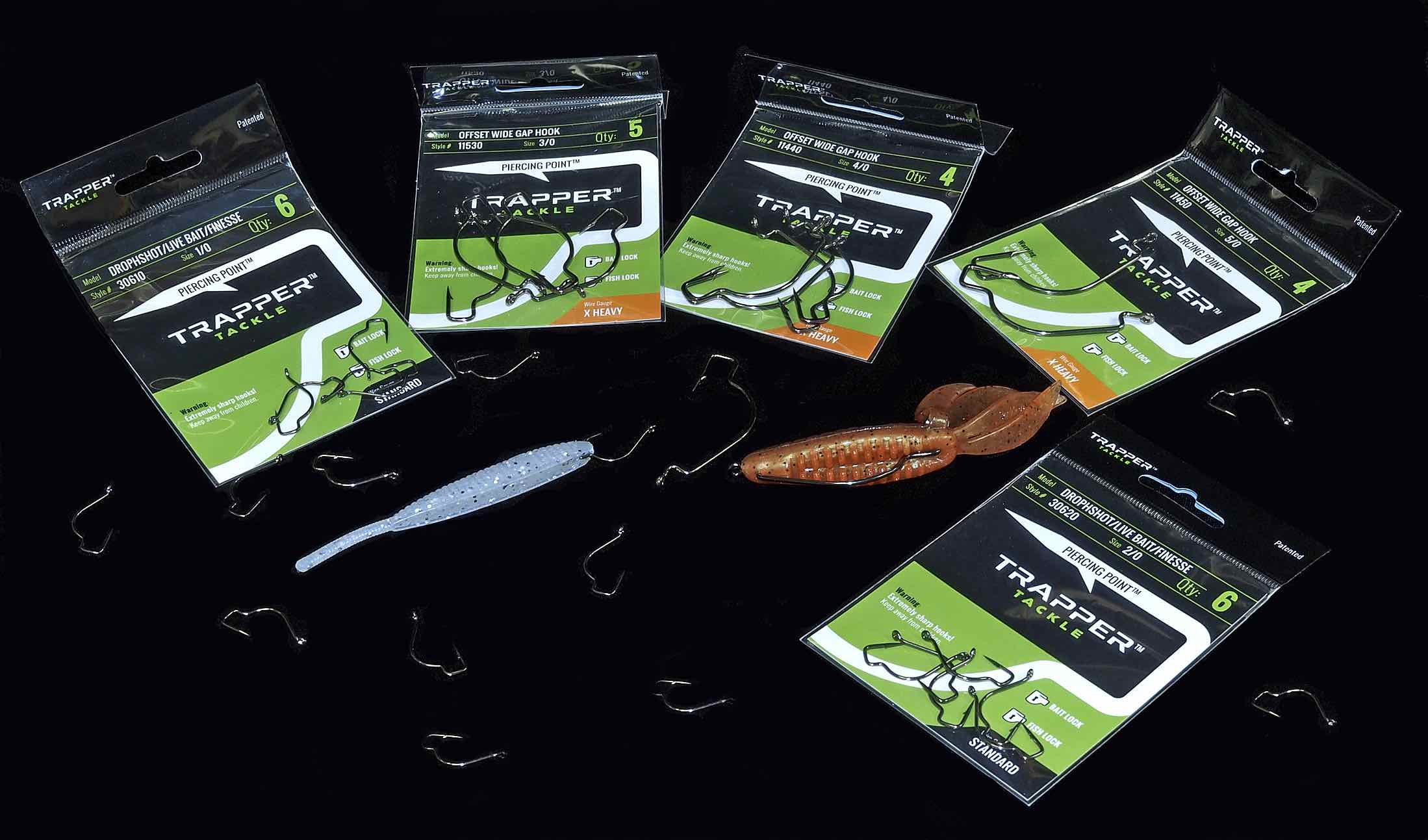 https://hooklineandsinker.ca/wp-content/uploads/2017/02/Trapper-Hook-Assortment-AA.jpg
1293
2198
HLSAdmin
https://hooklineandsinker.ca/wp-content/uploads/2014/12/Steelheading-in-the-Snow-900-80-Not-Faded-Actual-1030x91.jpg
HLSAdmin2017-02-11 22:00:142017-02-12 14:41:13Trapper Tackle
https://hooklineandsinker.ca/wp-content/uploads/2017/02/Trapper-Hook-Assortment-AA.jpg
1293
2198
HLSAdmin
https://hooklineandsinker.ca/wp-content/uploads/2014/12/Steelheading-in-the-Snow-900-80-Not-Faded-Actual-1030x91.jpg
HLSAdmin2017-02-11 22:00:142017-02-12 14:41:13Trapper Tackle https://hooklineandsinker.ca/wp-content/uploads/2017/02/westin-logo.png
119
171
HLSAdmin
https://hooklineandsinker.ca/wp-content/uploads/2014/12/Steelheading-in-the-Snow-900-80-Not-Faded-Actual-1030x91.jpg
HLSAdmin2017-02-05 21:52:052017-03-30 19:46:42Westin Fishing Lures
https://hooklineandsinker.ca/wp-content/uploads/2017/02/westin-logo.png
119
171
HLSAdmin
https://hooklineandsinker.ca/wp-content/uploads/2014/12/Steelheading-in-the-Snow-900-80-Not-Faded-Actual-1030x91.jpg
HLSAdmin2017-02-05 21:52:052017-03-30 19:46:42Westin Fishing Lures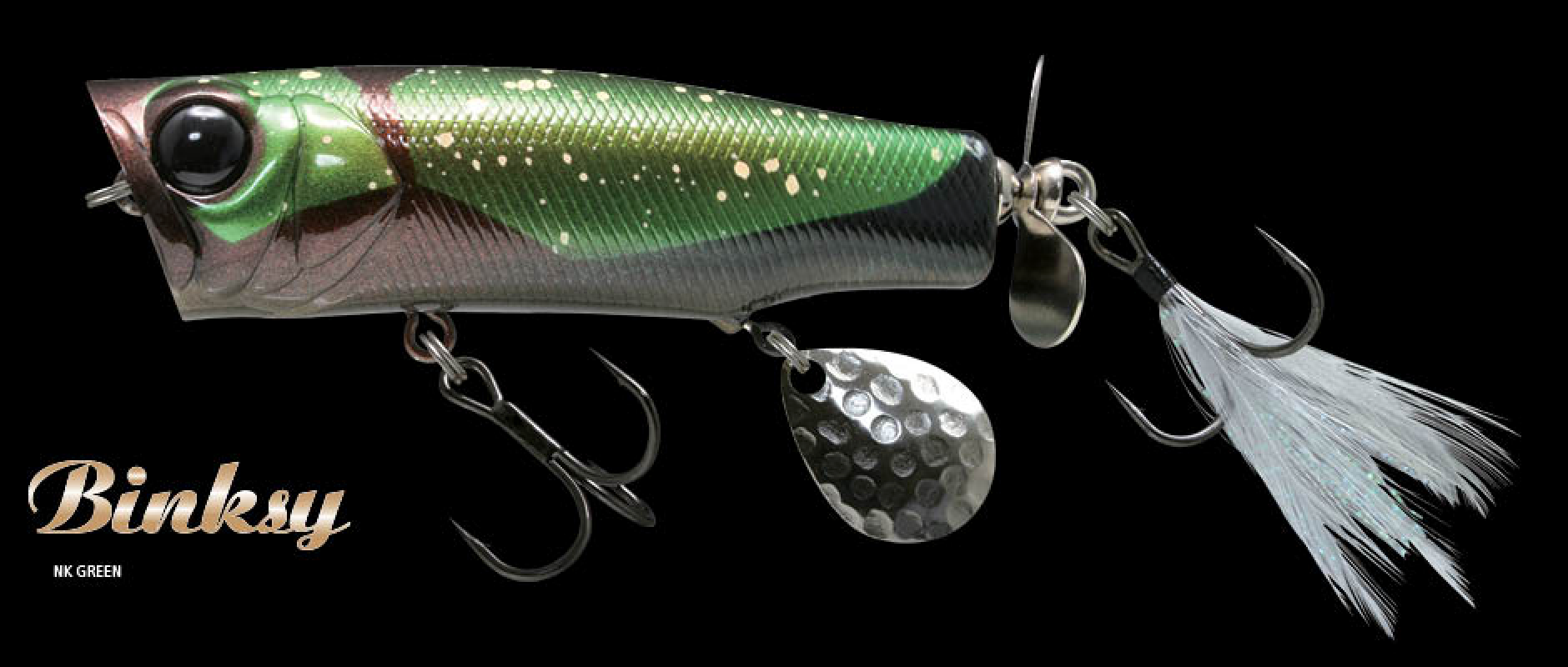 https://hooklineandsinker.ca/wp-content/uploads/2017/08/Jackall-Binksy-Image.png
800
1880
HLSAdmin
https://hooklineandsinker.ca/wp-content/uploads/2014/12/Steelheading-in-the-Snow-900-80-Not-Faded-Actual-1030x91.jpg
HLSAdmin2017-08-21 17:41:282018-09-10 19:32:29Jackall Binksy
https://hooklineandsinker.ca/wp-content/uploads/2017/08/Jackall-Binksy-Image.png
800
1880
HLSAdmin
https://hooklineandsinker.ca/wp-content/uploads/2014/12/Steelheading-in-the-Snow-900-80-Not-Faded-Actual-1030x91.jpg
HLSAdmin2017-08-21 17:41:282018-09-10 19:32:29Jackall Binksy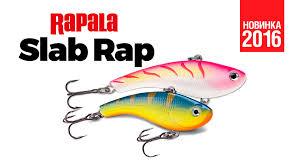 https://hooklineandsinker.ca/wp-content/uploads/2017/01/Normark-Rapala-Slab-Rap-Logo.jpg
168
300
HLSAdmin
https://hooklineandsinker.ca/wp-content/uploads/2014/12/Steelheading-in-the-Snow-900-80-Not-Faded-Actual-1030x91.jpg
HLSAdmin2017-01-28 11:29:312017-01-28 11:53:23Rapala Slab Rap®
https://hooklineandsinker.ca/wp-content/uploads/2017/01/Normark-Rapala-Slab-Rap-Logo.jpg
168
300
HLSAdmin
https://hooklineandsinker.ca/wp-content/uploads/2014/12/Steelheading-in-the-Snow-900-80-Not-Faded-Actual-1030x91.jpg
HLSAdmin2017-01-28 11:29:312017-01-28 11:53:23Rapala Slab Rap® https://hooklineandsinker.ca/wp-content/uploads/2017/08/Duo-Realis-Cambio-Spin-AA.jpg
1080
2450
HLSAdmin
https://hooklineandsinker.ca/wp-content/uploads/2014/12/Steelheading-in-the-Snow-900-80-Not-Faded-Actual-1030x91.jpg
HLSAdmin2017-08-21 21:24:092018-10-21 19:21:58Duo Realis Cambiospin
https://hooklineandsinker.ca/wp-content/uploads/2017/08/Duo-Realis-Cambio-Spin-AA.jpg
1080
2450
HLSAdmin
https://hooklineandsinker.ca/wp-content/uploads/2014/12/Steelheading-in-the-Snow-900-80-Not-Faded-Actual-1030x91.jpg
HLSAdmin2017-08-21 21:24:092018-10-21 19:21:58Duo Realis Cambiospin https://hooklineandsinker.ca/wp-content/uploads/2017/02/Lick-Em-Lures-Sledgetails.jpg
140
250
HLSAdmin
https://hooklineandsinker.ca/wp-content/uploads/2014/12/Steelheading-in-the-Snow-900-80-Not-Faded-Actual-1030x91.jpg
HLSAdmin2017-02-27 14:58:142017-12-04 13:31:19Lick-Em Lures Sledgetails
https://hooklineandsinker.ca/wp-content/uploads/2017/02/Lick-Em-Lures-Sledgetails.jpg
140
250
HLSAdmin
https://hooklineandsinker.ca/wp-content/uploads/2014/12/Steelheading-in-the-Snow-900-80-Not-Faded-Actual-1030x91.jpg
HLSAdmin2017-02-27 14:58:142017-12-04 13:31:19Lick-Em Lures Sledgetails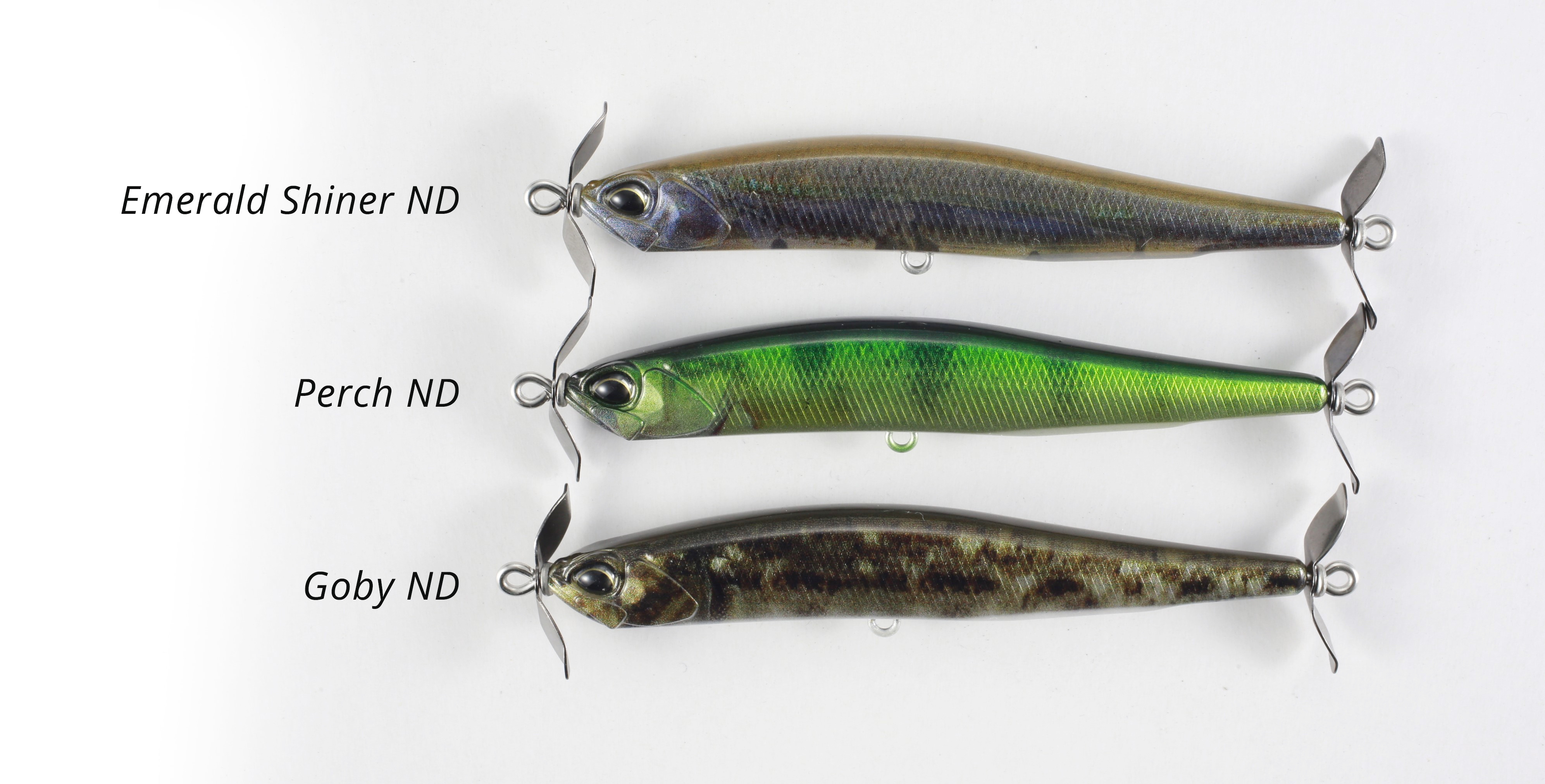 https://hooklineandsinker.ca/wp-content/uploads/2017/08/Duo-Realis-2017-Great-Lakes-Colors.jpg
2024
3987
HLSAdmin
https://hooklineandsinker.ca/wp-content/uploads/2014/12/Steelheading-in-the-Snow-900-80-Not-Faded-Actual-1030x91.jpg
HLSAdmin2017-08-16 23:32:312018-10-21 19:25:56Duo Realis – 2017 Limited Great Lakes Colours
https://hooklineandsinker.ca/wp-content/uploads/2017/08/Duo-Realis-2017-Great-Lakes-Colors.jpg
2024
3987
HLSAdmin
https://hooklineandsinker.ca/wp-content/uploads/2014/12/Steelheading-in-the-Snow-900-80-Not-Faded-Actual-1030x91.jpg
HLSAdmin2017-08-16 23:32:312018-10-21 19:25:56Duo Realis – 2017 Limited Great Lakes Colours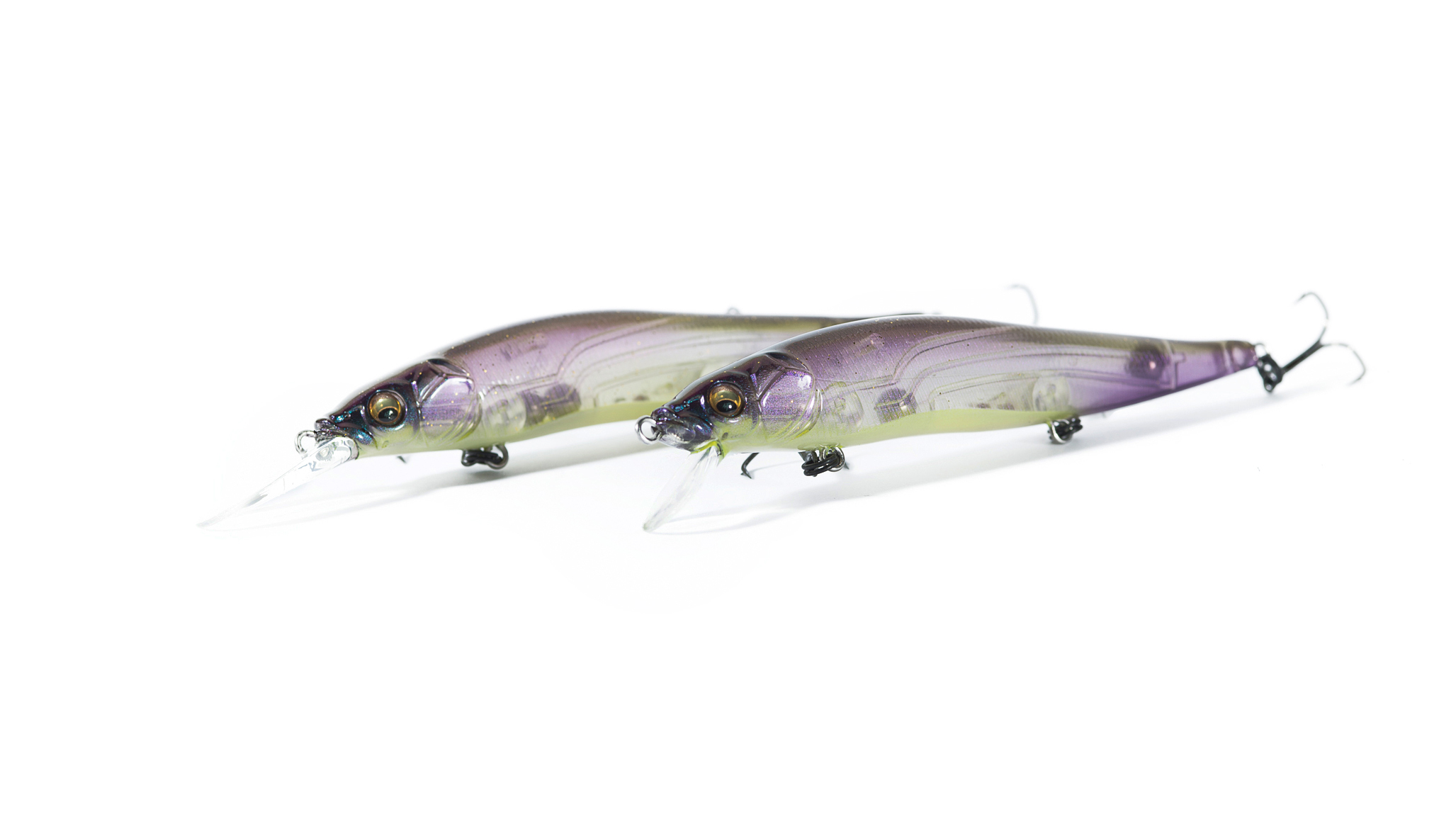 https://hooklineandsinker.ca/wp-content/uploads/2017/02/2017-Megabass-Vision-Oneten-Northern-Secret.jpeg
1156
2055
HLSAdmin
https://hooklineandsinker.ca/wp-content/uploads/2014/12/Steelheading-in-the-Snow-900-80-Not-Faded-Actual-1030x91.jpg
HLSAdmin2017-02-02 20:57:132017-12-04 13:32:23Megabass GLX Northern Secret Vision 110 & Vision 110+1 – New for 2017!
https://hooklineandsinker.ca/wp-content/uploads/2017/02/2017-Megabass-Vision-Oneten-Northern-Secret.jpeg
1156
2055
HLSAdmin
https://hooklineandsinker.ca/wp-content/uploads/2014/12/Steelheading-in-the-Snow-900-80-Not-Faded-Actual-1030x91.jpg
HLSAdmin2017-02-02 20:57:132017-12-04 13:32:23Megabass GLX Northern Secret Vision 110 & Vision 110+1 – New for 2017!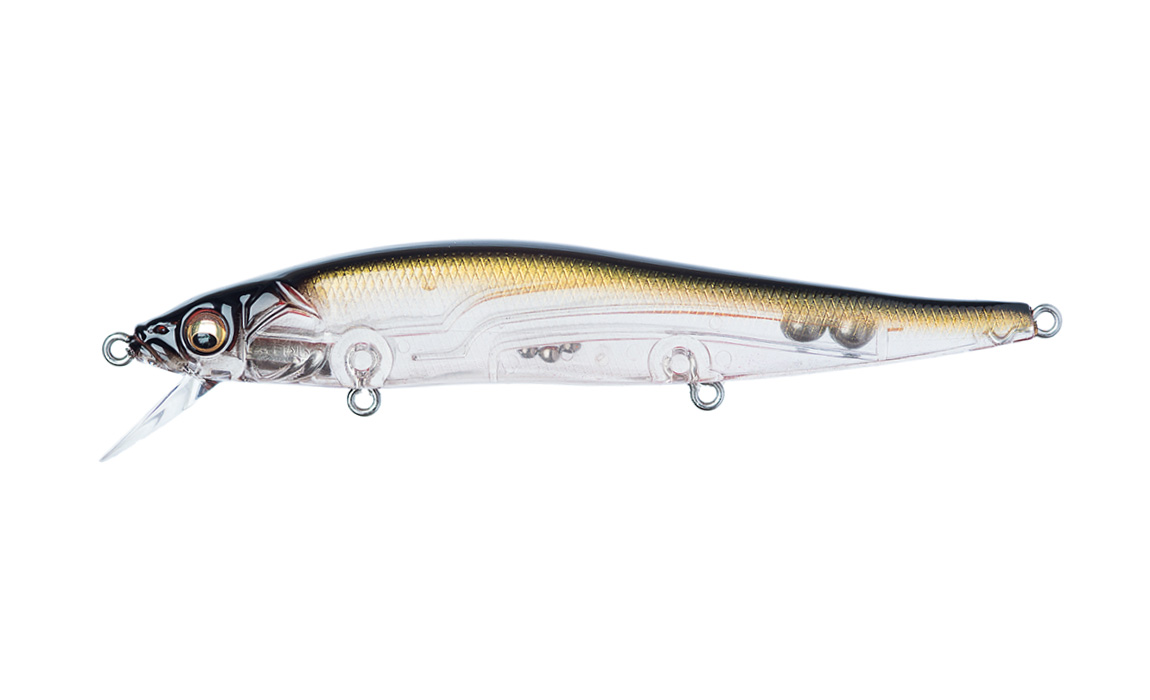 https://hooklineandsinker.ca/wp-content/uploads/2017/01/VISION-ONETEN-SB-OB-SHAD.jpg
700
1150
HLSAdmin
https://hooklineandsinker.ca/wp-content/uploads/2014/12/Steelheading-in-the-Snow-900-80-Not-Faded-Actual-1030x91.jpg
HLSAdmin2017-01-16 18:12:502017-12-04 13:31:42Megabass Ito Vision 110 Jerkbait
https://hooklineandsinker.ca/wp-content/uploads/2017/01/VISION-ONETEN-SB-OB-SHAD.jpg
700
1150
HLSAdmin
https://hooklineandsinker.ca/wp-content/uploads/2014/12/Steelheading-in-the-Snow-900-80-Not-Faded-Actual-1030x91.jpg
HLSAdmin2017-01-16 18:12:502017-12-04 13:31:42Megabass Ito Vision 110 Jerkbait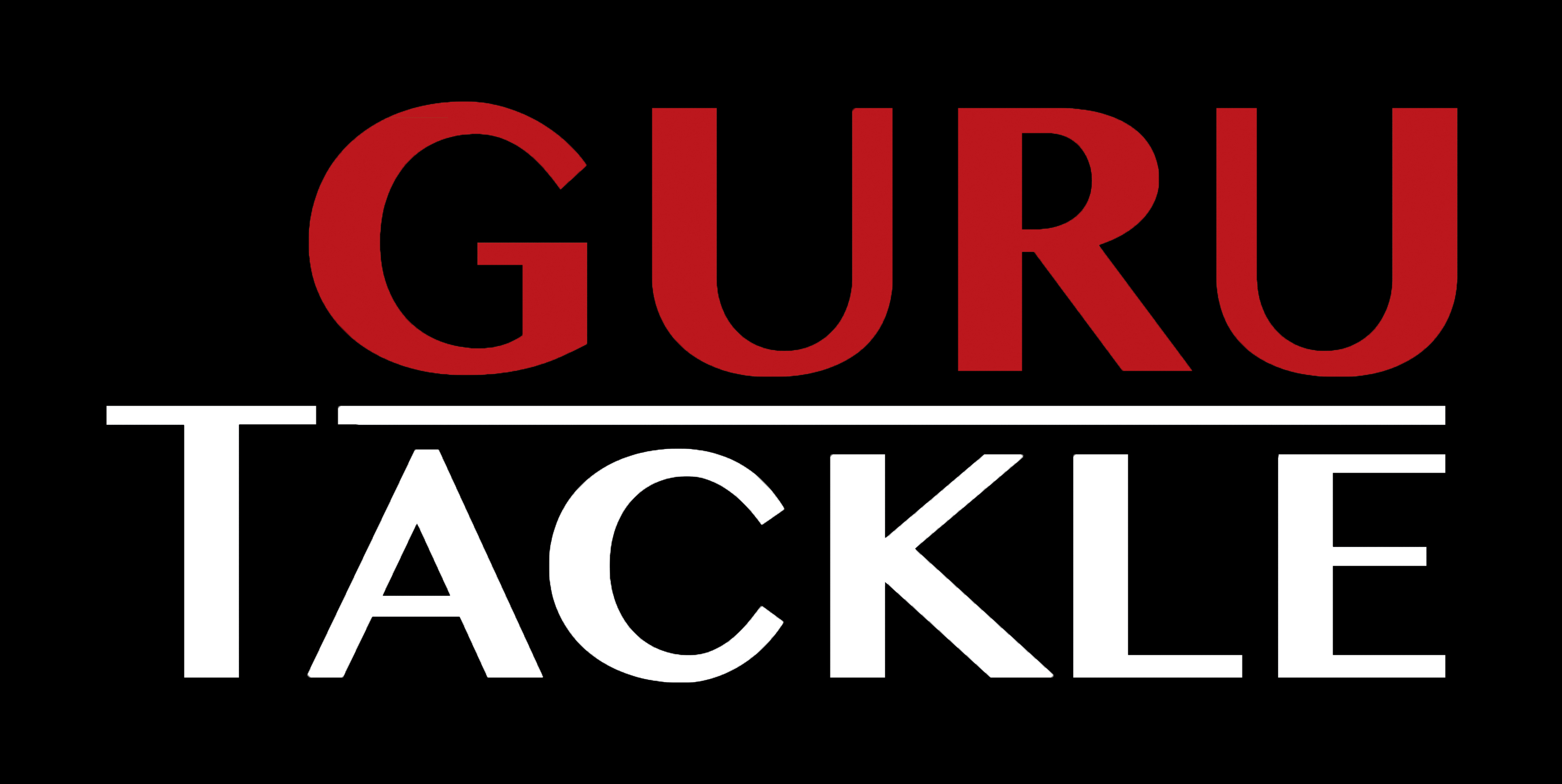 https://hooklineandsinker.ca/wp-content/uploads/2016/12/guru-tackle-blk-lugo.jpg
1938
3859
HLSAdmin
https://hooklineandsinker.ca/wp-content/uploads/2014/12/Steelheading-in-the-Snow-900-80-Not-Faded-Actual-1030x91.jpg
HLSAdmin2016-12-16 00:26:352017-02-12 15:05:25Guru Tackle
https://hooklineandsinker.ca/wp-content/uploads/2016/12/guru-tackle-blk-lugo.jpg
1938
3859
HLSAdmin
https://hooklineandsinker.ca/wp-content/uploads/2014/12/Steelheading-in-the-Snow-900-80-Not-Faded-Actual-1030x91.jpg
HLSAdmin2016-12-16 00:26:352017-02-12 15:05:25Guru Tackle https://hooklineandsinker.ca/wp-content/uploads/2017/04/Innovative-Safety-Tools-logo.png
208
700
HLSAdmin
https://hooklineandsinker.ca/wp-content/uploads/2014/12/Steelheading-in-the-Snow-900-80-Not-Faded-Actual-1030x91.jpg
HLSAdmin2017-04-09 20:47:012020-12-27 21:07:58Astroplast – Innovative Safety Tools – FISHING – ANGLER FIRST AID KIT
https://hooklineandsinker.ca/wp-content/uploads/2017/04/Innovative-Safety-Tools-logo.png
208
700
HLSAdmin
https://hooklineandsinker.ca/wp-content/uploads/2014/12/Steelheading-in-the-Snow-900-80-Not-Faded-Actual-1030x91.jpg
HLSAdmin2017-04-09 20:47:012020-12-27 21:07:58Astroplast – Innovative Safety Tools – FISHING – ANGLER FIRST AID KIT https://hooklineandsinker.ca/wp-content/uploads/2017/11/Fuji-EZ-Keeper-Lindy-Hook-A-Loop-Hook-Keeper-Addition-AA.jpg
780
2450
HLSAdmin
https://hooklineandsinker.ca/wp-content/uploads/2014/12/Steelheading-in-the-Snow-900-80-Not-Faded-Actual-1030x91.jpg
HLSAdmin2017-11-12 13:19:512017-11-12 13:22:26Fuji EZ Keeper & Lindy Hook-A-Loop Hook Keeper Addition
https://hooklineandsinker.ca/wp-content/uploads/2017/11/Fuji-EZ-Keeper-Lindy-Hook-A-Loop-Hook-Keeper-Addition-AA.jpg
780
2450
HLSAdmin
https://hooklineandsinker.ca/wp-content/uploads/2014/12/Steelheading-in-the-Snow-900-80-Not-Faded-Actual-1030x91.jpg
HLSAdmin2017-11-12 13:19:512017-11-12 13:22:26Fuji EZ Keeper & Lindy Hook-A-Loop Hook Keeper Addition https://hooklineandsinker.ca/wp-content/uploads/2016/10/Custom-Poured-Gamakatsu-Jig-Heads-Ball-Bullet-Tear-Drop-Mushroom-Tube-Darter-Chicklet-BB.jpg
1294
2198
HLSAdmin
https://hooklineandsinker.ca/wp-content/uploads/2014/12/Steelheading-in-the-Snow-900-80-Not-Faded-Actual-1030x91.jpg
HLSAdmin2016-10-01 18:17:582017-02-12 15:38:02Custom Poured Gamakatsu Lead Jig Heads for Soft Plastics
https://hooklineandsinker.ca/wp-content/uploads/2016/10/Custom-Poured-Gamakatsu-Jig-Heads-Ball-Bullet-Tear-Drop-Mushroom-Tube-Darter-Chicklet-BB.jpg
1294
2198
HLSAdmin
https://hooklineandsinker.ca/wp-content/uploads/2014/12/Steelheading-in-the-Snow-900-80-Not-Faded-Actual-1030x91.jpg
HLSAdmin2016-10-01 18:17:582017-02-12 15:38:02Custom Poured Gamakatsu Lead Jig Heads for Soft Plastics https://hooklineandsinker.ca/wp-content/uploads/2016/09/Assorted-Custom-Jig-Head-Selection-AA.jpg
1431
2198
HLSAdmin
https://hooklineandsinker.ca/wp-content/uploads/2014/12/Steelheading-in-the-Snow-900-80-Not-Faded-Actual-1030x91.jpg
HLSAdmin2016-09-15 23:01:382017-03-11 19:53:38Custom Painted Lead Jig Heads
https://hooklineandsinker.ca/wp-content/uploads/2016/09/Assorted-Custom-Jig-Head-Selection-AA.jpg
1431
2198
HLSAdmin
https://hooklineandsinker.ca/wp-content/uploads/2014/12/Steelheading-in-the-Snow-900-80-Not-Faded-Actual-1030x91.jpg
HLSAdmin2016-09-15 23:01:382017-03-11 19:53:38Custom Painted Lead Jig Heads https://hooklineandsinker.ca/wp-content/uploads/2016/09/Stringease-Tackle-Logo.jpg
144
144
HLSAdmin
https://hooklineandsinker.ca/wp-content/uploads/2014/12/Steelheading-in-the-Snow-900-80-Not-Faded-Actual-1030x91.jpg
HLSAdmin2016-09-15 22:52:042017-02-18 19:17:33Stringease Tackle
https://hooklineandsinker.ca/wp-content/uploads/2016/09/Stringease-Tackle-Logo.jpg
144
144
HLSAdmin
https://hooklineandsinker.ca/wp-content/uploads/2014/12/Steelheading-in-the-Snow-900-80-Not-Faded-Actual-1030x91.jpg
HLSAdmin2016-09-15 22:52:042017-02-18 19:17:33Stringease Tackle https://hooklineandsinker.ca/wp-content/uploads/2016/09/Mepps-Fishing-Logo.jpg
112
240
HLSAdmin
https://hooklineandsinker.ca/wp-content/uploads/2014/12/Steelheading-in-the-Snow-900-80-Not-Faded-Actual-1030x91.jpg
HLSAdmin2016-09-15 22:01:202017-02-18 19:30:44Mepps Lures
https://hooklineandsinker.ca/wp-content/uploads/2016/09/Mepps-Fishing-Logo.jpg
112
240
HLSAdmin
https://hooklineandsinker.ca/wp-content/uploads/2014/12/Steelheading-in-the-Snow-900-80-Not-Faded-Actual-1030x91.jpg
HLSAdmin2016-09-15 22:01:202017-02-18 19:30:44Mepps Lures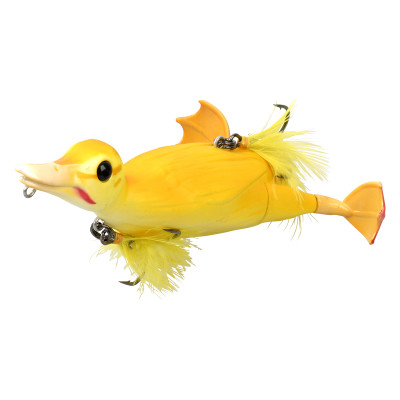 https://hooklineandsinker.ca/wp-content/uploads/2017/04/Savage-Gear-3D-Suicide-Duck-B.jpg
400
400
HLSAdmin
https://hooklineandsinker.ca/wp-content/uploads/2014/12/Steelheading-in-the-Snow-900-80-Not-Faded-Actual-1030x91.jpg
HLSAdmin2017-04-16 22:21:322018-09-10 19:33:41Savage Gear 3D Suicide Duck
https://hooklineandsinker.ca/wp-content/uploads/2017/04/Savage-Gear-3D-Suicide-Duck-B.jpg
400
400
HLSAdmin
https://hooklineandsinker.ca/wp-content/uploads/2014/12/Steelheading-in-the-Snow-900-80-Not-Faded-Actual-1030x91.jpg
HLSAdmin2017-04-16 22:21:322018-09-10 19:33:41Savage Gear 3D Suicide Duck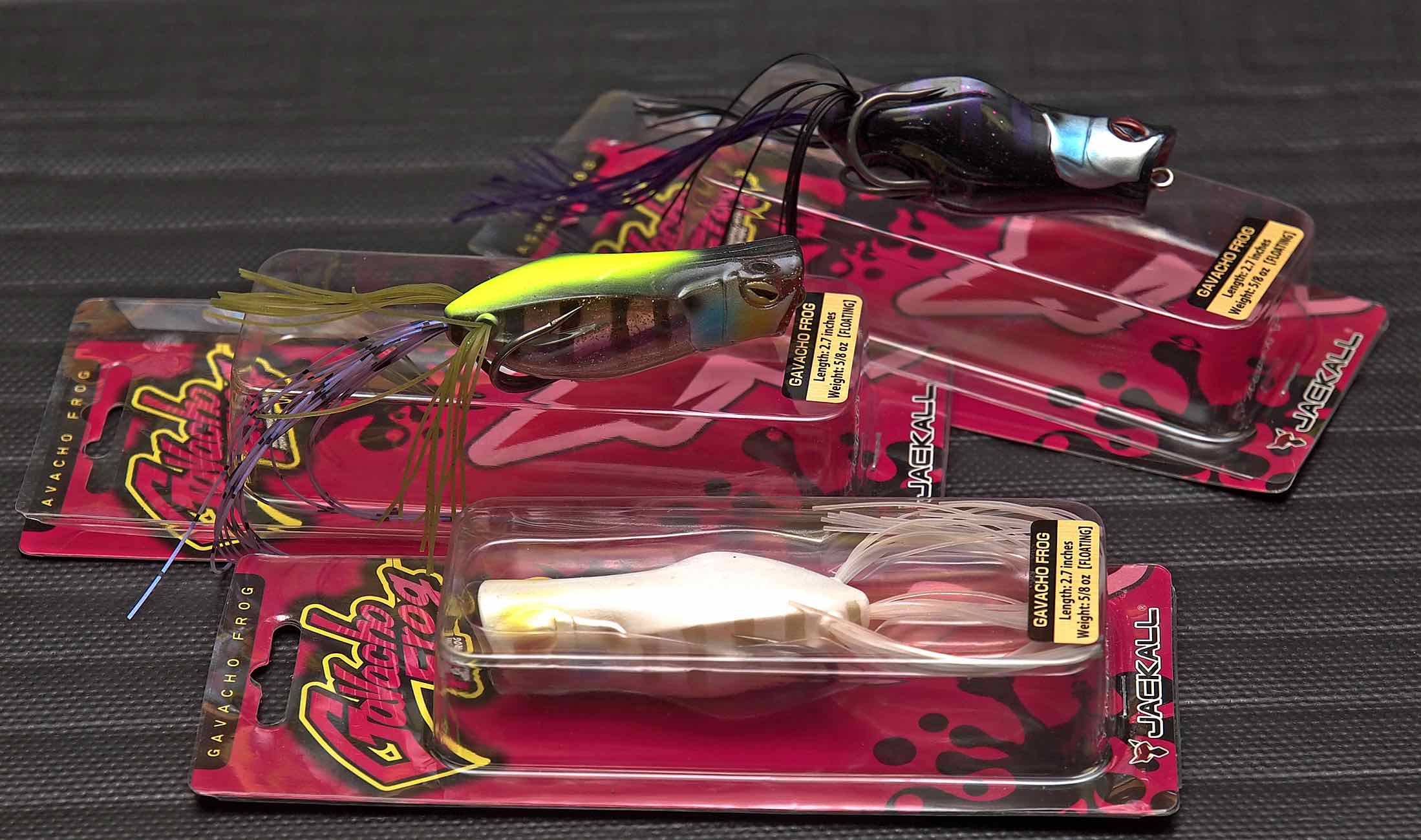 https://hooklineandsinker.ca/wp-content/uploads/2016/11/Jackall-Lures-Gavacho-Frog-AA.jpg
1300
2198
HLSAdmin
https://hooklineandsinker.ca/wp-content/uploads/2014/12/Steelheading-in-the-Snow-900-80-Not-Faded-Actual-1030x91.jpg
HLSAdmin2016-11-26 23:32:012017-12-04 21:22:28Jackall Gavacho Frog
https://hooklineandsinker.ca/wp-content/uploads/2016/11/Jackall-Lures-Gavacho-Frog-AA.jpg
1300
2198
HLSAdmin
https://hooklineandsinker.ca/wp-content/uploads/2014/12/Steelheading-in-the-Snow-900-80-Not-Faded-Actual-1030x91.jpg
HLSAdmin2016-11-26 23:32:012017-12-04 21:22:28Jackall Gavacho Frog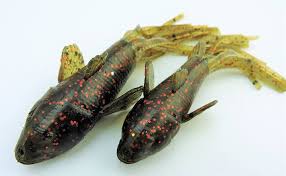 https://hooklineandsinker.ca/wp-content/uploads/2017/04/Savage-Gear-3D-Goby-Tube-A.jpg
176
286
HLSAdmin
https://hooklineandsinker.ca/wp-content/uploads/2014/12/Steelheading-in-the-Snow-900-80-Not-Faded-Actual-1030x91.jpg
HLSAdmin2017-04-14 23:15:412018-09-10 19:32:50Savage Gear 3D Goby Tube
https://hooklineandsinker.ca/wp-content/uploads/2017/04/Savage-Gear-3D-Goby-Tube-A.jpg
176
286
HLSAdmin
https://hooklineandsinker.ca/wp-content/uploads/2014/12/Steelheading-in-the-Snow-900-80-Not-Faded-Actual-1030x91.jpg
HLSAdmin2017-04-14 23:15:412018-09-10 19:32:50Savage Gear 3D Goby Tube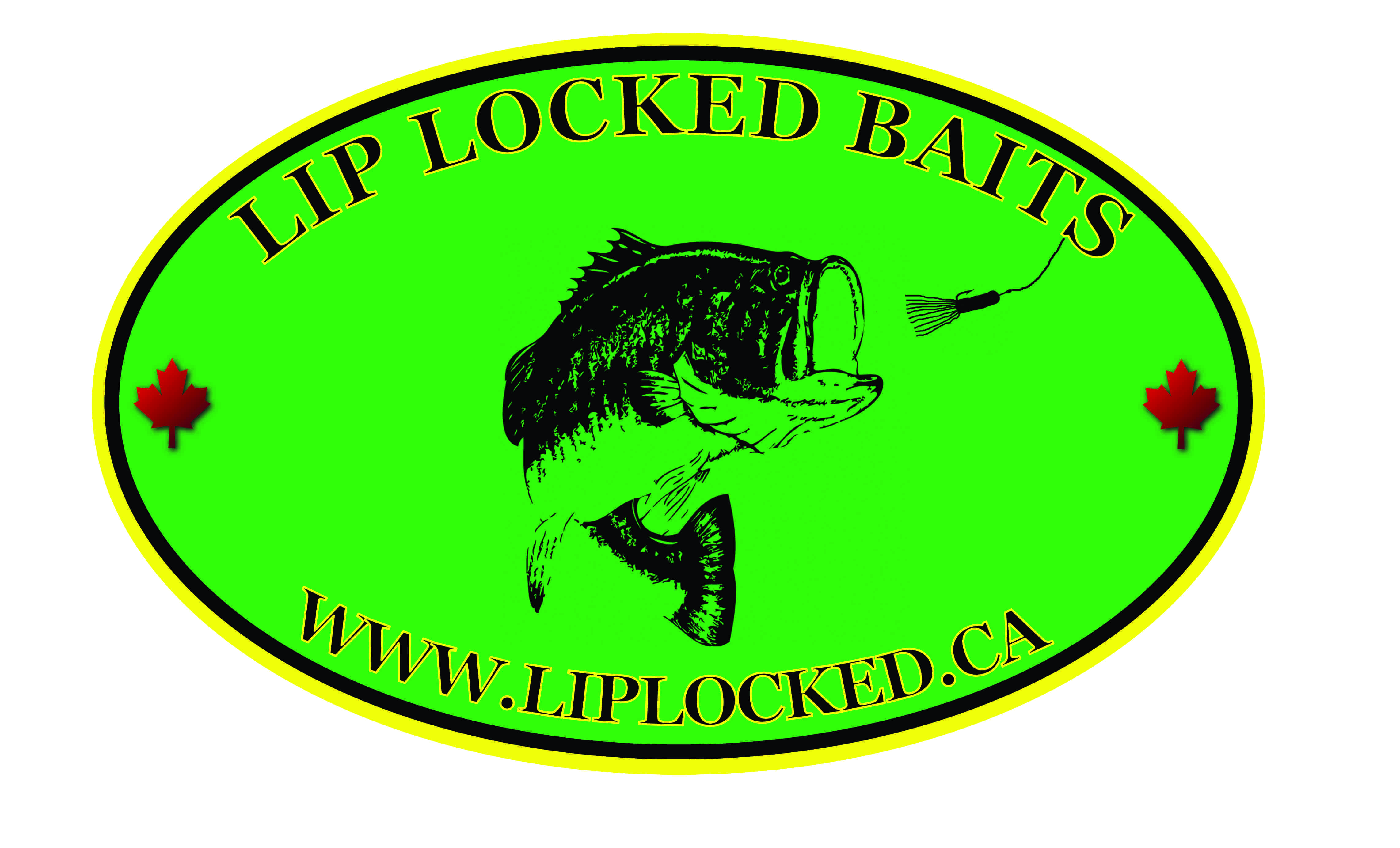 https://hooklineandsinker.ca/wp-content/uploads/2016/02/Lip-Locked-baits-Logo-AA.jpg
2768
4568
HLSAdmin
https://hooklineandsinker.ca/wp-content/uploads/2014/12/Steelheading-in-the-Snow-900-80-Not-Faded-Actual-1030x91.jpg
HLSAdmin2016-02-23 21:11:352019-08-26 21:45:59Lip Locked Soft Plastic Baits
https://hooklineandsinker.ca/wp-content/uploads/2016/02/Lip-Locked-baits-Logo-AA.jpg
2768
4568
HLSAdmin
https://hooklineandsinker.ca/wp-content/uploads/2014/12/Steelheading-in-the-Snow-900-80-Not-Faded-Actual-1030x91.jpg
HLSAdmin2016-02-23 21:11:352019-08-26 21:45:59Lip Locked Soft Plastic Baits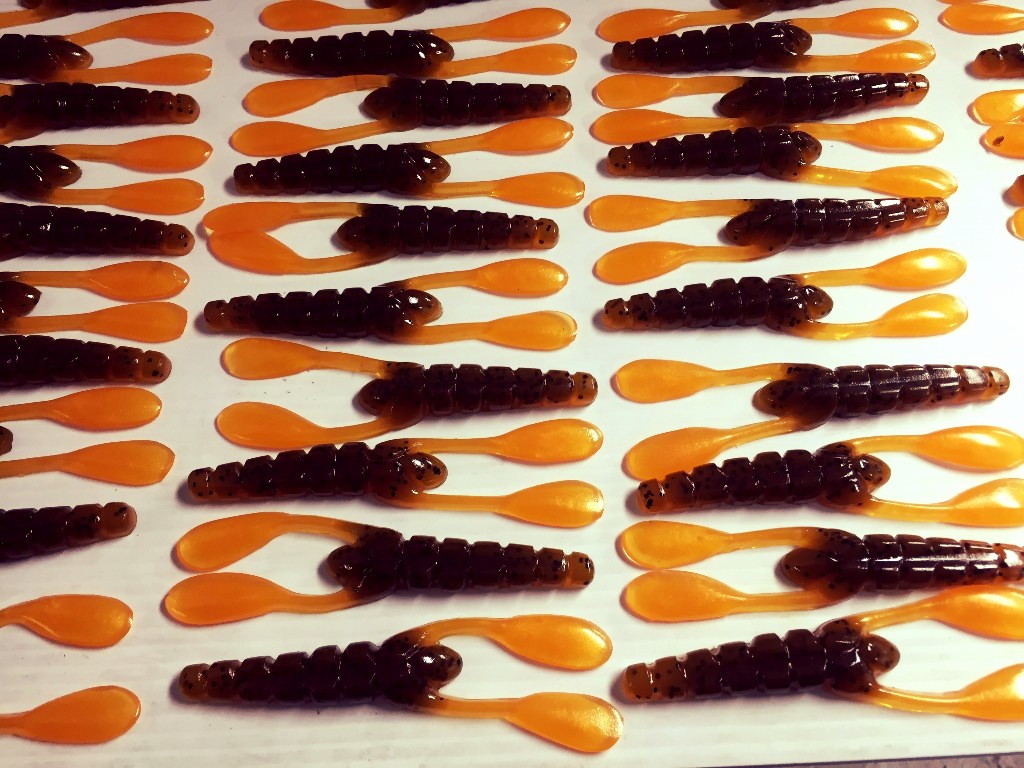 https://hooklineandsinker.ca/wp-content/uploads/2016/05/X-Zone-Slammer-Craw.jpg
768
1024
HLSAdmin
https://hooklineandsinker.ca/wp-content/uploads/2014/12/Steelheading-in-the-Snow-900-80-Not-Faded-Actual-1030x91.jpg
HLSAdmin2016-05-27 00:19:592017-02-19 21:26:22X Zone Slammer Craw
https://hooklineandsinker.ca/wp-content/uploads/2016/05/X-Zone-Slammer-Craw.jpg
768
1024
HLSAdmin
https://hooklineandsinker.ca/wp-content/uploads/2014/12/Steelheading-in-the-Snow-900-80-Not-Faded-Actual-1030x91.jpg
HLSAdmin2016-05-27 00:19:592017-02-19 21:26:22X Zone Slammer Craw https://hooklineandsinker.ca/wp-content/uploads/2016/05/Z-Man-the-Science-of-Fishing.jpg
225
225
HLSAdmin
https://hooklineandsinker.ca/wp-content/uploads/2014/12/Steelheading-in-the-Snow-900-80-Not-Faded-Actual-1030x91.jpg
HLSAdmin2016-05-04 20:52:092017-04-09 14:31:38Z-Man® Fishing Products
https://hooklineandsinker.ca/wp-content/uploads/2016/05/Z-Man-the-Science-of-Fishing.jpg
225
225
HLSAdmin
https://hooklineandsinker.ca/wp-content/uploads/2014/12/Steelheading-in-the-Snow-900-80-Not-Faded-Actual-1030x91.jpg
HLSAdmin2016-05-04 20:52:092017-04-09 14:31:38Z-Man® Fishing Products https://hooklineandsinker.ca/wp-content/uploads/2015/11/Matzuo-America-Logo.jpg
180
240
HLSAdmin
https://hooklineandsinker.ca/wp-content/uploads/2014/12/Steelheading-in-the-Snow-900-80-Not-Faded-Actual-1030x91.jpg
HLSAdmin2015-11-15 21:43:112017-03-30 20:27:23Matzuo America
https://hooklineandsinker.ca/wp-content/uploads/2015/11/Matzuo-America-Logo.jpg
180
240
HLSAdmin
https://hooklineandsinker.ca/wp-content/uploads/2014/12/Steelheading-in-the-Snow-900-80-Not-Faded-Actual-1030x91.jpg
HLSAdmin2015-11-15 21:43:112017-03-30 20:27:23Matzuo America https://hooklineandsinker.ca/wp-content/uploads/2016/08/Target-Baits-Logo-best-deal-fishing-banner-partner.jpg
87
87
HLSAdmin
https://hooklineandsinker.ca/wp-content/uploads/2014/12/Steelheading-in-the-Snow-900-80-Not-Faded-Actual-1030x91.jpg
HLSAdmin2016-08-10 22:30:522019-02-09 23:01:16Target Baits – Best Deal Fishing – The Swimmy Fish
https://hooklineandsinker.ca/wp-content/uploads/2016/08/Target-Baits-Logo-best-deal-fishing-banner-partner.jpg
87
87
HLSAdmin
https://hooklineandsinker.ca/wp-content/uploads/2014/12/Steelheading-in-the-Snow-900-80-Not-Faded-Actual-1030x91.jpg
HLSAdmin2016-08-10 22:30:522019-02-09 23:01:16Target Baits – Best Deal Fishing – The Swimmy Fish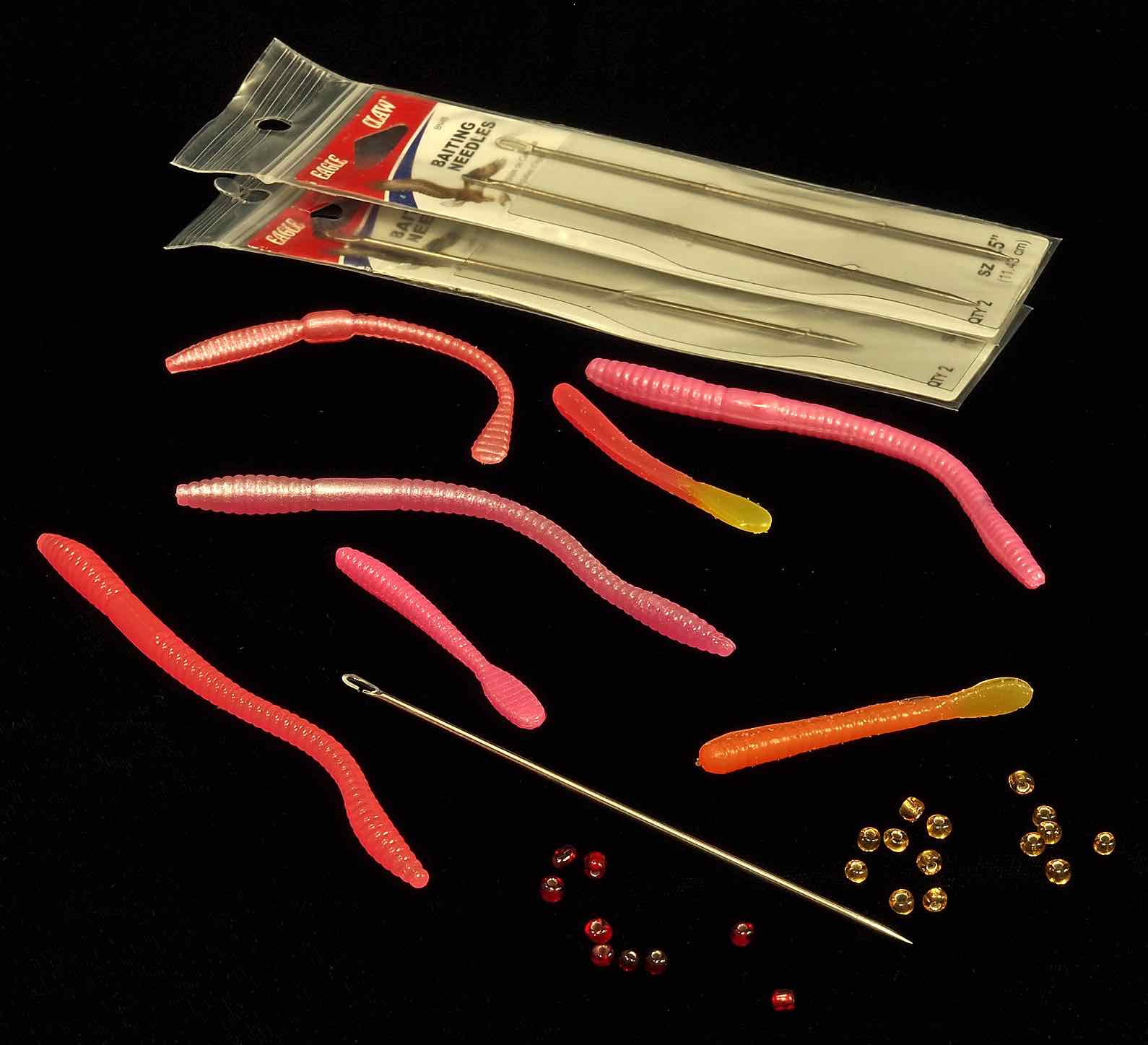 https://hooklineandsinker.ca/wp-content/uploads/2015/12/HLS-Custom-Steelhead-Pink-Worm-Assortment-and-Worm-Threader-AA.jpg
1447
1590
HLSAdmin
https://hooklineandsinker.ca/wp-content/uploads/2014/12/Steelheading-in-the-Snow-900-80-Not-Faded-Actual-1030x91.jpg
HLSAdmin2015-12-21 21:48:152018-04-15 14:39:31HLS Custom Steelhead Pink Worm Assortment
https://hooklineandsinker.ca/wp-content/uploads/2015/12/HLS-Custom-Steelhead-Pink-Worm-Assortment-and-Worm-Threader-AA.jpg
1447
1590
HLSAdmin
https://hooklineandsinker.ca/wp-content/uploads/2014/12/Steelheading-in-the-Snow-900-80-Not-Faded-Actual-1030x91.jpg
HLSAdmin2015-12-21 21:48:152018-04-15 14:39:31HLS Custom Steelhead Pink Worm Assortment https://hooklineandsinker.ca/wp-content/uploads/2015/09/Moonshine-Salmon-Glow-Spoon-Assortment-AA.jpg
974
1501
HLSAdmin
https://hooklineandsinker.ca/wp-content/uploads/2014/12/Steelheading-in-the-Snow-900-80-Not-Faded-Actual-1030x91.jpg
HLSAdmin2015-09-24 20:02:132019-09-11 23:10:19Moonshine Lures
https://hooklineandsinker.ca/wp-content/uploads/2015/09/Moonshine-Salmon-Glow-Spoon-Assortment-AA.jpg
974
1501
HLSAdmin
https://hooklineandsinker.ca/wp-content/uploads/2014/12/Steelheading-in-the-Snow-900-80-Not-Faded-Actual-1030x91.jpg
HLSAdmin2015-09-24 20:02:132019-09-11 23:10:19Moonshine Lures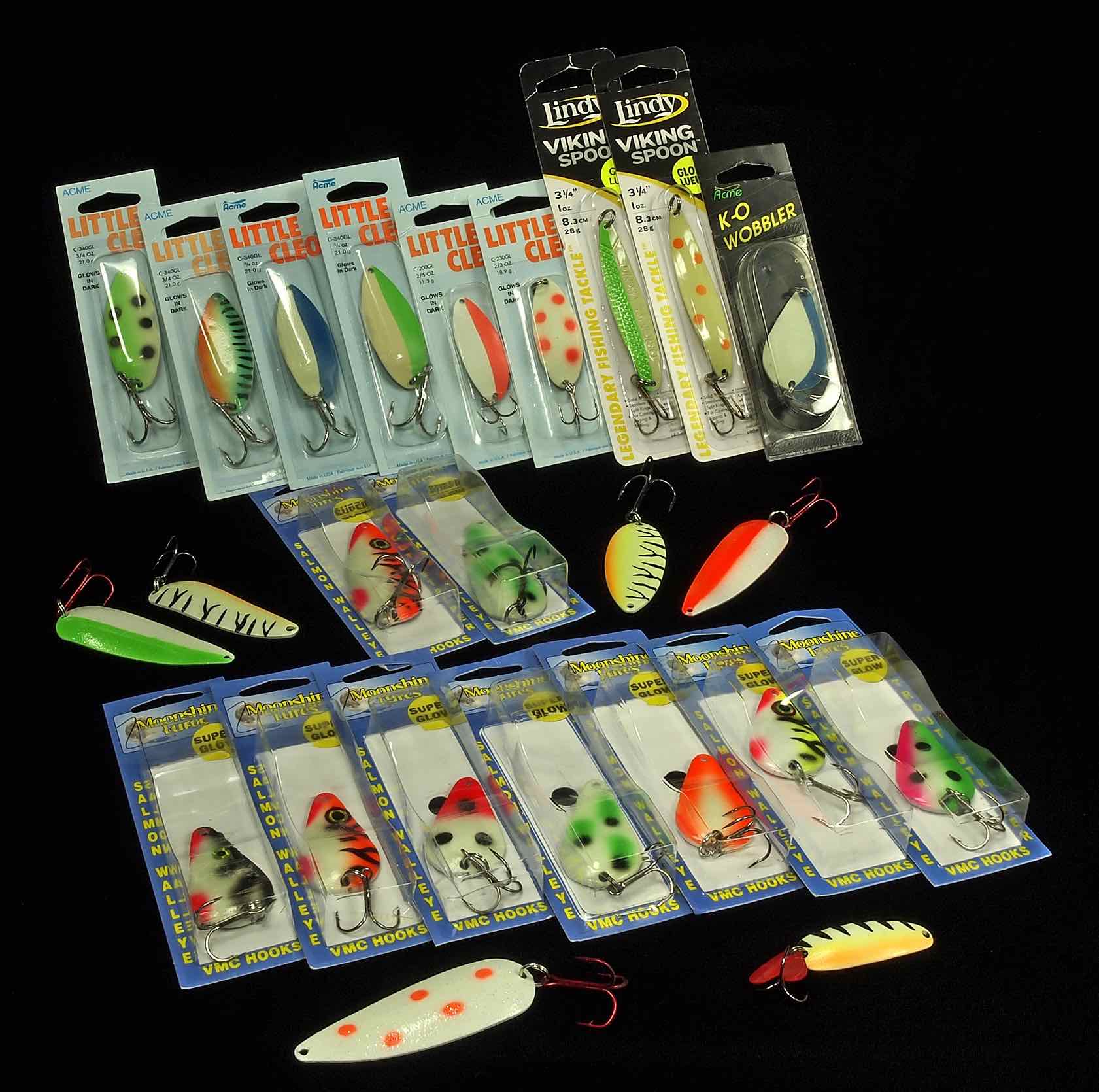 https://hooklineandsinker.ca/wp-content/uploads/2015/09/Salmon-Glow-Spoon-Assorment-AA.jpg
1670
1681
HLSAdmin
https://hooklineandsinker.ca/wp-content/uploads/2014/12/Steelheading-in-the-Snow-900-80-Not-Faded-Actual-1030x91.jpg
HLSAdmin2015-09-24 19:47:472019-09-11 23:07:51Glow Spoons
https://hooklineandsinker.ca/wp-content/uploads/2015/09/Salmon-Glow-Spoon-Assorment-AA.jpg
1670
1681
HLSAdmin
https://hooklineandsinker.ca/wp-content/uploads/2014/12/Steelheading-in-the-Snow-900-80-Not-Faded-Actual-1030x91.jpg
HLSAdmin2015-09-24 19:47:472019-09-11 23:07:51Glow Spoons https://hooklineandsinker.ca/wp-content/uploads/2015/09/Wordens-Logo.jpg
60
224
HLSAdmin
https://hooklineandsinker.ca/wp-content/uploads/2014/12/Steelheading-in-the-Snow-900-80-Not-Faded-Actual-1030x91.jpg
HLSAdmin2015-09-14 22:00:322017-02-26 17:36:14Worden’s Lures
https://hooklineandsinker.ca/wp-content/uploads/2015/09/Wordens-Logo.jpg
60
224
HLSAdmin
https://hooklineandsinker.ca/wp-content/uploads/2014/12/Steelheading-in-the-Snow-900-80-Not-Faded-Actual-1030x91.jpg
HLSAdmin2015-09-14 22:00:322017-02-26 17:36:14Worden’s Lures https://hooklineandsinker.ca/wp-content/uploads/2015/09/Lee-Sisson-Lures-Logo.jpg
80
120
HLSAdmin
https://hooklineandsinker.ca/wp-content/uploads/2014/12/Steelheading-in-the-Snow-900-80-Not-Faded-Actual-1030x91.jpg
HLSAdmin2015-09-14 22:24:562017-02-26 17:40:25Lee Sisson’s Premium Balsa Lures
https://hooklineandsinker.ca/wp-content/uploads/2015/09/Lee-Sisson-Lures-Logo.jpg
80
120
HLSAdmin
https://hooklineandsinker.ca/wp-content/uploads/2014/12/Steelheading-in-the-Snow-900-80-Not-Faded-Actual-1030x91.jpg
HLSAdmin2015-09-14 22:24:562017-02-26 17:40:25Lee Sisson’s Premium Balsa Lures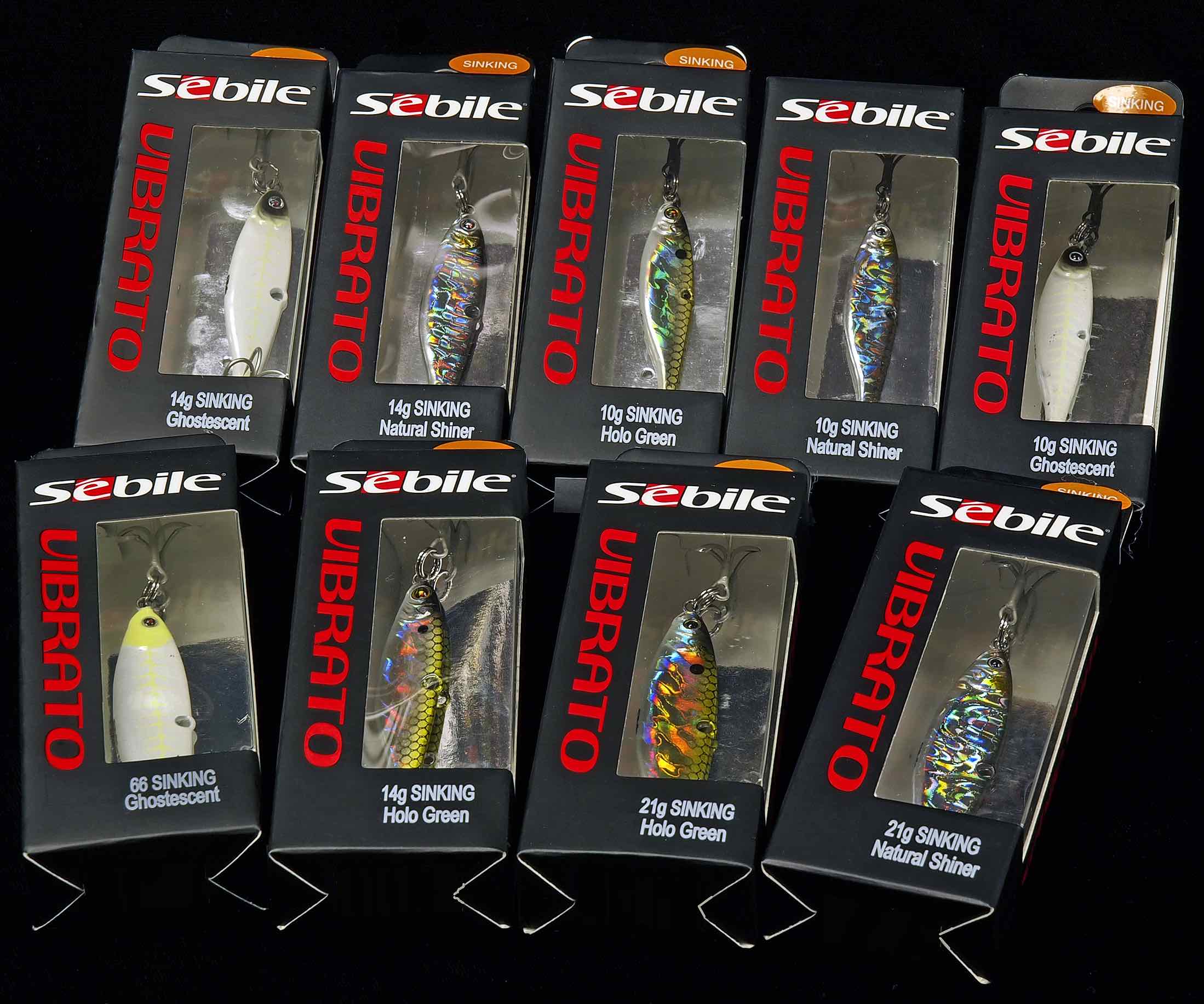 https://hooklineandsinker.ca/wp-content/uploads/2016/12/Sebile-Vibrato-Assortment-AA.jpg
1832
2198
HLSAdmin
https://hooklineandsinker.ca/wp-content/uploads/2014/12/Steelheading-in-the-Snow-900-80-Not-Faded-Actual-1030x91.jpg
HLSAdmin2016-12-15 23:40:142018-09-10 19:33:23Sebile® Vibrato® – New for the 2018 Season
https://hooklineandsinker.ca/wp-content/uploads/2016/12/Sebile-Vibrato-Assortment-AA.jpg
1832
2198
HLSAdmin
https://hooklineandsinker.ca/wp-content/uploads/2014/12/Steelheading-in-the-Snow-900-80-Not-Faded-Actual-1030x91.jpg
HLSAdmin2016-12-15 23:40:142018-09-10 19:33:23Sebile® Vibrato® – New for the 2018 Season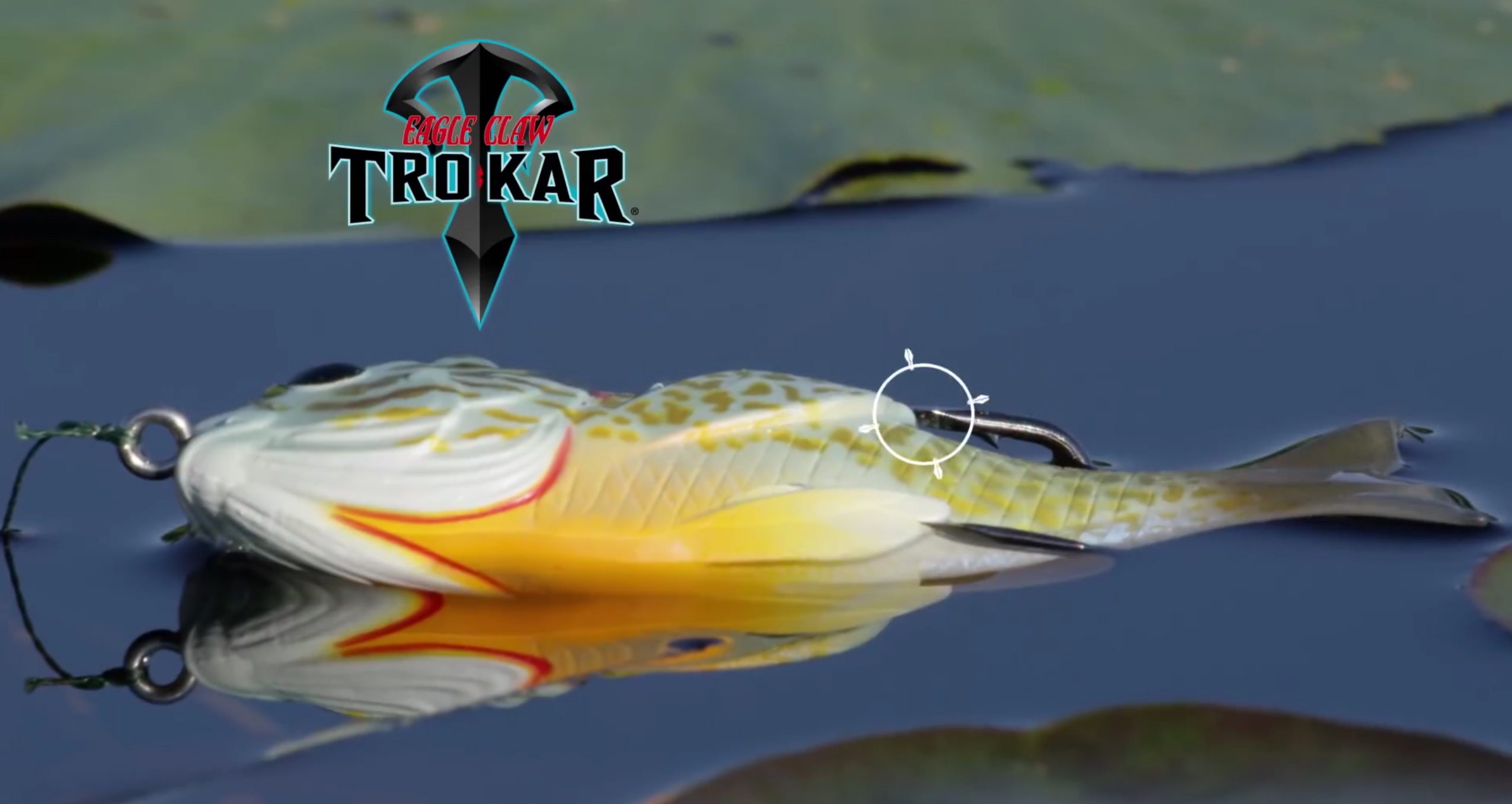 https://hooklineandsinker.ca/wp-content/uploads/2015/08/LiveTarget_Hollow-Body-Sunfish-Trokar-.jpg
1357
2551
HLSAdmin
https://hooklineandsinker.ca/wp-content/uploads/2014/12/Steelheading-in-the-Snow-900-80-Not-Faded-Actual-1030x91.jpg
HLSAdmin2015-08-28 00:01:262017-03-13 19:09:192016 Live Target Additions
https://hooklineandsinker.ca/wp-content/uploads/2015/08/LiveTarget_Hollow-Body-Sunfish-Trokar-.jpg
1357
2551
HLSAdmin
https://hooklineandsinker.ca/wp-content/uploads/2014/12/Steelheading-in-the-Snow-900-80-Not-Faded-Actual-1030x91.jpg
HLSAdmin2015-08-28 00:01:262017-03-13 19:09:192016 Live Target Additions https://hooklineandsinker.ca/wp-content/uploads/2015/09/Hildebrandt-Logo.jpg
225
225
HLSAdmin
https://hooklineandsinker.ca/wp-content/uploads/2014/12/Steelheading-in-the-Snow-900-80-Not-Faded-Actual-1030x91.jpg
HLSAdmin2015-09-14 21:30:262017-03-13 19:26:55Hildebrandt and Poe’s
https://hooklineandsinker.ca/wp-content/uploads/2015/09/Hildebrandt-Logo.jpg
225
225
HLSAdmin
https://hooklineandsinker.ca/wp-content/uploads/2014/12/Steelheading-in-the-Snow-900-80-Not-Faded-Actual-1030x91.jpg
HLSAdmin2015-09-14 21:30:262017-03-13 19:26:55Hildebrandt and Poe’s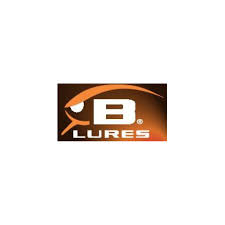 https://hooklineandsinker.ca/wp-content/uploads/2015/02/Bomber-Lures-Logo.jpg
225
225
HLSAdmin
https://hooklineandsinker.ca/wp-content/uploads/2014/12/Steelheading-in-the-Snow-900-80-Not-Faded-Actual-1030x91.jpg
HLSAdmin2015-02-12 20:17:172017-07-27 18:22:32Bomber Lures
https://hooklineandsinker.ca/wp-content/uploads/2015/02/Bomber-Lures-Logo.jpg
225
225
HLSAdmin
https://hooklineandsinker.ca/wp-content/uploads/2014/12/Steelheading-in-the-Snow-900-80-Not-Faded-Actual-1030x91.jpg
HLSAdmin2015-02-12 20:17:172017-07-27 18:22:32Bomber Lures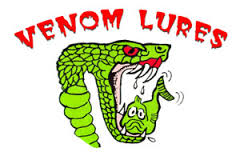 https://hooklineandsinker.ca/wp-content/uploads/2015/02/Venom-Lures-Logo-1.jpg
156
240
HLSAdmin
https://hooklineandsinker.ca/wp-content/uploads/2014/12/Steelheading-in-the-Snow-900-80-Not-Faded-Actual-1030x91.jpg
HLSAdmin2015-02-12 19:35:482018-10-28 00:15:10Venom Lures
https://hooklineandsinker.ca/wp-content/uploads/2015/02/Venom-Lures-Logo-1.jpg
156
240
HLSAdmin
https://hooklineandsinker.ca/wp-content/uploads/2014/12/Steelheading-in-the-Snow-900-80-Not-Faded-Actual-1030x91.jpg
HLSAdmin2015-02-12 19:35:482018-10-28 00:15:10Venom Lures https://hooklineandsinker.ca/wp-content/uploads/2015/02/Williams-Logo.jpg
225
225
HLSAdmin
https://hooklineandsinker.ca/wp-content/uploads/2014/12/Steelheading-in-the-Snow-900-80-Not-Faded-Actual-1030x91.jpg
HLSAdmin2015-02-12 19:56:002017-03-25 22:00:24Williams Lures
https://hooklineandsinker.ca/wp-content/uploads/2015/02/Williams-Logo.jpg
225
225
HLSAdmin
https://hooklineandsinker.ca/wp-content/uploads/2014/12/Steelheading-in-the-Snow-900-80-Not-Faded-Actual-1030x91.jpg
HLSAdmin2015-02-12 19:56:002017-03-25 22:00:24Williams Lures https://hooklineandsinker.ca/wp-content/uploads/2015/02/Normark-Logo.jpg
64
160
HLSAdmin
https://hooklineandsinker.ca/wp-content/uploads/2014/12/Steelheading-in-the-Snow-900-80-Not-Faded-Actual-1030x91.jpg
HLSAdmin2015-02-12 15:04:382018-08-22 18:10:26Normark
https://hooklineandsinker.ca/wp-content/uploads/2015/02/Normark-Logo.jpg
64
160
HLSAdmin
https://hooklineandsinker.ca/wp-content/uploads/2014/12/Steelheading-in-the-Snow-900-80-Not-Faded-Actual-1030x91.jpg
HLSAdmin2015-02-12 15:04:382018-08-22 18:10:26Normark https://hooklineandsinker.ca/wp-content/uploads/2015/02/American-Baitworks-Company-Southern-Lure-Company-Scum-Frog-logo-scumfrog_400x.png
100
180
HLSAdmin
https://hooklineandsinker.ca/wp-content/uploads/2014/12/Steelheading-in-the-Snow-900-80-Not-Faded-Actual-1030x91.jpg
HLSAdmin2015-02-12 19:23:532020-01-01 11:43:48American Baitworks Company – Southern Lure Company – Scum Frog
https://hooklineandsinker.ca/wp-content/uploads/2015/02/American-Baitworks-Company-Southern-Lure-Company-Scum-Frog-logo-scumfrog_400x.png
100
180
HLSAdmin
https://hooklineandsinker.ca/wp-content/uploads/2014/12/Steelheading-in-the-Snow-900-80-Not-Faded-Actual-1030x91.jpg
HLSAdmin2015-02-12 19:23:532020-01-01 11:43:48American Baitworks Company – Southern Lure Company – Scum Frog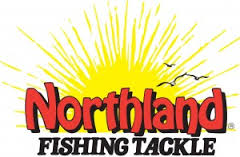 https://hooklineandsinker.ca/wp-content/uploads/2015/02/Northland-Tackle-Logo.jpg
157
240
HLSAdmin
https://hooklineandsinker.ca/wp-content/uploads/2014/12/Steelheading-in-the-Snow-900-80-Not-Faded-Actual-1030x91.jpg
HLSAdmin2015-02-12 16:12:302017-07-24 19:24:00Northland Fishing Tackle
https://hooklineandsinker.ca/wp-content/uploads/2015/02/Northland-Tackle-Logo.jpg
157
240
HLSAdmin
https://hooklineandsinker.ca/wp-content/uploads/2014/12/Steelheading-in-the-Snow-900-80-Not-Faded-Actual-1030x91.jpg
HLSAdmin2015-02-12 16:12:302017-07-24 19:24:00Northland Fishing Tackle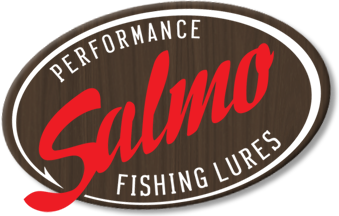 https://hooklineandsinker.ca/wp-content/uploads/2015/02/Salmo-Fishing-Lures-Salmo-Website-Logo.png
216
339
HLSAdmin
https://hooklineandsinker.ca/wp-content/uploads/2014/12/Steelheading-in-the-Snow-900-80-Not-Faded-Actual-1030x91.jpg
HLSAdmin2015-02-12 19:46:502017-03-13 19:54:03Salmo Fishing Lures
https://hooklineandsinker.ca/wp-content/uploads/2015/02/Salmo-Fishing-Lures-Salmo-Website-Logo.png
216
339
HLSAdmin
https://hooklineandsinker.ca/wp-content/uploads/2014/12/Steelheading-in-the-Snow-900-80-Not-Faded-Actual-1030x91.jpg
HLSAdmin2015-02-12 19:46:502017-03-13 19:54:03Salmo Fishing Lures https://hooklineandsinker.ca/wp-content/uploads/2015/02/Sebile-logo.png
225
225
HLSAdmin
https://hooklineandsinker.ca/wp-content/uploads/2014/12/Steelheading-in-the-Snow-900-80-Not-Faded-Actual-1030x91.jpg
HLSAdmin2015-02-12 15:14:542017-02-16 19:51:01Sebile® Lures
https://hooklineandsinker.ca/wp-content/uploads/2015/02/Sebile-logo.png
225
225
HLSAdmin
https://hooklineandsinker.ca/wp-content/uploads/2014/12/Steelheading-in-the-Snow-900-80-Not-Faded-Actual-1030x91.jpg
HLSAdmin2015-02-12 15:14:542017-02-16 19:51:01Sebile® Lures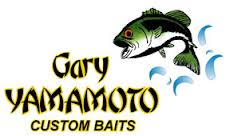 https://hooklineandsinker.ca/wp-content/uploads/2015/02/Gary-Yamamoto-Fishing.jpg
136
226
HLSAdmin
https://hooklineandsinker.ca/wp-content/uploads/2014/12/Steelheading-in-the-Snow-900-80-Not-Faded-Actual-1030x91.jpg
HLSAdmin2015-02-11 20:10:192017-03-25 21:14:03Gary Yamamoto Custom Baits
https://hooklineandsinker.ca/wp-content/uploads/2015/02/Gary-Yamamoto-Fishing.jpg
136
226
HLSAdmin
https://hooklineandsinker.ca/wp-content/uploads/2014/12/Steelheading-in-the-Snow-900-80-Not-Faded-Actual-1030x91.jpg
HLSAdmin2015-02-11 20:10:192017-03-25 21:14:03Gary Yamamoto Custom Baits https://hooklineandsinker.ca/wp-content/uploads/2015/02/Delfin-Lures.jpg
148
341
HLSAdmin
https://hooklineandsinker.ca/wp-content/uploads/2014/12/Steelheading-in-the-Snow-900-80-Not-Faded-Actual-1030x91.jpg
HLSAdmin2015-02-11 19:48:392018-07-04 21:30:39Delfin Lures
https://hooklineandsinker.ca/wp-content/uploads/2015/02/Delfin-Lures.jpg
148
341
HLSAdmin
https://hooklineandsinker.ca/wp-content/uploads/2014/12/Steelheading-in-the-Snow-900-80-Not-Faded-Actual-1030x91.jpg
HLSAdmin2015-02-11 19:48:392018-07-04 21:30:39Delfin Lures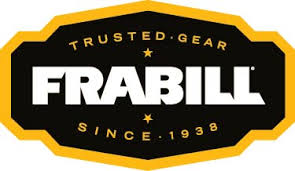 https://hooklineandsinker.ca/wp-content/uploads/2015/02/Frabill-Fishing.jpg
171
295
HLSAdmin
https://hooklineandsinker.ca/wp-content/uploads/2014/12/Steelheading-in-the-Snow-900-80-Not-Faded-Actual-1030x91.jpg
HLSAdmin2015-02-12 11:50:522017-02-13 20:24:46Frabill Fishing Gear
https://hooklineandsinker.ca/wp-content/uploads/2015/02/Frabill-Fishing.jpg
171
295
HLSAdmin
https://hooklineandsinker.ca/wp-content/uploads/2014/12/Steelheading-in-the-Snow-900-80-Not-Faded-Actual-1030x91.jpg
HLSAdmin2015-02-12 11:50:522017-02-13 20:24:46Frabill Fishing Gear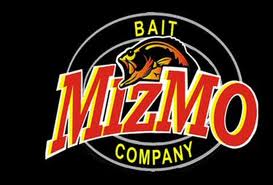 https://hooklineandsinker.ca/wp-content/uploads/2015/02/MIzmo-Bait-Company-Logo.jpg
185
273
HLSAdmin
https://hooklineandsinker.ca/wp-content/uploads/2014/12/Steelheading-in-the-Snow-900-80-Not-Faded-Actual-1030x91.jpg
HLSAdmin2015-02-11 19:32:332017-03-14 19:21:09Mizmo Bait Company
https://hooklineandsinker.ca/wp-content/uploads/2015/02/MIzmo-Bait-Company-Logo.jpg
185
273
HLSAdmin
https://hooklineandsinker.ca/wp-content/uploads/2014/12/Steelheading-in-the-Snow-900-80-Not-Faded-Actual-1030x91.jpg
HLSAdmin2015-02-11 19:32:332017-03-14 19:21:09Mizmo Bait Company https://hooklineandsinker.ca/wp-content/uploads/2015/02/Mister-Twister-logo.jpg
160
160
HLSAdmin
https://hooklineandsinker.ca/wp-content/uploads/2014/12/Steelheading-in-the-Snow-900-80-Not-Faded-Actual-1030x91.jpg
HLSAdmin2015-02-11 19:20:582017-03-14 19:27:12Mister Twister
https://hooklineandsinker.ca/wp-content/uploads/2015/02/Mister-Twister-logo.jpg
160
160
HLSAdmin
https://hooklineandsinker.ca/wp-content/uploads/2014/12/Steelheading-in-the-Snow-900-80-Not-Faded-Actual-1030x91.jpg
HLSAdmin2015-02-11 19:20:582017-03-14 19:27:12Mister Twister https://hooklineandsinker.ca/wp-content/uploads/2015/02/Freedom-Tackle-Corp-Logo.jpg
108
240
HLSAdmin
https://hooklineandsinker.ca/wp-content/uploads/2014/12/Steelheading-in-the-Snow-900-80-Not-Faded-Actual-1030x91.jpg
HLSAdmin2015-02-11 18:10:132018-12-05 21:07:36Freedom Tackle Corp. – Freedom Lures
https://hooklineandsinker.ca/wp-content/uploads/2015/02/Freedom-Tackle-Corp-Logo.jpg
108
240
HLSAdmin
https://hooklineandsinker.ca/wp-content/uploads/2014/12/Steelheading-in-the-Snow-900-80-Not-Faded-Actual-1030x91.jpg
HLSAdmin2015-02-11 18:10:132018-12-05 21:07:36Freedom Tackle Corp. – Freedom Lures https://hooklineandsinker.ca/wp-content/uploads/2015/02/Gambler-Lures-Logo.jpg
80
180
HLSAdmin
https://hooklineandsinker.ca/wp-content/uploads/2014/12/Steelheading-in-the-Snow-900-80-Not-Faded-Actual-1030x91.jpg
HLSAdmin2015-02-11 19:03:112017-03-27 15:56:37Gambler Lures
https://hooklineandsinker.ca/wp-content/uploads/2015/02/Gambler-Lures-Logo.jpg
80
180
HLSAdmin
https://hooklineandsinker.ca/wp-content/uploads/2014/12/Steelheading-in-the-Snow-900-80-Not-Faded-Actual-1030x91.jpg
HLSAdmin2015-02-11 19:03:112017-03-27 15:56:37Gambler Lures https://hooklineandsinker.ca/wp-content/uploads/2015/02/Mooselook-Logo.jpg
292
580
HLSAdmin
https://hooklineandsinker.ca/wp-content/uploads/2014/12/Steelheading-in-the-Snow-900-80-Not-Faded-Actual-1030x91.jpg
HLSAdmin2015-02-11 19:41:572017-03-25 22:08:35Mooselook Lures
https://hooklineandsinker.ca/wp-content/uploads/2015/02/Mooselook-Logo.jpg
292
580
HLSAdmin
https://hooklineandsinker.ca/wp-content/uploads/2014/12/Steelheading-in-the-Snow-900-80-Not-Faded-Actual-1030x91.jpg
HLSAdmin2015-02-11 19:41:572017-03-25 22:08:35Mooselook Lures https://hooklineandsinker.ca/wp-content/uploads/2015/02/Heddon-Logo.jpg
90
172
HLSAdmin
https://hooklineandsinker.ca/wp-content/uploads/2014/12/Steelheading-in-the-Snow-900-80-Not-Faded-Actual-1030x91.jpg
HLSAdmin2015-02-09 23:23:092017-03-30 19:49:08Heddon Lures
https://hooklineandsinker.ca/wp-content/uploads/2015/02/Heddon-Logo.jpg
90
172
HLSAdmin
https://hooklineandsinker.ca/wp-content/uploads/2014/12/Steelheading-in-the-Snow-900-80-Not-Faded-Actual-1030x91.jpg
HLSAdmin2015-02-09 23:23:092017-03-30 19:49:08Heddon Lures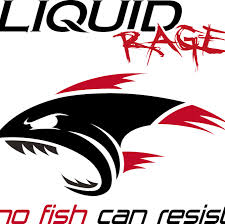 https://hooklineandsinker.ca/wp-content/uploads/2015/01/Rage-Fish-Attractants-Liquid-Mahem-Logo.jpg
224
225
HLSAdmin
https://hooklineandsinker.ca/wp-content/uploads/2014/12/Steelheading-in-the-Snow-900-80-Not-Faded-Actual-1030x91.jpg
HLSAdmin2015-01-25 14:49:552017-03-27 16:07:14Rage Fish Attractants – Liquid Mahem
https://hooklineandsinker.ca/wp-content/uploads/2015/01/Rage-Fish-Attractants-Liquid-Mahem-Logo.jpg
224
225
HLSAdmin
https://hooklineandsinker.ca/wp-content/uploads/2014/12/Steelheading-in-the-Snow-900-80-Not-Faded-Actual-1030x91.jpg
HLSAdmin2015-01-25 14:49:552017-03-27 16:07:14Rage Fish Attractants – Liquid Mahem https://hooklineandsinker.ca/wp-content/uploads/2015/02/Lunker-City-Logo.jpg
160
160
HLSAdmin
https://hooklineandsinker.ca/wp-content/uploads/2014/12/Steelheading-in-the-Snow-900-80-Not-Faded-Actual-1030x91.jpg
HLSAdmin2015-02-11 19:13:562017-12-07 20:18:33Lunker City
https://hooklineandsinker.ca/wp-content/uploads/2015/02/Lunker-City-Logo.jpg
160
160
HLSAdmin
https://hooklineandsinker.ca/wp-content/uploads/2014/12/Steelheading-in-the-Snow-900-80-Not-Faded-Actual-1030x91.jpg
HLSAdmin2015-02-11 19:13:562017-12-07 20:18:33Lunker City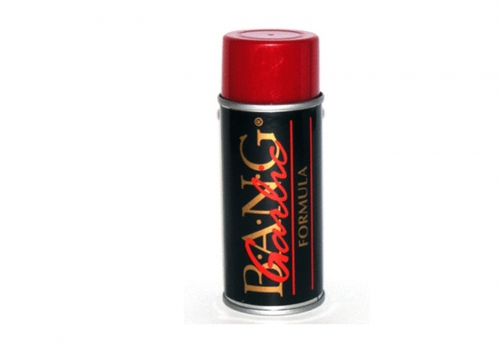 https://hooklineandsinker.ca/wp-content/uploads/2015/02/Bang-Fish-Attractant-Fish-Scent.jpg
351
500
HLSAdmin
https://hooklineandsinker.ca/wp-content/uploads/2014/12/Steelheading-in-the-Snow-900-80-Not-Faded-Actual-1030x91.jpg
HLSAdmin2015-02-11 17:57:102017-03-30 20:23:22Bang Fish Attractants
https://hooklineandsinker.ca/wp-content/uploads/2015/02/Bang-Fish-Attractant-Fish-Scent.jpg
351
500
HLSAdmin
https://hooklineandsinker.ca/wp-content/uploads/2014/12/Steelheading-in-the-Snow-900-80-Not-Faded-Actual-1030x91.jpg
HLSAdmin2015-02-11 17:57:102017-03-30 20:23:22Bang Fish Attractants https://hooklineandsinker.ca/wp-content/uploads/2015/02/Trigger-X-Logo.jpg
100
240
HLSAdmin
https://hooklineandsinker.ca/wp-content/uploads/2014/12/Steelheading-in-the-Snow-900-80-Not-Faded-Actual-1030x91.jpg
HLSAdmin2015-02-09 21:51:032015-12-29 22:34:21Trigger X
https://hooklineandsinker.ca/wp-content/uploads/2015/02/Trigger-X-Logo.jpg
100
240
HLSAdmin
https://hooklineandsinker.ca/wp-content/uploads/2014/12/Steelheading-in-the-Snow-900-80-Not-Faded-Actual-1030x91.jpg
HLSAdmin2015-02-09 21:51:032015-12-29 22:34:21Trigger X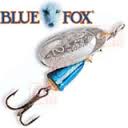 https://hooklineandsinker.ca/wp-content/uploads/2015/02/Blue-Fox-Logo.jpg
128
128
HLSAdmin
https://hooklineandsinker.ca/wp-content/uploads/2014/12/Steelheading-in-the-Snow-900-80-Not-Faded-Actual-1030x91.jpg
HLSAdmin2015-02-09 19:16:302017-05-20 18:41:06Blue Fox
https://hooklineandsinker.ca/wp-content/uploads/2015/02/Blue-Fox-Logo.jpg
128
128
HLSAdmin
https://hooklineandsinker.ca/wp-content/uploads/2014/12/Steelheading-in-the-Snow-900-80-Not-Faded-Actual-1030x91.jpg
HLSAdmin2015-02-09 19:16:302017-05-20 18:41:06Blue Fox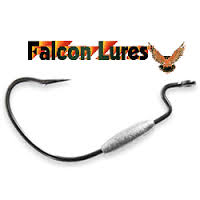 https://hooklineandsinker.ca/wp-content/uploads/2015/02/Falcon-Lures-Logo.jpg
200
200
HLSAdmin
https://hooklineandsinker.ca/wp-content/uploads/2014/12/Steelheading-in-the-Snow-900-80-Not-Faded-Actual-1030x91.jpg
HLSAdmin2015-02-09 16:44:012017-03-27 16:13:50Falcon Lures
https://hooklineandsinker.ca/wp-content/uploads/2015/02/Falcon-Lures-Logo.jpg
200
200
HLSAdmin
https://hooklineandsinker.ca/wp-content/uploads/2014/12/Steelheading-in-the-Snow-900-80-Not-Faded-Actual-1030x91.jpg
HLSAdmin2015-02-09 16:44:012017-03-27 16:13:50Falcon Lures https://hooklineandsinker.ca/wp-content/uploads/2015/02/Buckeye-Lures-Logo.jpg
120
120
HLSAdmin
https://hooklineandsinker.ca/wp-content/uploads/2014/12/Steelheading-in-the-Snow-900-80-Not-Faded-Actual-1030x91.jpg
HLSAdmin2015-02-09 17:05:382017-03-27 16:15:33Buckeye Lures
https://hooklineandsinker.ca/wp-content/uploads/2015/02/Buckeye-Lures-Logo.jpg
120
120
HLSAdmin
https://hooklineandsinker.ca/wp-content/uploads/2014/12/Steelheading-in-the-Snow-900-80-Not-Faded-Actual-1030x91.jpg
HLSAdmin2015-02-09 17:05:382017-03-27 16:15:33Buckeye Lures https://hooklineandsinker.ca/wp-content/uploads/2015/01/Mega-Strike-Fish-Attractant-Logo-B.jpg
225
225
HLSAdmin
https://hooklineandsinker.ca/wp-content/uploads/2014/12/Steelheading-in-the-Snow-900-80-Not-Faded-Actual-1030x91.jpg
HLSAdmin2015-01-25 14:55:372017-03-27 16:20:50MegaStrike Fish Attractants
https://hooklineandsinker.ca/wp-content/uploads/2015/01/Mega-Strike-Fish-Attractant-Logo-B.jpg
225
225
HLSAdmin
https://hooklineandsinker.ca/wp-content/uploads/2014/12/Steelheading-in-the-Snow-900-80-Not-Faded-Actual-1030x91.jpg
HLSAdmin2015-01-25 14:55:372017-03-27 16:20:50MegaStrike Fish Attractants https://hooklineandsinker.ca/wp-content/uploads/2015/02/River-2-Sea-logo.jpg
99
160
HLSAdmin
https://hooklineandsinker.ca/wp-content/uploads/2014/12/Steelheading-in-the-Snow-900-80-Not-Faded-Actual-1030x91.jpg
HLSAdmin2015-02-09 16:13:282017-03-27 16:22:56River 2 Sea
https://hooklineandsinker.ca/wp-content/uploads/2015/02/River-2-Sea-logo.jpg
99
160
HLSAdmin
https://hooklineandsinker.ca/wp-content/uploads/2014/12/Steelheading-in-the-Snow-900-80-Not-Faded-Actual-1030x91.jpg
HLSAdmin2015-02-09 16:13:282017-03-27 16:22:56River 2 Sea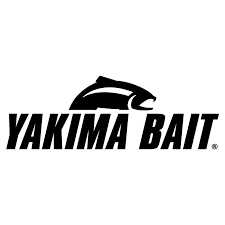 https://hooklineandsinker.ca/wp-content/uploads/2015/02/Yakima-Bait-Logo.png
225
225
HLSAdmin
https://hooklineandsinker.ca/wp-content/uploads/2014/12/Steelheading-in-the-Snow-900-80-Not-Faded-Actual-1030x91.jpg
HLSAdmin2015-02-09 15:52:082017-12-02 20:48:46Yakima Bait Company
https://hooklineandsinker.ca/wp-content/uploads/2015/02/Yakima-Bait-Logo.png
225
225
HLSAdmin
https://hooklineandsinker.ca/wp-content/uploads/2014/12/Steelheading-in-the-Snow-900-80-Not-Faded-Actual-1030x91.jpg
HLSAdmin2015-02-09 15:52:082017-12-02 20:48:46Yakima Bait Company https://hooklineandsinker.ca/wp-content/uploads/2015/02/Set-The-Hook-Logo.jpg
200
252
HLSAdmin
https://hooklineandsinker.ca/wp-content/uploads/2014/12/Steelheading-in-the-Snow-900-80-Not-Faded-Actual-1030x91.jpg
HLSAdmin2015-02-09 15:51:492017-03-27 16:28:02Set The Hook
https://hooklineandsinker.ca/wp-content/uploads/2015/02/Set-The-Hook-Logo.jpg
200
252
HLSAdmin
https://hooklineandsinker.ca/wp-content/uploads/2014/12/Steelheading-in-the-Snow-900-80-Not-Faded-Actual-1030x91.jpg
HLSAdmin2015-02-09 15:51:492017-03-27 16:28:02Set The Hook https://hooklineandsinker.ca/wp-content/uploads/2015/02/Rebel-Lures-Logo.jpg
208
242
HLSAdmin
https://hooklineandsinker.ca/wp-content/uploads/2014/12/Steelheading-in-the-Snow-900-80-Not-Faded-Actual-1030x91.jpg
HLSAdmin2015-02-09 15:29:332017-03-30 20:02:34Rebel Lures
https://hooklineandsinker.ca/wp-content/uploads/2015/02/Rebel-Lures-Logo.jpg
208
242
HLSAdmin
https://hooklineandsinker.ca/wp-content/uploads/2014/12/Steelheading-in-the-Snow-900-80-Not-Faded-Actual-1030x91.jpg
HLSAdmin2015-02-09 15:29:332017-03-30 20:02:34Rebel Lures https://hooklineandsinker.ca/wp-content/uploads/2015/02/Power-Team-Lures-Logo.jpg
182
277
HLSAdmin
https://hooklineandsinker.ca/wp-content/uploads/2014/12/Steelheading-in-the-Snow-900-80-Not-Faded-Actual-1030x91.jpg
HLSAdmin2015-02-09 15:14:492017-03-30 19:54:37PowerTeam Lure Company
https://hooklineandsinker.ca/wp-content/uploads/2015/02/Power-Team-Lures-Logo.jpg
182
277
HLSAdmin
https://hooklineandsinker.ca/wp-content/uploads/2014/12/Steelheading-in-the-Snow-900-80-Not-Faded-Actual-1030x91.jpg
HLSAdmin2015-02-09 15:14:492017-03-30 19:54:37PowerTeam Lure Company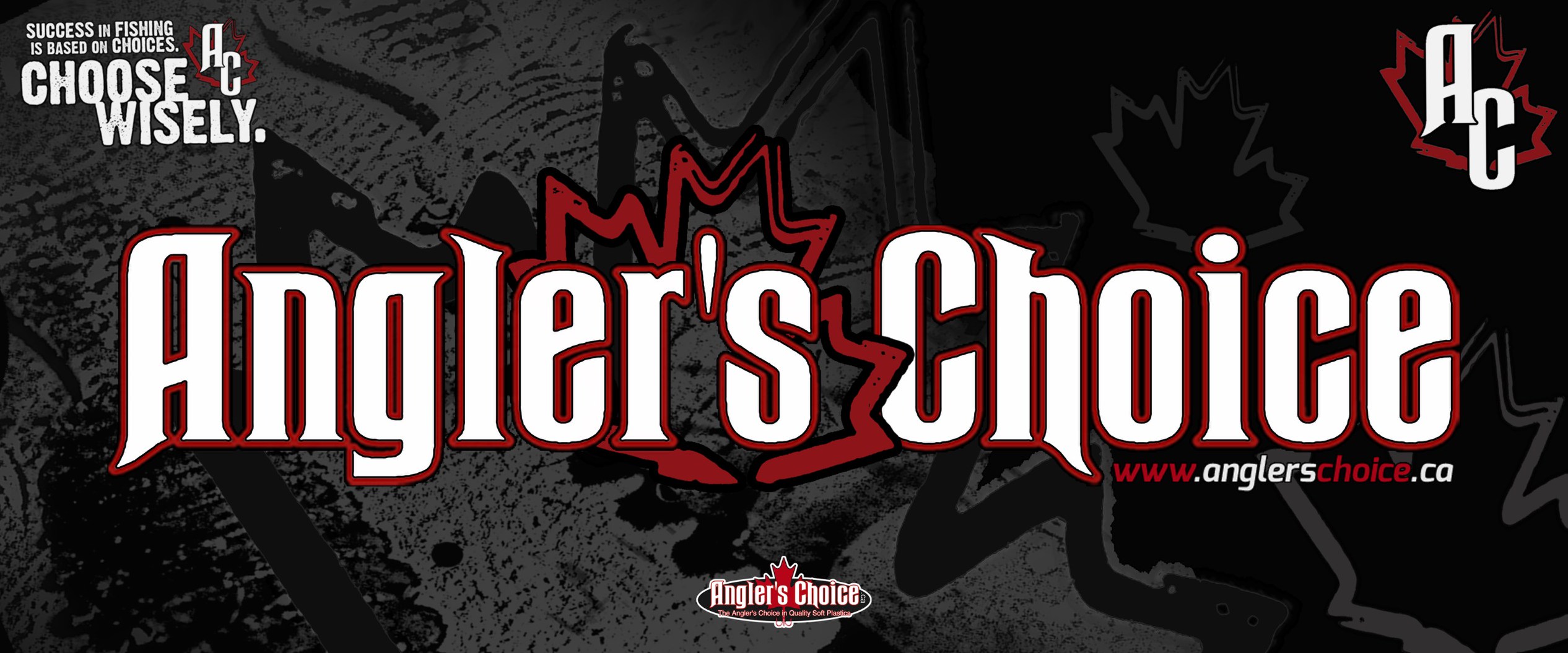 https://hooklineandsinker.ca/wp-content/uploads/2015/02/Anglers-Choice-logo-1.jpg
1055
2532
HLSAdmin
https://hooklineandsinker.ca/wp-content/uploads/2014/12/Steelheading-in-the-Snow-900-80-Not-Faded-Actual-1030x91.jpg
HLSAdmin2015-02-09 17:08:182021-02-07 21:24:16Angler’s Choice
https://hooklineandsinker.ca/wp-content/uploads/2015/02/Anglers-Choice-logo-1.jpg
1055
2532
HLSAdmin
https://hooklineandsinker.ca/wp-content/uploads/2014/12/Steelheading-in-the-Snow-900-80-Not-Faded-Actual-1030x91.jpg
HLSAdmin2015-02-09 17:08:182021-02-07 21:24:16Angler’s Choice https://hooklineandsinker.ca/wp-content/uploads/2015/02/ABT-Lure-Company.jpg
197
255
HLSAdmin
https://hooklineandsinker.ca/wp-content/uploads/2014/12/Steelheading-in-the-Snow-900-80-Not-Faded-Actual-1030x91.jpg
HLSAdmin2015-02-09 14:53:552015-03-13 23:03:37ABT Lure Company
https://hooklineandsinker.ca/wp-content/uploads/2015/02/ABT-Lure-Company.jpg
197
255
HLSAdmin
https://hooklineandsinker.ca/wp-content/uploads/2014/12/Steelheading-in-the-Snow-900-80-Not-Faded-Actual-1030x91.jpg
HLSAdmin2015-02-09 14:53:552015-03-13 23:03:37ABT Lure Company https://hooklineandsinker.ca/wp-content/uploads/2015/02/Luhr-Jensen-Logo.png
149
160
HLSAdmin
https://hooklineandsinker.ca/wp-content/uploads/2014/12/Steelheading-in-the-Snow-900-80-Not-Faded-Actual-1030x91.jpg
HLSAdmin2015-02-09 15:03:332016-01-30 20:41:11Luhr-Jensen Lure Company
https://hooklineandsinker.ca/wp-content/uploads/2015/02/Luhr-Jensen-Logo.png
149
160
HLSAdmin
https://hooklineandsinker.ca/wp-content/uploads/2014/12/Steelheading-in-the-Snow-900-80-Not-Faded-Actual-1030x91.jpg
HLSAdmin2015-02-09 15:03:332016-01-30 20:41:11Luhr-Jensen Lure Company https://hooklineandsinker.ca/wp-content/uploads/2015/02/Silver-Buddy-Lures-Logo.jpg
135
135
HLSAdmin
https://hooklineandsinker.ca/wp-content/uploads/2014/12/Steelheading-in-the-Snow-900-80-Not-Faded-Actual-1030x91.jpg
HLSAdmin2015-02-03 16:52:512015-02-09 22:46:15Silver Buddy Lure Company
https://hooklineandsinker.ca/wp-content/uploads/2015/02/Silver-Buddy-Lures-Logo.jpg
135
135
HLSAdmin
https://hooklineandsinker.ca/wp-content/uploads/2014/12/Steelheading-in-the-Snow-900-80-Not-Faded-Actual-1030x91.jpg
HLSAdmin2015-02-03 16:52:512015-02-09 22:46:15Silver Buddy Lure Company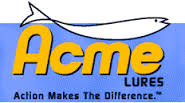 https://hooklineandsinker.ca/wp-content/uploads/2015/02/Acme-Tackle-Company-Logo.jpg
103
185
HLSAdmin
https://hooklineandsinker.ca/wp-content/uploads/2014/12/Steelheading-in-the-Snow-900-80-Not-Faded-Actual-1030x91.jpg
HLSAdmin2015-02-03 13:41:442016-04-17 22:25:48Acme Tackle Company
https://hooklineandsinker.ca/wp-content/uploads/2015/02/Acme-Tackle-Company-Logo.jpg
103
185
HLSAdmin
https://hooklineandsinker.ca/wp-content/uploads/2014/12/Steelheading-in-the-Snow-900-80-Not-Faded-Actual-1030x91.jpg
HLSAdmin2015-02-03 13:41:442016-04-17 22:25:48Acme Tackle Company https://hooklineandsinker.ca/wp-content/uploads/2015/02/Reaction-Innovations.jpg
176
240
HLSAdmin
https://hooklineandsinker.ca/wp-content/uploads/2014/12/Steelheading-in-the-Snow-900-80-Not-Faded-Actual-1030x91.jpg
HLSAdmin2015-02-09 16:26:372015-02-09 22:31:59Reaction Innovations
https://hooklineandsinker.ca/wp-content/uploads/2015/02/Reaction-Innovations.jpg
176
240
HLSAdmin
https://hooklineandsinker.ca/wp-content/uploads/2014/12/Steelheading-in-the-Snow-900-80-Not-Faded-Actual-1030x91.jpg
HLSAdmin2015-02-09 16:26:372015-02-09 22:31:59Reaction Innovations https://hooklineandsinker.ca/wp-content/uploads/2015/02/Yum-Fishing-Logo.jpg
119
128
HLSAdmin
https://hooklineandsinker.ca/wp-content/uploads/2014/12/Steelheading-in-the-Snow-900-80-Not-Faded-Actual-1030x91.jpg
HLSAdmin2015-02-09 23:10:592015-02-09 23:10:59Yum
https://hooklineandsinker.ca/wp-content/uploads/2015/02/Yum-Fishing-Logo.jpg
119
128
HLSAdmin
https://hooklineandsinker.ca/wp-content/uploads/2014/12/Steelheading-in-the-Snow-900-80-Not-Faded-Actual-1030x91.jpg
HLSAdmin2015-02-09 23:10:592015-02-09 23:10:59Yum https://hooklineandsinker.ca/wp-content/uploads/2015/01/Lunkerhunt-Lures-logo-1.jpg
225
225
HLSAdmin
https://hooklineandsinker.ca/wp-content/uploads/2014/12/Steelheading-in-the-Snow-900-80-Not-Faded-Actual-1030x91.jpg
HLSAdmin2015-01-16 20:24:402017-04-09 13:54:34Lunkerhunt Lures
https://hooklineandsinker.ca/wp-content/uploads/2015/01/Lunkerhunt-Lures-logo-1.jpg
225
225
HLSAdmin
https://hooklineandsinker.ca/wp-content/uploads/2014/12/Steelheading-in-the-Snow-900-80-Not-Faded-Actual-1030x91.jpg
HLSAdmin2015-01-16 20:24:402017-04-09 13:54:34Lunkerhunt Lures https://hooklineandsinker.ca/wp-content/uploads/2015/01/Spro-Lures-Logo.png
176
187
HLSAdmin
https://hooklineandsinker.ca/wp-content/uploads/2014/12/Steelheading-in-the-Snow-900-80-Not-Faded-Actual-1030x91.jpg
HLSAdmin2015-01-16 19:31:202016-08-13 22:08:46Spro Sports Professionals
https://hooklineandsinker.ca/wp-content/uploads/2015/01/Spro-Lures-Logo.png
176
187
HLSAdmin
https://hooklineandsinker.ca/wp-content/uploads/2014/12/Steelheading-in-the-Snow-900-80-Not-Faded-Actual-1030x91.jpg
HLSAdmin2015-01-16 19:31:202016-08-13 22:08:46Spro Sports Professionals https://hooklineandsinker.ca/wp-content/uploads/2014/12/Yo-Zuri-Logo.jpg
181
279
HLSAdmin
https://hooklineandsinker.ca/wp-content/uploads/2014/12/Steelheading-in-the-Snow-900-80-Not-Faded-Actual-1030x91.jpg
HLSAdmin2014-12-31 11:53:492021-02-13 20:43:52Yo-Zuri Fishing Lures & Accessories
https://hooklineandsinker.ca/wp-content/uploads/2014/12/Yo-Zuri-Logo.jpg
181
279
HLSAdmin
https://hooklineandsinker.ca/wp-content/uploads/2014/12/Steelheading-in-the-Snow-900-80-Not-Faded-Actual-1030x91.jpg
HLSAdmin2014-12-31 11:53:492021-02-13 20:43:52Yo-Zuri Fishing Lures & Accessories https://hooklineandsinker.ca/wp-content/uploads/2014/12/Savage-Gear-Logo.jpg
217
232
HLSAdmin
https://hooklineandsinker.ca/wp-content/uploads/2014/12/Steelheading-in-the-Snow-900-80-Not-Faded-Actual-1030x91.jpg
HLSAdmin2014-12-31 12:15:412017-04-16 22:40:57Savage Gear
https://hooklineandsinker.ca/wp-content/uploads/2014/12/Savage-Gear-Logo.jpg
217
232
HLSAdmin
https://hooklineandsinker.ca/wp-content/uploads/2014/12/Steelheading-in-the-Snow-900-80-Not-Faded-Actual-1030x91.jpg
HLSAdmin2014-12-31 12:15:412017-04-16 22:40:57Savage Gear https://hooklineandsinker.ca/wp-content/uploads/2014/12/Len-Thompson-Logo.jpg
76
228
HLSAdmin
https://hooklineandsinker.ca/wp-content/uploads/2014/12/Steelheading-in-the-Snow-900-80-Not-Faded-Actual-1030x91.jpg
HLSAdmin2014-12-31 11:34:392017-12-07 00:27:39Len Thompson
https://hooklineandsinker.ca/wp-content/uploads/2014/12/Len-Thompson-Logo.jpg
76
228
HLSAdmin
https://hooklineandsinker.ca/wp-content/uploads/2014/12/Steelheading-in-the-Snow-900-80-Not-Faded-Actual-1030x91.jpg
HLSAdmin2014-12-31 11:34:392017-12-07 00:27:39Len Thompson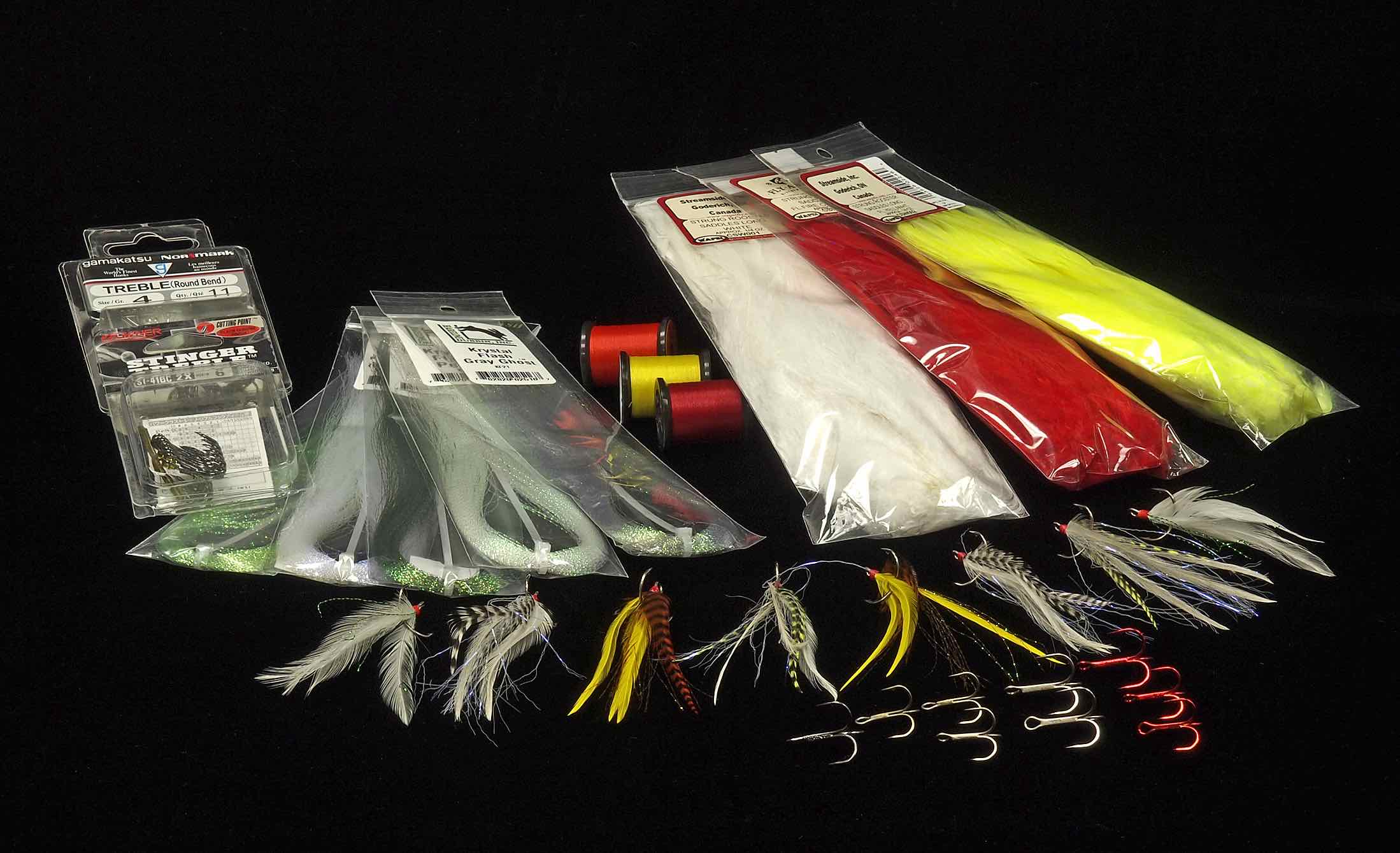 https://hooklineandsinker.ca/wp-content/uploads/2015/06/Custom-Feathered-Treble-Hooks-AA.jpg
1339
2198
HLSAdmin
https://hooklineandsinker.ca/wp-content/uploads/2014/12/Steelheading-in-the-Snow-900-80-Not-Faded-Actual-1030x91.jpg
HLSAdmin2015-06-18 22:51:202017-12-23 22:20:15Custom Feathering
https://hooklineandsinker.ca/wp-content/uploads/2015/06/Custom-Feathered-Treble-Hooks-AA.jpg
1339
2198
HLSAdmin
https://hooklineandsinker.ca/wp-content/uploads/2014/12/Steelheading-in-the-Snow-900-80-Not-Faded-Actual-1030x91.jpg
HLSAdmin2015-06-18 22:51:202017-12-23 22:20:15Custom Feathering https://hooklineandsinker.ca/wp-content/uploads/2014/12/Outlaw-Bait-Company.jpg
225
225
HLSAdmin
https://hooklineandsinker.ca/wp-content/uploads/2014/12/Steelheading-in-the-Snow-900-80-Not-Faded-Actual-1030x91.jpg
HLSAdmin2014-12-30 23:10:442016-10-22 22:26:13Outlaw Baits – Steelie Tube
https://hooklineandsinker.ca/wp-content/uploads/2014/12/Outlaw-Bait-Company.jpg
225
225
HLSAdmin
https://hooklineandsinker.ca/wp-content/uploads/2014/12/Steelheading-in-the-Snow-900-80-Not-Faded-Actual-1030x91.jpg
HLSAdmin2014-12-30 23:10:442016-10-22 22:26:13Outlaw Baits – Steelie Tube https://hooklineandsinker.ca/wp-content/uploads/2014/12/Panther-Martin-Harrison-Tackle-Company.png
94
306
Ray Collesso
https://hooklineandsinker.ca/wp-content/uploads/2014/12/Steelheading-in-the-Snow-900-80-Not-Faded-Actual-1030x91.jpg
Ray Collesso2014-12-25 12:46:502020-05-28 00:00:50Panther Martin – Harrison Tackle Company
https://hooklineandsinker.ca/wp-content/uploads/2014/12/Panther-Martin-Harrison-Tackle-Company.png
94
306
Ray Collesso
https://hooklineandsinker.ca/wp-content/uploads/2014/12/Steelheading-in-the-Snow-900-80-Not-Faded-Actual-1030x91.jpg
Ray Collesso2014-12-25 12:46:502020-05-28 00:00:50Panther Martin – Harrison Tackle Company https://hooklineandsinker.ca/wp-content/uploads/2014/11/Lucky-Craft-Lures-Logo.jpg
181
279
Ray Collesso
https://hooklineandsinker.ca/wp-content/uploads/2014/12/Steelheading-in-the-Snow-900-80-Not-Faded-Actual-1030x91.jpg
Ray Collesso2014-11-30 21:30:182017-04-22 10:08:40Lucky Craft Lure Company
https://hooklineandsinker.ca/wp-content/uploads/2014/11/Lucky-Craft-Lures-Logo.jpg
181
279
Ray Collesso
https://hooklineandsinker.ca/wp-content/uploads/2014/12/Steelheading-in-the-Snow-900-80-Not-Faded-Actual-1030x91.jpg
Ray Collesso2014-11-30 21:30:182017-04-22 10:08:40Lucky Craft Lure Company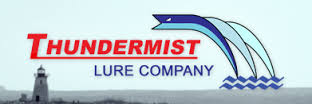 https://hooklineandsinker.ca/wp-content/uploads/2014/11/Thundermist-Lure-Company.jpg
104
312
Ray Collesso
https://hooklineandsinker.ca/wp-content/uploads/2014/12/Steelheading-in-the-Snow-900-80-Not-Faded-Actual-1030x91.jpg
Ray Collesso2014-11-30 20:16:302017-01-22 18:13:21Thundermist Lure Company
https://hooklineandsinker.ca/wp-content/uploads/2014/11/Thundermist-Lure-Company.jpg
104
312
Ray Collesso
https://hooklineandsinker.ca/wp-content/uploads/2014/12/Steelheading-in-the-Snow-900-80-Not-Faded-Actual-1030x91.jpg
Ray Collesso2014-11-30 20:16:302017-01-22 18:13:21Thundermist Lure Company https://hooklineandsinker.ca/wp-content/uploads/2014/11/Jackall-Lure-Company-Logo.jpg
225
225
Ray Collesso
https://hooklineandsinker.ca/wp-content/uploads/2014/12/Steelheading-in-the-Snow-900-80-Not-Faded-Actual-1030x91.jpg
Ray Collesso2014-11-26 17:32:542018-07-14 22:57:28Jackall Lures
https://hooklineandsinker.ca/wp-content/uploads/2014/11/Jackall-Lure-Company-Logo.jpg
225
225
Ray Collesso
https://hooklineandsinker.ca/wp-content/uploads/2014/12/Steelheading-in-the-Snow-900-80-Not-Faded-Actual-1030x91.jpg
Ray Collesso2014-11-26 17:32:542018-07-14 22:57:28Jackall Lures https://hooklineandsinker.ca/wp-content/uploads/2014/11/Live-Target-Lures.jpg
200
200
Ray Collesso
https://hooklineandsinker.ca/wp-content/uploads/2014/12/Steelheading-in-the-Snow-900-80-Not-Faded-Actual-1030x91.jpg
Ray Collesso2014-11-26 16:55:152017-12-13 15:56:58LIVETARGET Life-like Lures – Live Target
https://hooklineandsinker.ca/wp-content/uploads/2014/11/Live-Target-Lures.jpg
200
200
Ray Collesso
https://hooklineandsinker.ca/wp-content/uploads/2014/12/Steelheading-in-the-Snow-900-80-Not-Faded-Actual-1030x91.jpg
Ray Collesso2014-11-26 16:55:152017-12-13 15:56:58LIVETARGET Life-like Lures – Live Target https://hooklineandsinker.ca/wp-content/uploads/2014/11/Lucky-Bug-Lures.jpg
126
161
Ray Collesso
https://hooklineandsinker.ca/wp-content/uploads/2014/12/Steelheading-in-the-Snow-900-80-Not-Faded-Actual-1030x91.jpg
Ray Collesso2014-11-26 16:23:382016-07-15 17:14:25The Lucky Bug Lure Co. Ltd.
https://hooklineandsinker.ca/wp-content/uploads/2014/11/Lucky-Bug-Lures.jpg
126
161
Ray Collesso
https://hooklineandsinker.ca/wp-content/uploads/2014/12/Steelheading-in-the-Snow-900-80-Not-Faded-Actual-1030x91.jpg
Ray Collesso2014-11-26 16:23:382016-07-15 17:14:25The Lucky Bug Lure Co. Ltd. https://hooklineandsinker.ca/wp-content/uploads/2014/11/Smart-Fish-Logo.jpg
176
287
Ray Collesso
https://hooklineandsinker.ca/wp-content/uploads/2014/12/Steelheading-in-the-Snow-900-80-Not-Faded-Actual-1030x91.jpg
Ray Collesso2014-11-26 16:15:512017-01-16 16:44:45Smart Fish – Kamooki
https://hooklineandsinker.ca/wp-content/uploads/2014/11/Smart-Fish-Logo.jpg
176
287
Ray Collesso
https://hooklineandsinker.ca/wp-content/uploads/2014/12/Steelheading-in-the-Snow-900-80-Not-Faded-Actual-1030x91.jpg
Ray Collesso2014-11-26 16:15:512017-01-16 16:44:45Smart Fish – Kamooki https://hooklineandsinker.ca/wp-content/uploads/2014/11/logo-setthehook_400x.png
206
300
Ray Collesso
https://hooklineandsinker.ca/wp-content/uploads/2014/12/Steelheading-in-the-Snow-900-80-Not-Faded-Actual-1030x91.jpg
Ray Collesso2014-11-24 21:01:462020-01-01 11:36:08American Baitworks – STH – Set The Hook Bait Company
https://hooklineandsinker.ca/wp-content/uploads/2014/11/logo-setthehook_400x.png
206
300
Ray Collesso
https://hooklineandsinker.ca/wp-content/uploads/2014/12/Steelheading-in-the-Snow-900-80-Not-Faded-Actual-1030x91.jpg
Ray Collesso2014-11-24 21:01:462020-01-01 11:36:08American Baitworks – STH – Set The Hook Bait Company https://hooklineandsinker.ca/wp-content/uploads/2014/11/Vok-Fishing-Logo.jpg
196
258
Ray Collesso
https://hooklineandsinker.ca/wp-content/uploads/2014/12/Steelheading-in-the-Snow-900-80-Not-Faded-Actual-1030x91.jpg
Ray Collesso2014-11-24 20:42:322017-12-07 20:10:47Vok Fishing
https://hooklineandsinker.ca/wp-content/uploads/2014/11/Vok-Fishing-Logo.jpg
196
258
Ray Collesso
https://hooklineandsinker.ca/wp-content/uploads/2014/12/Steelheading-in-the-Snow-900-80-Not-Faded-Actual-1030x91.jpg
Ray Collesso2014-11-24 20:42:322017-12-07 20:10:47Vok Fishing https://hooklineandsinker.ca/wp-content/uploads/2014/11/Ultra-Tungsten-Logo.jpg
193
261
Ray Collesso
https://hooklineandsinker.ca/wp-content/uploads/2014/12/Steelheading-in-the-Snow-900-80-Not-Faded-Actual-1030x91.jpg
Ray Collesso2014-11-24 20:36:192017-03-11 19:47:04Ultra Tungsten
https://hooklineandsinker.ca/wp-content/uploads/2014/11/Ultra-Tungsten-Logo.jpg
193
261
Ray Collesso
https://hooklineandsinker.ca/wp-content/uploads/2014/12/Steelheading-in-the-Snow-900-80-Not-Faded-Actual-1030x91.jpg
Ray Collesso2014-11-24 20:36:192017-03-11 19:47:04Ultra Tungsten https://hooklineandsinker.ca/wp-content/uploads/2014/11/Phenix-Tournament-Tackle.jpg
98
184
Ray Collesso
https://hooklineandsinker.ca/wp-content/uploads/2014/12/Steelheading-in-the-Snow-900-80-Not-Faded-Actual-1030x91.jpg
Ray Collesso2014-11-24 20:25:582018-08-22 00:06:56Phenix Tournament Tackle
https://hooklineandsinker.ca/wp-content/uploads/2014/11/Phenix-Tournament-Tackle.jpg
98
184
Ray Collesso
https://hooklineandsinker.ca/wp-content/uploads/2014/12/Steelheading-in-the-Snow-900-80-Not-Faded-Actual-1030x91.jpg
Ray Collesso2014-11-24 20:25:582018-08-22 00:06:56Phenix Tournament Tackle https://hooklineandsinker.ca/wp-content/uploads/2014/01/P-line-fishing-Logo.png
225
225
Ray Collesso
https://hooklineandsinker.ca/wp-content/uploads/2014/12/Steelheading-in-the-Snow-900-80-Not-Faded-Actual-1030x91.jpg
Ray Collesso2014-01-16 04:35:342019-01-01 19:12:45P-Line – G. Pucci & Sons, Inc.
https://hooklineandsinker.ca/wp-content/uploads/2014/01/P-line-fishing-Logo.png
225
225
Ray Collesso
https://hooklineandsinker.ca/wp-content/uploads/2014/12/Steelheading-in-the-Snow-900-80-Not-Faded-Actual-1030x91.jpg
Ray Collesso2014-01-16 04:35:342019-01-01 19:12:45P-Line – G. Pucci & Sons, Inc. https://hooklineandsinker.ca/wp-content/uploads/2014/11/CL-Fishin123transparent1.png
90
220
Ray Collesso
https://hooklineandsinker.ca/wp-content/uploads/2014/12/Steelheading-in-the-Snow-900-80-Not-Faded-Actual-1030x91.jpg
Ray Collesso2014-11-24 20:18:022015-02-09 22:50:21CL Fishing Lures
https://hooklineandsinker.ca/wp-content/uploads/2014/11/CL-Fishin123transparent1.png
90
220
Ray Collesso
https://hooklineandsinker.ca/wp-content/uploads/2014/12/Steelheading-in-the-Snow-900-80-Not-Faded-Actual-1030x91.jpg
Ray Collesso2014-11-24 20:18:022015-02-09 22:50:21CL Fishing Lures https://hooklineandsinker.ca/wp-content/uploads/2014/10/Daiwa-LogoB.jpg
170
296
Ray Collesso
https://hooklineandsinker.ca/wp-content/uploads/2014/12/Steelheading-in-the-Snow-900-80-Not-Faded-Actual-1030x91.jpg
Ray Collesso2014-10-14 19:08:012019-06-08 22:49:40Daiwa Fishing Rods, Reels, Lures & Lines
https://hooklineandsinker.ca/wp-content/uploads/2014/10/Daiwa-LogoB.jpg
170
296
Ray Collesso
https://hooklineandsinker.ca/wp-content/uploads/2014/12/Steelheading-in-the-Snow-900-80-Not-Faded-Actual-1030x91.jpg
Ray Collesso2014-10-14 19:08:012019-06-08 22:49:40Daiwa Fishing Rods, Reels, Lures & Lines https://hooklineandsinker.ca/wp-content/uploads/2014/10/Rapala-Fishing-Logo.jpg
225
225
Ray Collesso
https://hooklineandsinker.ca/wp-content/uploads/2014/12/Steelheading-in-the-Snow-900-80-Not-Faded-Actual-1030x91.jpg
Ray Collesso2014-10-14 19:30:282017-01-26 20:27:00Rapala Fishing Rods, Reels, Lines & Lures
https://hooklineandsinker.ca/wp-content/uploads/2014/10/Rapala-Fishing-Logo.jpg
225
225
Ray Collesso
https://hooklineandsinker.ca/wp-content/uploads/2014/12/Steelheading-in-the-Snow-900-80-Not-Faded-Actual-1030x91.jpg
Ray Collesso2014-10-14 19:30:282017-01-26 20:27:00Rapala Fishing Rods, Reels, Lines & Lures https://hooklineandsinker.ca/wp-content/uploads/2014/11/Storm-Fishing-Products.jpg
191
240
Ray Collesso
https://hooklineandsinker.ca/wp-content/uploads/2014/12/Steelheading-in-the-Snow-900-80-Not-Faded-Actual-1030x91.jpg
Ray Collesso2014-11-24 15:21:012017-03-18 21:20:00Storm Lures
https://hooklineandsinker.ca/wp-content/uploads/2014/11/Storm-Fishing-Products.jpg
191
240
Ray Collesso
https://hooklineandsinker.ca/wp-content/uploads/2014/12/Steelheading-in-the-Snow-900-80-Not-Faded-Actual-1030x91.jpg
Ray Collesso2014-11-24 15:21:012017-03-18 21:20:00Storm Lures https://hooklineandsinker.ca/wp-content/uploads/2014/12/Megabass-Lures.jpg
160
160
Ray Collesso
https://hooklineandsinker.ca/wp-content/uploads/2014/12/Steelheading-in-the-Snow-900-80-Not-Faded-Actual-1030x91.jpg
Ray Collesso2014-12-21 13:46:572018-08-22 19:45:31Megabass of America
https://hooklineandsinker.ca/wp-content/uploads/2014/12/Megabass-Lures.jpg
160
160
Ray Collesso
https://hooklineandsinker.ca/wp-content/uploads/2014/12/Steelheading-in-the-Snow-900-80-Not-Faded-Actual-1030x91.jpg
Ray Collesso2014-12-21 13:46:572018-08-22 19:45:31Megabass of America https://hooklineandsinker.ca/wp-content/uploads/2015/02/Berkley-Fishing-Logo.jpg
191
240
HLSAdmin
https://hooklineandsinker.ca/wp-content/uploads/2014/12/Steelheading-in-the-Snow-900-80-Not-Faded-Actual-1030x91.jpg
HLSAdmin2015-02-12 16:52:452017-02-12 19:42:25Berkley Fishing – Rods, Reels, Lures, Soft Plastics, Monofilaments, Fluorocarbons, Tapered Leaders and Tippets
https://hooklineandsinker.ca/wp-content/uploads/2015/02/Berkley-Fishing-Logo.jpg
191
240
HLSAdmin
https://hooklineandsinker.ca/wp-content/uploads/2014/12/Steelheading-in-the-Snow-900-80-Not-Faded-Actual-1030x91.jpg
HLSAdmin2015-02-12 16:52:452017-02-12 19:42:25Berkley Fishing – Rods, Reels, Lures, Soft Plastics, Monofilaments, Fluorocarbons, Tapered Leaders and Tippets https://hooklineandsinker.ca/wp-content/uploads/2014/01/Lucky-Strike-Landing-Nets.jpg
78
148
Ray Collesso
https://hooklineandsinker.ca/wp-content/uploads/2014/12/Steelheading-in-the-Snow-900-80-Not-Faded-Actual-1030x91.jpg
Ray Collesso2014-01-13 00:10:202018-04-15 15:54:55Lucky Strike
https://hooklineandsinker.ca/wp-content/uploads/2014/01/Lucky-Strike-Landing-Nets.jpg
78
148
Ray Collesso
https://hooklineandsinker.ca/wp-content/uploads/2014/12/Steelheading-in-the-Snow-900-80-Not-Faded-Actual-1030x91.jpg
Ray Collesso2014-01-13 00:10:202018-04-15 15:54:55Lucky Strike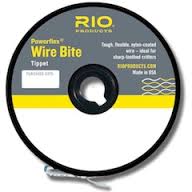 https://hooklineandsinker.ca/wp-content/uploads/2015/01/RIO-Powerflex-Wire-Bite.jpg
192
192
HLSAdmin
https://hooklineandsinker.ca/wp-content/uploads/2014/12/Steelheading-in-the-Snow-900-80-Not-Faded-Actual-1030x91.jpg
HLSAdmin2015-01-16 13:05:342021-05-23 20:18:57RIO Powerflex Wire Bite Tippet Material
https://hooklineandsinker.ca/wp-content/uploads/2015/01/RIO-Powerflex-Wire-Bite.jpg
192
192
HLSAdmin
https://hooklineandsinker.ca/wp-content/uploads/2014/12/Steelheading-in-the-Snow-900-80-Not-Faded-Actual-1030x91.jpg
HLSAdmin2015-01-16 13:05:342021-05-23 20:18:57RIO Powerflex Wire Bite Tippet Material https://hooklineandsinker.ca/wp-content/uploads/2014/01/Tyger-Leader-Bite-Proof-Tippet.jpg
160
160
Ray Collesso
https://hooklineandsinker.ca/wp-content/uploads/2014/12/Steelheading-in-the-Snow-900-80-Not-Faded-Actual-1030x91.jpg
Ray Collesso2014-01-16 04:44:292015-01-16 13:06:31Tyger Leader Bite Proof Tippet / Leader Material
https://hooklineandsinker.ca/wp-content/uploads/2014/01/Tyger-Leader-Bite-Proof-Tippet.jpg
160
160
Ray Collesso
https://hooklineandsinker.ca/wp-content/uploads/2014/12/Steelheading-in-the-Snow-900-80-Not-Faded-Actual-1030x91.jpg
Ray Collesso2014-01-16 04:44:292015-01-16 13:06:31Tyger Leader Bite Proof Tippet / Leader Material https://hooklineandsinker.ca/wp-content/uploads/2014/01/Knot-2-Kinky.jpg
136
268
Ray Collesso
https://hooklineandsinker.ca/wp-content/uploads/2014/12/Steelheading-in-the-Snow-900-80-Not-Faded-Actual-1030x91.jpg
Ray Collesso2014-01-16 04:48:562015-01-16 13:25:14Knot 2 Kinky Bite Proof Tippet / Leader Material – Aquateko
https://hooklineandsinker.ca/wp-content/uploads/2014/01/Knot-2-Kinky.jpg
136
268
Ray Collesso
https://hooklineandsinker.ca/wp-content/uploads/2014/12/Steelheading-in-the-Snow-900-80-Not-Faded-Actual-1030x91.jpg
Ray Collesso2014-01-16 04:48:562015-01-16 13:25:14Knot 2 Kinky Bite Proof Tippet / Leader Material – Aquateko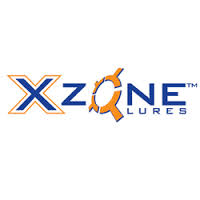 https://hooklineandsinker.ca/wp-content/uploads/2015/02/X-Zone-Lure-Company-Logo.jpg
200
200
HLSAdmin
https://hooklineandsinker.ca/wp-content/uploads/2014/12/Steelheading-in-the-Snow-900-80-Not-Faded-Actual-1030x91.jpg
HLSAdmin2015-02-07 13:08:132016-07-28 19:03:51X Zone Lures – NEW for 2016!
https://hooklineandsinker.ca/wp-content/uploads/2015/02/X-Zone-Lure-Company-Logo.jpg
200
200
HLSAdmin
https://hooklineandsinker.ca/wp-content/uploads/2014/12/Steelheading-in-the-Snow-900-80-Not-Faded-Actual-1030x91.jpg
HLSAdmin2015-02-07 13:08:132016-07-28 19:03:51X Zone Lures – NEW for 2016! https://hooklineandsinker.ca/wp-content/uploads/2016/04/Johnson-Fishing-Logo-Image.jpg
225
225
HLSAdmin
https://hooklineandsinker.ca/wp-content/uploads/2014/12/Steelheading-in-the-Snow-900-80-Not-Faded-Actual-1030x91.jpg
HLSAdmin2016-04-18 19:50:332016-04-21 18:58:12Johnson Hard & Soft Baits
https://hooklineandsinker.ca/wp-content/uploads/2016/04/Johnson-Fishing-Logo-Image.jpg
225
225
HLSAdmin
https://hooklineandsinker.ca/wp-content/uploads/2014/12/Steelheading-in-the-Snow-900-80-Not-Faded-Actual-1030x91.jpg
HLSAdmin2016-04-18 19:50:332016-04-21 18:58:12Johnson Hard & Soft Baits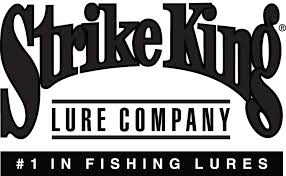 https://hooklineandsinker.ca/wp-content/uploads/2015/02/Strike-King-Sunglasses.jpg
176
286
HLSAdmin
https://hooklineandsinker.ca/wp-content/uploads/2014/12/Steelheading-in-the-Snow-900-80-Not-Faded-Actual-1030x91.jpg
HLSAdmin2015-02-03 17:03:412016-04-18 20:04:40Strike King Lure Company
https://hooklineandsinker.ca/wp-content/uploads/2015/02/Strike-King-Sunglasses.jpg
176
286
HLSAdmin
https://hooklineandsinker.ca/wp-content/uploads/2014/12/Steelheading-in-the-Snow-900-80-Not-Faded-Actual-1030x91.jpg
HLSAdmin2015-02-03 17:03:412016-04-18 20:04:40Strike King Lure Company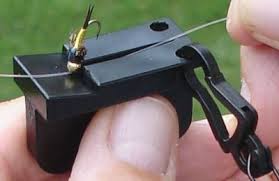 https://hooklineandsinker.ca/wp-content/uploads/2014/01/20-20-tippet-threader-tight-line-enterprises.jpg
181
279
Ray Collesso
https://hooklineandsinker.ca/wp-content/uploads/2014/12/Steelheading-in-the-Snow-900-80-Not-Faded-Actual-1030x91.jpg
Ray Collesso2014-01-14 02:03:062016-12-22 20:49:0920/20 Magnetic Tippet Threader – Tight Line Enterprises
https://hooklineandsinker.ca/wp-content/uploads/2014/01/20-20-tippet-threader-tight-line-enterprises.jpg
181
279
Ray Collesso
https://hooklineandsinker.ca/wp-content/uploads/2014/12/Steelheading-in-the-Snow-900-80-Not-Faded-Actual-1030x91.jpg
Ray Collesso2014-01-14 02:03:062016-12-22 20:49:0920/20 Magnetic Tippet Threader – Tight Line Enterprises https://hooklineandsinker.ca/wp-content/uploads/2015/02/DrJuiceWordLogoGlow-1.png
2000
4000
HLSAdmin
https://hooklineandsinker.ca/wp-content/uploads/2014/12/Steelheading-in-the-Snow-900-80-Not-Faded-Actual-1030x91.jpg
HLSAdmin2015-02-09 19:24:282016-12-31 21:40:01Dr. Juice Fish Attractants / Fish Attractants
https://hooklineandsinker.ca/wp-content/uploads/2015/02/DrJuiceWordLogoGlow-1.png
2000
4000
HLSAdmin
https://hooklineandsinker.ca/wp-content/uploads/2014/12/Steelheading-in-the-Snow-900-80-Not-Faded-Actual-1030x91.jpg
HLSAdmin2015-02-09 19:24:282016-12-31 21:40:01Dr. Juice Fish Attractants / Fish Attractants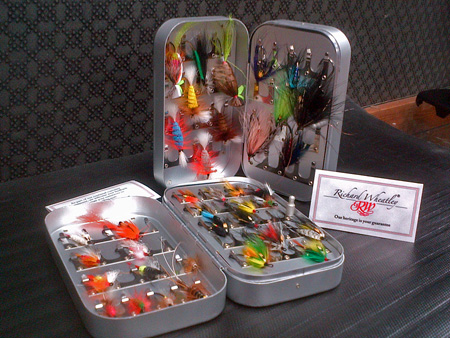 https://hooklineandsinker.ca/wp-content/uploads/2013/12/Richard-WheatleyFly-Box-Atlantic-Salmon-Flies.jpg
338
450
Ray Collesso
https://hooklineandsinker.ca/wp-content/uploads/2014/12/Steelheading-in-the-Snow-900-80-Not-Faded-Actual-1030x91.jpg
Ray Collesso2013-12-31 00:00:162019-07-24 21:42:37Atlantic Salmon Wet & Dry Fly Patterns
https://hooklineandsinker.ca/wp-content/uploads/2013/12/Richard-WheatleyFly-Box-Atlantic-Salmon-Flies.jpg
338
450
Ray Collesso
https://hooklineandsinker.ca/wp-content/uploads/2014/12/Steelheading-in-the-Snow-900-80-Not-Faded-Actual-1030x91.jpg
Ray Collesso2013-12-31 00:00:162019-07-24 21:42:37Atlantic Salmon Wet & Dry Fly PatternsServices
 https://hooklineandsinker.ca/wp-content/uploads/2023/03/IMG_0479-scaled.jpg
1749
2560
HLSAdmin
https://hooklineandsinker.ca/wp-content/uploads/2014/12/Steelheading-in-the-Snow-900-80-Not-Faded-Actual-1030x91.jpg
HLSAdmin2023-03-20 12:58:332023-03-20 16:51:51Retirement Announcement
https://hooklineandsinker.ca/wp-content/uploads/2023/03/IMG_0479-scaled.jpg
1749
2560
HLSAdmin
https://hooklineandsinker.ca/wp-content/uploads/2014/12/Steelheading-in-the-Snow-900-80-Not-Faded-Actual-1030x91.jpg
HLSAdmin2023-03-20 12:58:332023-03-20 16:51:51Retirement Announcement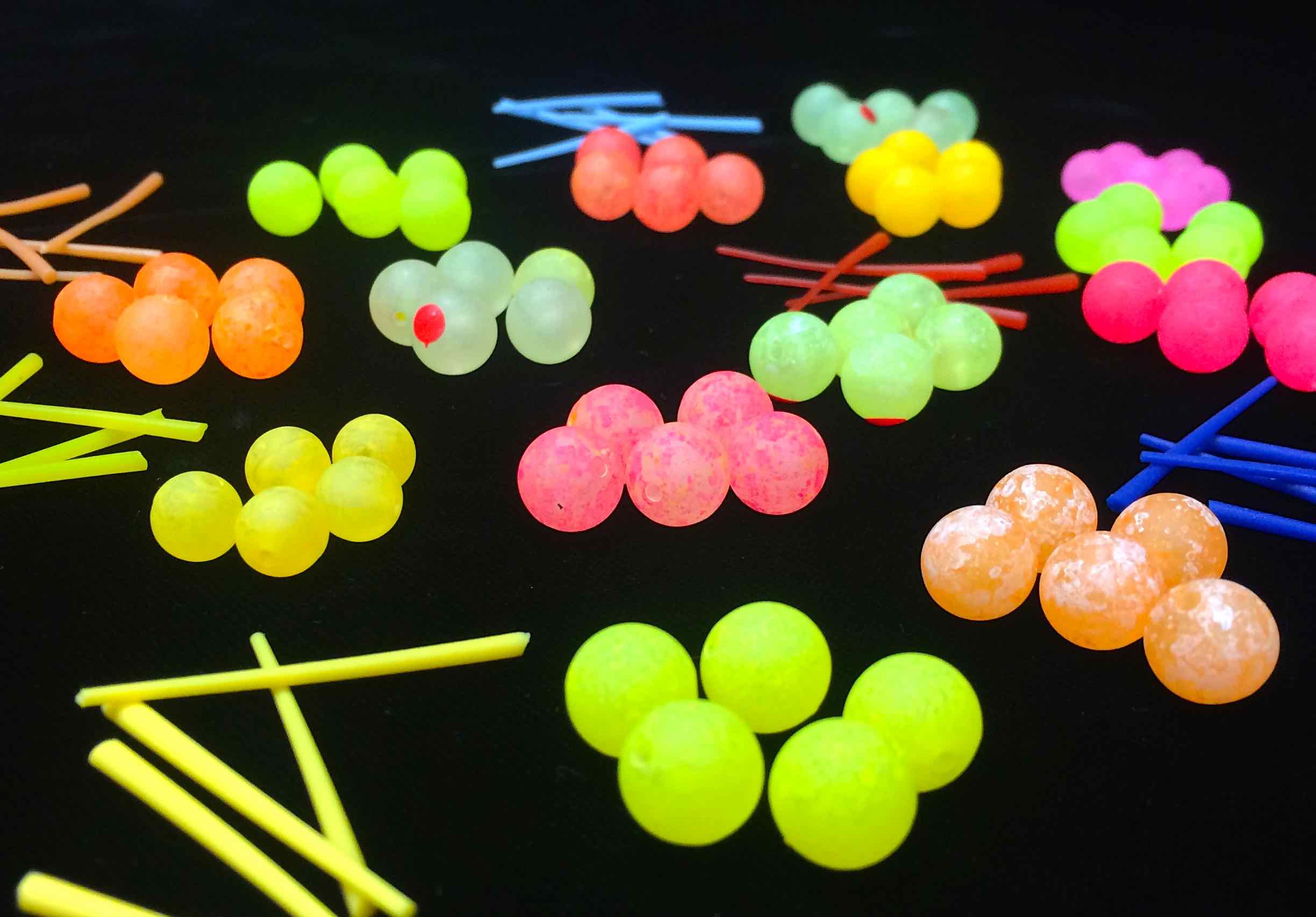 https://hooklineandsinker.ca/wp-content/uploads/2015/07/HLS-Custom-UV-Beads-and-HLS-Bead-Pegs-AA.jpg
1706
2448
Ray Collesso
https://hooklineandsinker.ca/wp-content/uploads/2014/12/Steelheading-in-the-Snow-900-80-Not-Faded-Actual-1030x91.jpg
Ray Collesso2014-11-24 16:01:142018-06-03 13:06:57HLS Custom UV Ultra Violet Steelhead Beads
https://hooklineandsinker.ca/wp-content/uploads/2015/07/HLS-Custom-UV-Beads-and-HLS-Bead-Pegs-AA.jpg
1706
2448
Ray Collesso
https://hooklineandsinker.ca/wp-content/uploads/2014/12/Steelheading-in-the-Snow-900-80-Not-Faded-Actual-1030x91.jpg
Ray Collesso2014-11-24 16:01:142018-06-03 13:06:57HLS Custom UV Ultra Violet Steelhead Beads https://hooklineandsinker.ca/wp-content/uploads/2014/10/Custom-HLS-Acrylic-Reel-Seat-Butt-Cap-and-Islander-Handle-Conversion-Replacement-A.jpg
270
360
Ray Collesso
https://hooklineandsinker.ca/wp-content/uploads/2014/12/Steelheading-in-the-Snow-900-80-Not-Faded-Actual-1030x91.jpg
Ray Collesso2014-10-15 22:24:142017-02-12 18:43:27Custom Reel Seats for Rod Building
https://hooklineandsinker.ca/wp-content/uploads/2014/10/Custom-HLS-Acrylic-Reel-Seat-Butt-Cap-and-Islander-Handle-Conversion-Replacement-A.jpg
270
360
Ray Collesso
https://hooklineandsinker.ca/wp-content/uploads/2014/12/Steelheading-in-the-Snow-900-80-Not-Faded-Actual-1030x91.jpg
Ray Collesso2014-10-15 22:24:142017-02-12 18:43:27Custom Reel Seats for Rod Building https://hooklineandsinker.ca/wp-content/uploads/2014/01/Custom-IMX-ST1562-cw-Jungle-Cock-Inlays-Resized-for-Web.jpg
2448
2448
Ray Collesso
https://hooklineandsinker.ca/wp-content/uploads/2014/12/Steelheading-in-the-Snow-900-80-Not-Faded-Actual-1030x91.jpg
Ray Collesso2014-01-08 11:51:302017-01-16 22:57:27Custom Rod Building, Rod Building Components and Custom Rod Parts
https://hooklineandsinker.ca/wp-content/uploads/2014/01/Custom-IMX-ST1562-cw-Jungle-Cock-Inlays-Resized-for-Web.jpg
2448
2448
Ray Collesso
https://hooklineandsinker.ca/wp-content/uploads/2014/12/Steelheading-in-the-Snow-900-80-Not-Faded-Actual-1030x91.jpg
Ray Collesso2014-01-08 11:51:302017-01-16 22:57:27Custom Rod Building, Rod Building Components and Custom Rod Parts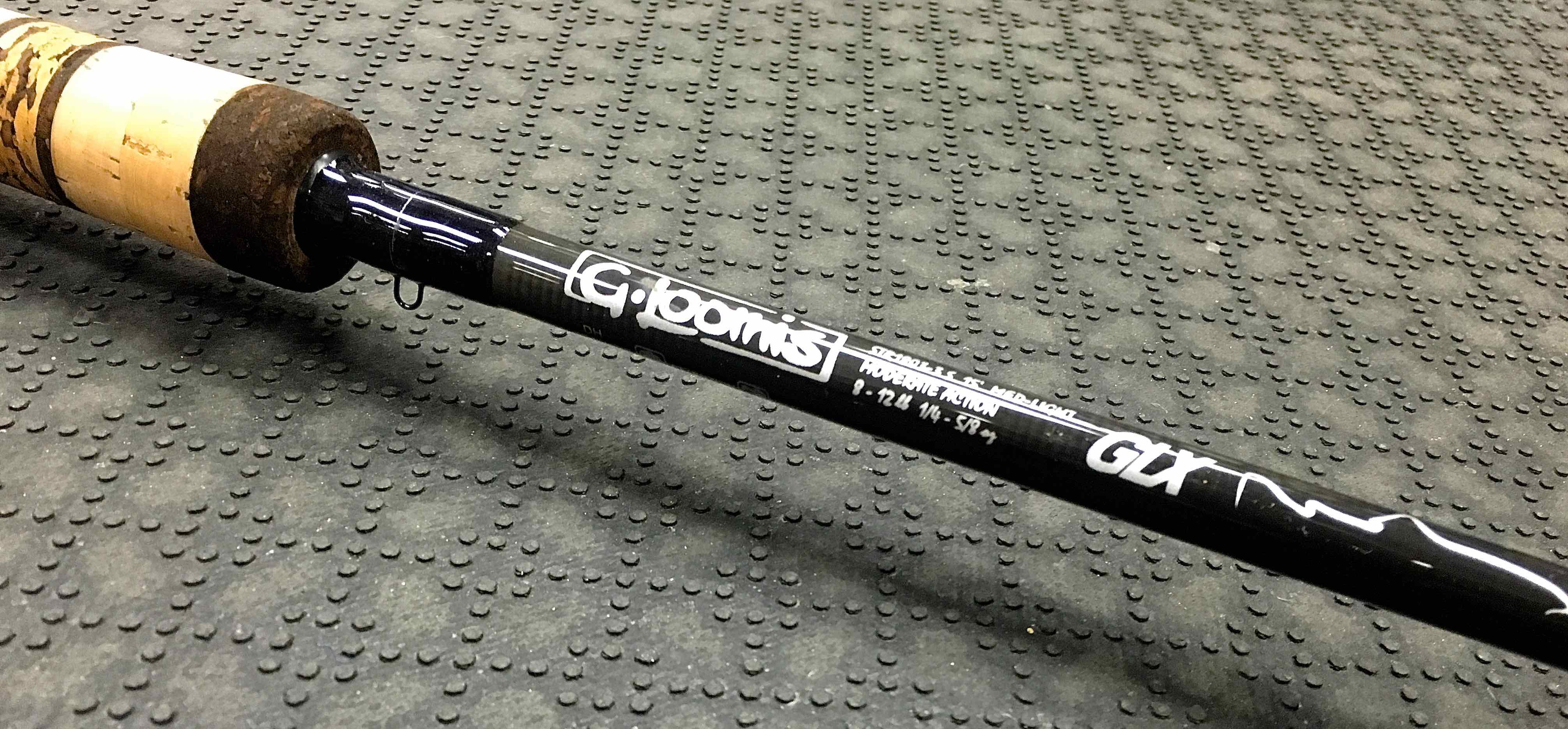 https://hooklineandsinker.ca/wp-content/uploads/2016/08/GLX-Strip-and-Rebuild-Cork-Handle-with-Custom-Reel-Seat-and-Hook-Keeper-CCC.jpg
1871
4026
HLSAdmin
https://hooklineandsinker.ca/wp-content/uploads/2014/12/Steelheading-in-the-Snow-900-80-Not-Faded-Actual-1030x91.jpg
HLSAdmin2016-08-17 22:43:022018-08-06 14:52:52G. Loomis GLX & IMX Centerpin Float Rod Handle Conversion
https://hooklineandsinker.ca/wp-content/uploads/2016/08/GLX-Strip-and-Rebuild-Cork-Handle-with-Custom-Reel-Seat-and-Hook-Keeper-CCC.jpg
1871
4026
HLSAdmin
https://hooklineandsinker.ca/wp-content/uploads/2014/12/Steelheading-in-the-Snow-900-80-Not-Faded-Actual-1030x91.jpg
HLSAdmin2016-08-17 22:43:022018-08-06 14:52:52G. Loomis GLX & IMX Centerpin Float Rod Handle Conversion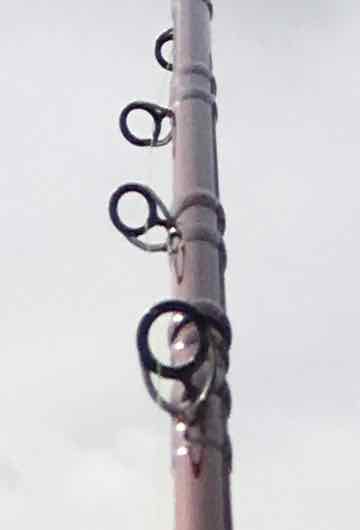 https://hooklineandsinker.ca/wp-content/uploads/2017/03/Sage-Method-6119-4X22-BBBB.jpg
530
360
HLSAdmin
https://hooklineandsinker.ca/wp-content/uploads/2014/12/Steelheading-in-the-Snow-900-80-Not-Faded-Actual-1030x91.jpg
HLSAdmin2017-03-05 00:01:112019-08-25 19:45:22Custom Acid Rod or Spiral Wrap Guides on Longer Baitcast Rods for Steelheading
https://hooklineandsinker.ca/wp-content/uploads/2017/03/Sage-Method-6119-4X22-BBBB.jpg
530
360
HLSAdmin
https://hooklineandsinker.ca/wp-content/uploads/2014/12/Steelheading-in-the-Snow-900-80-Not-Faded-Actual-1030x91.jpg
HLSAdmin2017-03-05 00:01:112019-08-25 19:45:22Custom Acid Rod or Spiral Wrap Guides on Longer Baitcast Rods for Steelheading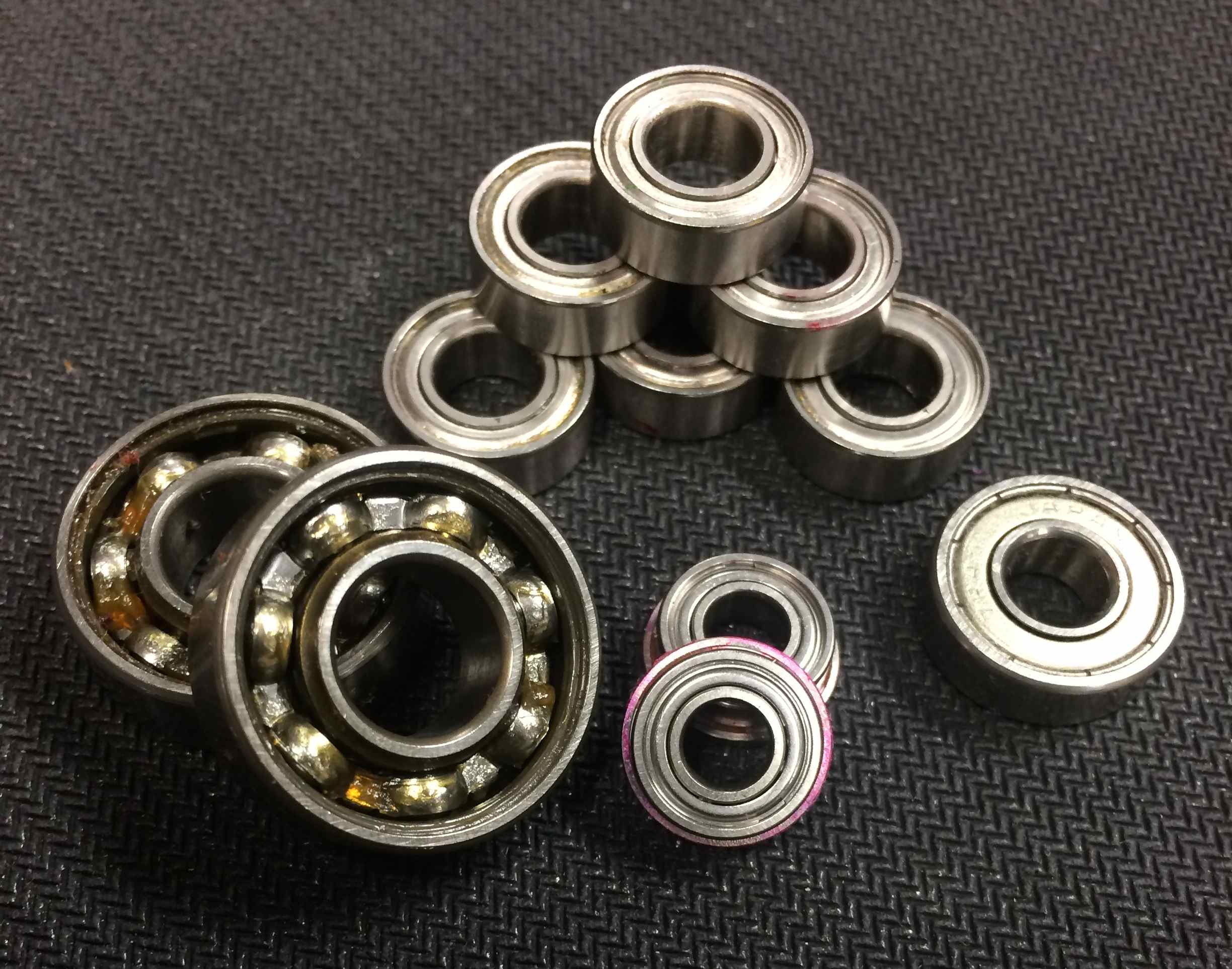 https://hooklineandsinker.ca/wp-content/uploads/2014/10/Float-Centerpin-Reel-Bearings-B-Resized.jpg
1925
2448
Ray Collesso
https://hooklineandsinker.ca/wp-content/uploads/2014/12/Steelheading-in-the-Snow-900-80-Not-Faded-Actual-1030x91.jpg
Ray Collesso2014-10-21 22:58:282019-05-06 20:35:45Centerpin Float Reel & Fly Reel Bearing Replacement
https://hooklineandsinker.ca/wp-content/uploads/2014/10/Float-Centerpin-Reel-Bearings-B-Resized.jpg
1925
2448
Ray Collesso
https://hooklineandsinker.ca/wp-content/uploads/2014/12/Steelheading-in-the-Snow-900-80-Not-Faded-Actual-1030x91.jpg
Ray Collesso2014-10-21 22:58:282019-05-06 20:35:45Centerpin Float Reel & Fly Reel Bearing Replacement https://hooklineandsinker.ca/wp-content/uploads/2015/01/streamrunner3.jpg
333
500
HLSAdmin
https://hooklineandsinker.ca/wp-content/uploads/2014/12/Steelheading-in-the-Snow-900-80-Not-Faded-Actual-1030x91.jpg
HLSAdmin2015-01-08 19:04:342017-01-16 23:14:11Centerpin Float Reel Repairs
https://hooklineandsinker.ca/wp-content/uploads/2015/01/streamrunner3.jpg
333
500
HLSAdmin
https://hooklineandsinker.ca/wp-content/uploads/2014/12/Steelheading-in-the-Snow-900-80-Not-Faded-Actual-1030x91.jpg
HLSAdmin2015-01-08 19:04:342017-01-16 23:14:11Centerpin Float Reel Repairs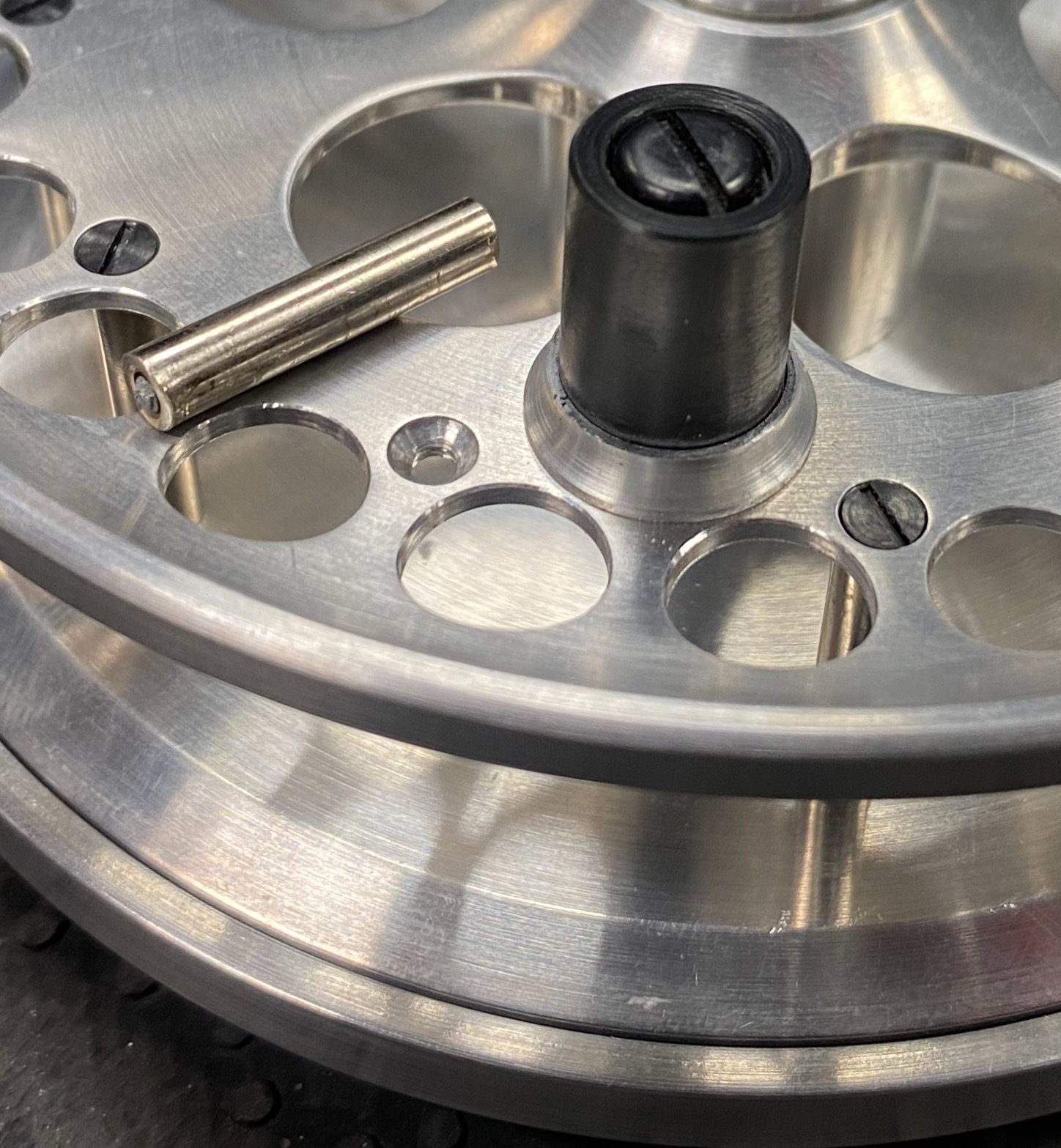 https://hooklineandsinker.ca/wp-content/uploads/2020/01/Stanton-Silver-Centerpin-Float-Reel-Broken-Spoke-AA.jpeg
1567
1448
HLSAdmin
https://hooklineandsinker.ca/wp-content/uploads/2014/12/Steelheading-in-the-Snow-900-80-Not-Faded-Actual-1030x91.jpg
HLSAdmin2020-01-12 18:11:322022-11-29 16:12:18Adcock Stanton Centerpin Float Reel Repairs
https://hooklineandsinker.ca/wp-content/uploads/2020/01/Stanton-Silver-Centerpin-Float-Reel-Broken-Spoke-AA.jpeg
1567
1448
HLSAdmin
https://hooklineandsinker.ca/wp-content/uploads/2014/12/Steelheading-in-the-Snow-900-80-Not-Faded-Actual-1030x91.jpg
HLSAdmin2020-01-12 18:11:322022-11-29 16:12:18Adcock Stanton Centerpin Float Reel Repairs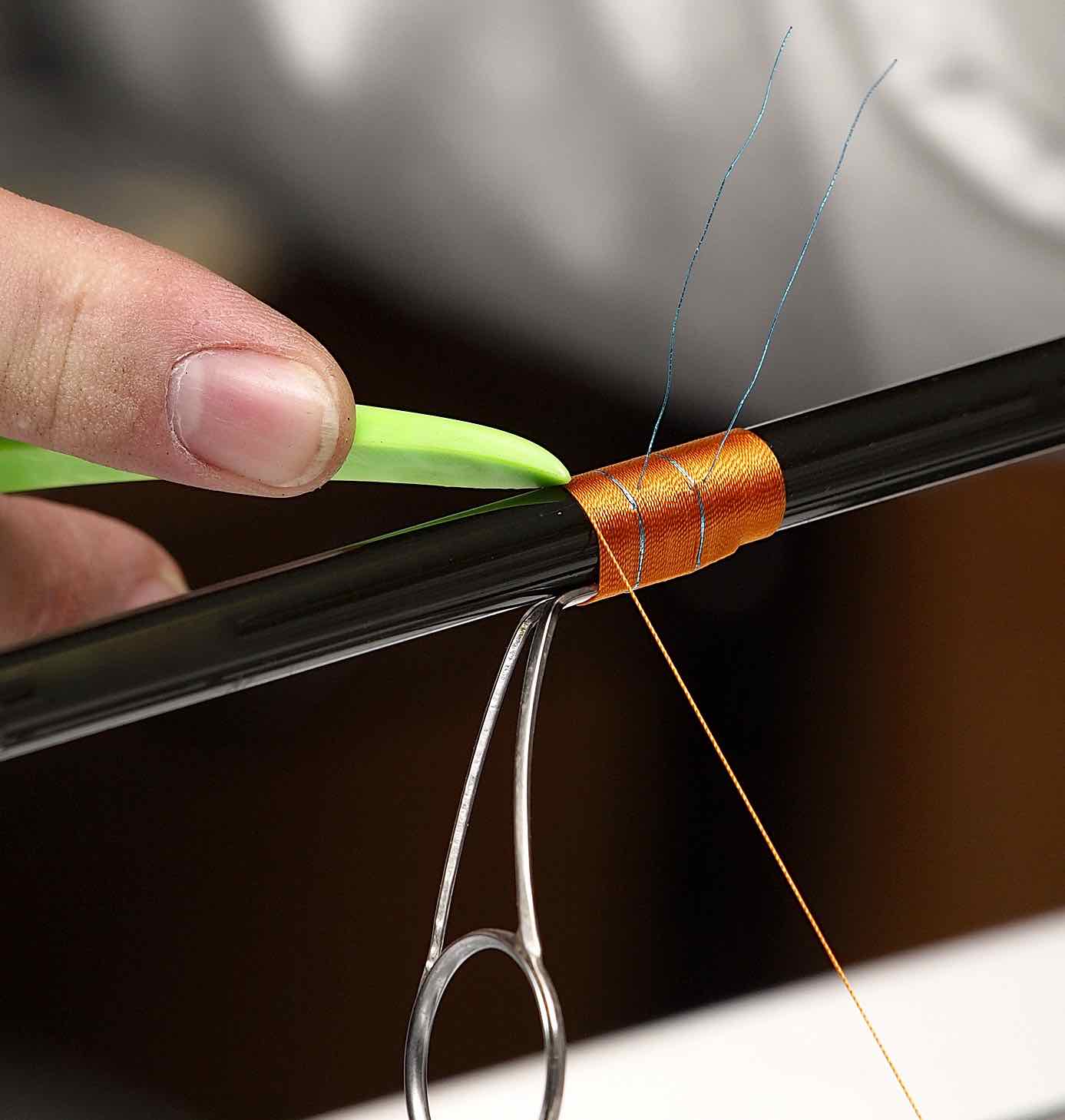 https://hooklineandsinker.ca/wp-content/uploads/2015/03/Custom-Rod-Building-HLS-Mike-Rumig-02132016-AA.jpg
1458
1387
HLSAdmin
https://hooklineandsinker.ca/wp-content/uploads/2014/12/Steelheading-in-the-Snow-900-80-Not-Faded-Actual-1030x91.jpg
HLSAdmin2016-06-13 21:10:462018-11-14 23:20:56HLS Fishing Rod Building Classes
https://hooklineandsinker.ca/wp-content/uploads/2015/03/Custom-Rod-Building-HLS-Mike-Rumig-02132016-AA.jpg
1458
1387
HLSAdmin
https://hooklineandsinker.ca/wp-content/uploads/2014/12/Steelheading-in-the-Snow-900-80-Not-Faded-Actual-1030x91.jpg
HLSAdmin2016-06-13 21:10:462018-11-14 23:20:56HLS Fishing Rod Building Classes https://hooklineandsinker.ca/wp-content/uploads/2015/01/Custom-HLS-Float-Reel-Rosewood-Handles-Slainless-Palming-Ring-Red-Front-Resized-for-Web.jpg
2084
2147
HLSAdmin
https://hooklineandsinker.ca/wp-content/uploads/2014/12/Steelheading-in-the-Snow-900-80-Not-Faded-Actual-1030x91.jpg
HLSAdmin2015-01-08 18:21:292017-01-09 00:15:37Custom Made Centerpin Float Reels – One of a kind!
https://hooklineandsinker.ca/wp-content/uploads/2015/01/Custom-HLS-Float-Reel-Rosewood-Handles-Slainless-Palming-Ring-Red-Front-Resized-for-Web.jpg
2084
2147
HLSAdmin
https://hooklineandsinker.ca/wp-content/uploads/2014/12/Steelheading-in-the-Snow-900-80-Not-Faded-Actual-1030x91.jpg
HLSAdmin2015-01-08 18:21:292017-01-09 00:15:37Custom Made Centerpin Float Reels – One of a kind! https://hooklineandsinker.ca/wp-content/uploads/2014/02/Used-But-Not-Abused-Page-Image.jpg
160
160
Ray Collesso
https://hooklineandsinker.ca/wp-content/uploads/2014/12/Steelheading-in-the-Snow-900-80-Not-Faded-Actual-1030x91.jpg
Ray Collesso2014-02-19 17:26:492017-01-17 12:15:05Used But NOT Abused (UBNA)
https://hooklineandsinker.ca/wp-content/uploads/2014/02/Used-But-Not-Abused-Page-Image.jpg
160
160
Ray Collesso
https://hooklineandsinker.ca/wp-content/uploads/2014/12/Steelheading-in-the-Snow-900-80-Not-Faded-Actual-1030x91.jpg
Ray Collesso2014-02-19 17:26:492017-01-17 12:15:05Used But NOT Abused (UBNA) https://hooklineandsinker.ca/wp-content/uploads/2014/02/Weekly-Guest-Presenter-Button.jpg
224
225
Ray Collesso
https://hooklineandsinker.ca/wp-content/uploads/2014/12/Steelheading-in-the-Snow-900-80-Not-Faded-Actual-1030x91.jpg
Ray Collesso2014-02-17 19:43:022017-01-16 23:35:04Weekly Guest Tyer / Presenter Events – Sat. Noon to 3.
https://hooklineandsinker.ca/wp-content/uploads/2014/02/Weekly-Guest-Presenter-Button.jpg
224
225
Ray Collesso
https://hooklineandsinker.ca/wp-content/uploads/2014/12/Steelheading-in-the-Snow-900-80-Not-Faded-Actual-1030x91.jpg
Ray Collesso2014-02-17 19:43:022017-01-16 23:35:04Weekly Guest Tyer / Presenter Events – Sat. Noon to 3. https://hooklineandsinker.ca/wp-content/uploads/2014/03/Clearance-Page-Image.jpg
211
239
Ray Collesso
https://hooklineandsinker.ca/wp-content/uploads/2014/12/Steelheading-in-the-Snow-900-80-Not-Faded-Actual-1030x91.jpg
Ray Collesso2014-03-02 22:21:232017-02-12 14:38:52Clearance and Sale Items
https://hooklineandsinker.ca/wp-content/uploads/2014/03/Clearance-Page-Image.jpg
211
239
Ray Collesso
https://hooklineandsinker.ca/wp-content/uploads/2014/12/Steelheading-in-the-Snow-900-80-Not-Faded-Actual-1030x91.jpg
Ray Collesso2014-03-02 22:21:232017-02-12 14:38:52Clearance and Sale Items https://hooklineandsinker.ca/wp-content/uploads/2014/02/Warranty-Button.jpg
225
225
Ray Collesso
https://hooklineandsinker.ca/wp-content/uploads/2014/12/Steelheading-in-the-Snow-900-80-Not-Faded-Actual-1030x91.jpg
Ray Collesso2014-02-11 22:02:342017-01-16 22:37:06Warranty Repairs & Service
https://hooklineandsinker.ca/wp-content/uploads/2014/02/Warranty-Button.jpg
225
225
Ray Collesso
https://hooklineandsinker.ca/wp-content/uploads/2014/12/Steelheading-in-the-Snow-900-80-Not-Faded-Actual-1030x91.jpg
Ray Collesso2014-02-11 22:02:342017-01-16 22:37:06Warranty Repairs & Service https://hooklineandsinker.ca/wp-content/uploads/2015/03/Sage-One-Custom-7136B-6-Custom-Float-Rod-Build-with-Red-Zeppelin-with-Butt-Wrap-to-match.jpg
1894
2166
HLSAdmin
https://hooklineandsinker.ca/wp-content/uploads/2014/12/Steelheading-in-the-Snow-900-80-Not-Faded-Actual-1030x91.jpg
HLSAdmin2015-03-04 21:42:532017-02-12 18:28:25Custom Decorative Fishing Rod Butt Wraps
https://hooklineandsinker.ca/wp-content/uploads/2015/03/Sage-One-Custom-7136B-6-Custom-Float-Rod-Build-with-Red-Zeppelin-with-Butt-Wrap-to-match.jpg
1894
2166
HLSAdmin
https://hooklineandsinker.ca/wp-content/uploads/2014/12/Steelheading-in-the-Snow-900-80-Not-Faded-Actual-1030x91.jpg
HLSAdmin2015-03-04 21:42:532017-02-12 18:28:25Custom Decorative Fishing Rod Butt Wraps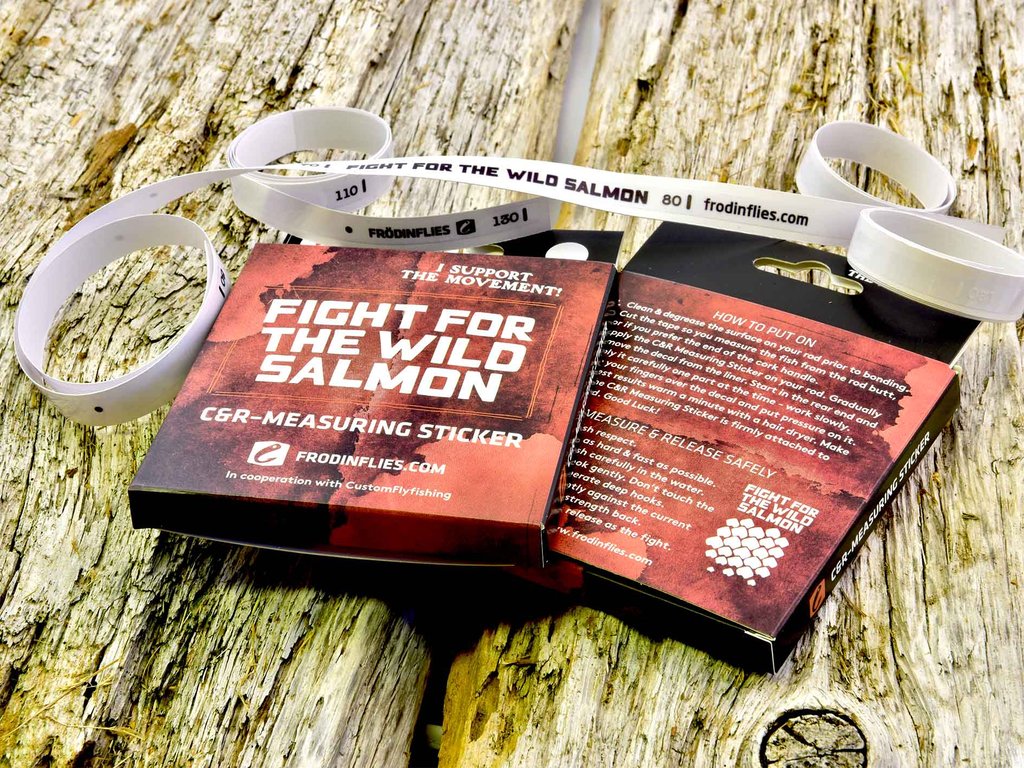 https://hooklineandsinker.ca/wp-content/uploads/2020/11/Wild-Salmon-C-and-R-Measuring-StickerA.jpg
768
1024
HLSAdmin
https://hooklineandsinker.ca/wp-content/uploads/2014/12/Steelheading-in-the-Snow-900-80-Not-Faded-Actual-1030x91.jpg
HLSAdmin2020-11-21 22:19:312023-03-20 16:52:41‘Wild Salmon’ C&R Measuring Sticker
https://hooklineandsinker.ca/wp-content/uploads/2020/11/Wild-Salmon-C-and-R-Measuring-StickerA.jpg
768
1024
HLSAdmin
https://hooklineandsinker.ca/wp-content/uploads/2014/12/Steelheading-in-the-Snow-900-80-Not-Faded-Actual-1030x91.jpg
HLSAdmin2020-11-21 22:19:312023-03-20 16:52:41‘Wild Salmon’ C&R Measuring Sticker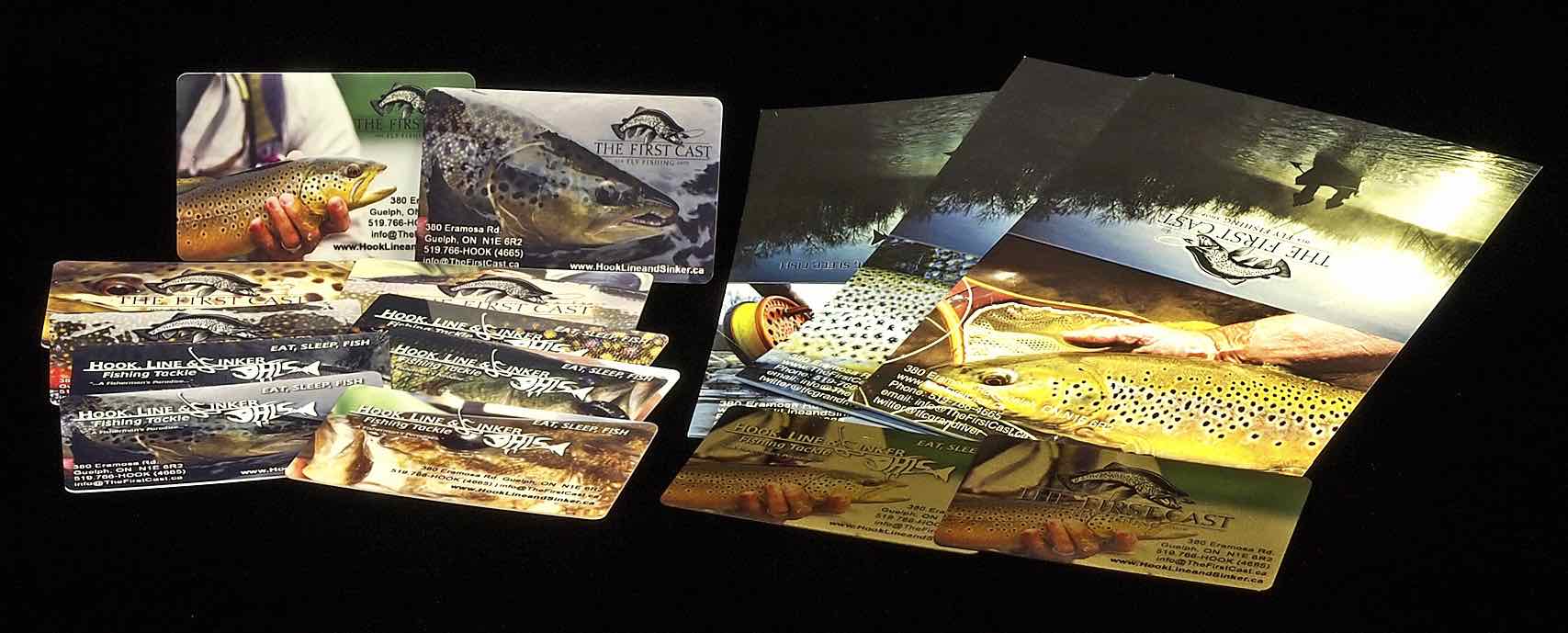 https://hooklineandsinker.ca/wp-content/uploads/2014/02/HLS-TFC-Gift-Cards-AA.jpg
689
1707
Ray Collesso
https://hooklineandsinker.ca/wp-content/uploads/2014/12/Steelheading-in-the-Snow-900-80-Not-Faded-Actual-1030x91.jpg
Ray Collesso2014-02-14 23:20:332017-01-16 22:32:53Gift Cards & Gift Certificates are available in ANY Denomination
https://hooklineandsinker.ca/wp-content/uploads/2014/02/HLS-TFC-Gift-Cards-AA.jpg
689
1707
Ray Collesso
https://hooklineandsinker.ca/wp-content/uploads/2014/12/Steelheading-in-the-Snow-900-80-Not-Faded-Actual-1030x91.jpg
Ray Collesso2014-02-14 23:20:332017-01-16 22:32:53Gift Cards & Gift Certificates are available in ANY Denomination https://hooklineandsinker.ca/wp-content/uploads/2014/02/Accidental-Broken-Sage-Fly-Rod.jpg
1280
1280
Ray Collesso
https://hooklineandsinker.ca/wp-content/uploads/2014/12/Steelheading-in-the-Snow-900-80-Not-Faded-Actual-1030x91.jpg
Ray Collesso2014-02-13 22:56:372017-01-16 23:19:46Broken or Damaged Fishing Rod Repairs
https://hooklineandsinker.ca/wp-content/uploads/2014/02/Accidental-Broken-Sage-Fly-Rod.jpg
1280
1280
Ray Collesso
https://hooklineandsinker.ca/wp-content/uploads/2014/12/Steelheading-in-the-Snow-900-80-Not-Faded-Actual-1030x91.jpg
Ray Collesso2014-02-13 22:56:372017-01-16 23:19:46Broken or Damaged Fishing Rod Repairs https://hooklineandsinker.ca/wp-content/uploads/2014/03/Line-Spooling-Machine-Resized.jpg
1649
2198
Ray Collesso
https://hooklineandsinker.ca/wp-content/uploads/2014/12/Steelheading-in-the-Snow-900-80-Not-Faded-Actual-1030x91.jpg
Ray Collesso2014-03-02 15:59:012018-10-31 20:11:09Professional Line Winding / Spooling Machine – Bulk Monofilament, Braid and Float Reel Backing / Dacron
https://hooklineandsinker.ca/wp-content/uploads/2014/03/Line-Spooling-Machine-Resized.jpg
1649
2198
Ray Collesso
https://hooklineandsinker.ca/wp-content/uploads/2014/12/Steelheading-in-the-Snow-900-80-Not-Faded-Actual-1030x91.jpg
Ray Collesso2014-03-02 15:59:012018-10-31 20:11:09Professional Line Winding / Spooling Machine – Bulk Monofilament, Braid and Float Reel Backing / Dacron https://hooklineandsinker.ca/wp-content/uploads/2013/12/Swim-Tank.jpg
431
678
Ray Collesso
https://hooklineandsinker.ca/wp-content/uploads/2014/12/Steelheading-in-the-Snow-900-80-Not-Faded-Actual-1030x91.jpg
Ray Collesso2013-12-30 23:34:382017-02-06 00:28:22HLS / TFC Swim Tank – Fly Tester
https://hooklineandsinker.ca/wp-content/uploads/2013/12/Swim-Tank.jpg
431
678
Ray Collesso
https://hooklineandsinker.ca/wp-content/uploads/2014/12/Steelheading-in-the-Snow-900-80-Not-Faded-Actual-1030x91.jpg
Ray Collesso2013-12-30 23:34:382017-02-06 00:28:22HLS / TFC Swim Tank – Fly Tester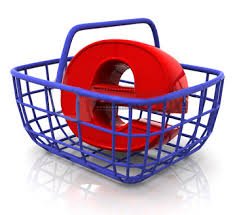 https://hooklineandsinker.ca/wp-content/uploads/2014/03/Online-Sales-Button.jpg
215
235
Ray Collesso
https://hooklineandsinker.ca/wp-content/uploads/2014/12/Steelheading-in-the-Snow-900-80-Not-Faded-Actual-1030x91.jpg
Ray Collesso2014-03-02 13:45:372019-04-01 19:32:18Online Sales
https://hooklineandsinker.ca/wp-content/uploads/2014/03/Online-Sales-Button.jpg
215
235
Ray Collesso
https://hooklineandsinker.ca/wp-content/uploads/2014/12/Steelheading-in-the-Snow-900-80-Not-Faded-Actual-1030x91.jpg
Ray Collesso2014-03-02 13:45:372019-04-01 19:32:18Online Sales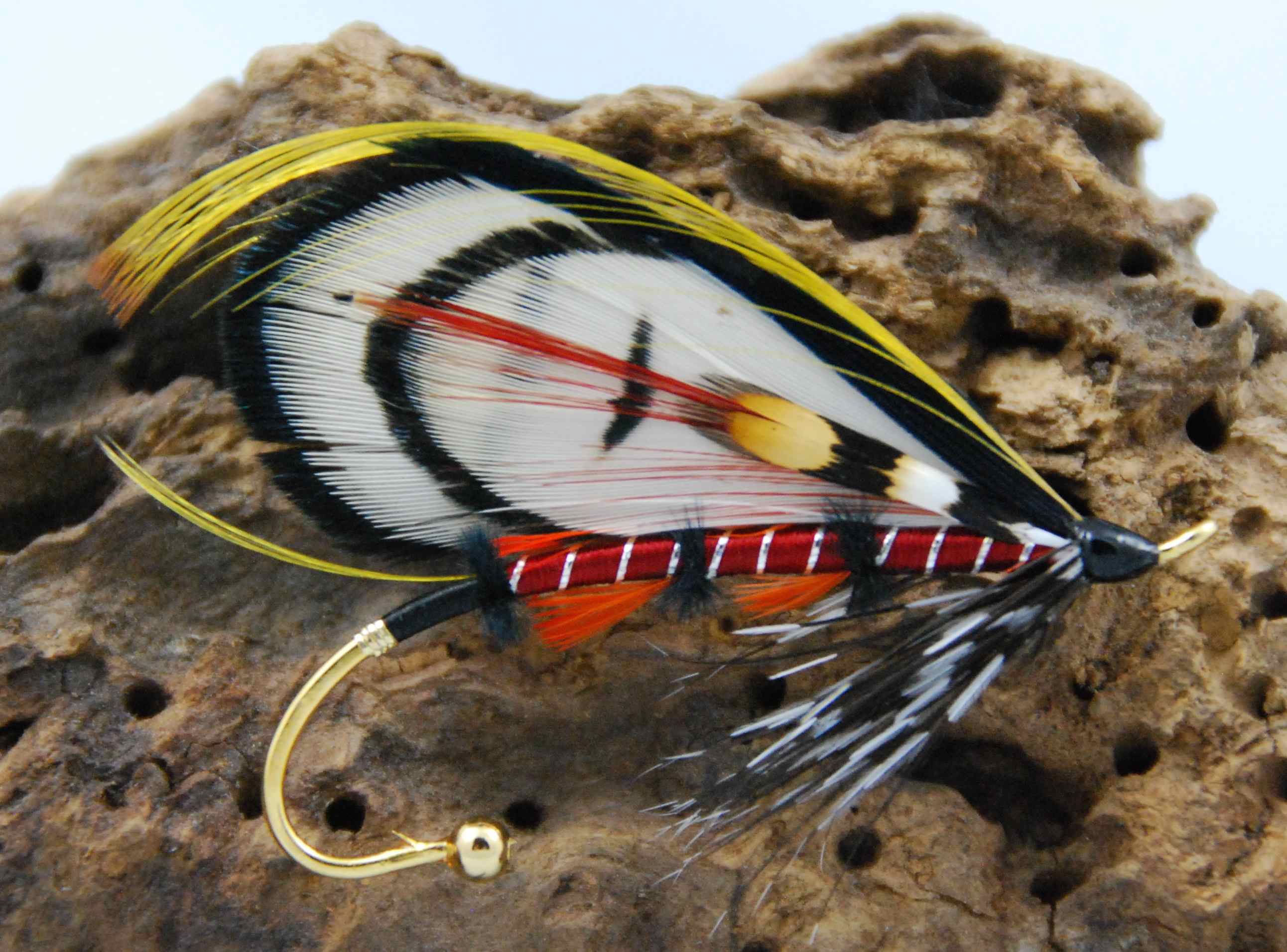 https://hooklineandsinker.ca/wp-content/uploads/2014/07/Wedding-Boutonniere-Bombanieri-Resized.jpg
1911
2584
Ray Collesso
https://hooklineandsinker.ca/wp-content/uploads/2014/12/Steelheading-in-the-Snow-900-80-Not-Faded-Actual-1030x91.jpg
Ray Collesso2014-07-02 21:25:062017-01-16 23:31:07Fishing Wedding Boutonnieres – Boutonniere, Gift & Keepsake – All 3 in ONE!
https://hooklineandsinker.ca/wp-content/uploads/2014/07/Wedding-Boutonniere-Bombanieri-Resized.jpg
1911
2584
Ray Collesso
https://hooklineandsinker.ca/wp-content/uploads/2014/12/Steelheading-in-the-Snow-900-80-Not-Faded-Actual-1030x91.jpg
Ray Collesso2014-07-02 21:25:062017-01-16 23:31:07Fishing Wedding Boutonnieres – Boutonniere, Gift & Keepsake – All 3 in ONE!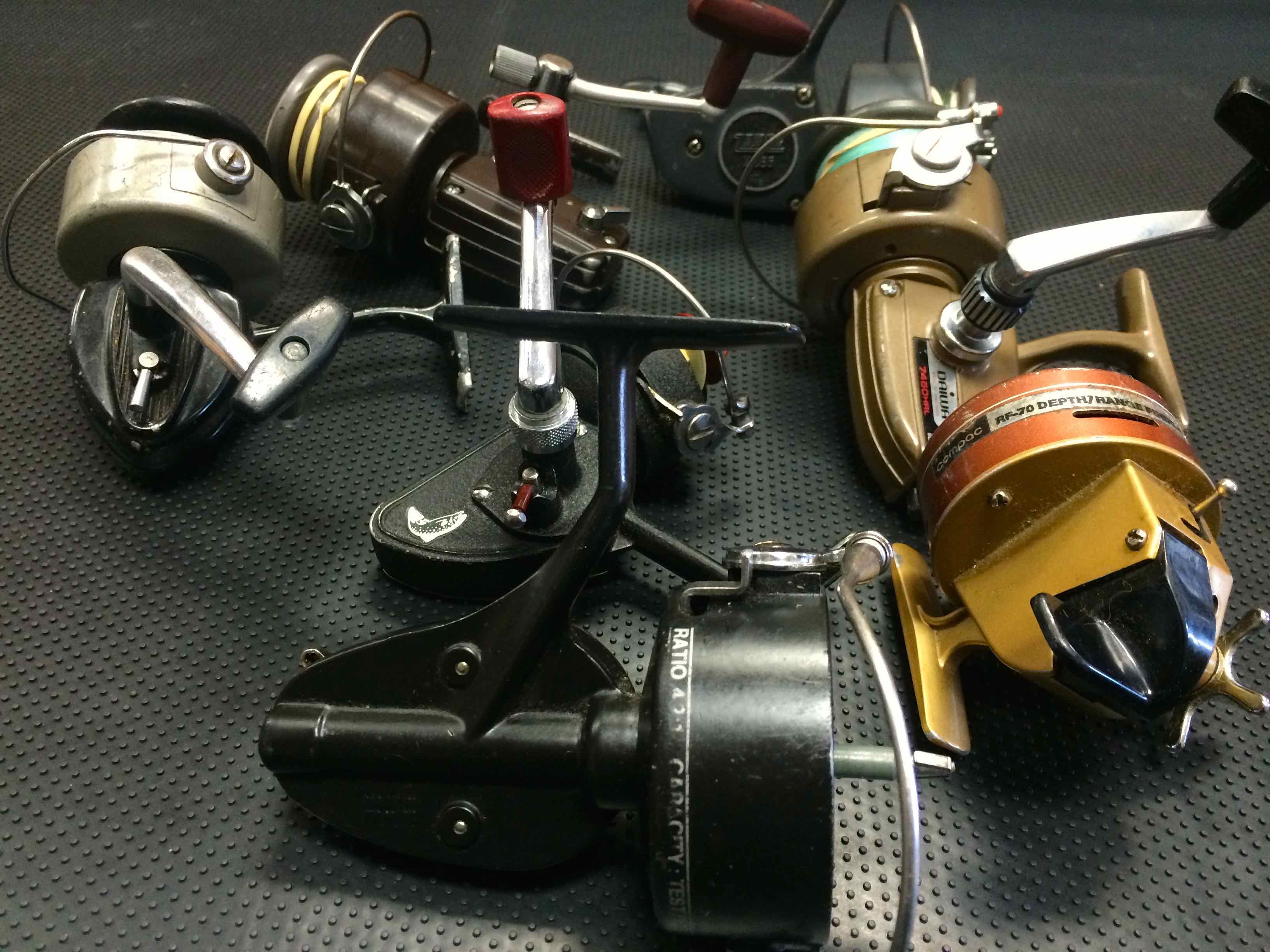 https://hooklineandsinker.ca/wp-content/uploads/2013/12/Vintage-Spinning-Reels-Resized-for-Web.jpg
2448
3264
Ray Collesso
https://hooklineandsinker.ca/wp-content/uploads/2014/12/Steelheading-in-the-Snow-900-80-Not-Faded-Actual-1030x91.jpg
Ray Collesso2013-12-30 23:59:212017-01-16 22:39:13Fishing Reel Repairs – Have a Fishing Reel Sitting Idle Due To A River Mishap?
https://hooklineandsinker.ca/wp-content/uploads/2013/12/Vintage-Spinning-Reels-Resized-for-Web.jpg
2448
3264
Ray Collesso
https://hooklineandsinker.ca/wp-content/uploads/2014/12/Steelheading-in-the-Snow-900-80-Not-Faded-Actual-1030x91.jpg
Ray Collesso2013-12-30 23:59:212017-01-16 22:39:13Fishing Reel Repairs – Have a Fishing Reel Sitting Idle Due To A River Mishap?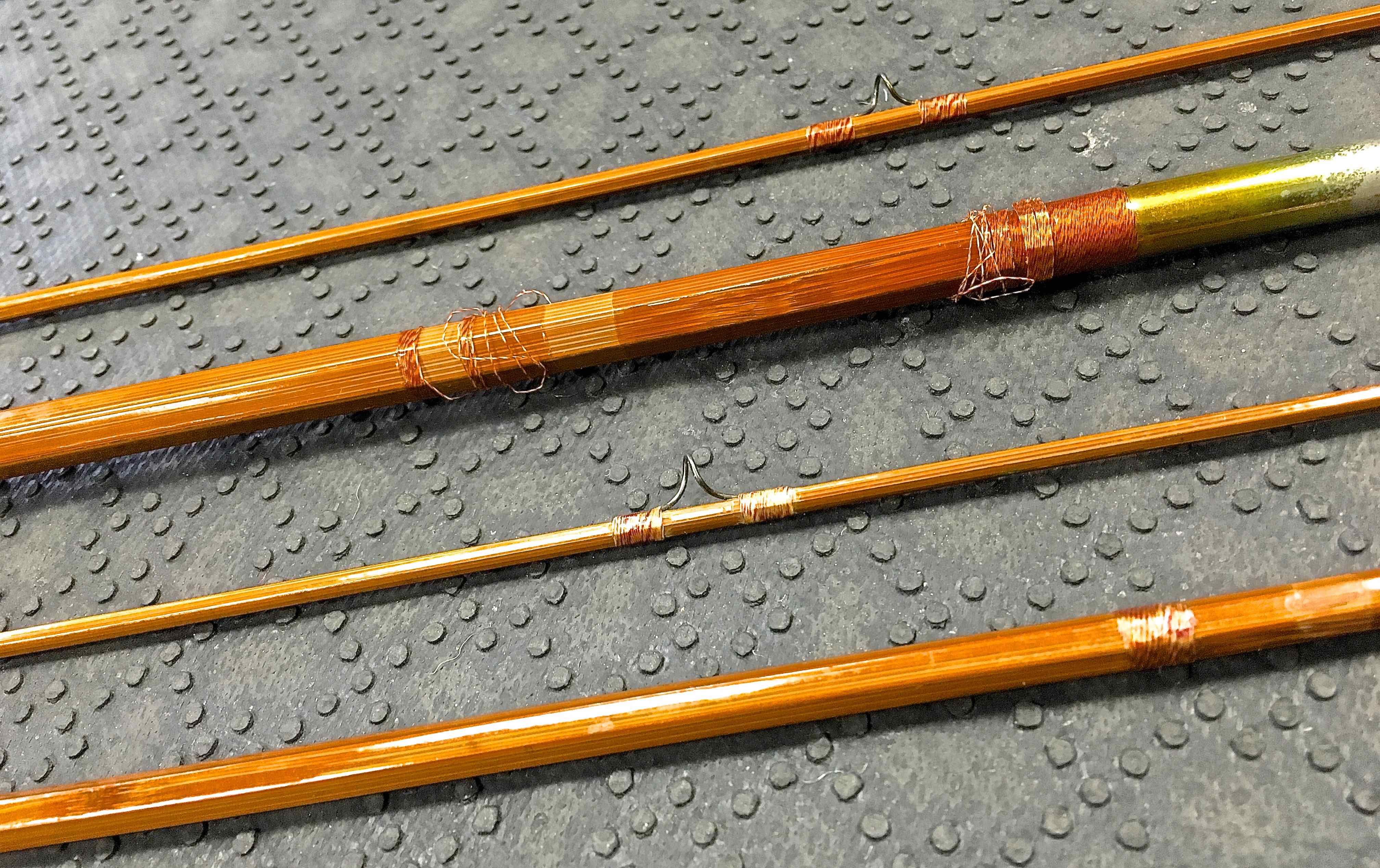 https://hooklineandsinker.ca/wp-content/uploads/2018/06/Cane-Bamboo-Rod-Prior-to-Refinish-AAA.jpg
2537
4032
HLSAdmin
https://hooklineandsinker.ca/wp-content/uploads/2014/12/Steelheading-in-the-Snow-900-80-Not-Faded-Actual-1030x91.jpg
HLSAdmin2018-06-03 19:57:342018-08-06 22:17:35Split Cane or Bamboo Fishing Rod Repairs
https://hooklineandsinker.ca/wp-content/uploads/2018/06/Cane-Bamboo-Rod-Prior-to-Refinish-AAA.jpg
2537
4032
HLSAdmin
https://hooklineandsinker.ca/wp-content/uploads/2014/12/Steelheading-in-the-Snow-900-80-Not-Faded-Actual-1030x91.jpg
HLSAdmin2018-06-03 19:57:342018-08-06 22:17:35Split Cane or Bamboo Fishing Rod Repairs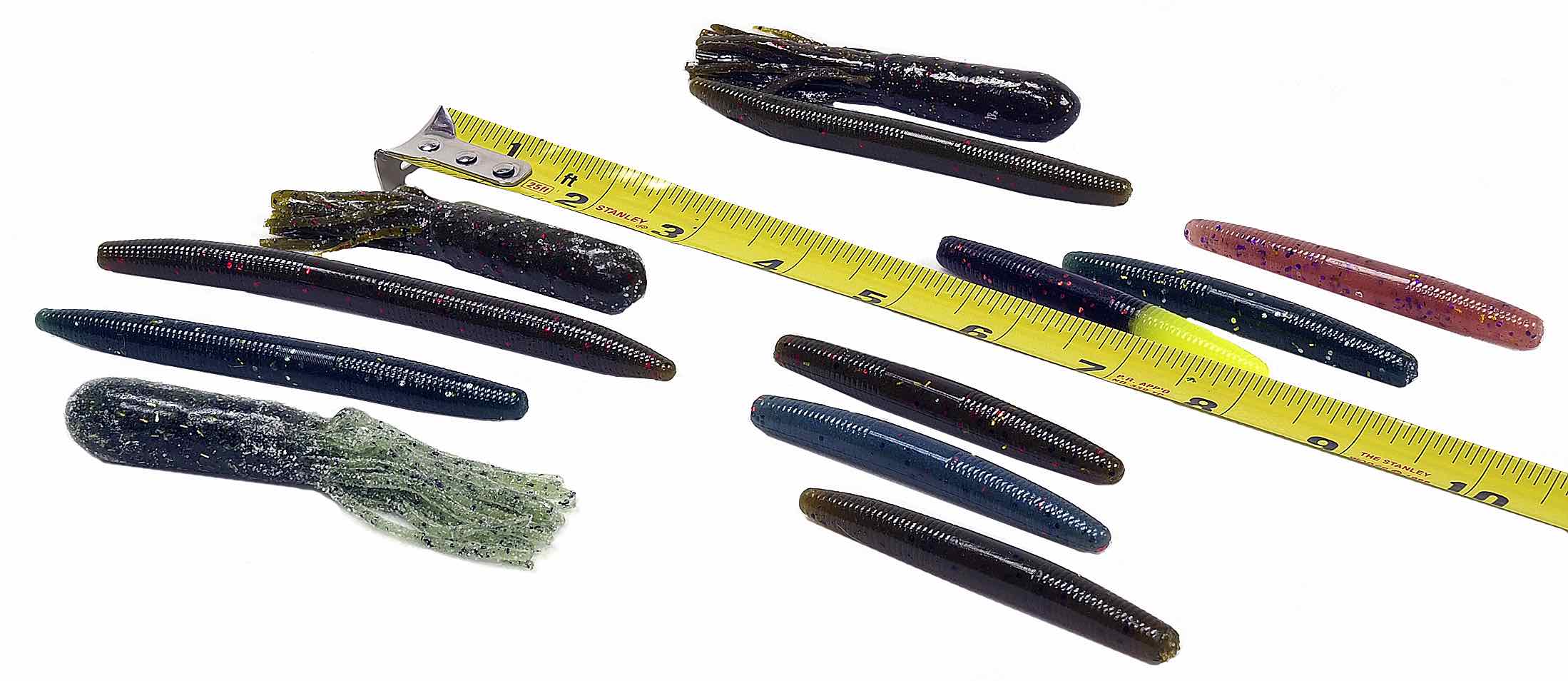 https://hooklineandsinker.ca/wp-content/uploads/2016/02/Lip-Locked-Baits-Soft-Plastic-Assortment-AA.jpg
954
2198
HLSAdmin
https://hooklineandsinker.ca/wp-content/uploads/2014/12/Steelheading-in-the-Snow-900-80-Not-Faded-Actual-1030x91.jpg
HLSAdmin2016-05-20 19:34:452019-08-26 21:32:53Custom Poured Salt Impregnated Soft Plastics
https://hooklineandsinker.ca/wp-content/uploads/2016/02/Lip-Locked-Baits-Soft-Plastic-Assortment-AA.jpg
954
2198
HLSAdmin
https://hooklineandsinker.ca/wp-content/uploads/2014/12/Steelheading-in-the-Snow-900-80-Not-Faded-Actual-1030x91.jpg
HLSAdmin2016-05-20 19:34:452019-08-26 21:32:53Custom Poured Salt Impregnated Soft Plastics https://hooklineandsinker.ca/wp-content/uploads/2017/03/Simms-customshop.png
506
1000
HLSAdmin
https://hooklineandsinker.ca/wp-content/uploads/2014/12/Steelheading-in-the-Snow-900-80-Not-Faded-Actual-1030x91.jpg
HLSAdmin2017-03-12 18:43:112019-04-24 19:11:49Simms Custom Breathable Wader Options
https://hooklineandsinker.ca/wp-content/uploads/2017/03/Simms-customshop.png
506
1000
HLSAdmin
https://hooklineandsinker.ca/wp-content/uploads/2014/12/Steelheading-in-the-Snow-900-80-Not-Faded-Actual-1030x91.jpg
HLSAdmin2017-03-12 18:43:112019-04-24 19:11:49Simms Custom Breathable Wader Options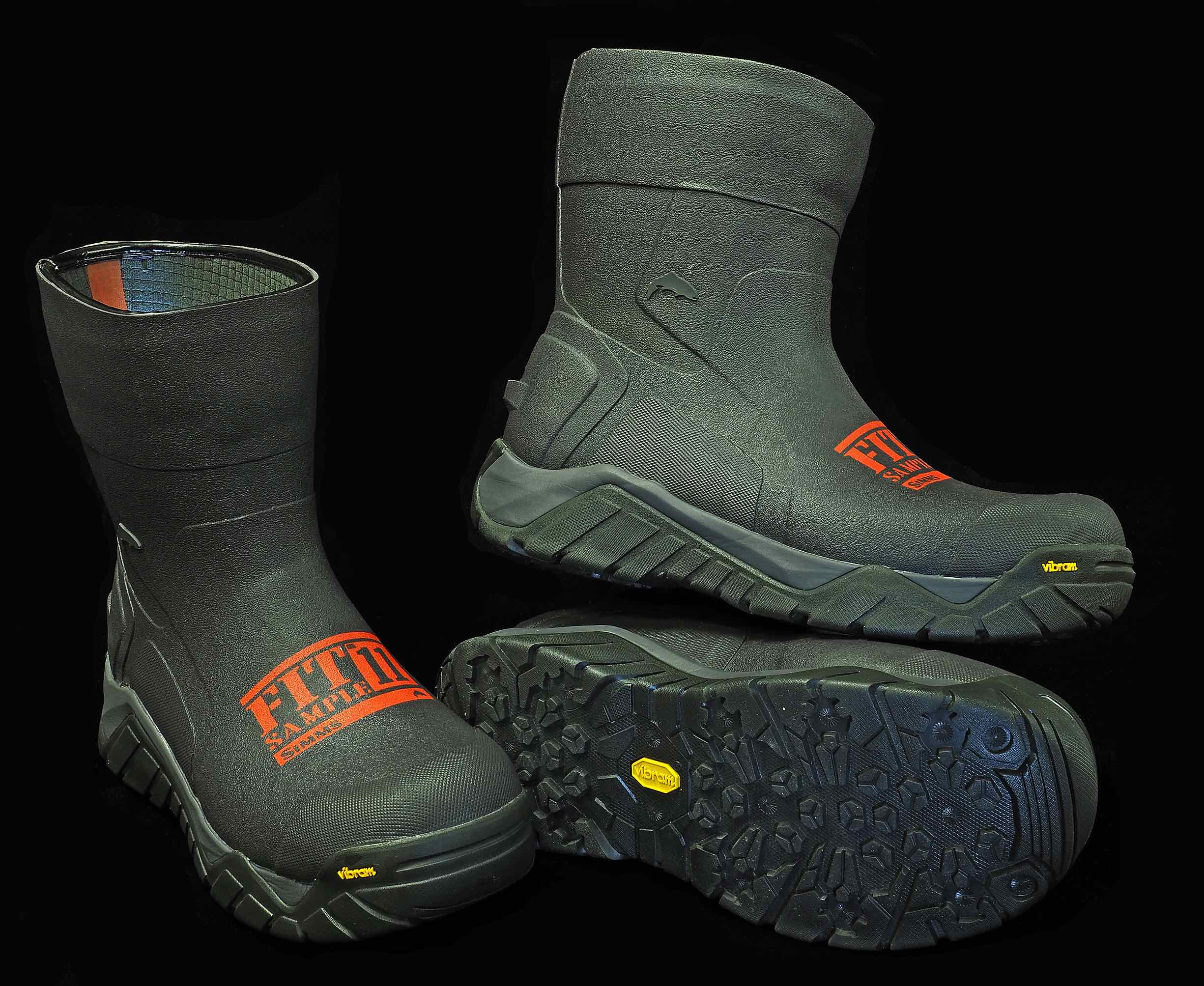 https://hooklineandsinker.ca/wp-content/uploads/2017/09/2017-Simms-Vibram-Boot-Fit-Kit-AA.jpg
2007
2450
HLSAdmin
https://hooklineandsinker.ca/wp-content/uploads/2014/12/Steelheading-in-the-Snow-900-80-Not-Faded-Actual-1030x91.jpg
HLSAdmin2017-09-02 23:20:492018-12-02 00:28:39Simms Vibram Boot Fit Kit
https://hooklineandsinker.ca/wp-content/uploads/2017/09/2017-Simms-Vibram-Boot-Fit-Kit-AA.jpg
2007
2450
HLSAdmin
https://hooklineandsinker.ca/wp-content/uploads/2014/12/Steelheading-in-the-Snow-900-80-Not-Faded-Actual-1030x91.jpg
HLSAdmin2017-09-02 23:20:492018-12-02 00:28:39Simms Vibram Boot Fit Kit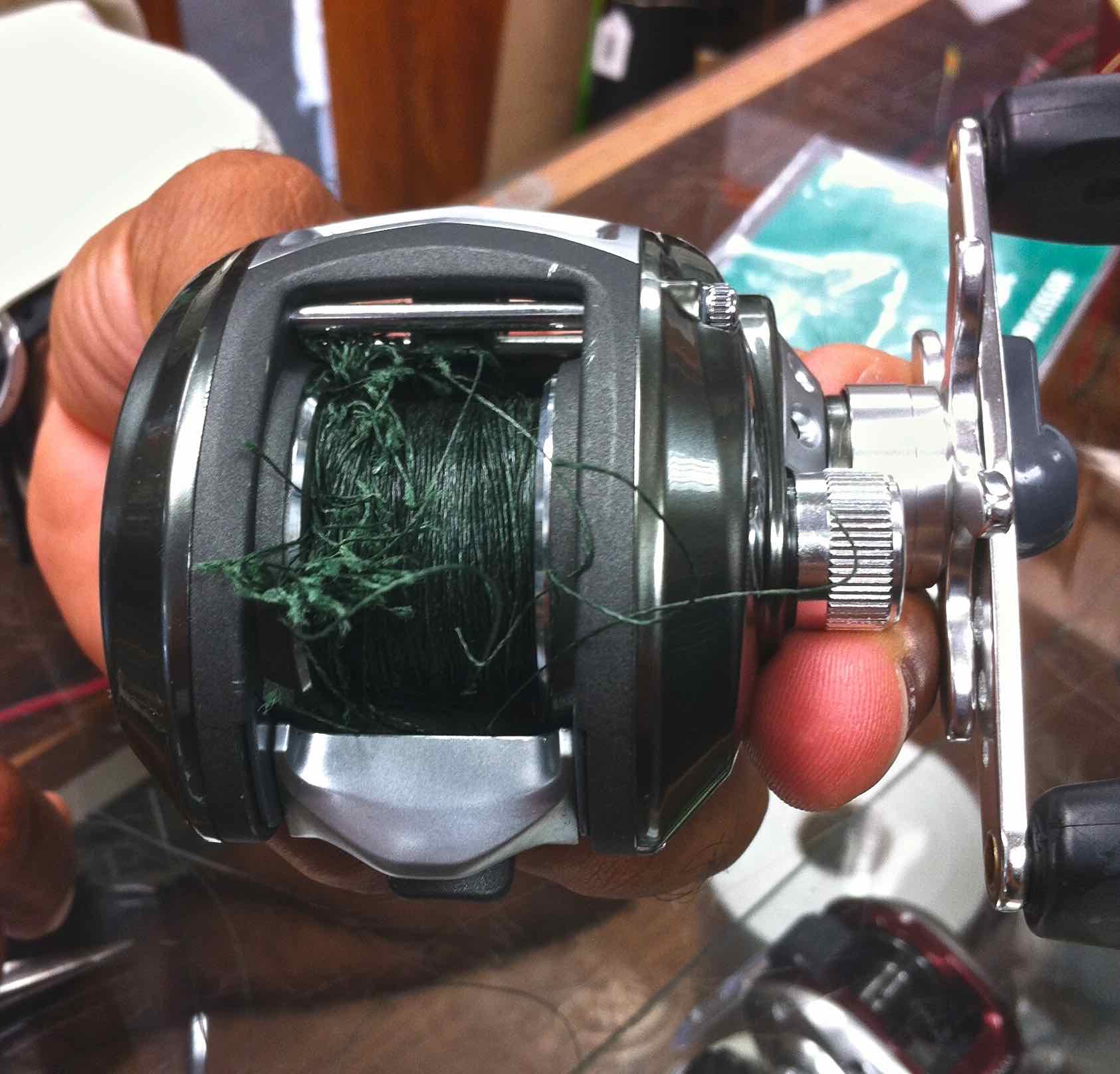 https://hooklineandsinker.ca/wp-content/uploads/2016/06/Baitcast-professional-over-run-A.jpg
1616
1685
HLSAdmin
https://hooklineandsinker.ca/wp-content/uploads/2014/12/Steelheading-in-the-Snow-900-80-Not-Faded-Actual-1030x91.jpg
HLSAdmin2016-06-11 23:21:412019-07-24 18:56:04Baitcasting Lessons – Using a Baitcaster 101
https://hooklineandsinker.ca/wp-content/uploads/2016/06/Baitcast-professional-over-run-A.jpg
1616
1685
HLSAdmin
https://hooklineandsinker.ca/wp-content/uploads/2014/12/Steelheading-in-the-Snow-900-80-Not-Faded-Actual-1030x91.jpg
HLSAdmin2016-06-11 23:21:412019-07-24 18:56:04Baitcasting Lessons – Using a Baitcaster 101 https://hooklineandsinker.ca/wp-content/uploads/2015/06/Custom-Feathered-Treble-Hooks-AA.jpg
1339
2198
HLSAdmin
https://hooklineandsinker.ca/wp-content/uploads/2014/12/Steelheading-in-the-Snow-900-80-Not-Faded-Actual-1030x91.jpg
HLSAdmin2015-06-18 22:51:202017-12-23 22:20:15Custom Feathering
https://hooklineandsinker.ca/wp-content/uploads/2015/06/Custom-Feathered-Treble-Hooks-AA.jpg
1339
2198
HLSAdmin
https://hooklineandsinker.ca/wp-content/uploads/2014/12/Steelheading-in-the-Snow-900-80-Not-Faded-Actual-1030x91.jpg
HLSAdmin2015-06-18 22:51:202017-12-23 22:20:15Custom Feathering https://hooklineandsinker.ca/wp-content/uploads/2014/04/HLS-and-TFC-T-Shirts-AA.jpg
2198
1946
Ray Collesso
https://hooklineandsinker.ca/wp-content/uploads/2014/12/Steelheading-in-the-Snow-900-80-Not-Faded-Actual-1030x91.jpg
Ray Collesso2014-04-04 13:09:542017-02-12 18:57:59Custom Logo T-Shirts, Ball Caps, Hats & Much More…
https://hooklineandsinker.ca/wp-content/uploads/2014/04/HLS-and-TFC-T-Shirts-AA.jpg
2198
1946
Ray Collesso
https://hooklineandsinker.ca/wp-content/uploads/2014/12/Steelheading-in-the-Snow-900-80-Not-Faded-Actual-1030x91.jpg
Ray Collesso2014-04-04 13:09:542017-02-12 18:57:59Custom Logo T-Shirts, Ball Caps, Hats & Much More…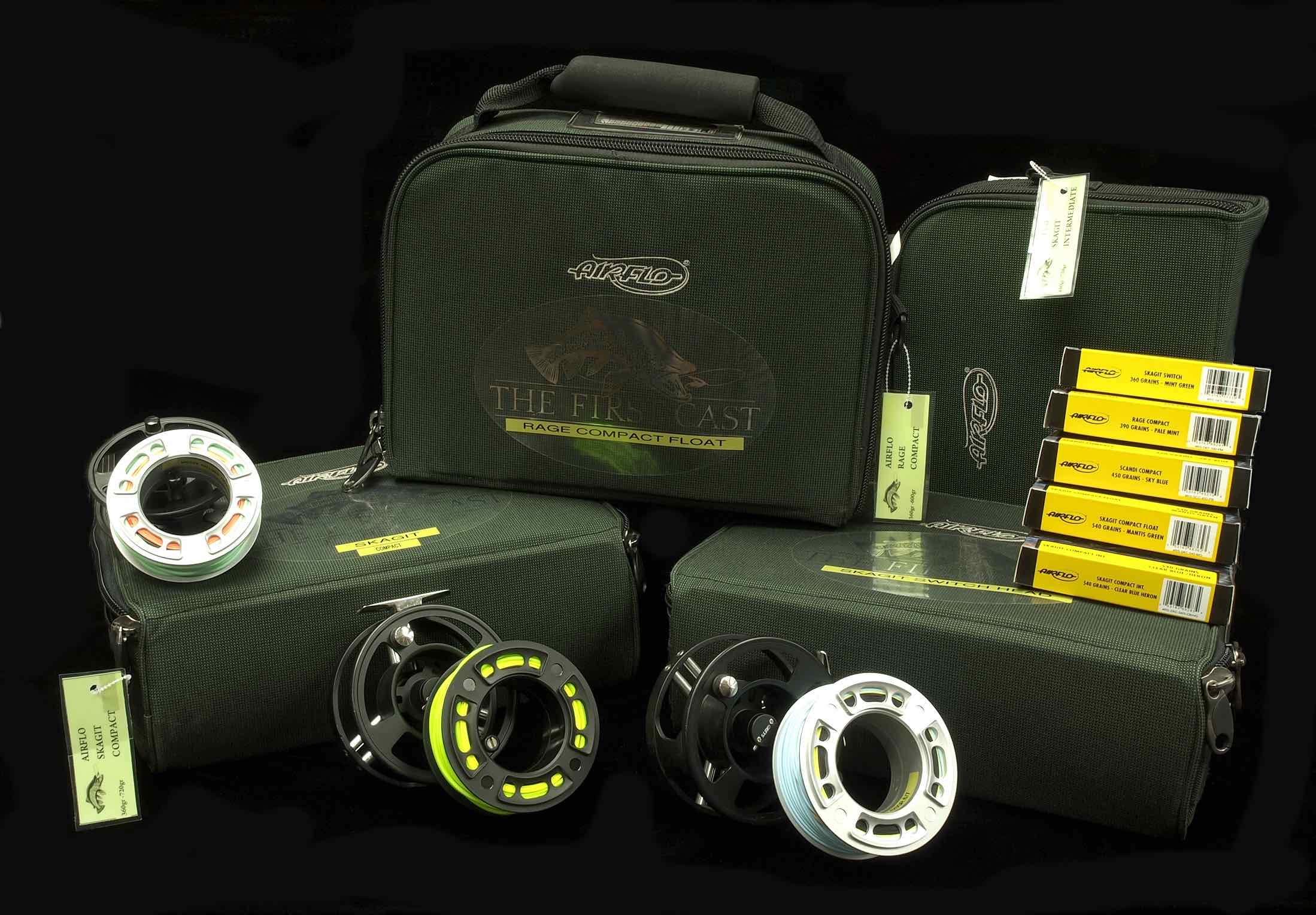 https://hooklineandsinker.ca/wp-content/uploads/2014/01/Spey-Head-Loaner-Program-Airflo-AA.jpg
1528
2198
Ray Collesso
https://hooklineandsinker.ca/wp-content/uploads/2014/12/Steelheading-in-the-Snow-900-80-Not-Faded-Actual-1030x91.jpg
Ray Collesso2014-01-08 11:35:152022-04-18 13:28:29Spey Head Loaner Program (Airflo / RIO / OPST / Scientific Anglers)
https://hooklineandsinker.ca/wp-content/uploads/2014/01/Spey-Head-Loaner-Program-Airflo-AA.jpg
1528
2198
Ray Collesso
https://hooklineandsinker.ca/wp-content/uploads/2014/12/Steelheading-in-the-Snow-900-80-Not-Faded-Actual-1030x91.jpg
Ray Collesso2014-01-08 11:35:152022-04-18 13:28:29Spey Head Loaner Program (Airflo / RIO / OPST / Scientific Anglers)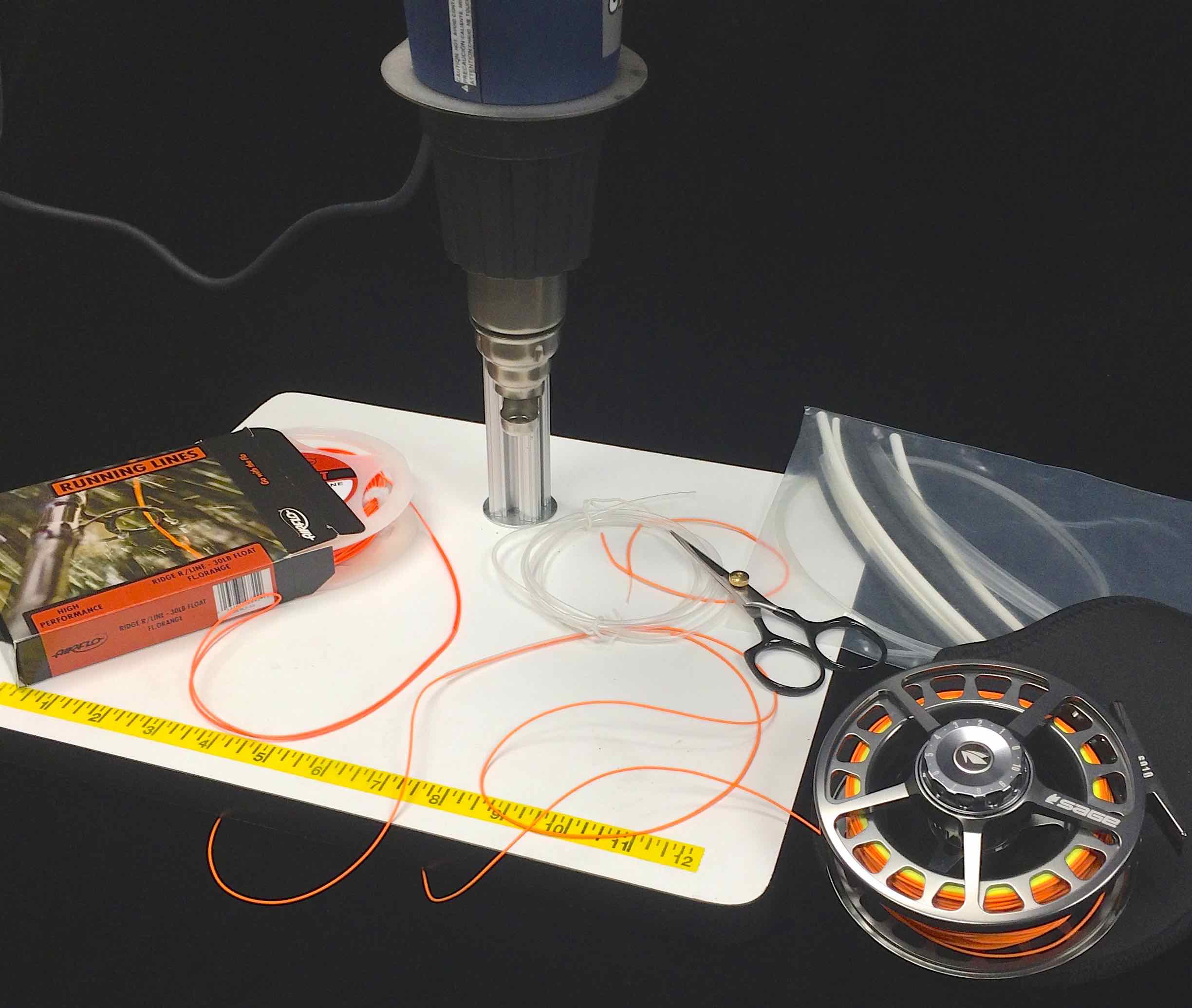 https://hooklineandsinker.ca/wp-content/uploads/2013/12/Fly-Line-Welding-Repair-Machine-Sage-6010-Fly-Reel-AAA.jpg
2070
2448
Ray Collesso
https://hooklineandsinker.ca/wp-content/uploads/2014/12/Steelheading-in-the-Snow-900-80-Not-Faded-Actual-1030x91.jpg
Ray Collesso2013-12-30 23:35:552022-03-18 22:36:39Airflo Line Welding & Repair Machine – SERVICE DISCONTINUED.
https://hooklineandsinker.ca/wp-content/uploads/2013/12/Fly-Line-Welding-Repair-Machine-Sage-6010-Fly-Reel-AAA.jpg
2070
2448
Ray Collesso
https://hooklineandsinker.ca/wp-content/uploads/2014/12/Steelheading-in-the-Snow-900-80-Not-Faded-Actual-1030x91.jpg
Ray Collesso2013-12-30 23:35:552022-03-18 22:36:39Airflo Line Welding & Repair Machine – SERVICE DISCONTINUED.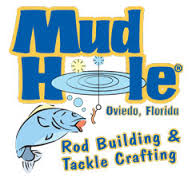 https://hooklineandsinker.ca/wp-content/uploads/2017/01/mudhole-logo.jpg
181
192
HLSAdmin
https://hooklineandsinker.ca/wp-content/uploads/2014/12/Steelheading-in-the-Snow-900-80-Not-Faded-Actual-1030x91.jpg
HLSAdmin2017-01-15 17:21:162022-04-18 13:28:07Mud Hole Rod Building & Tackle Crafting
https://hooklineandsinker.ca/wp-content/uploads/2017/01/mudhole-logo.jpg
181
192
HLSAdmin
https://hooklineandsinker.ca/wp-content/uploads/2014/12/Steelheading-in-the-Snow-900-80-Not-Faded-Actual-1030x91.jpg
HLSAdmin2017-01-15 17:21:162022-04-18 13:28:07Mud Hole Rod Building & Tackle CraftingWe are the leading provider of Fly Fishing Lessons, Corporate Team Building, and Guiding on the Upper Grand River, the Upper Credit River, and the Conestogo River.
No Guelph, Fergus, Kitchener or Cambridge Fishing Tackle Retailer will boast as complete and diverse a store inventory, including a vast selection of Centerpin / Float Fishing Reels, Rods, Clothing and Accessories.
Order a HLS or TFC Gift Card – We will put one in the mail for FREE!
Fly Shop Flyshop Flyfish Grand River Fly fish Grand River Guide Grand River Lesson Grand River Fergus Ontario Canada

